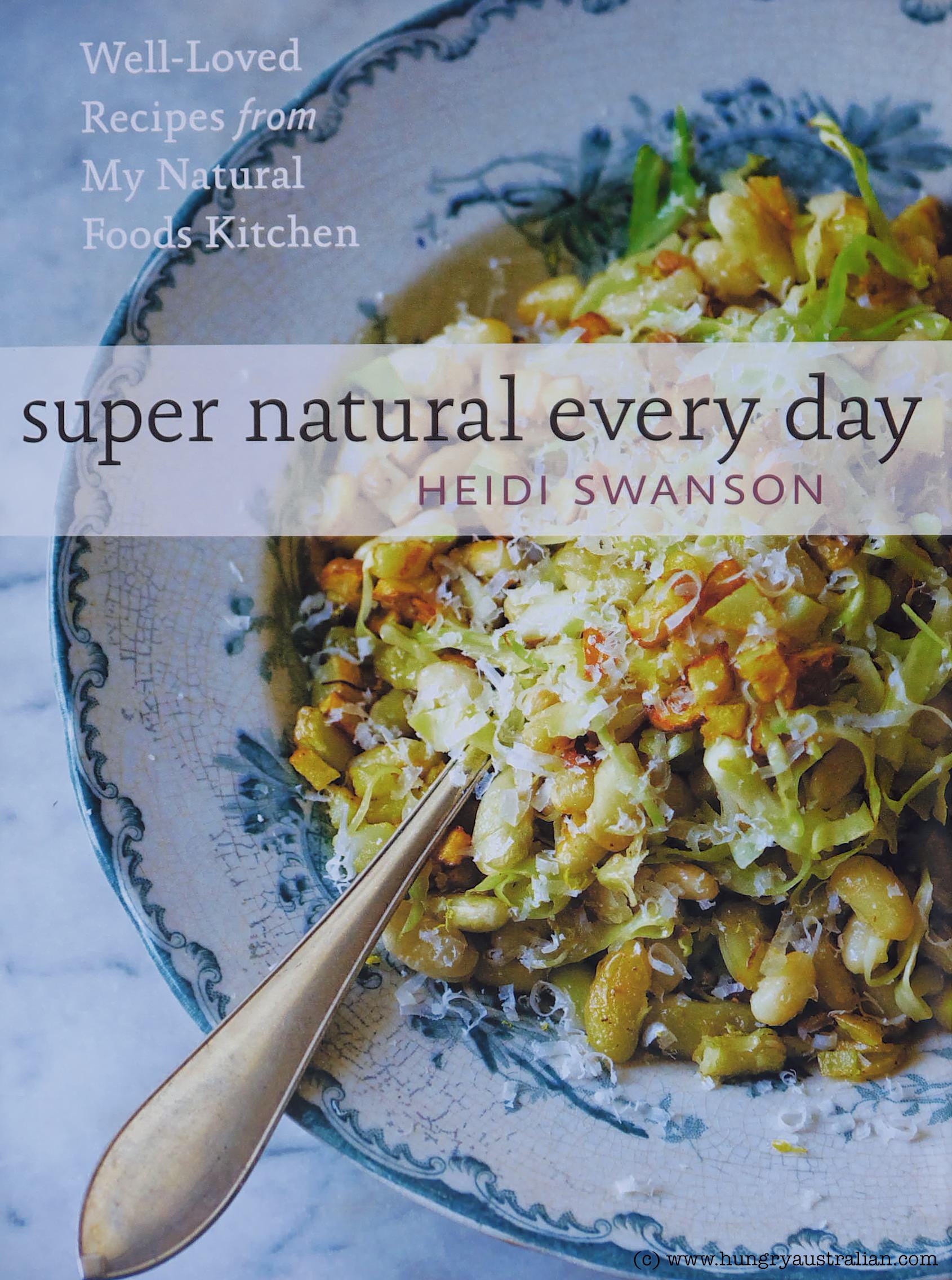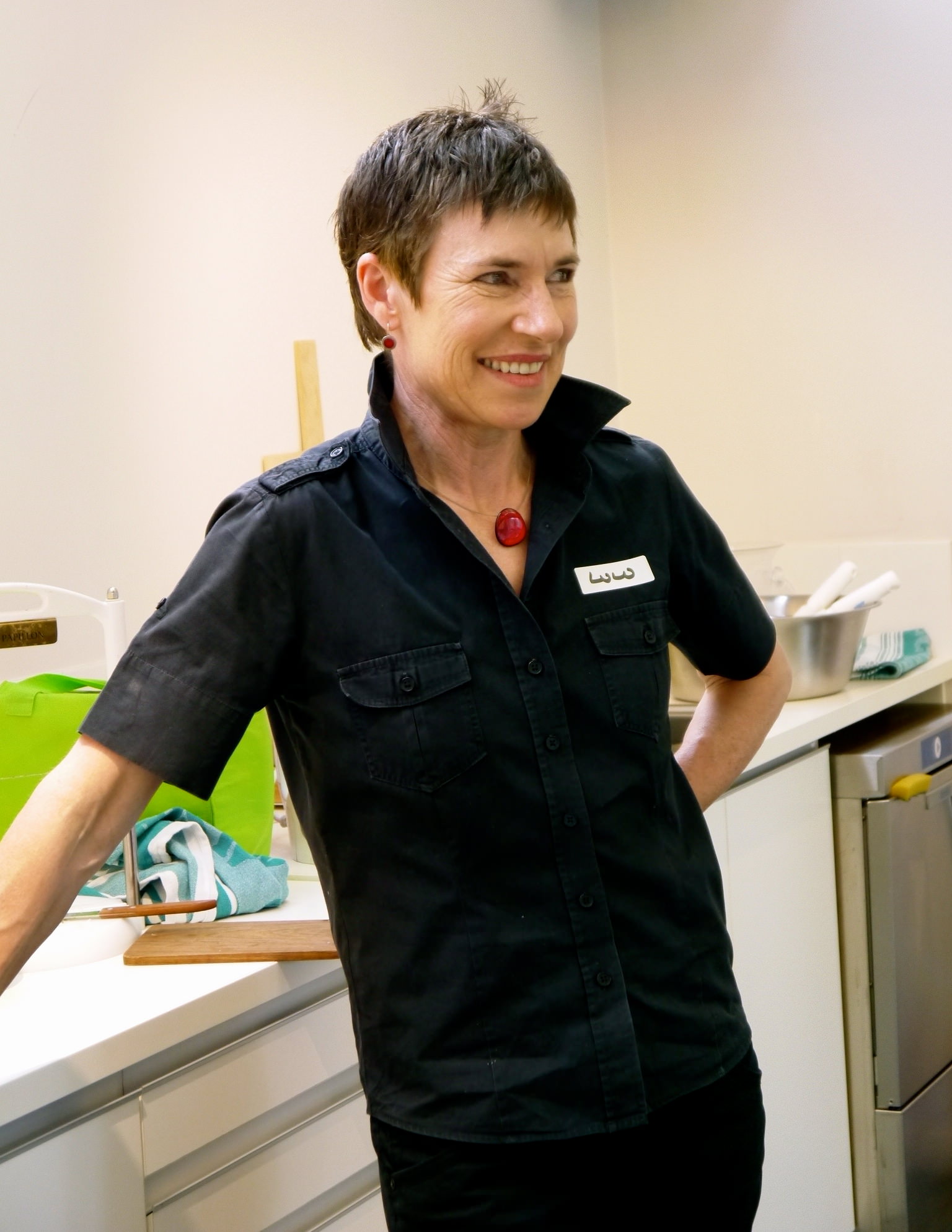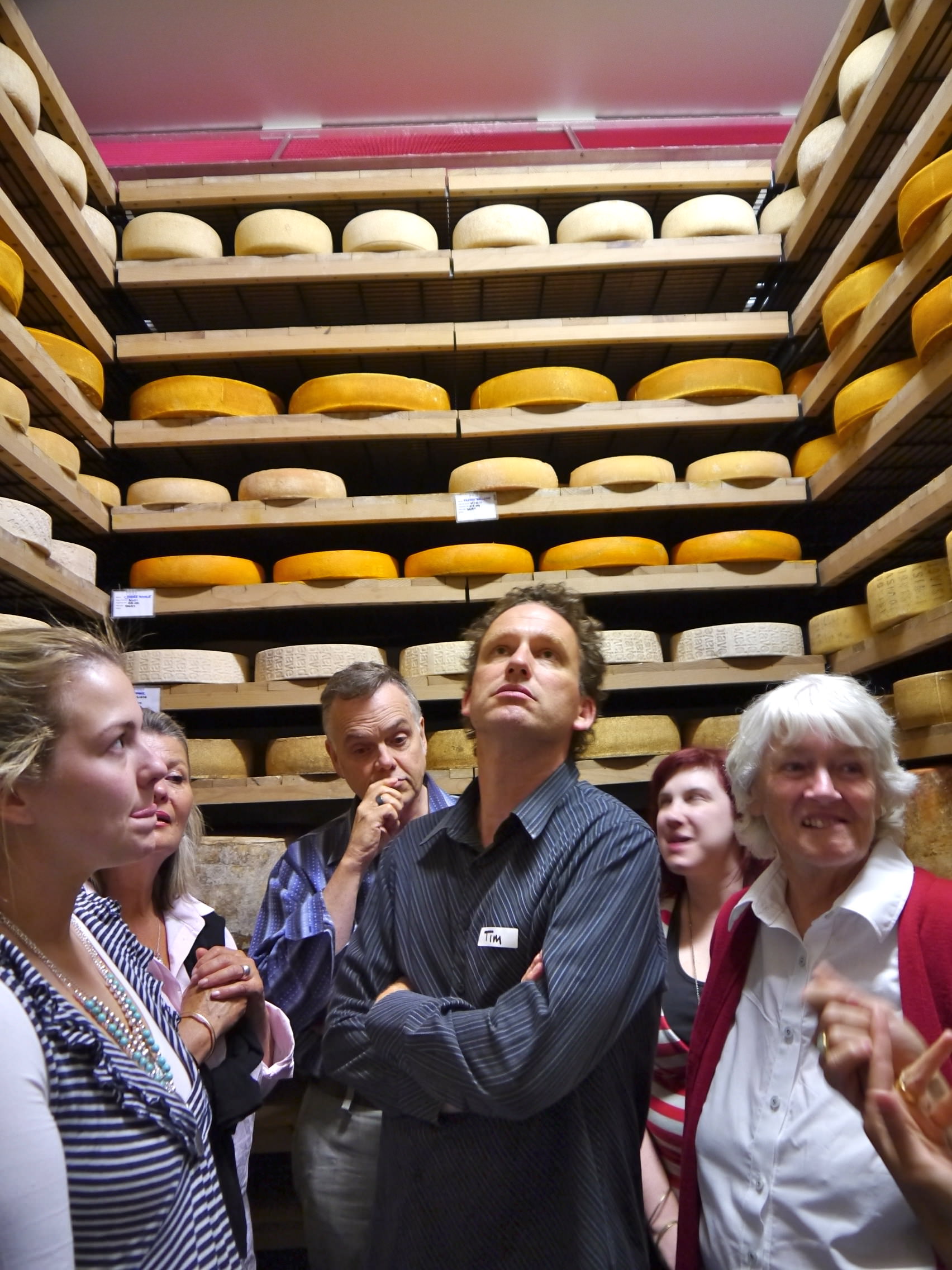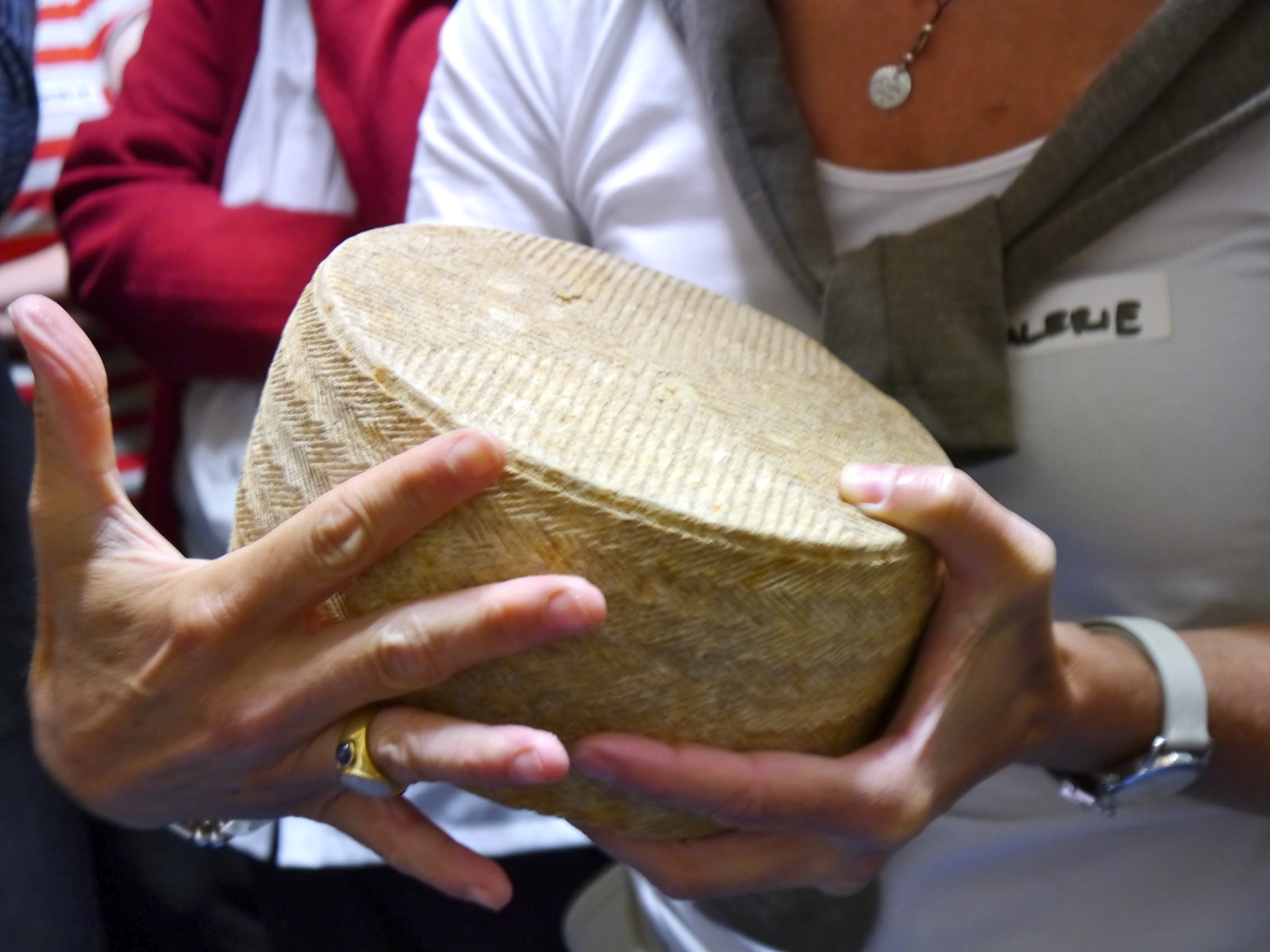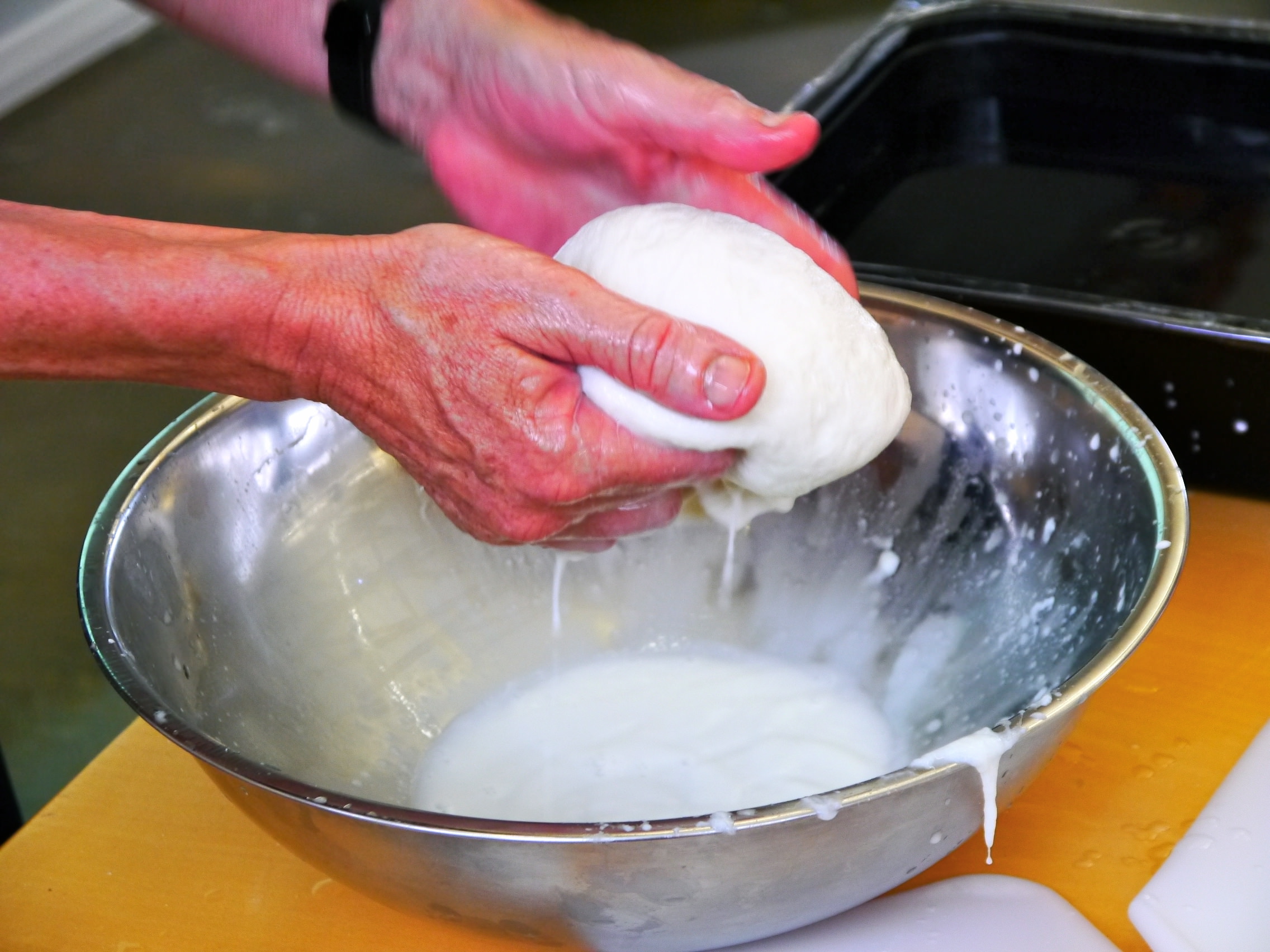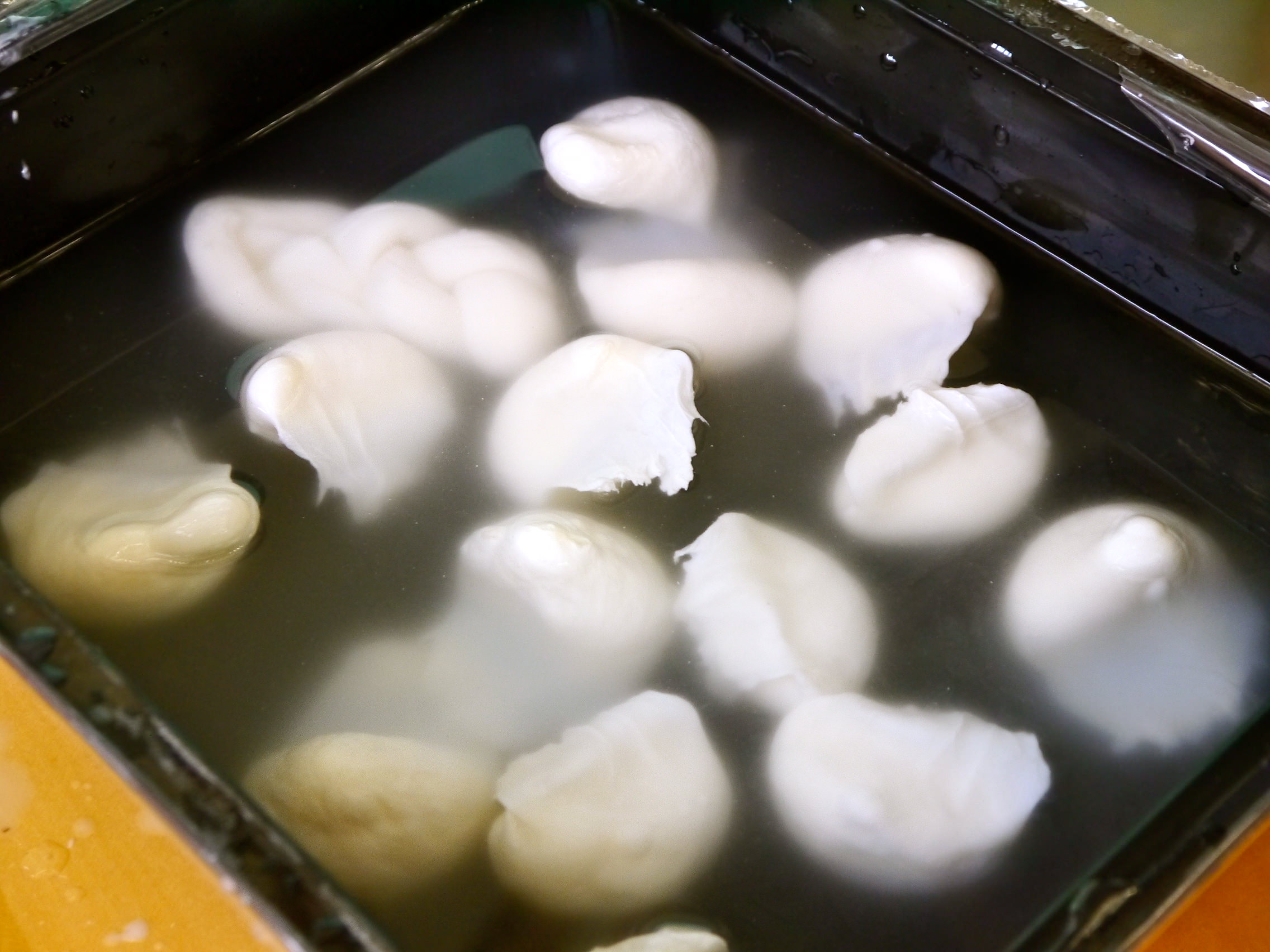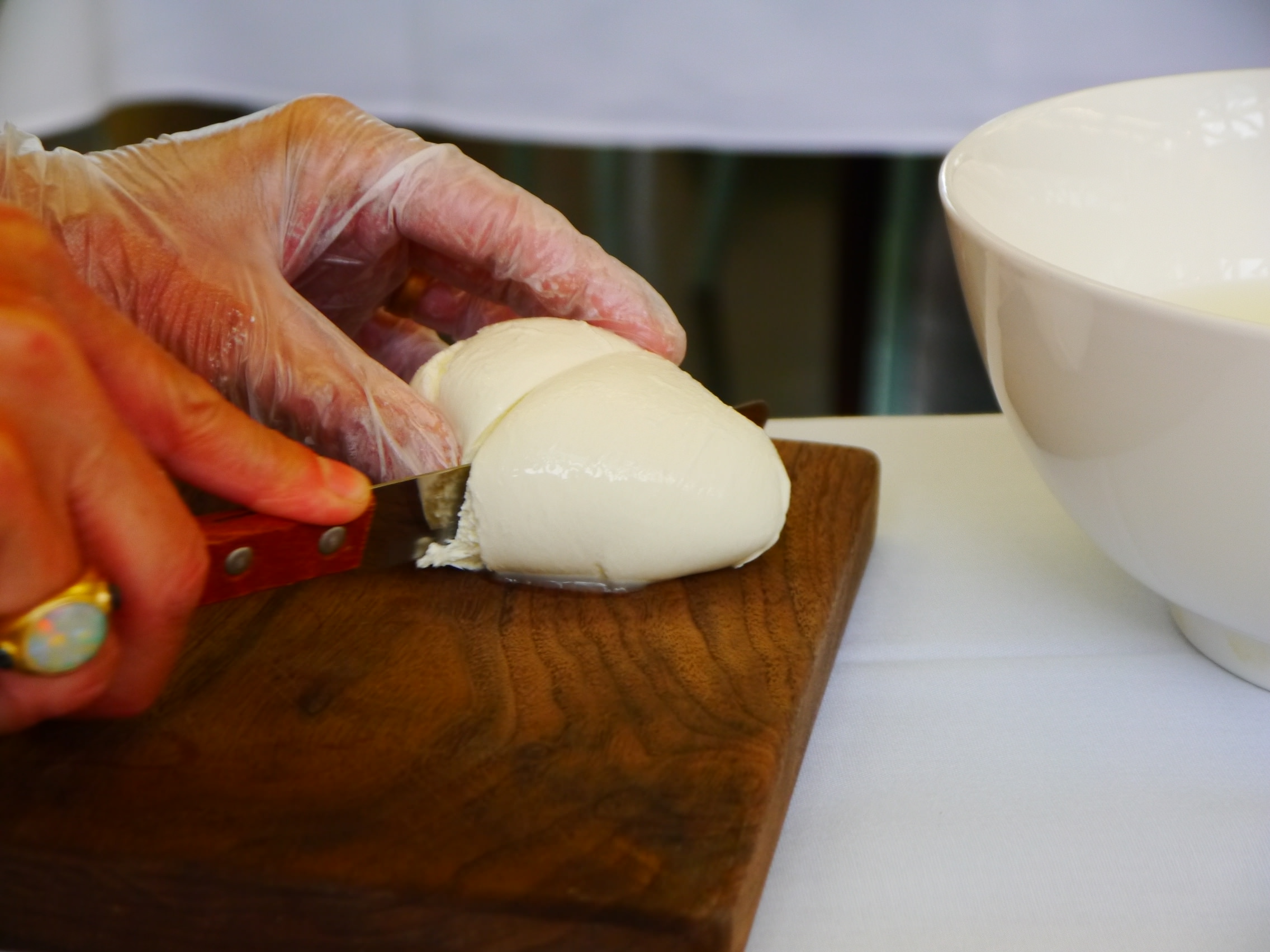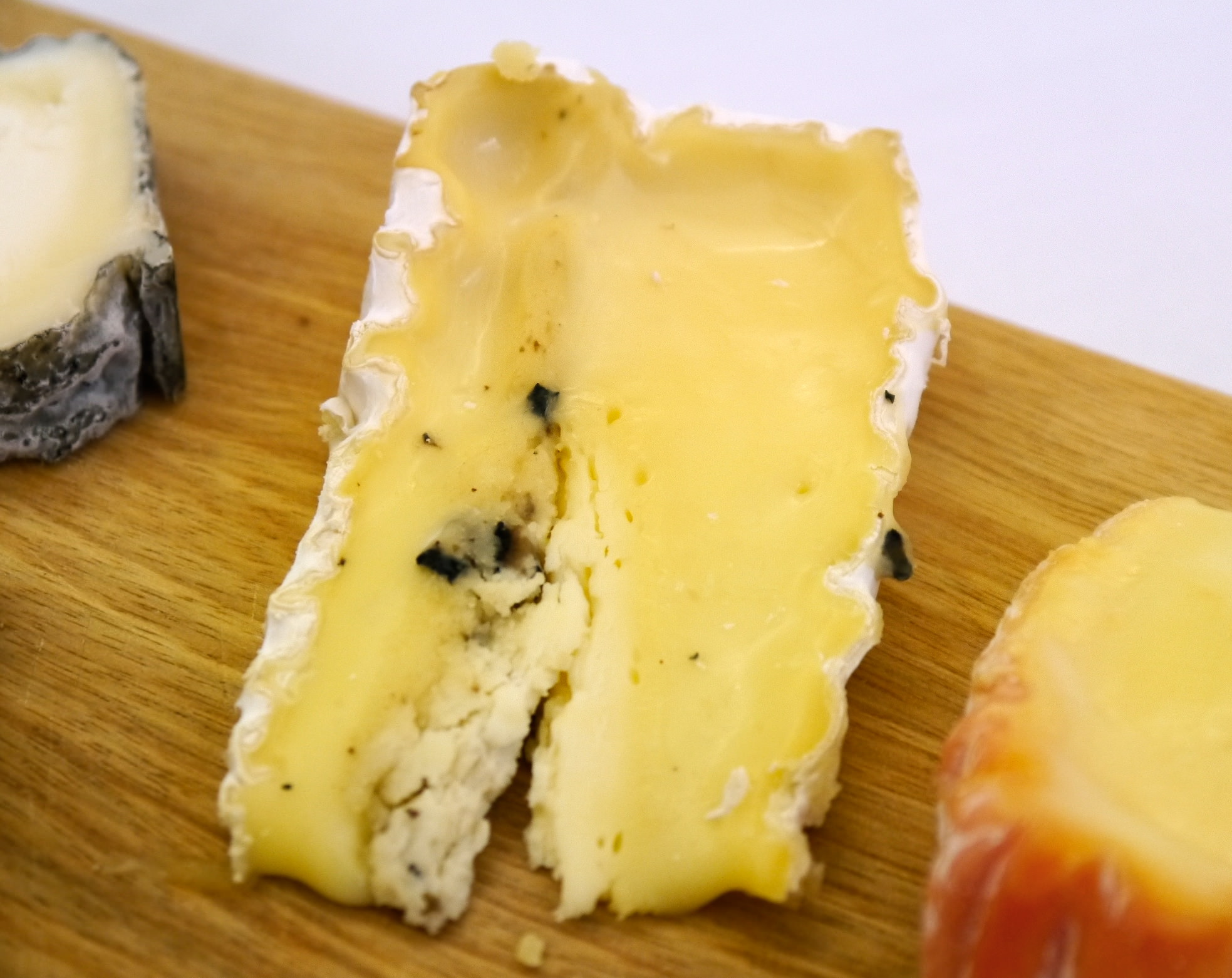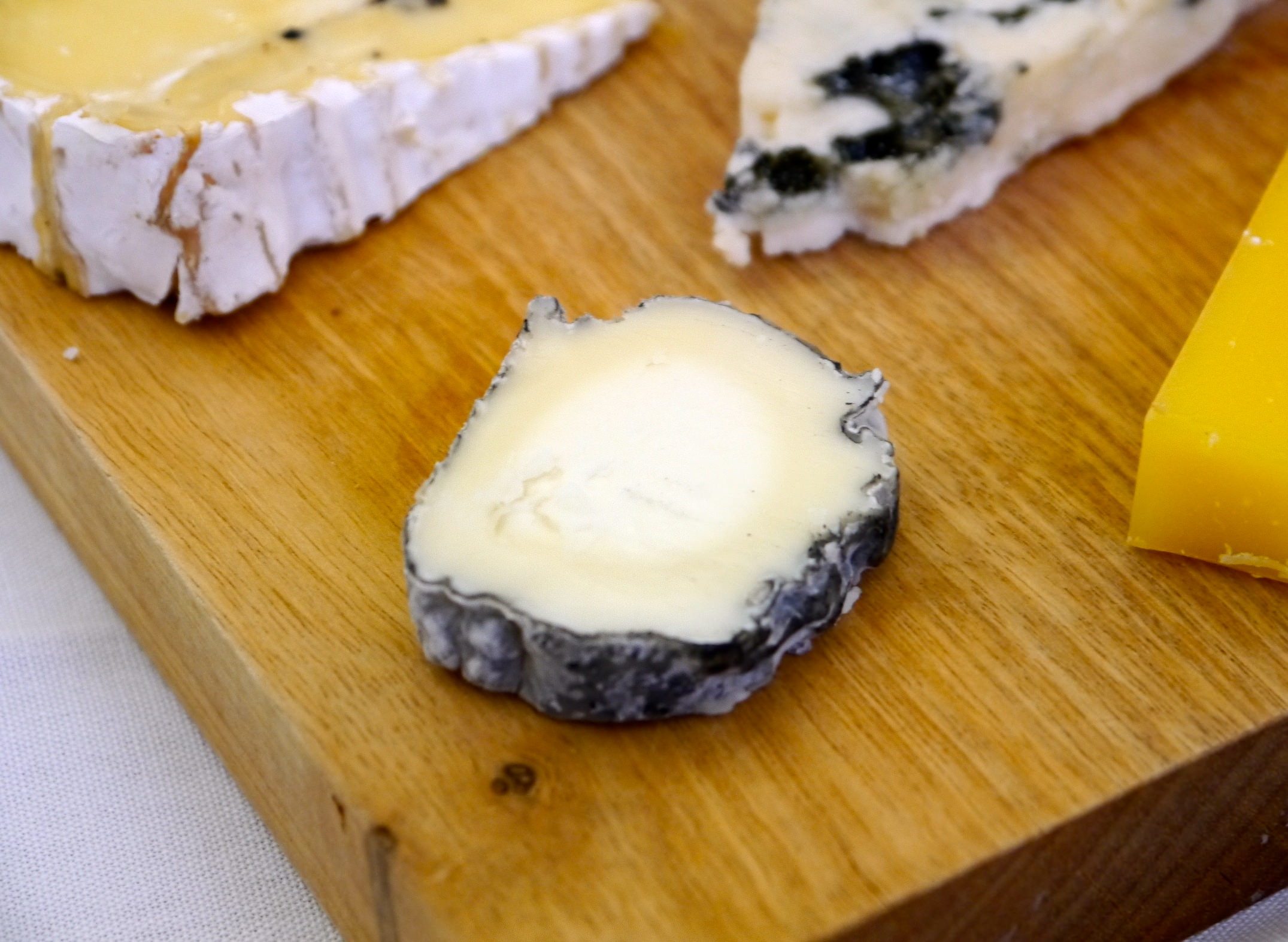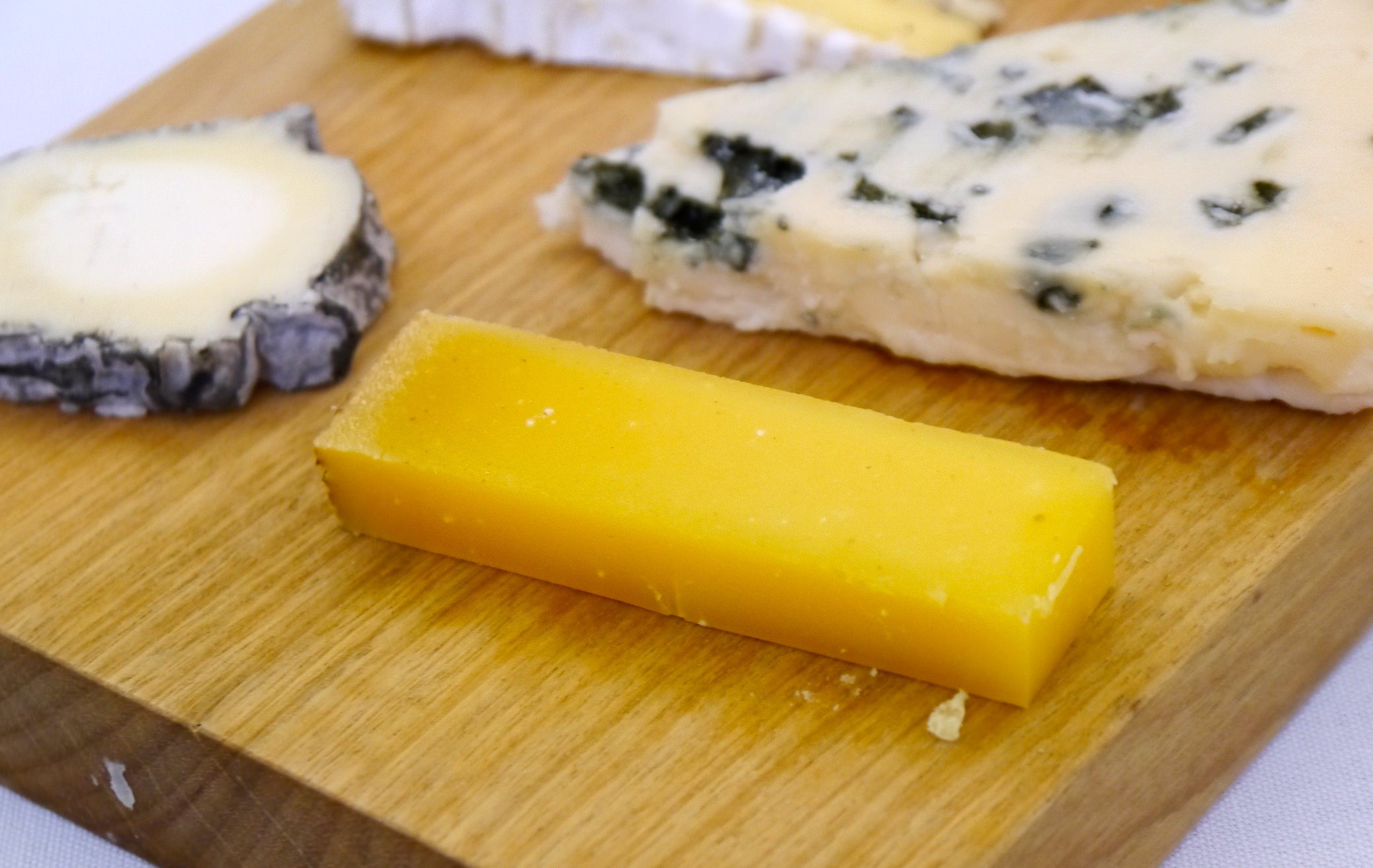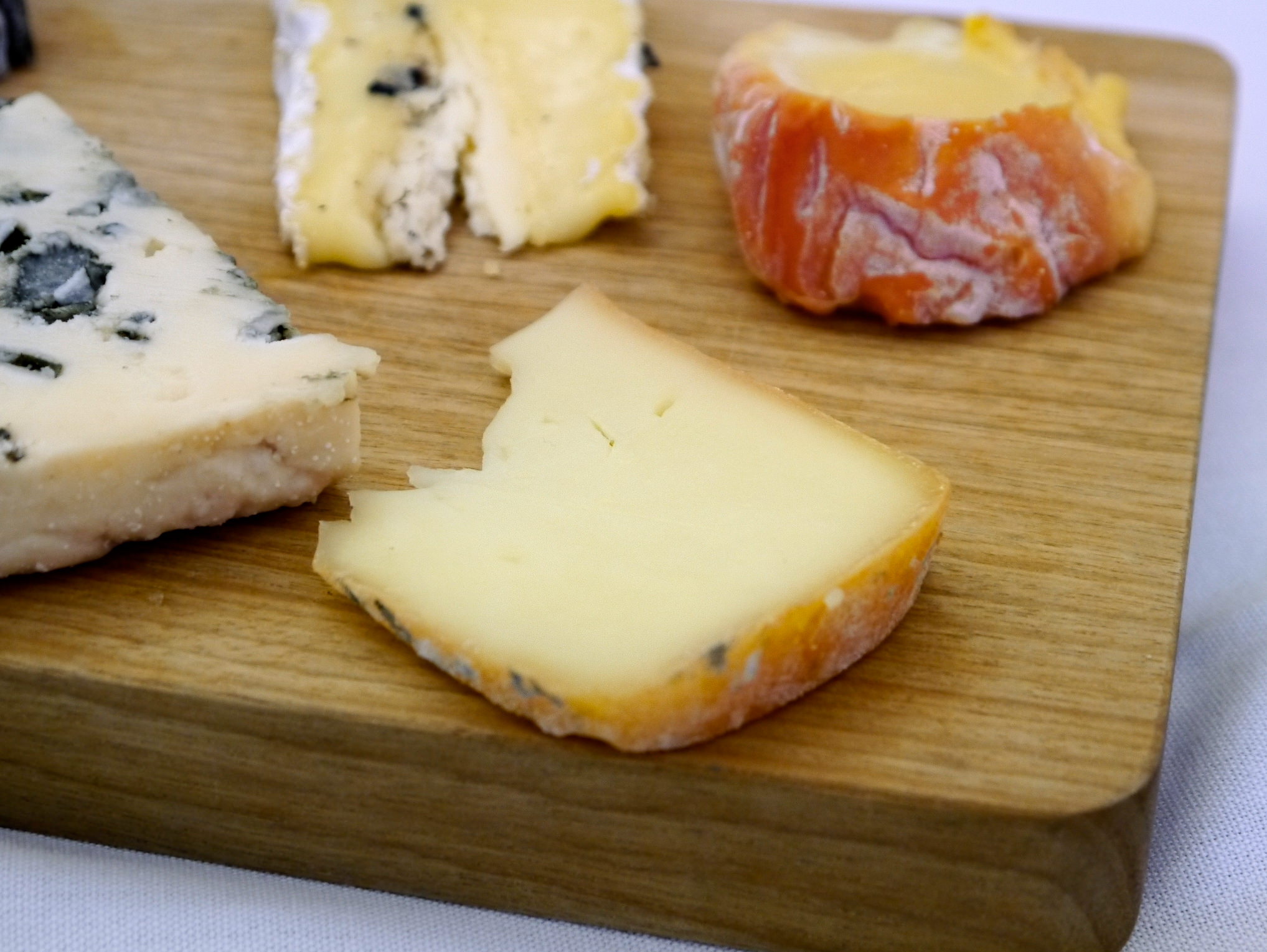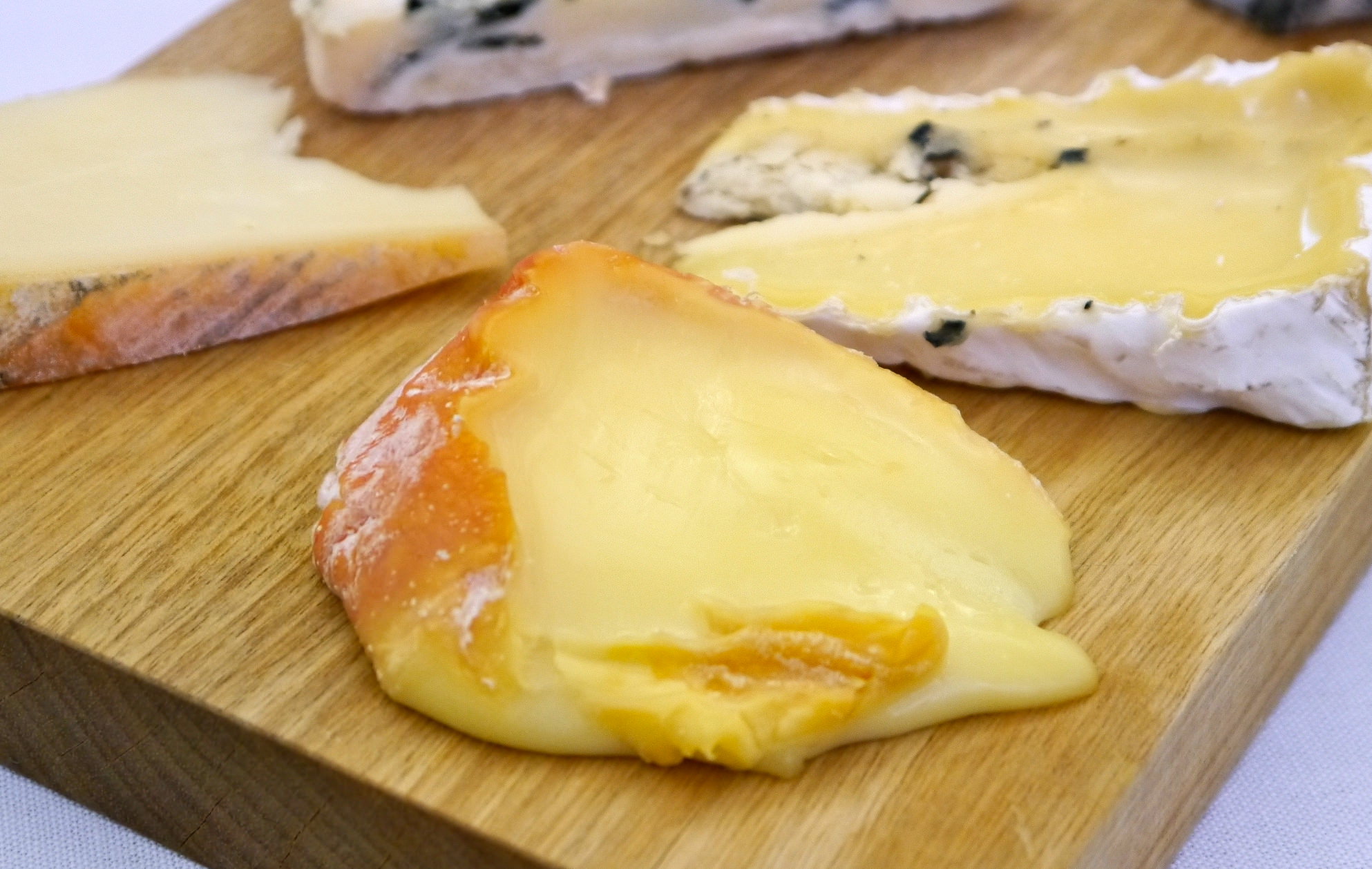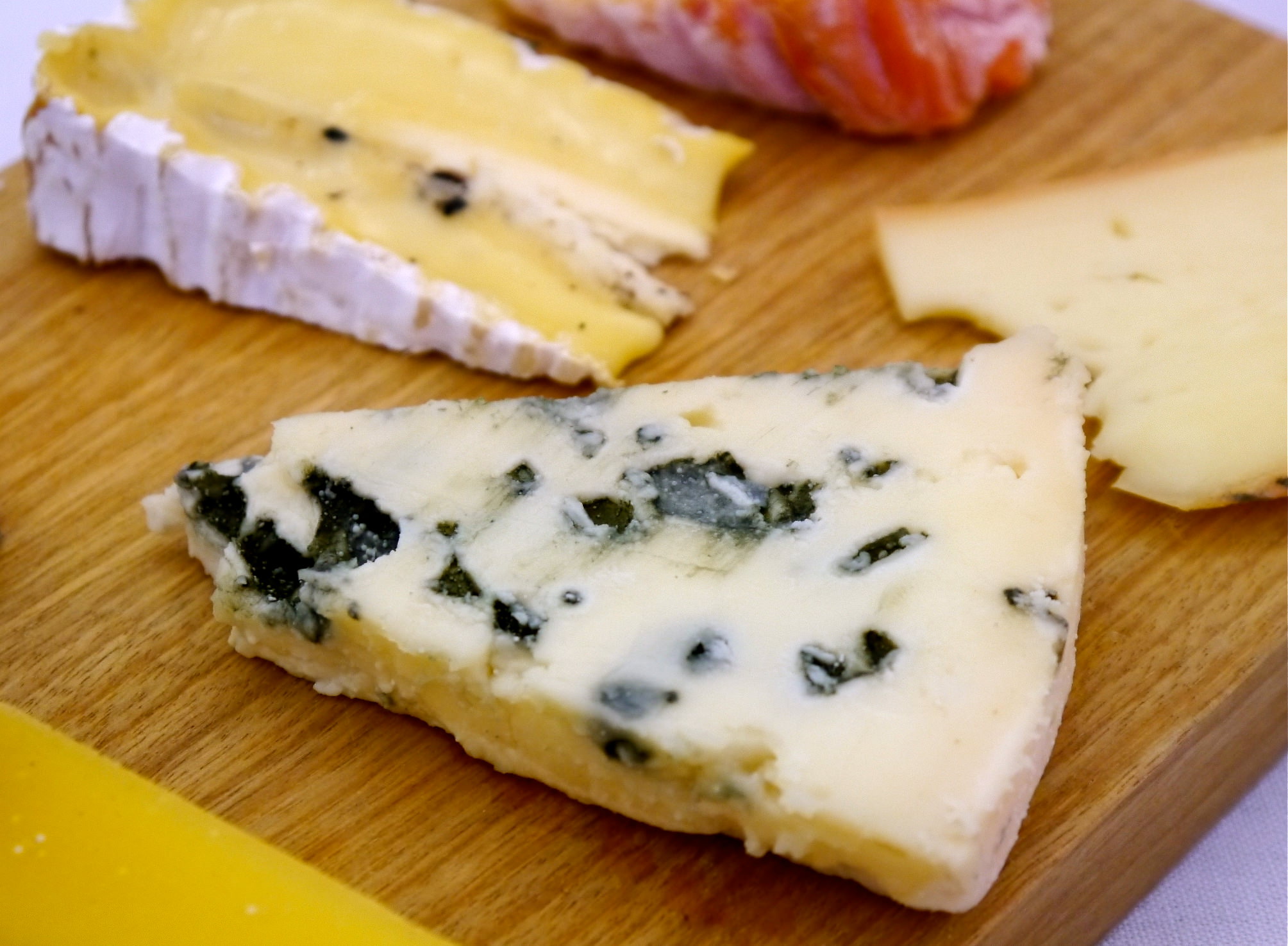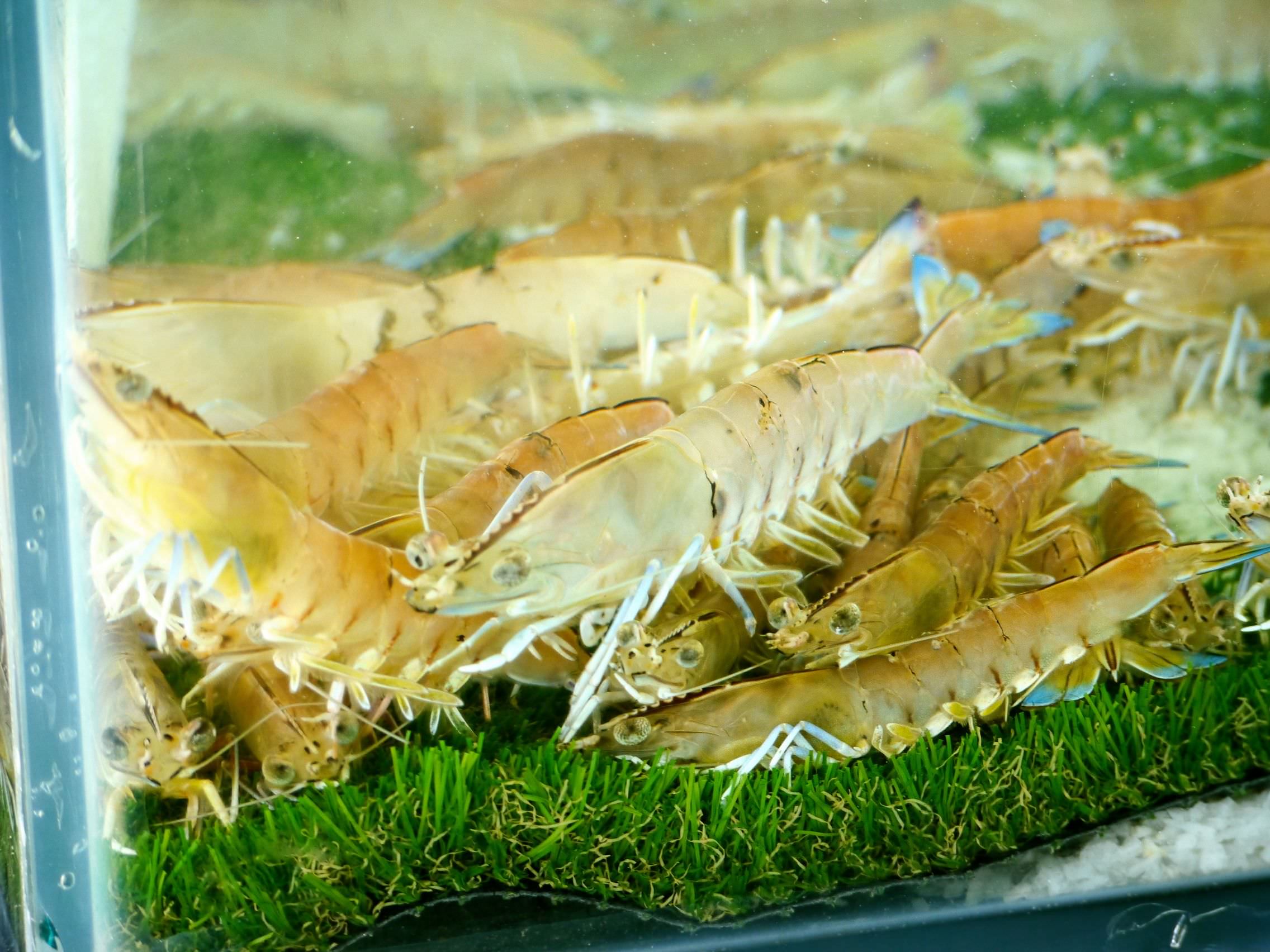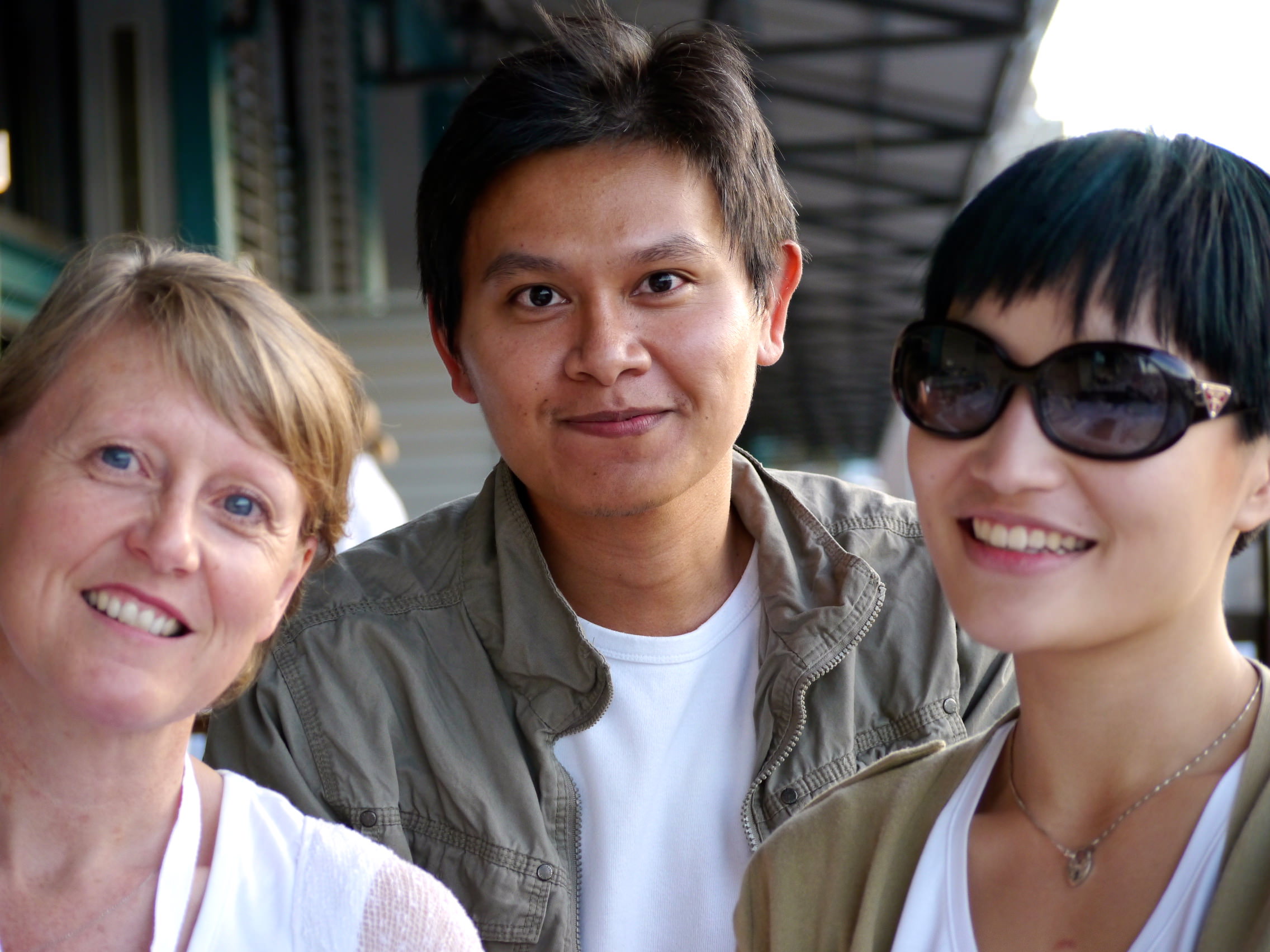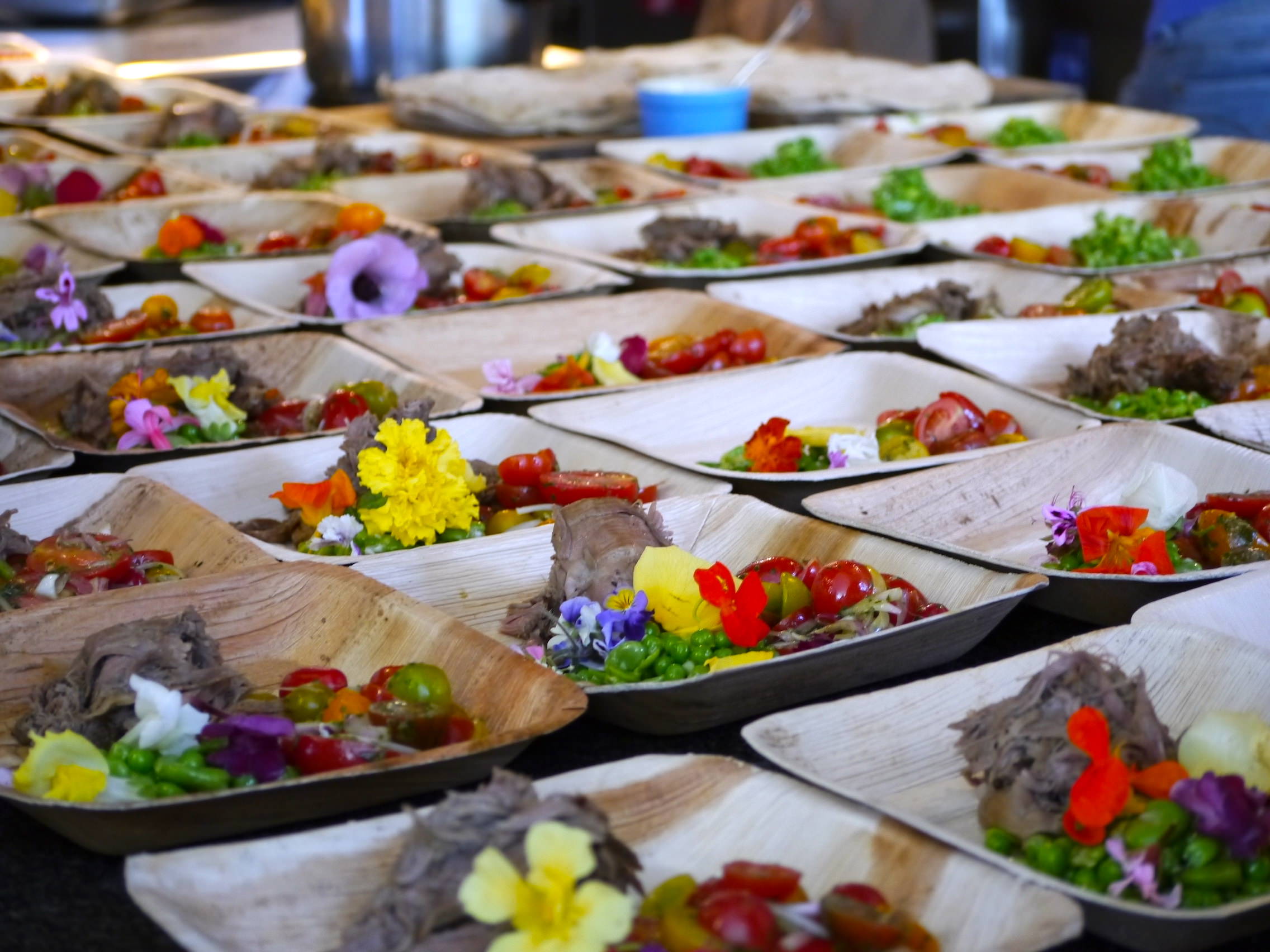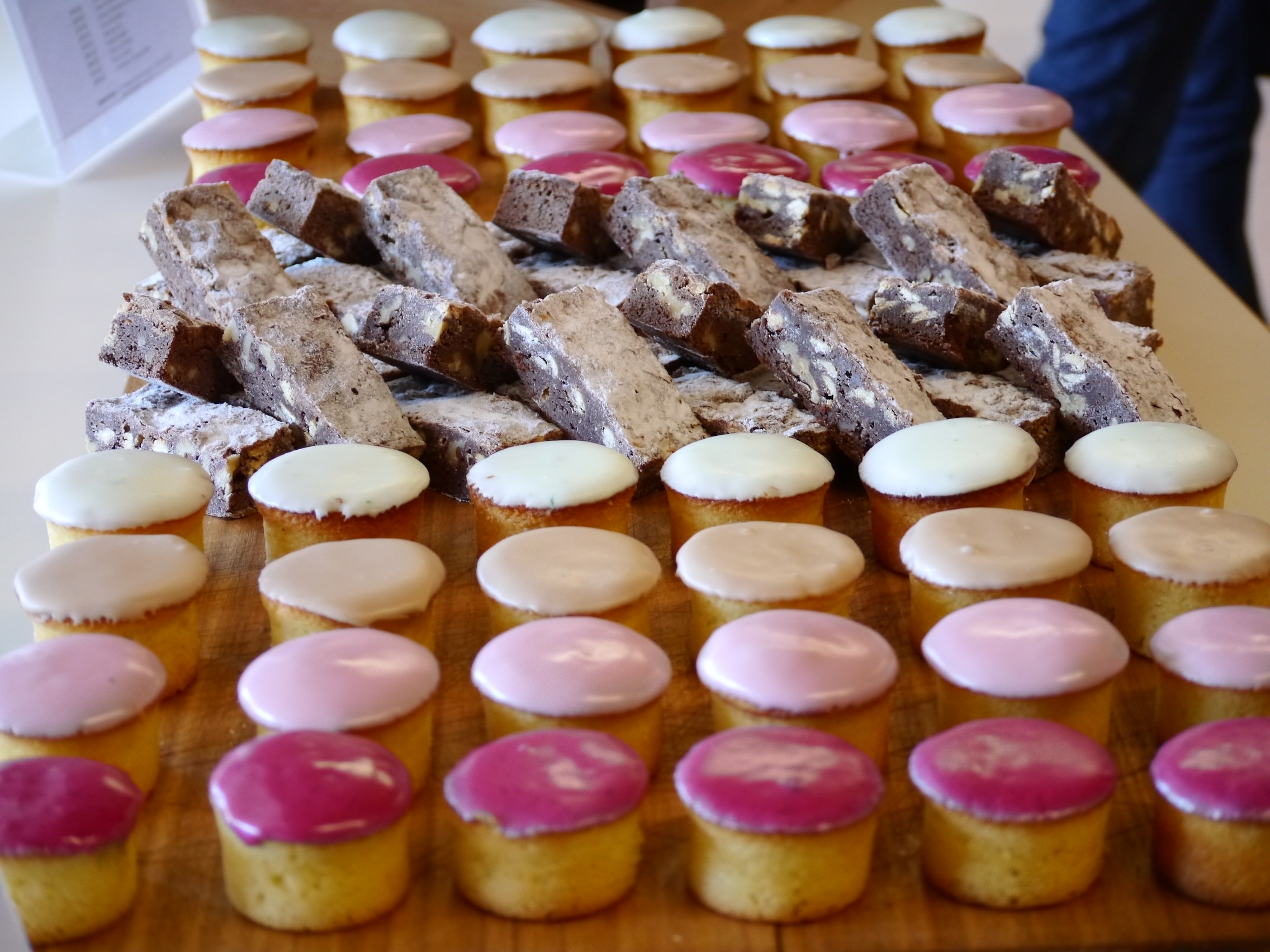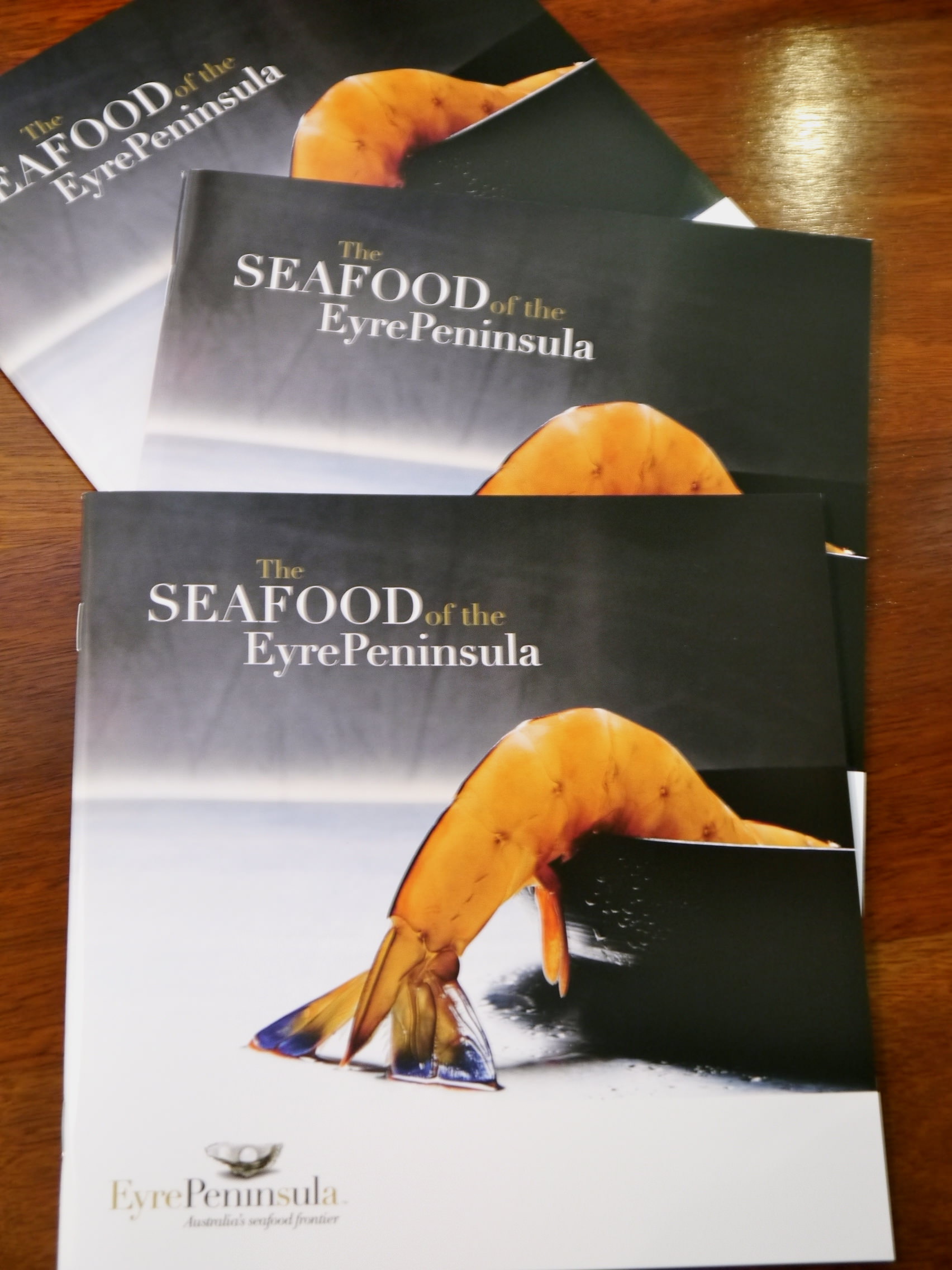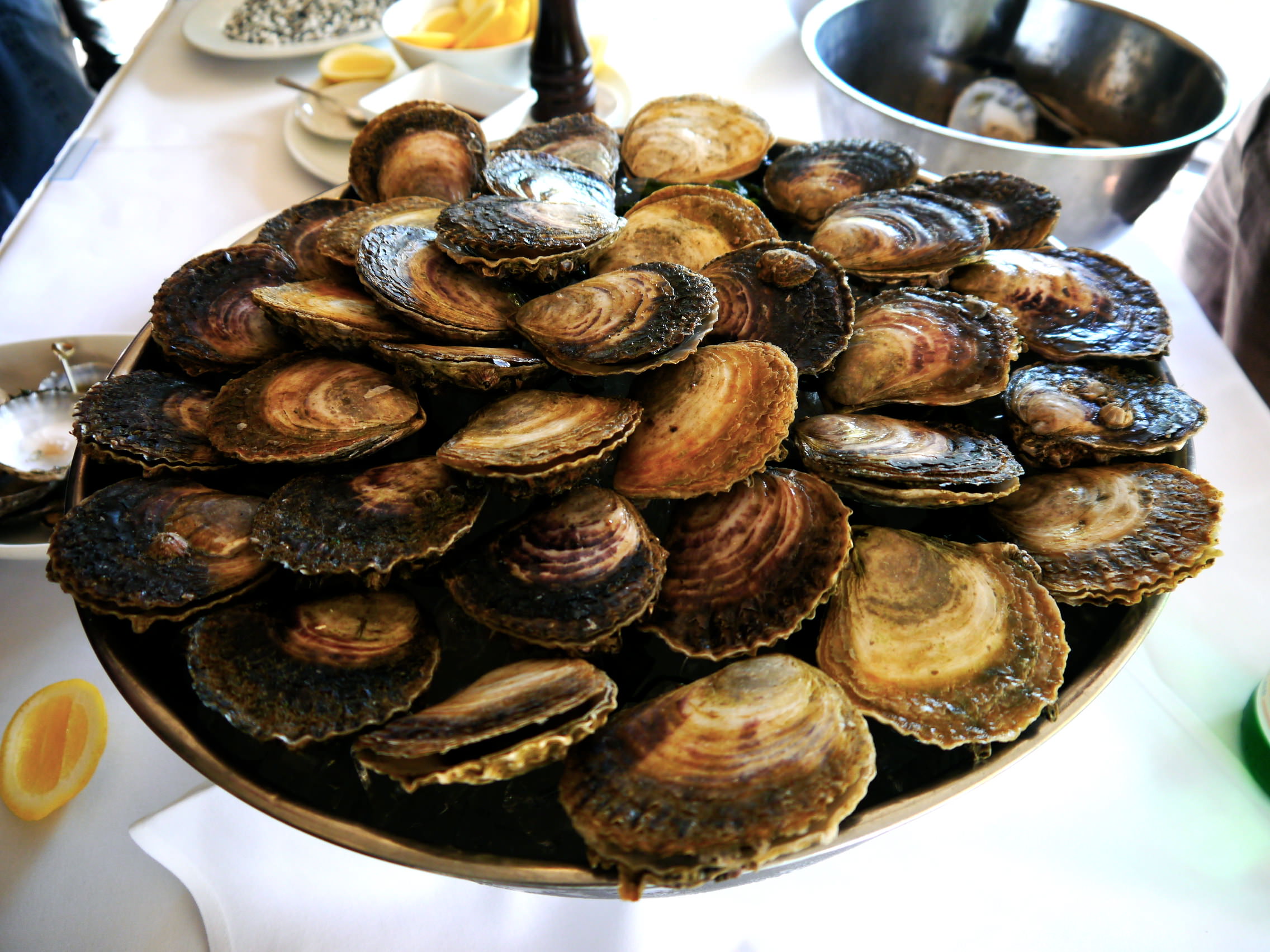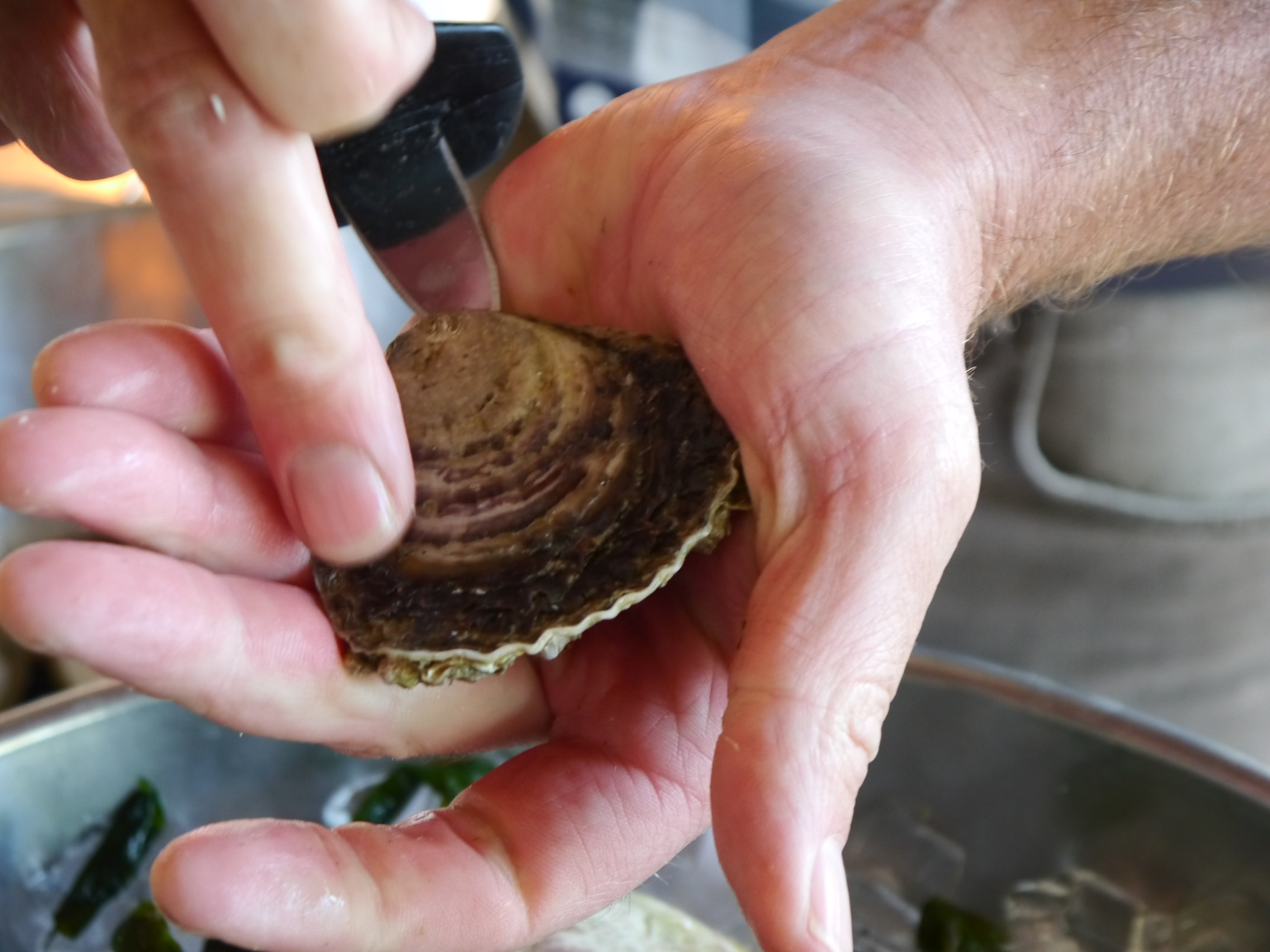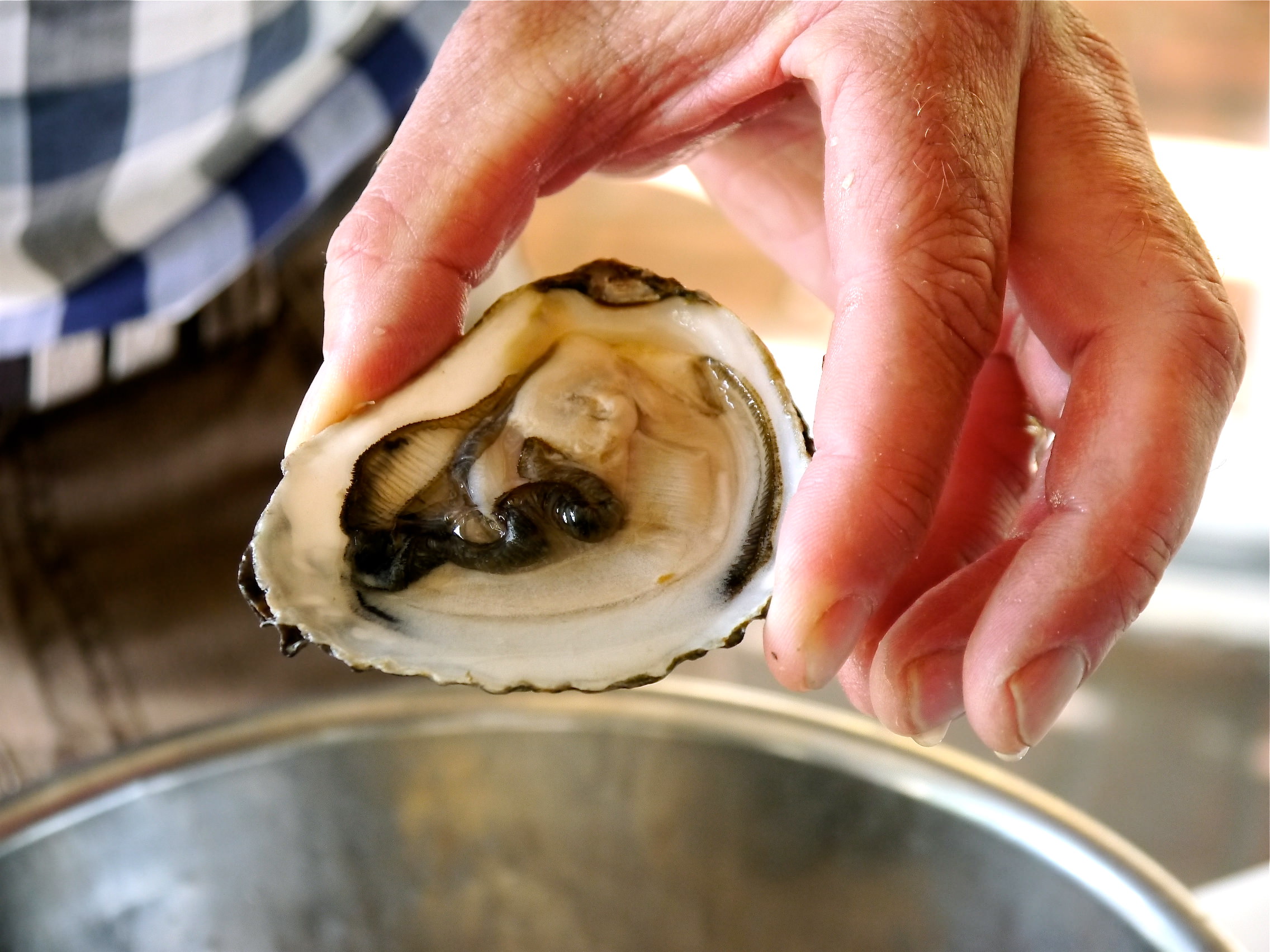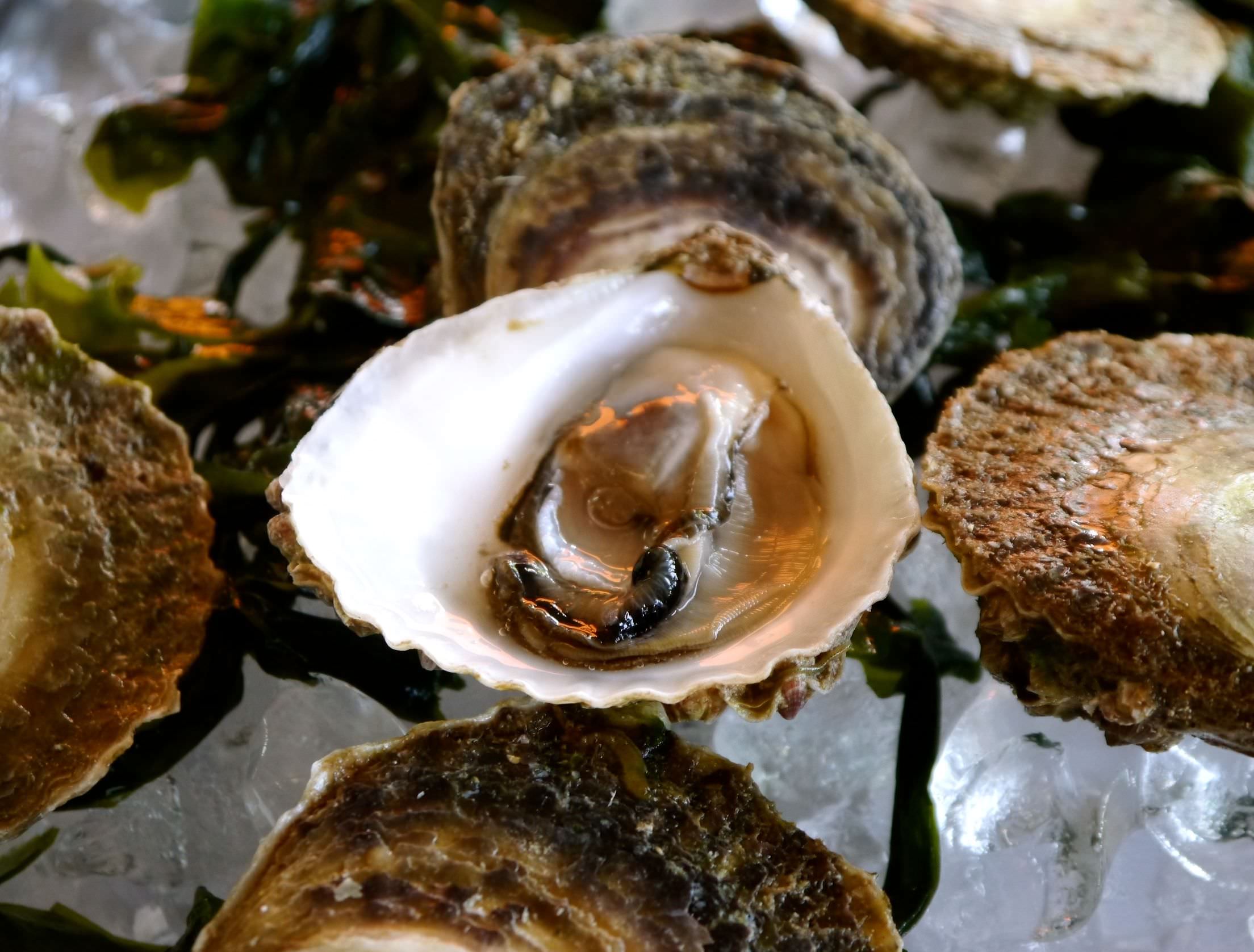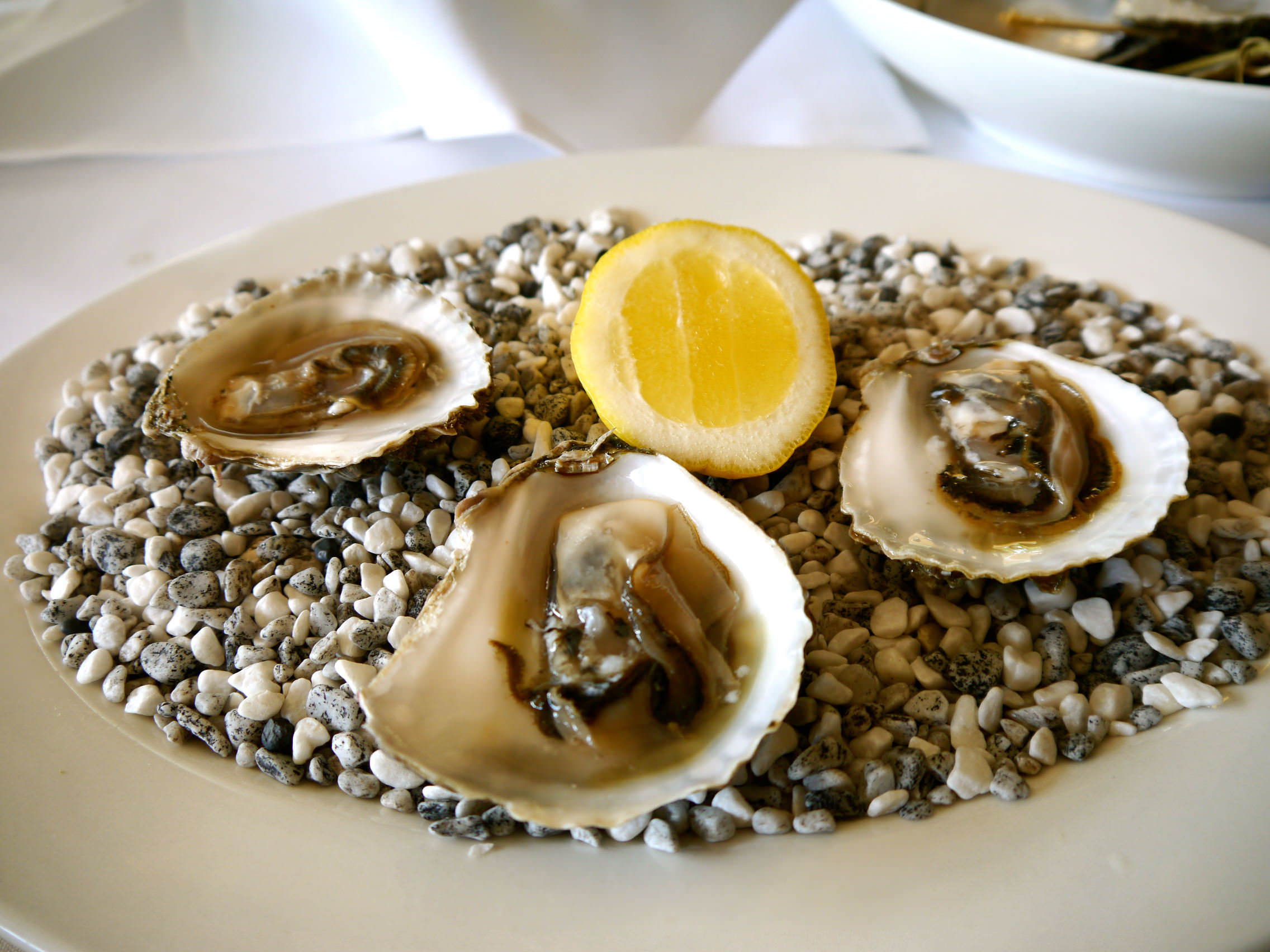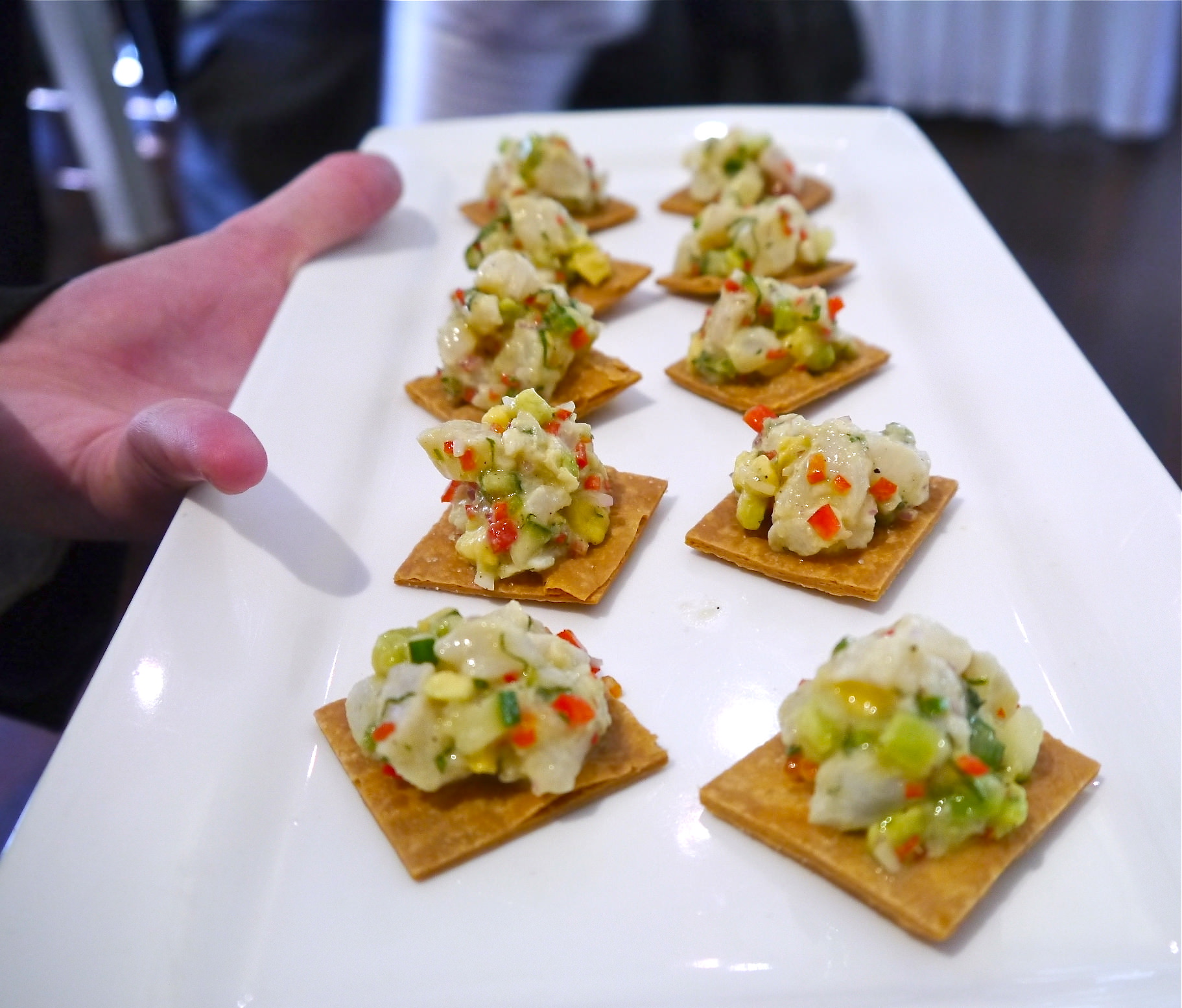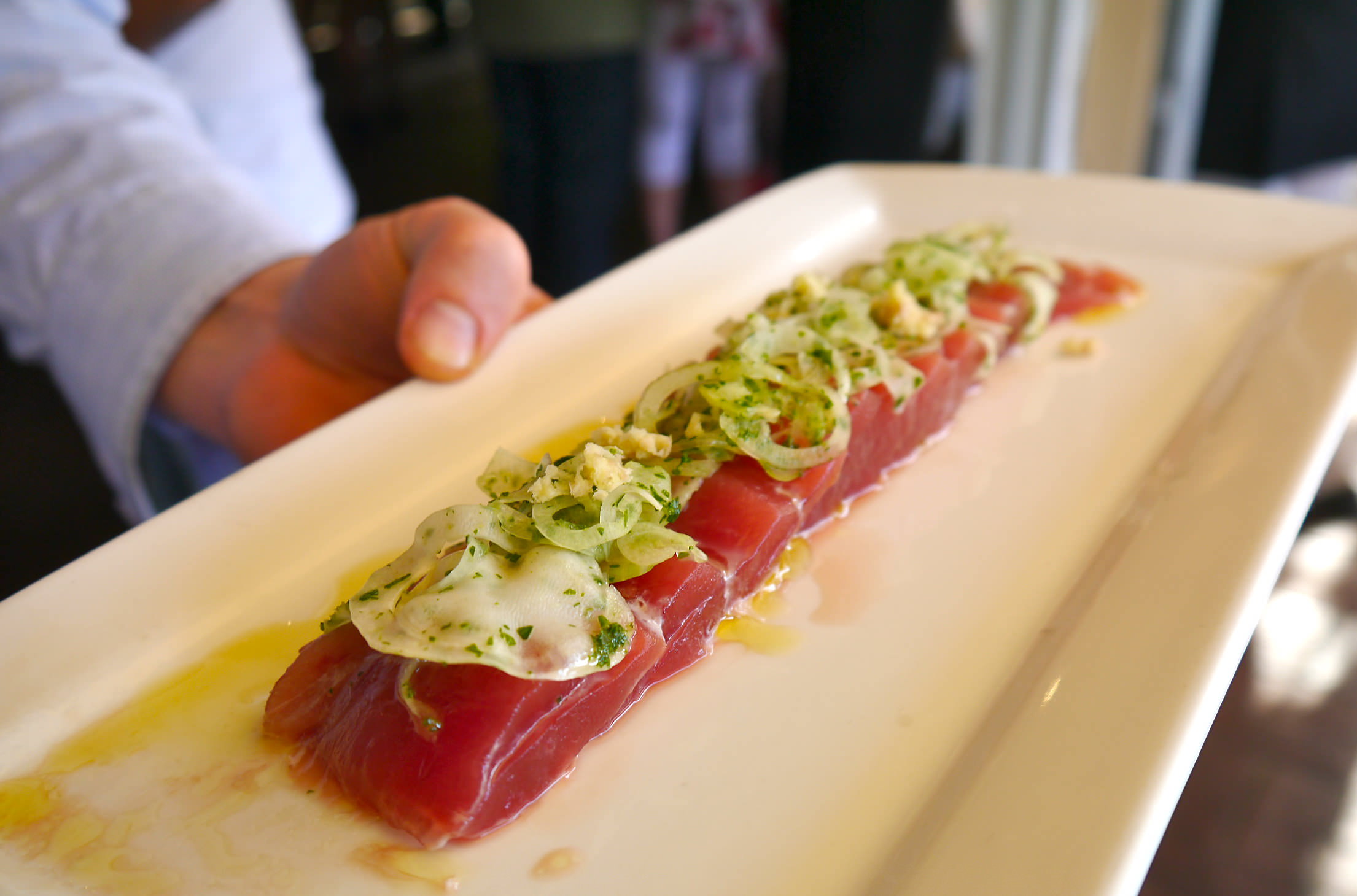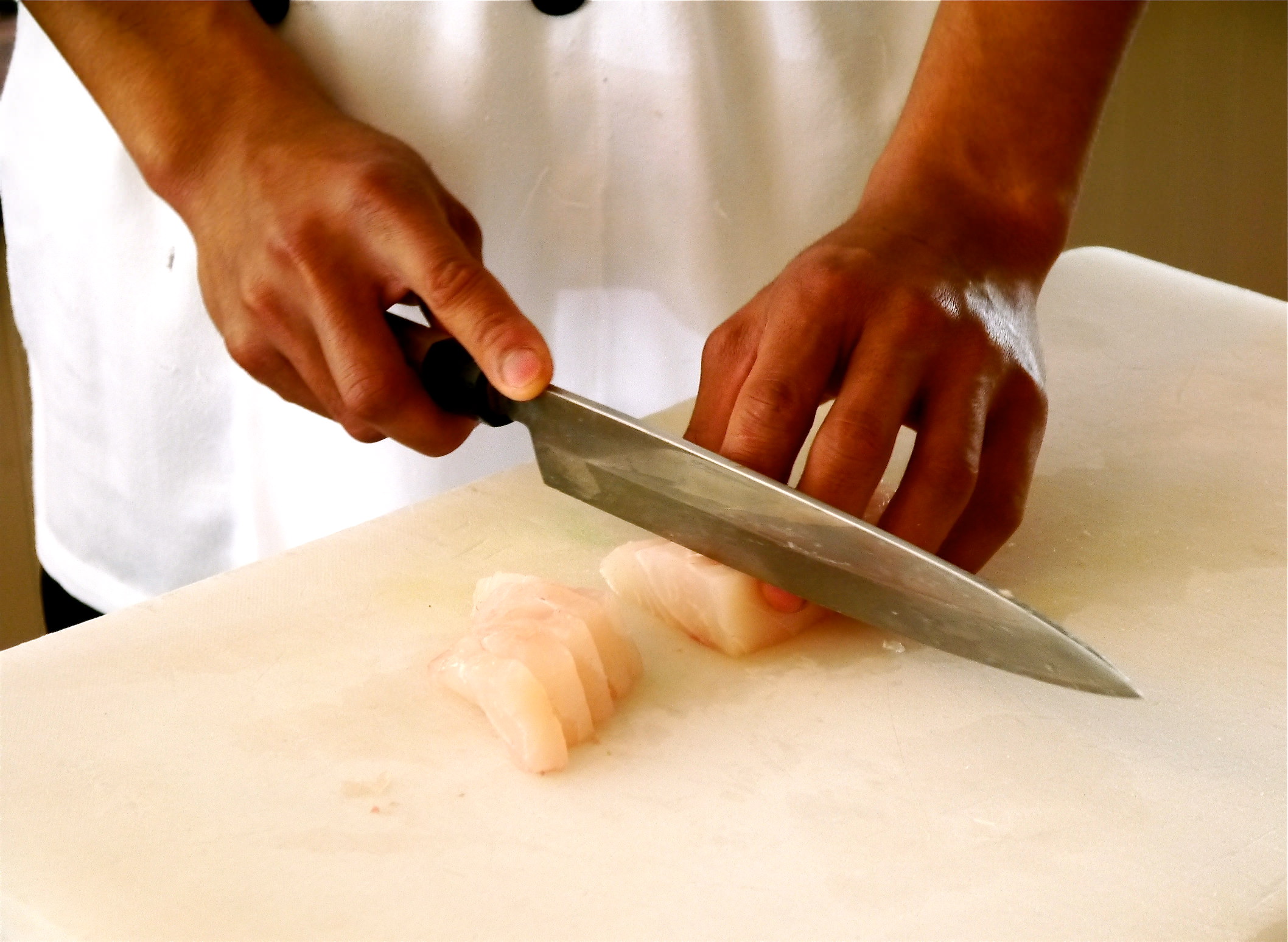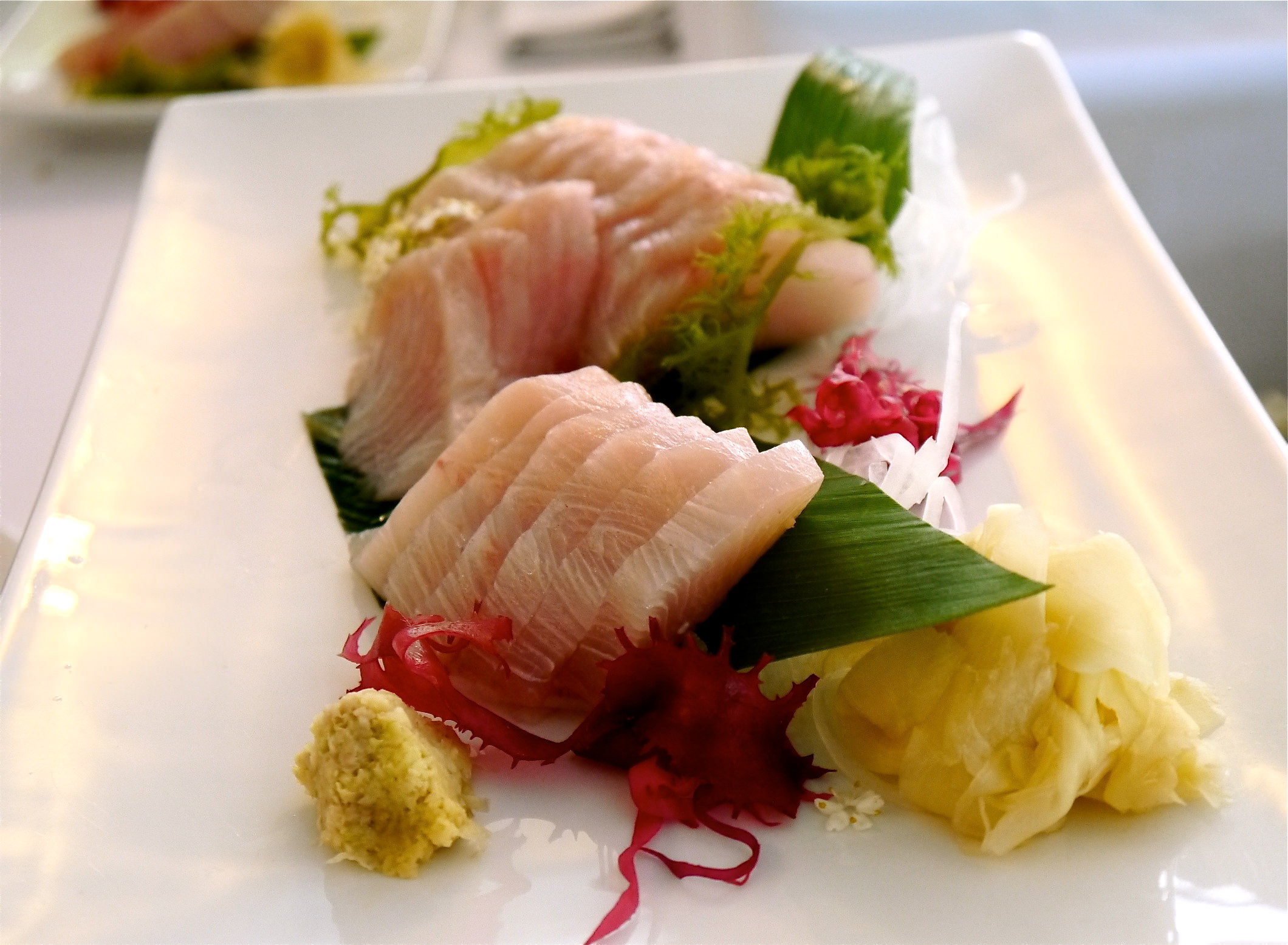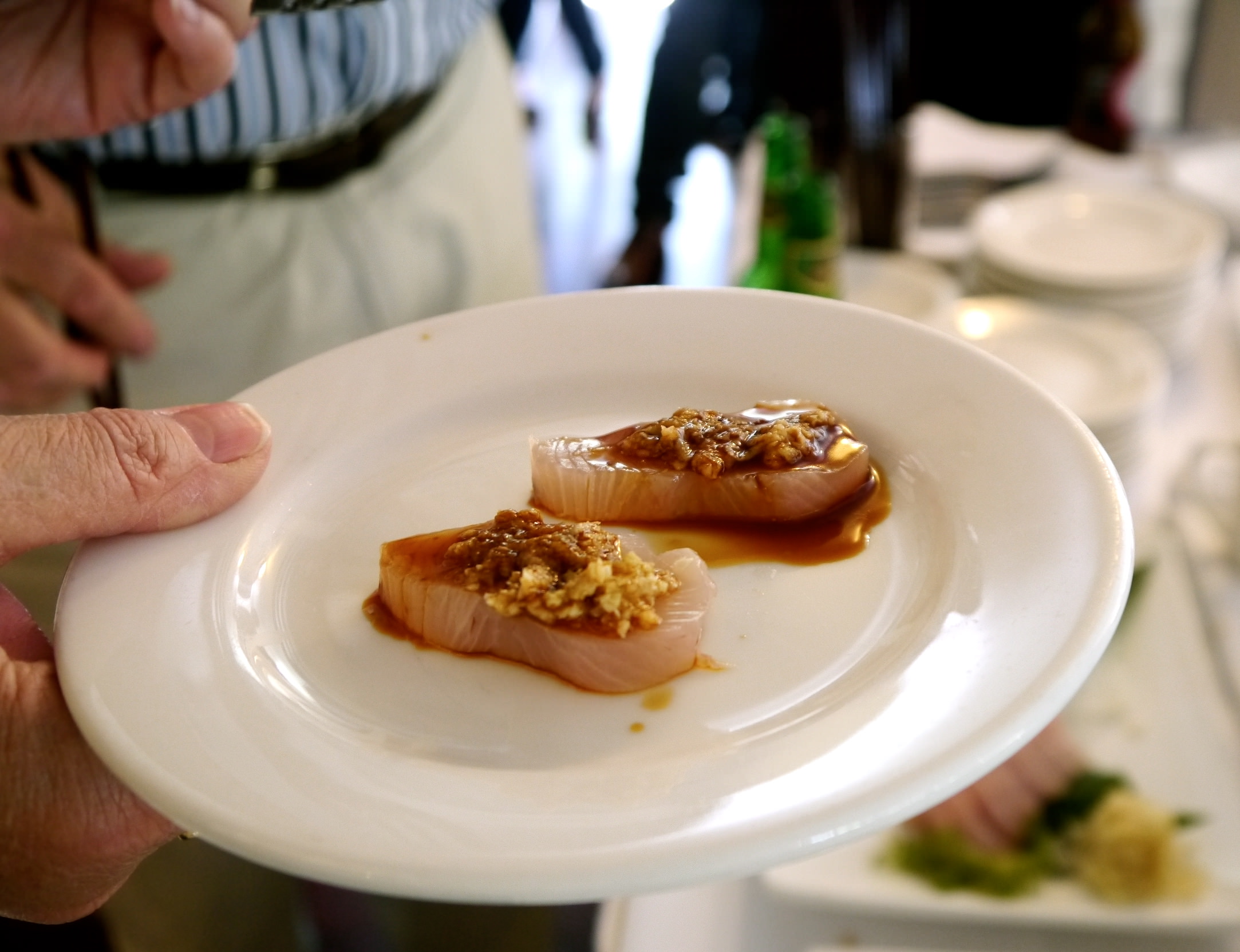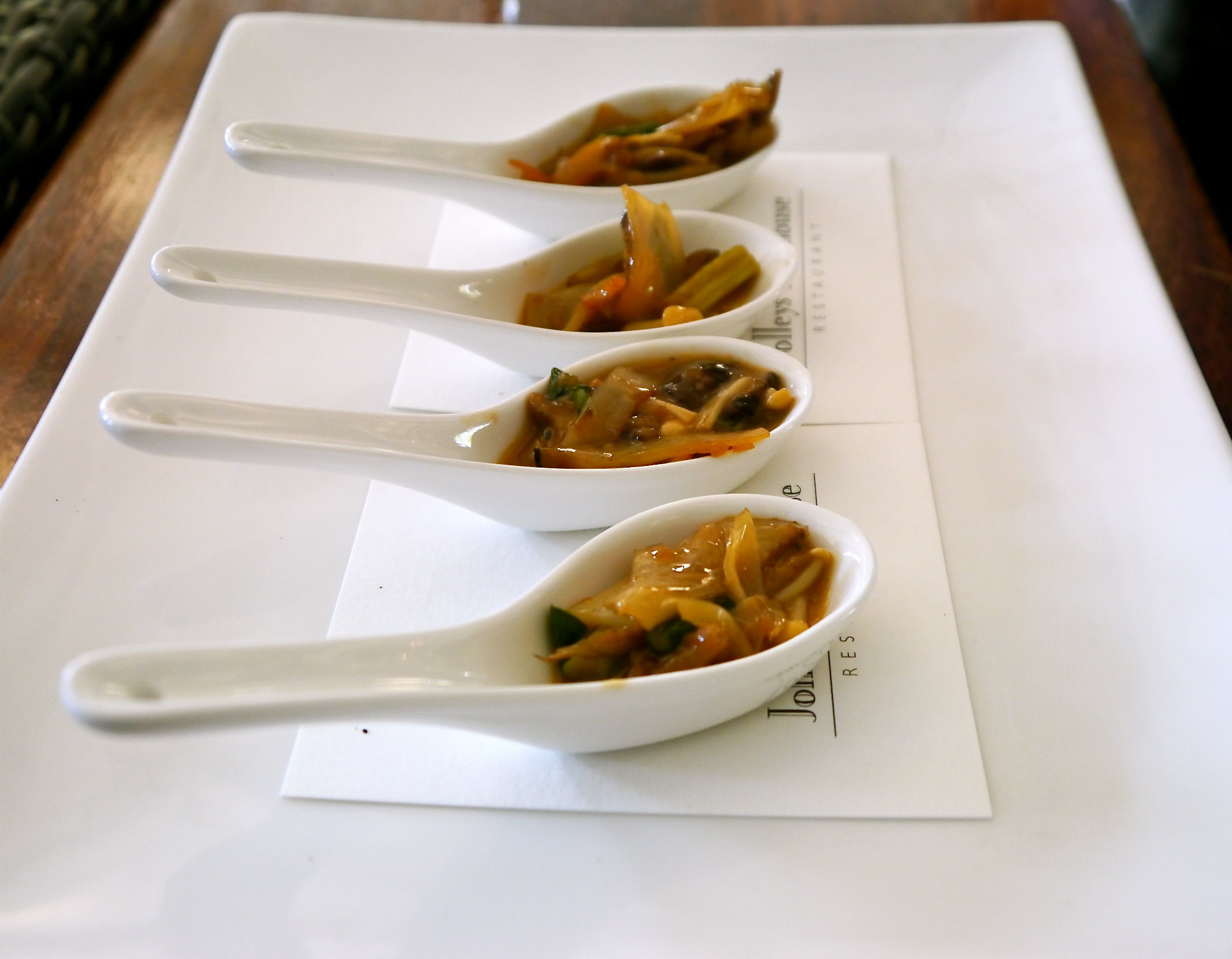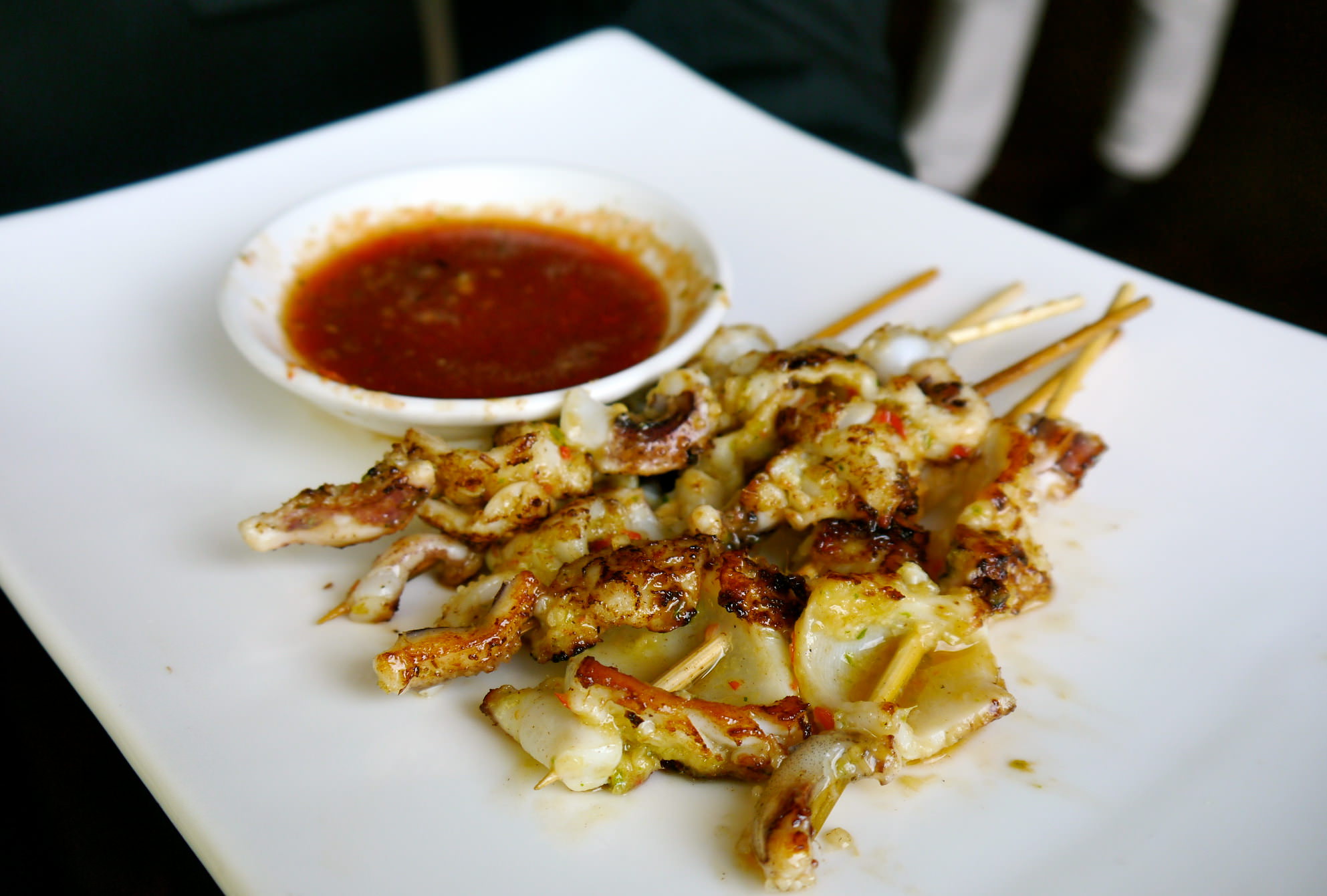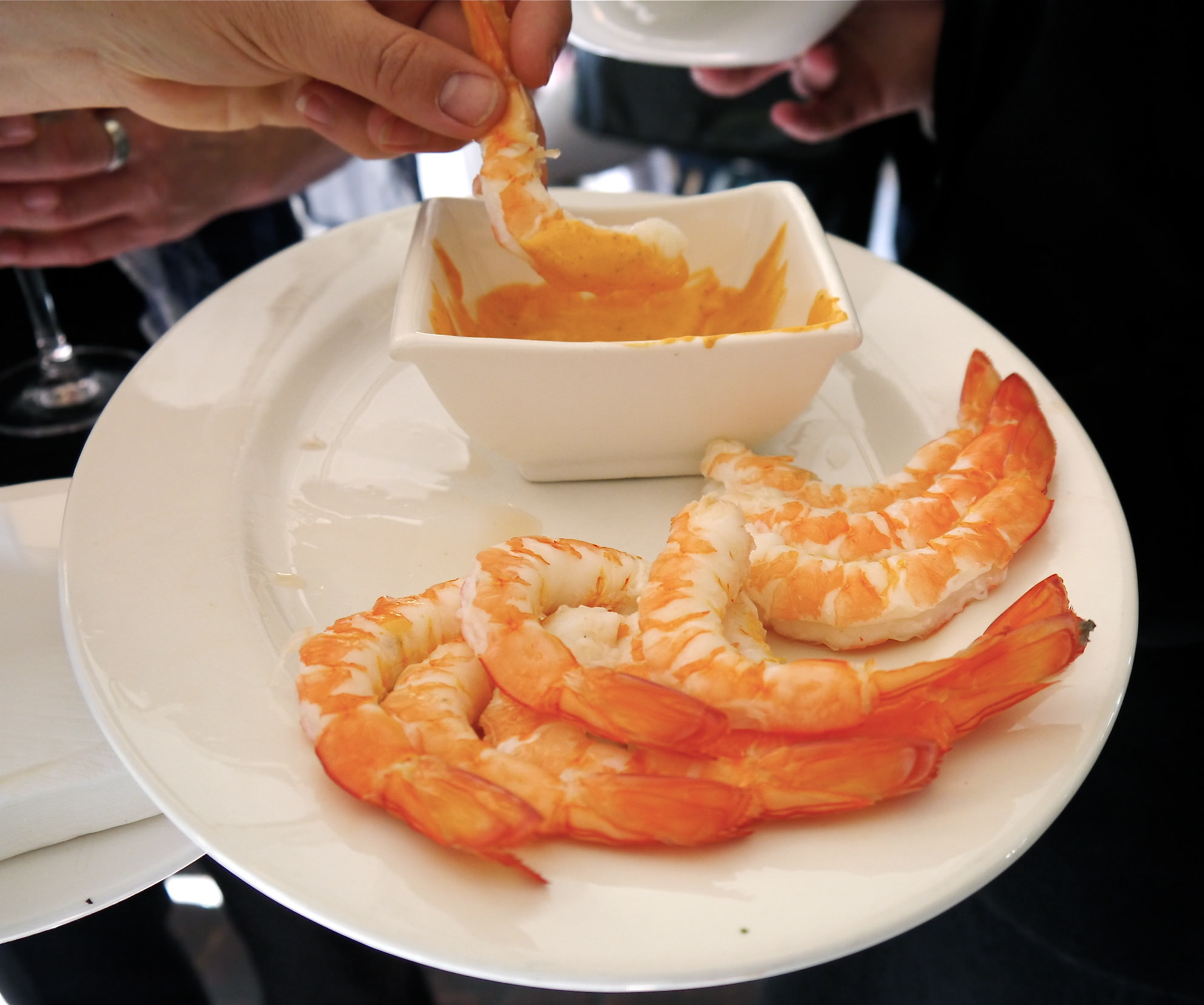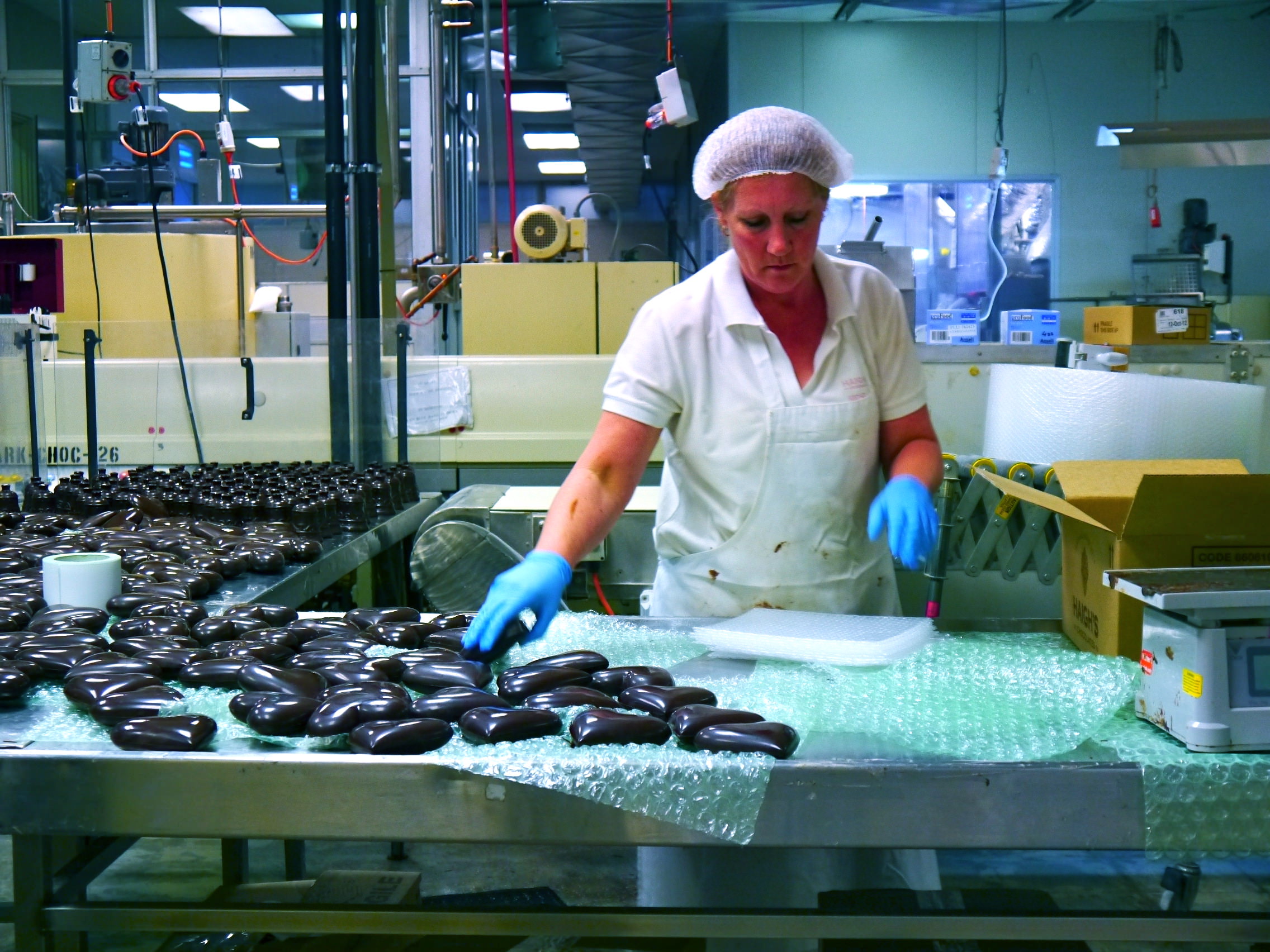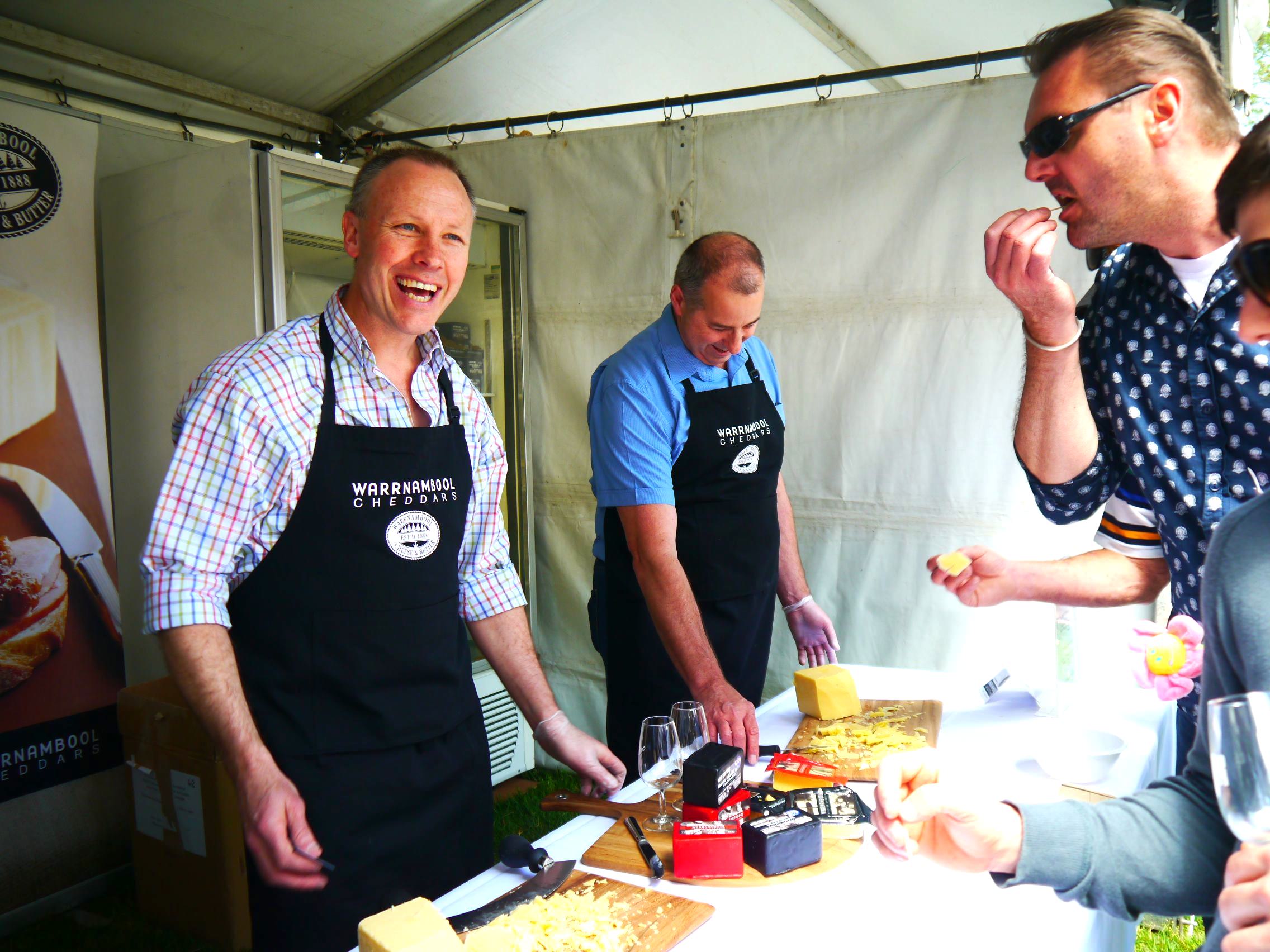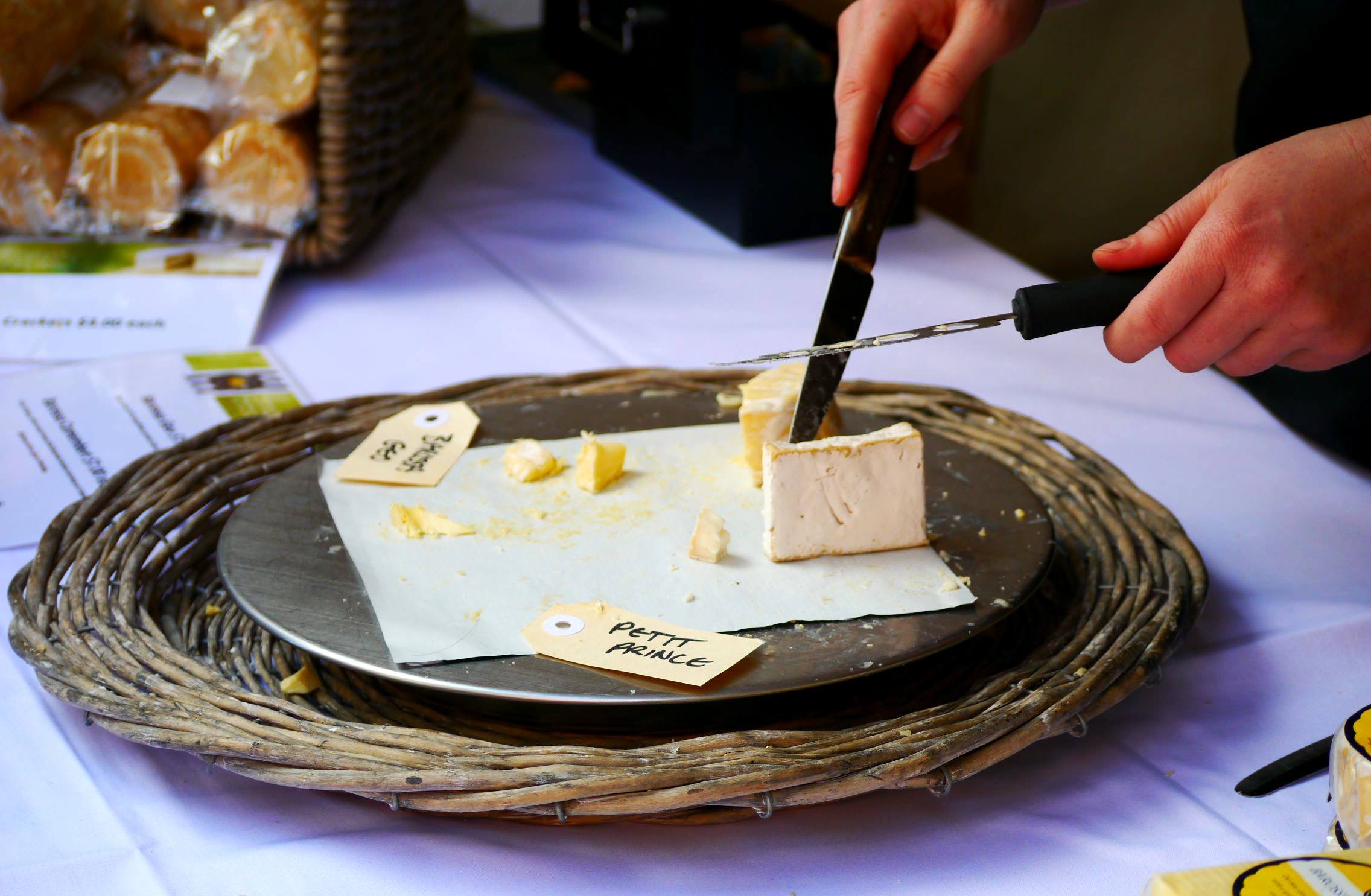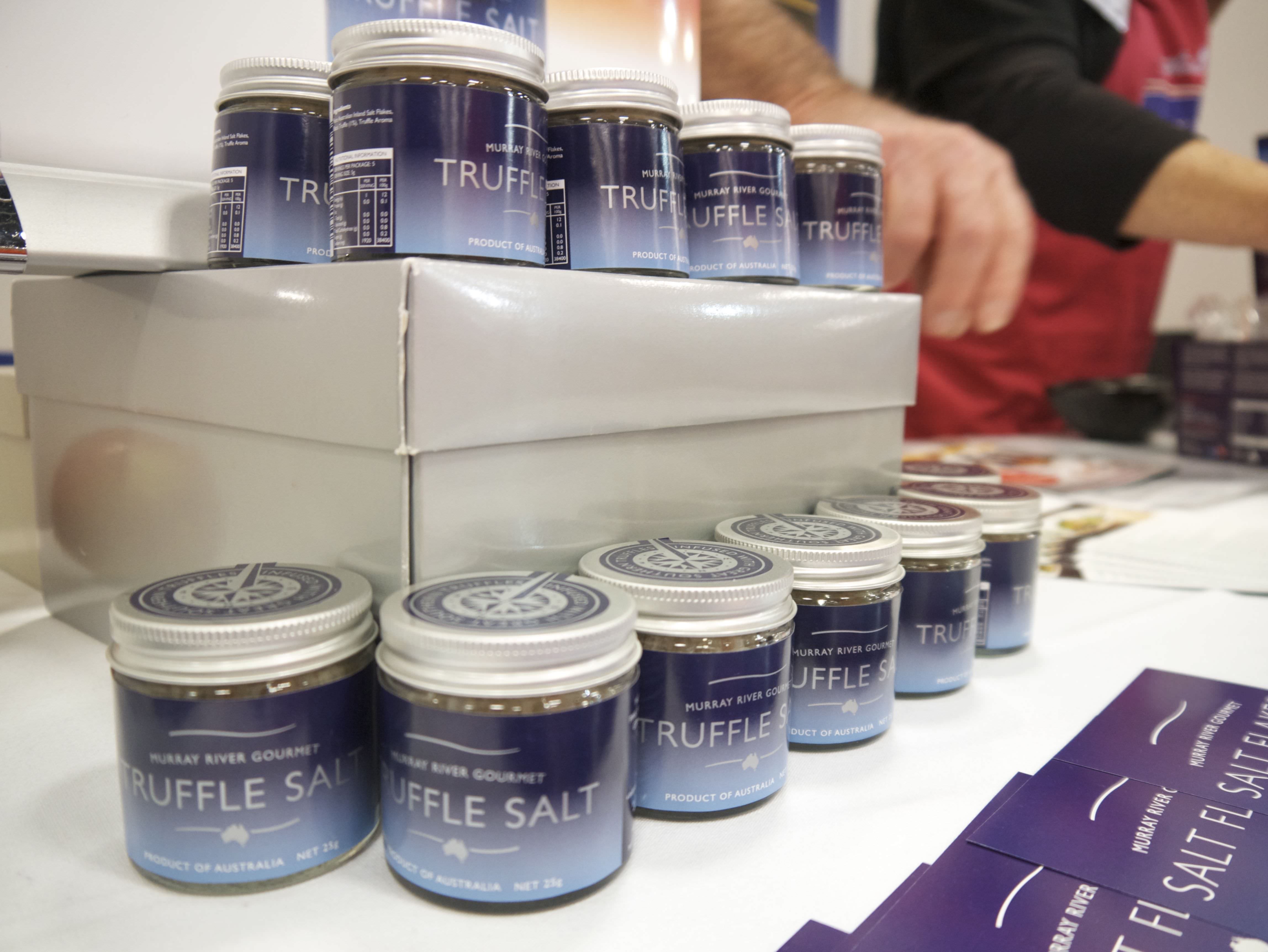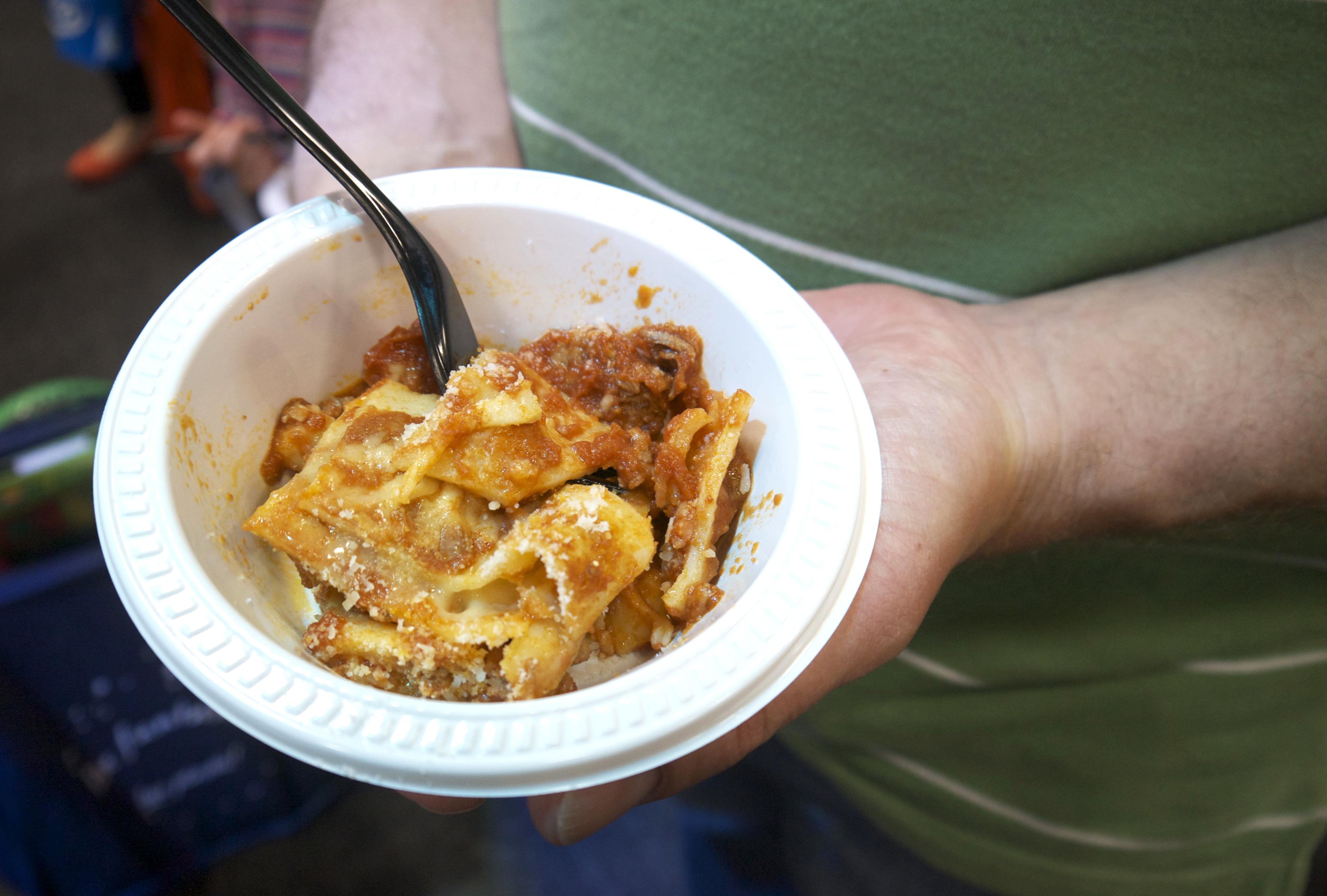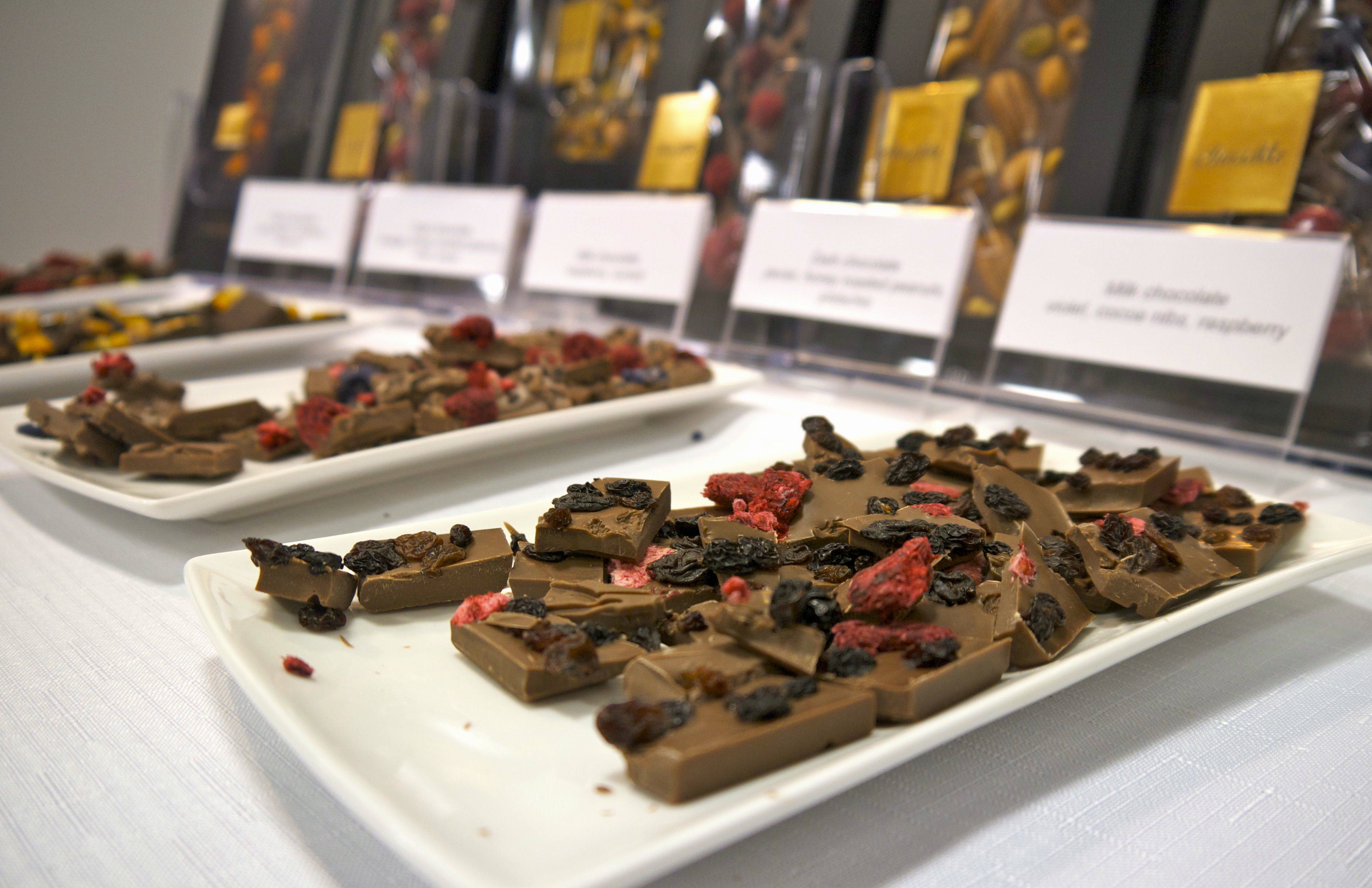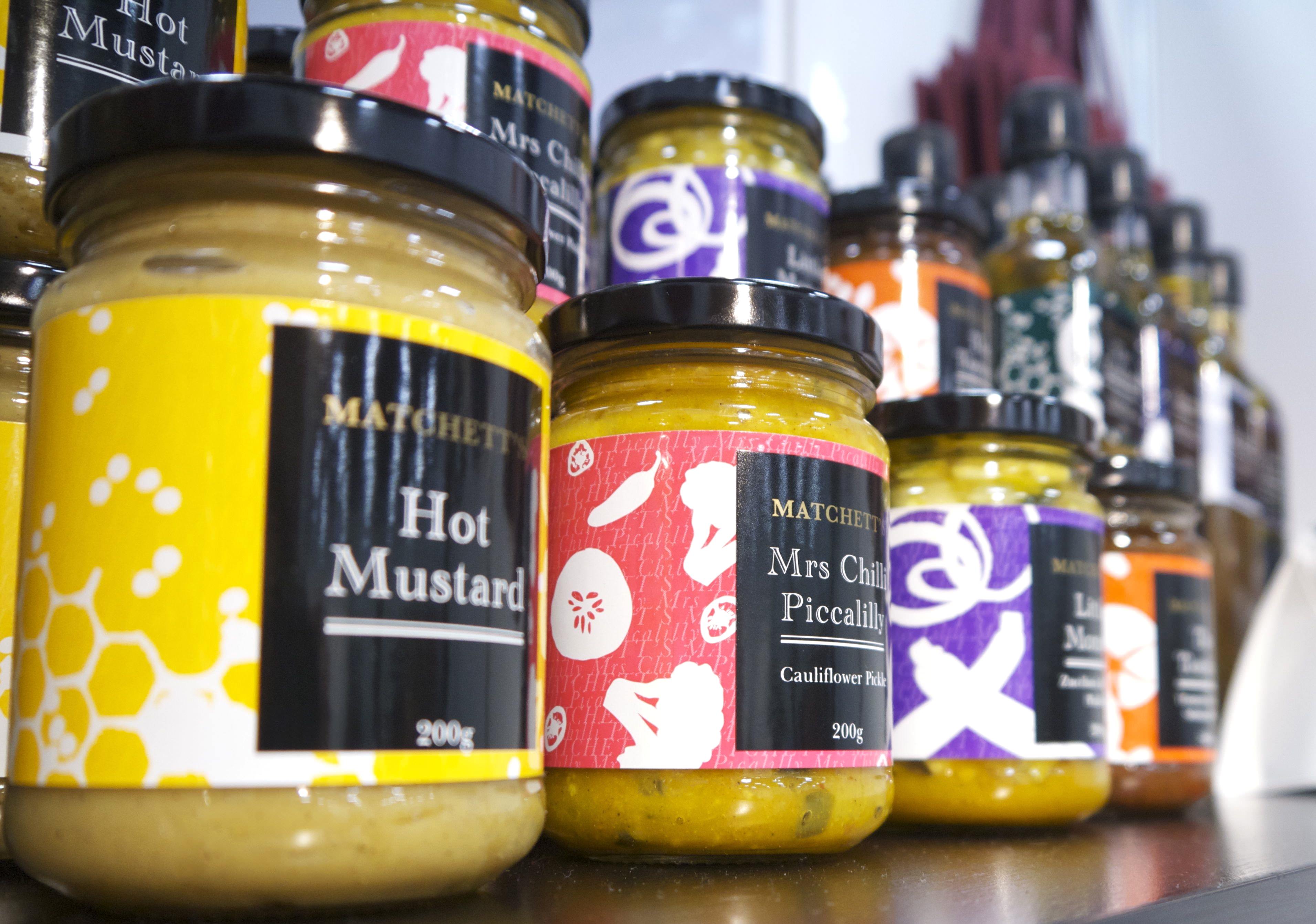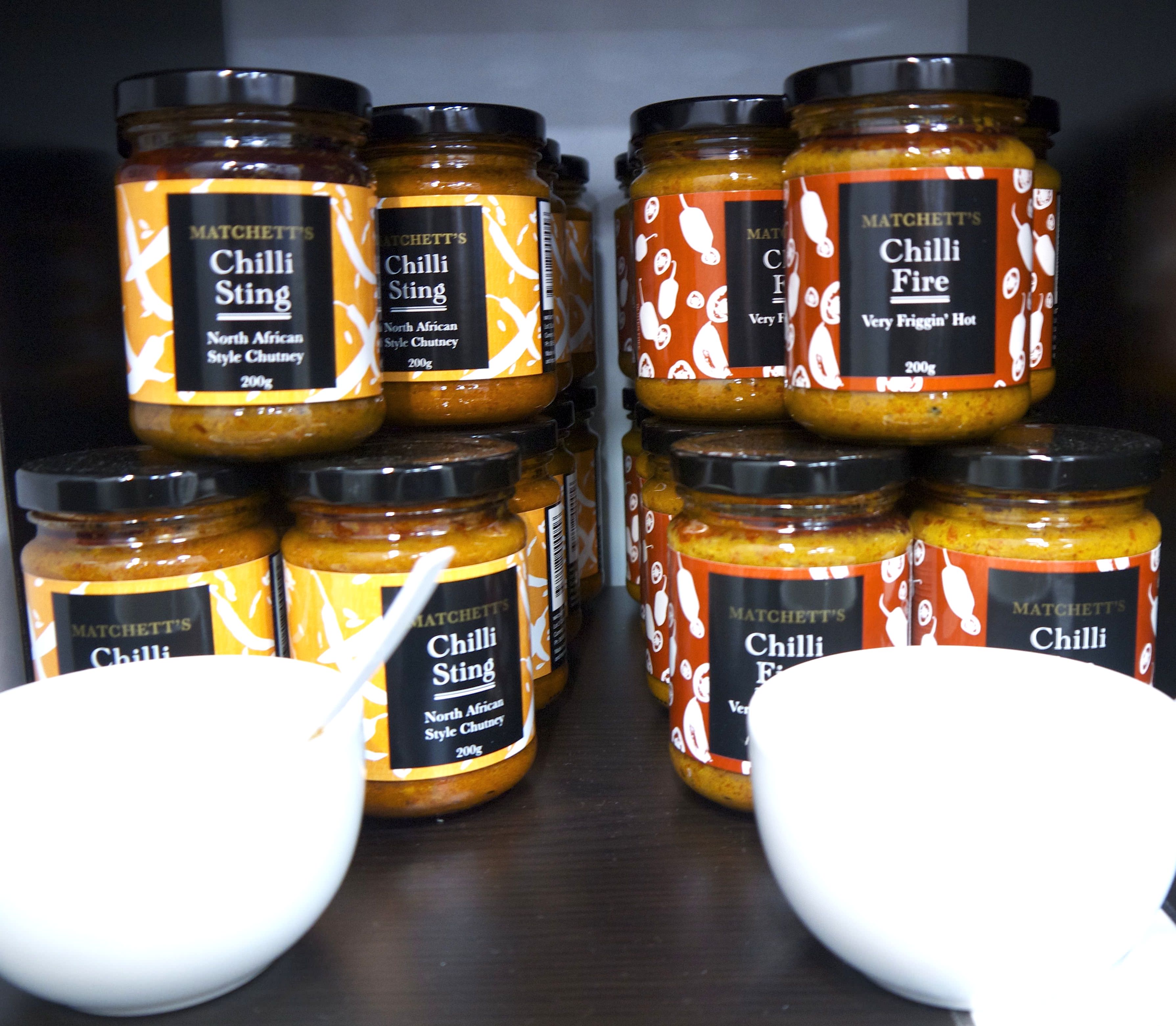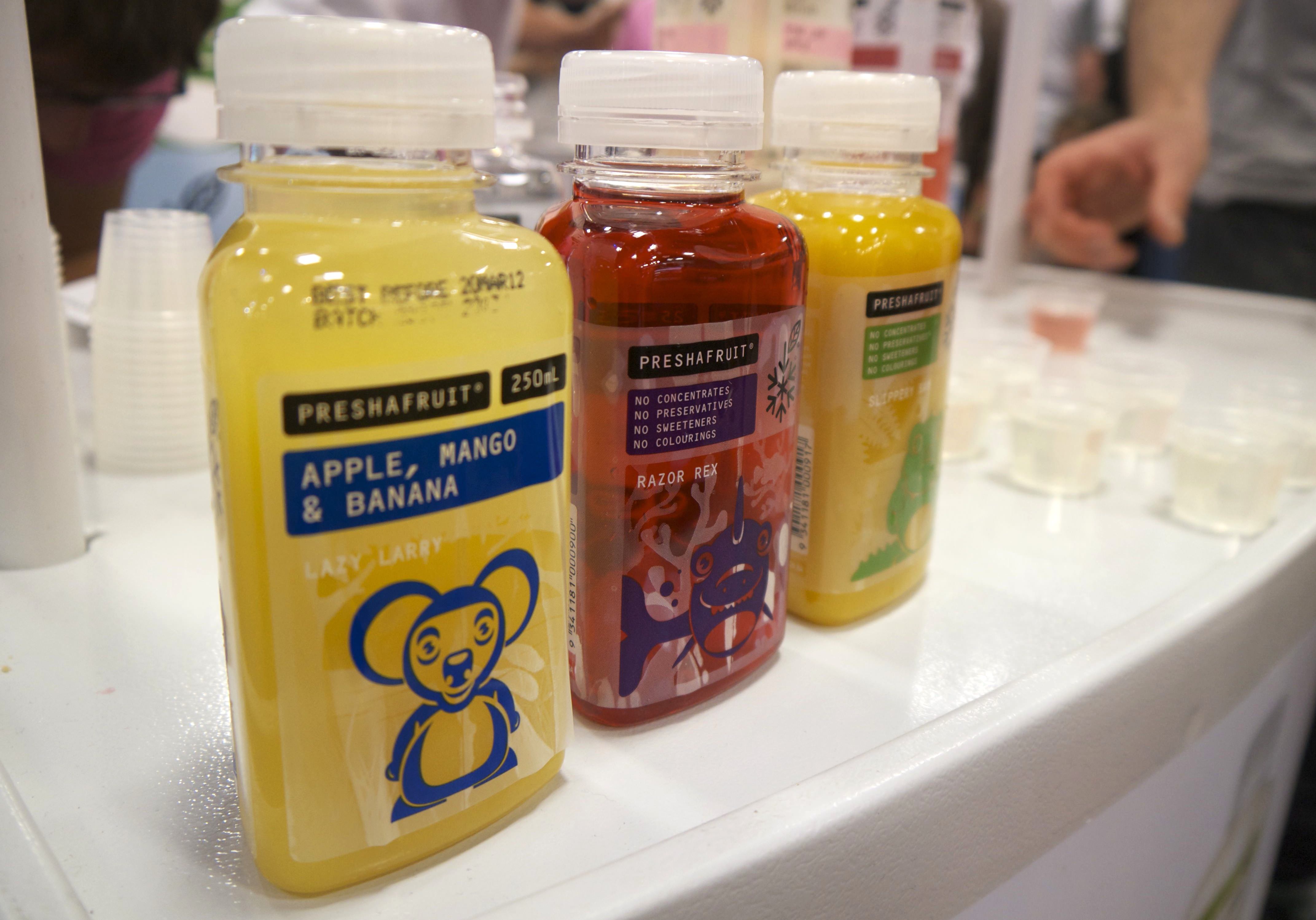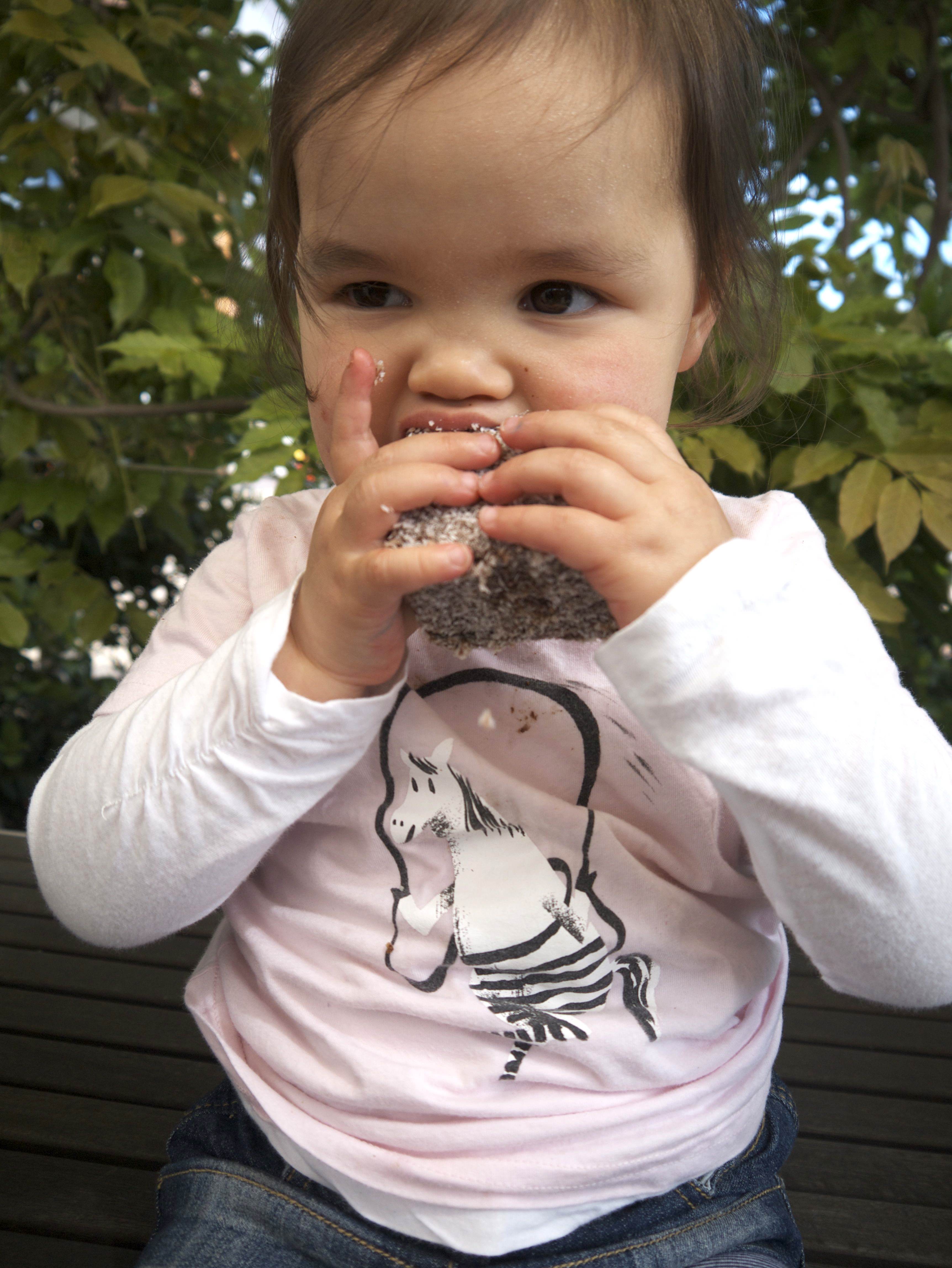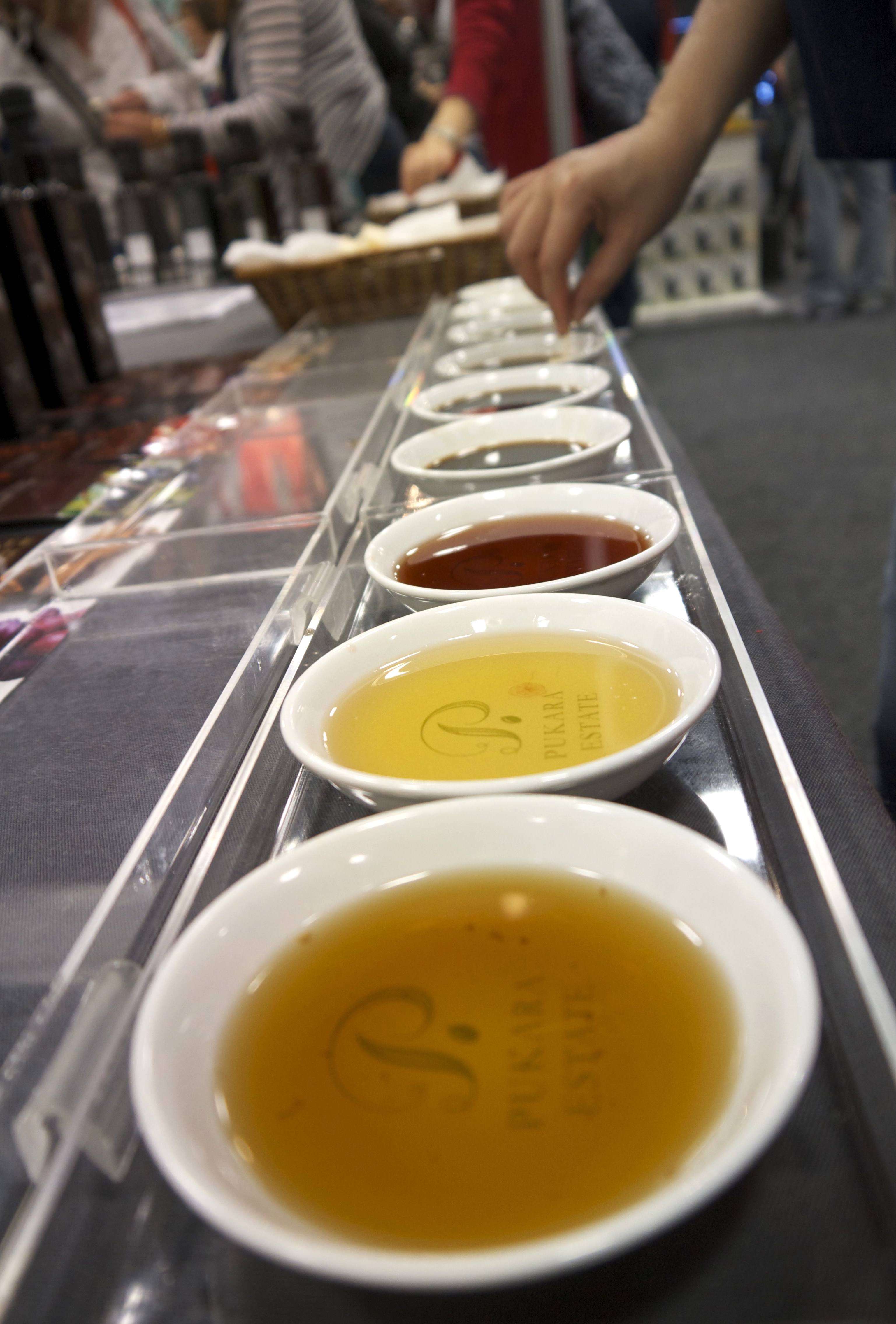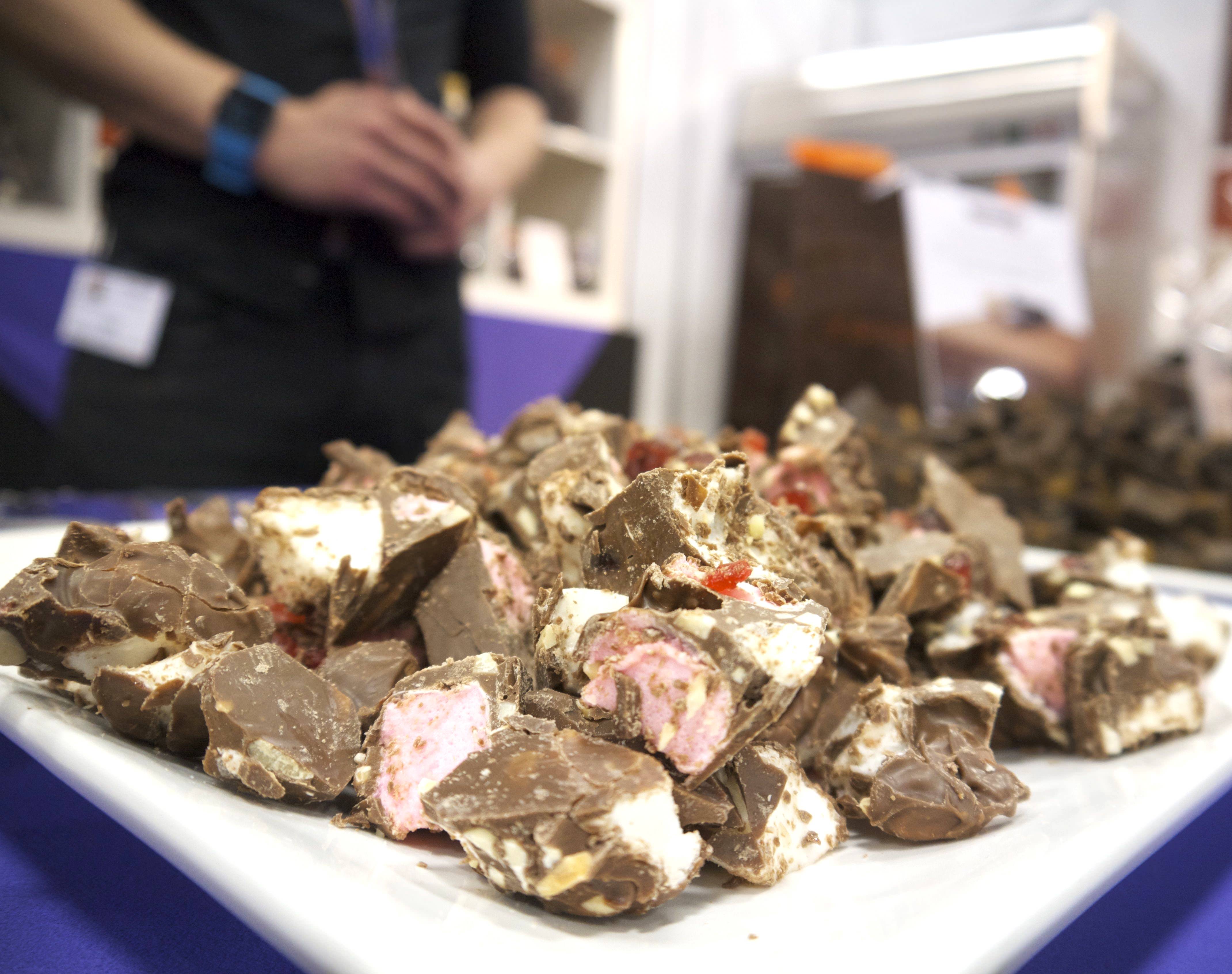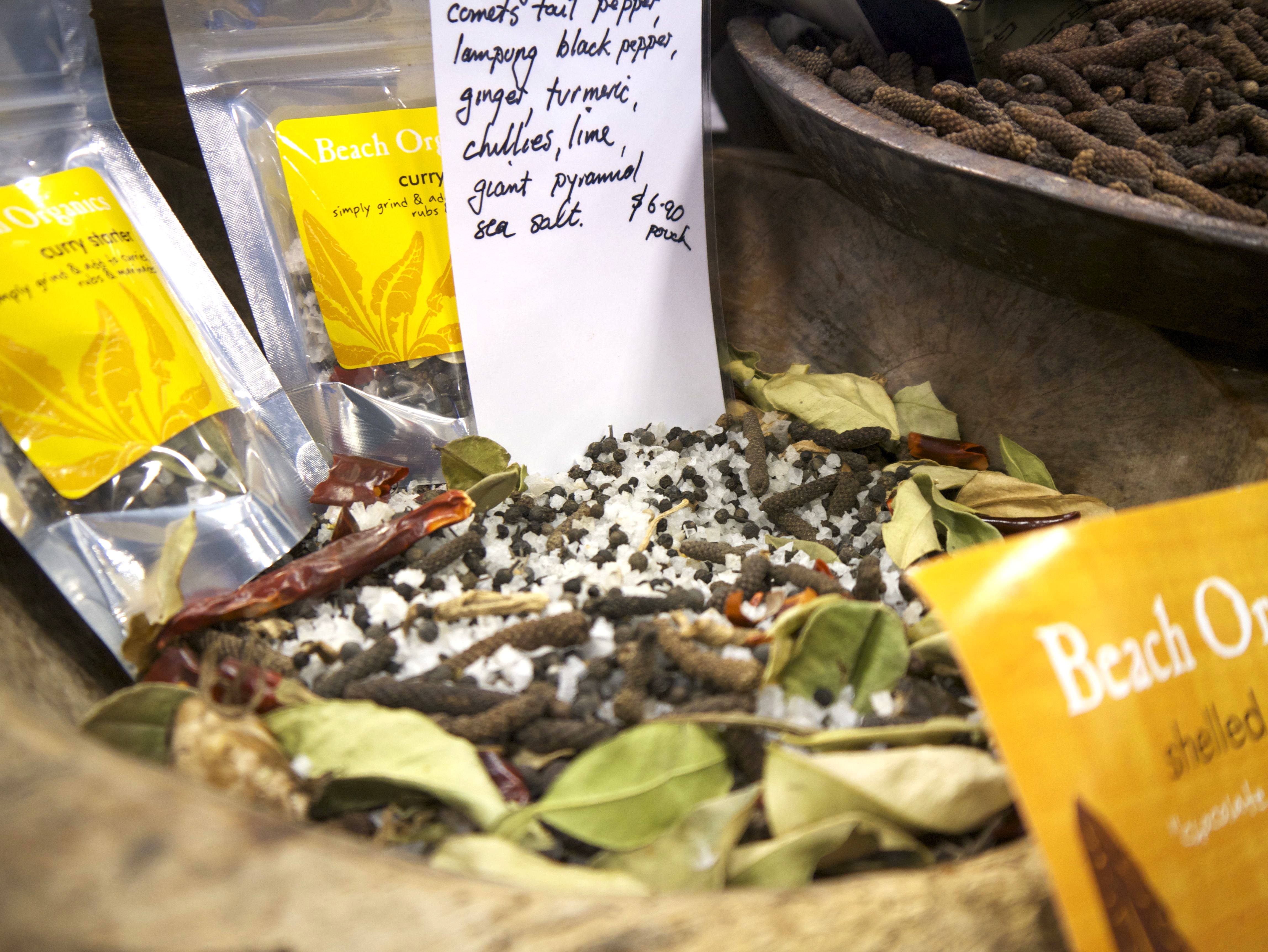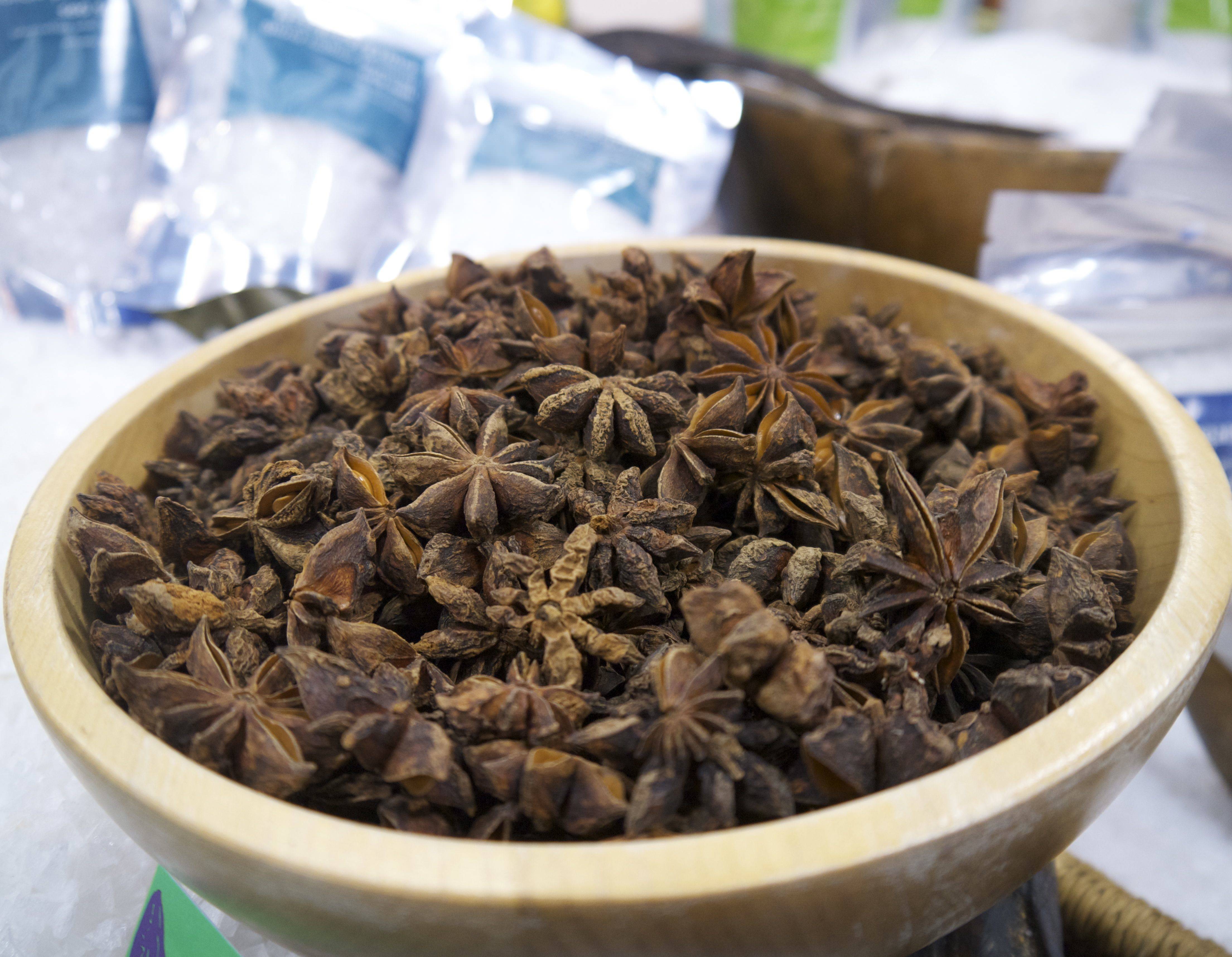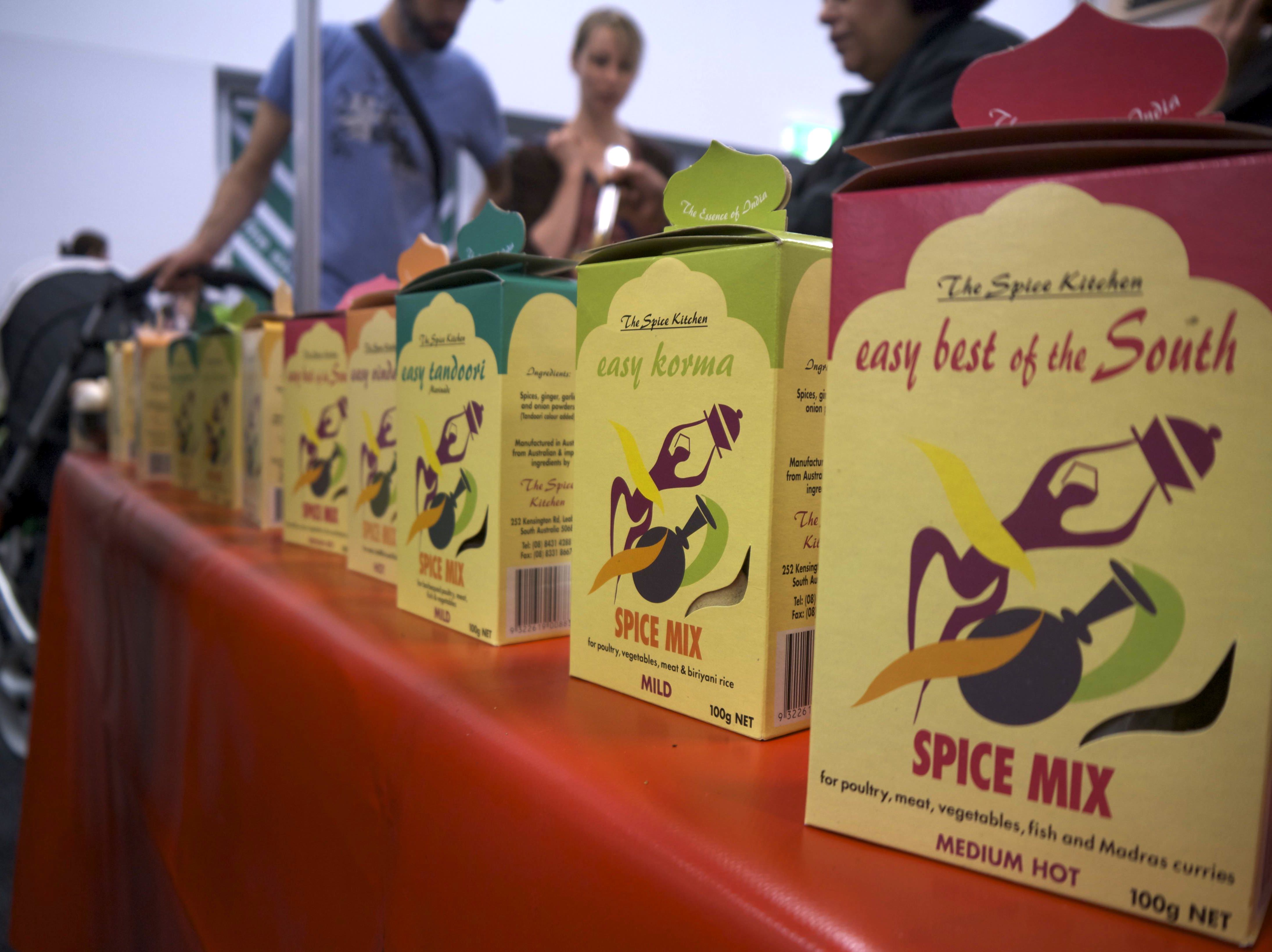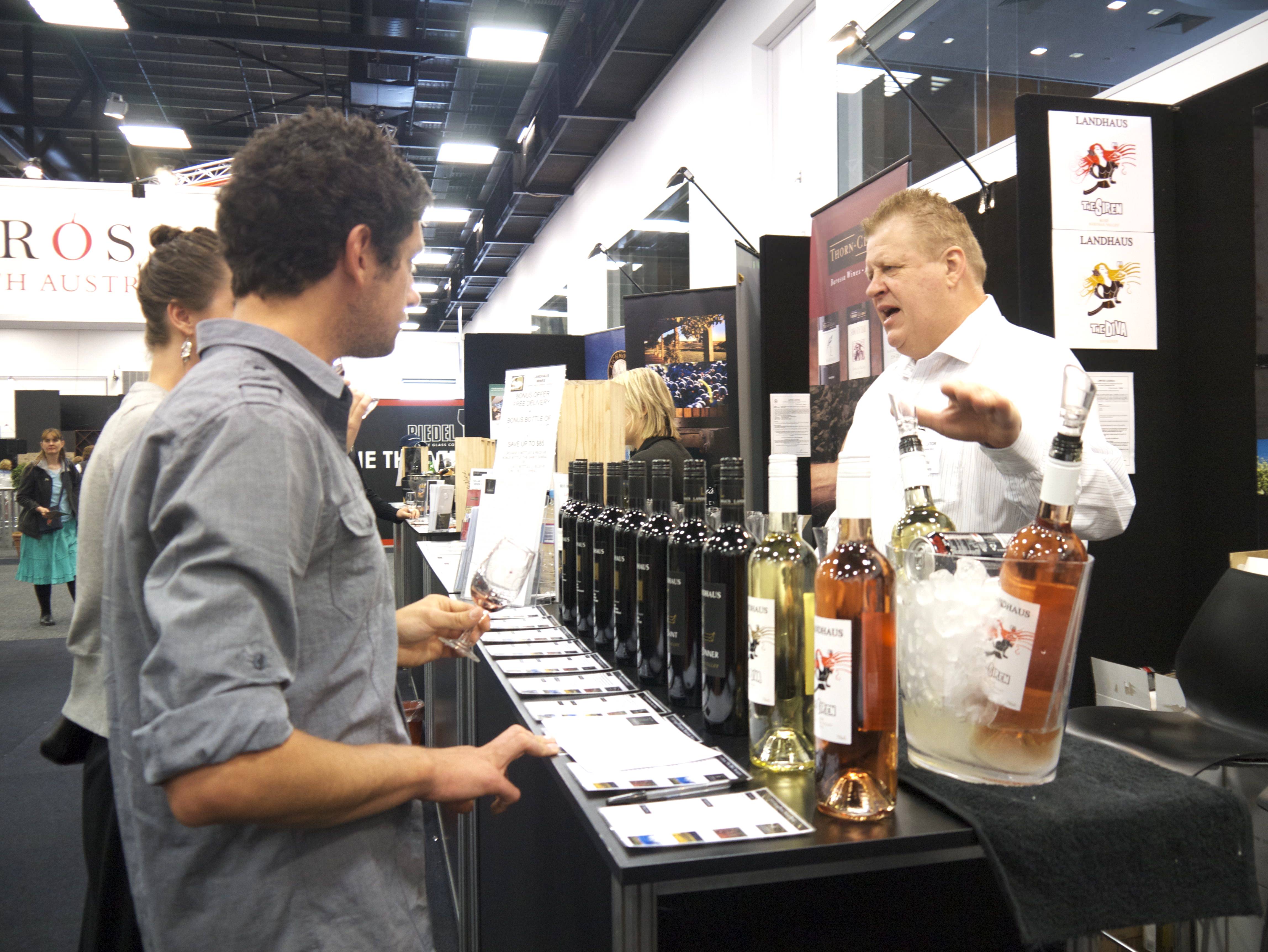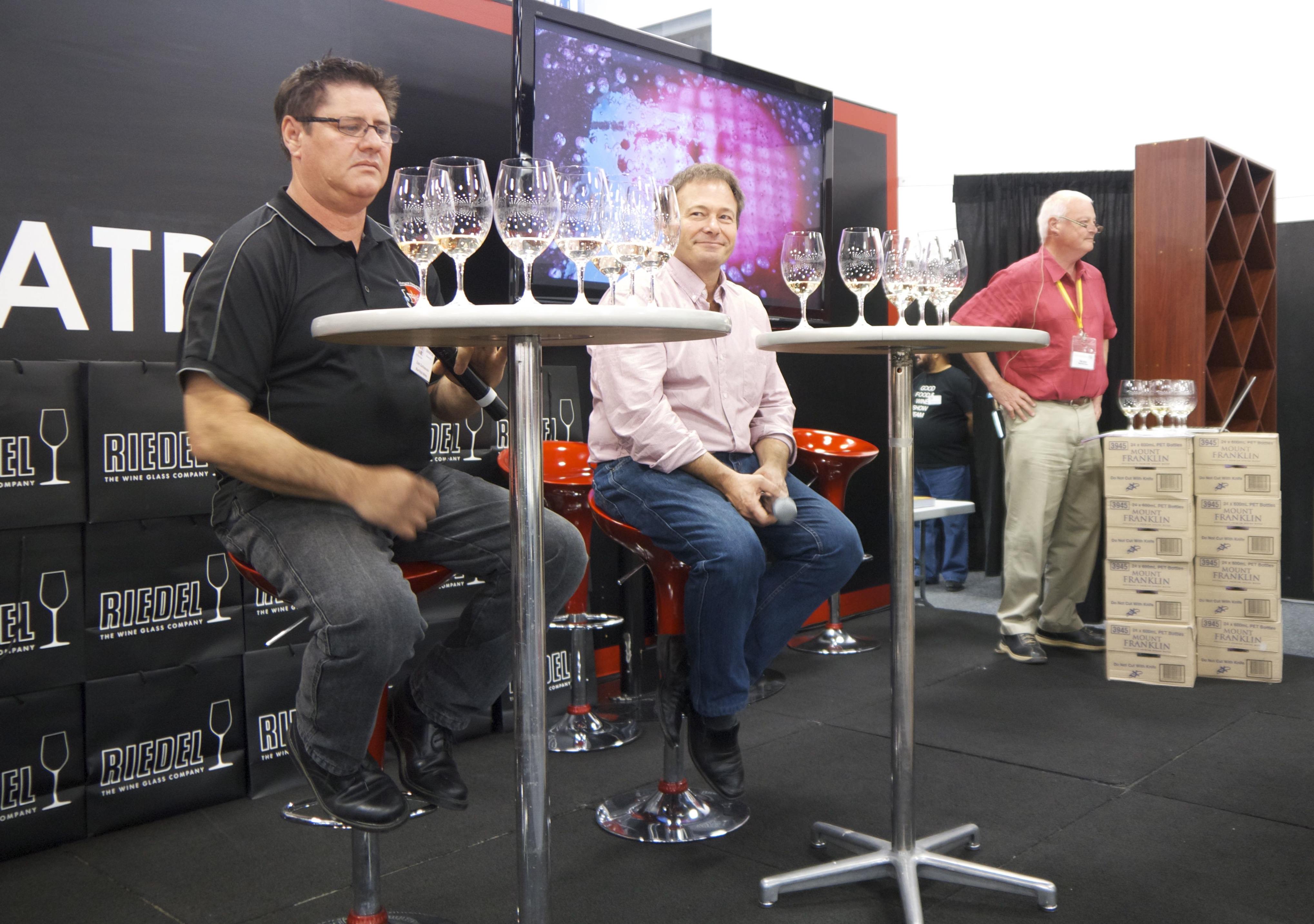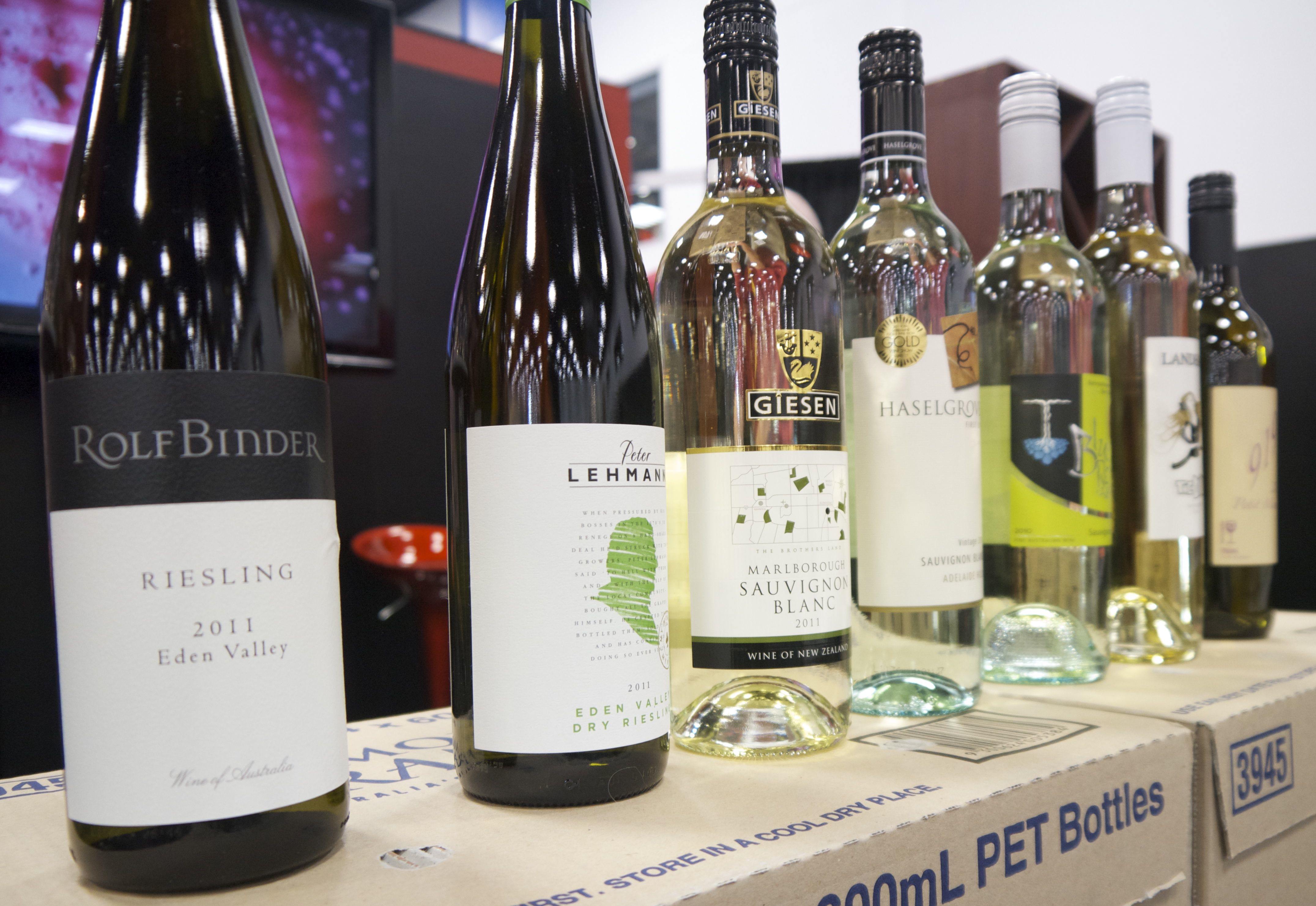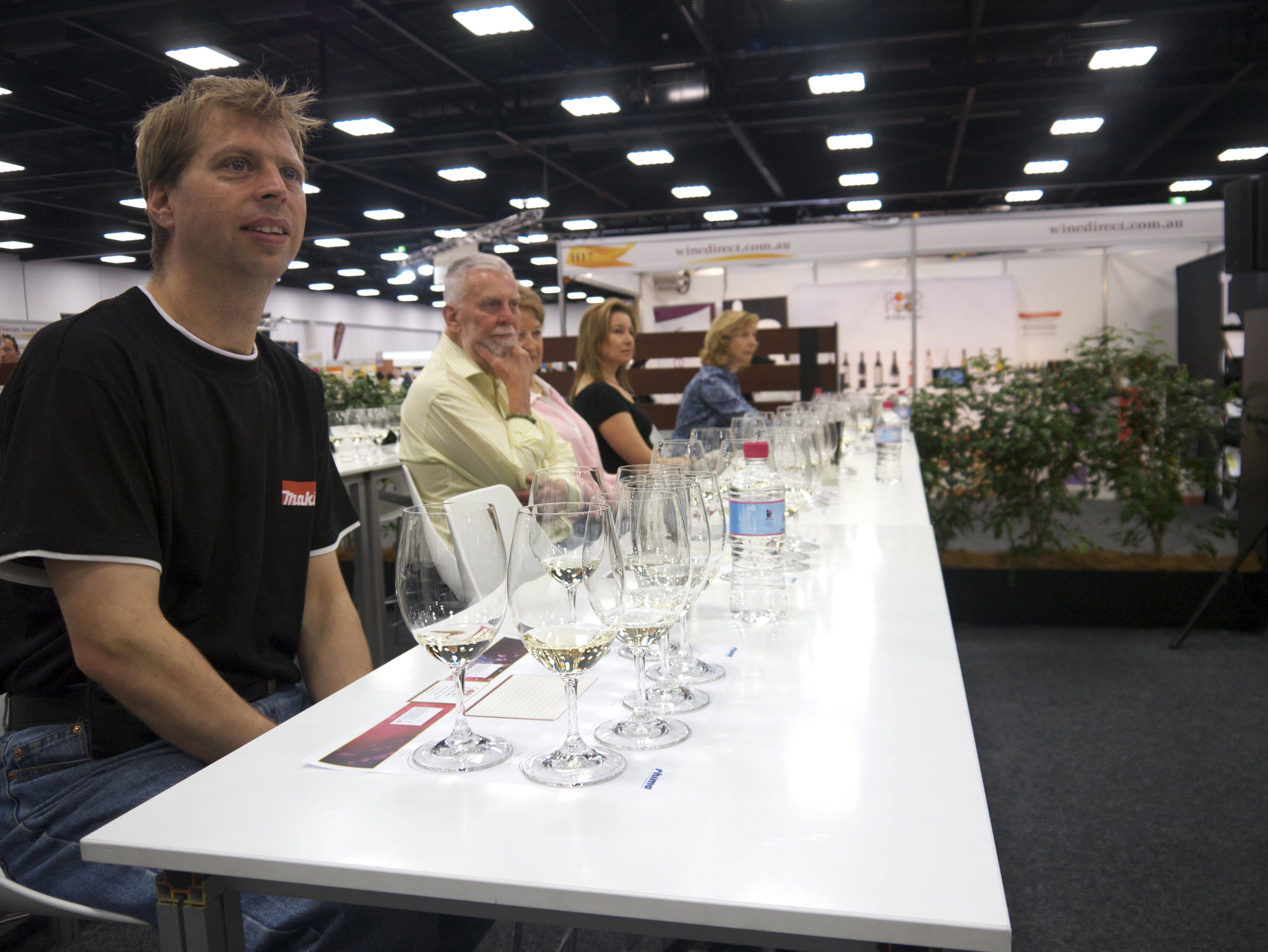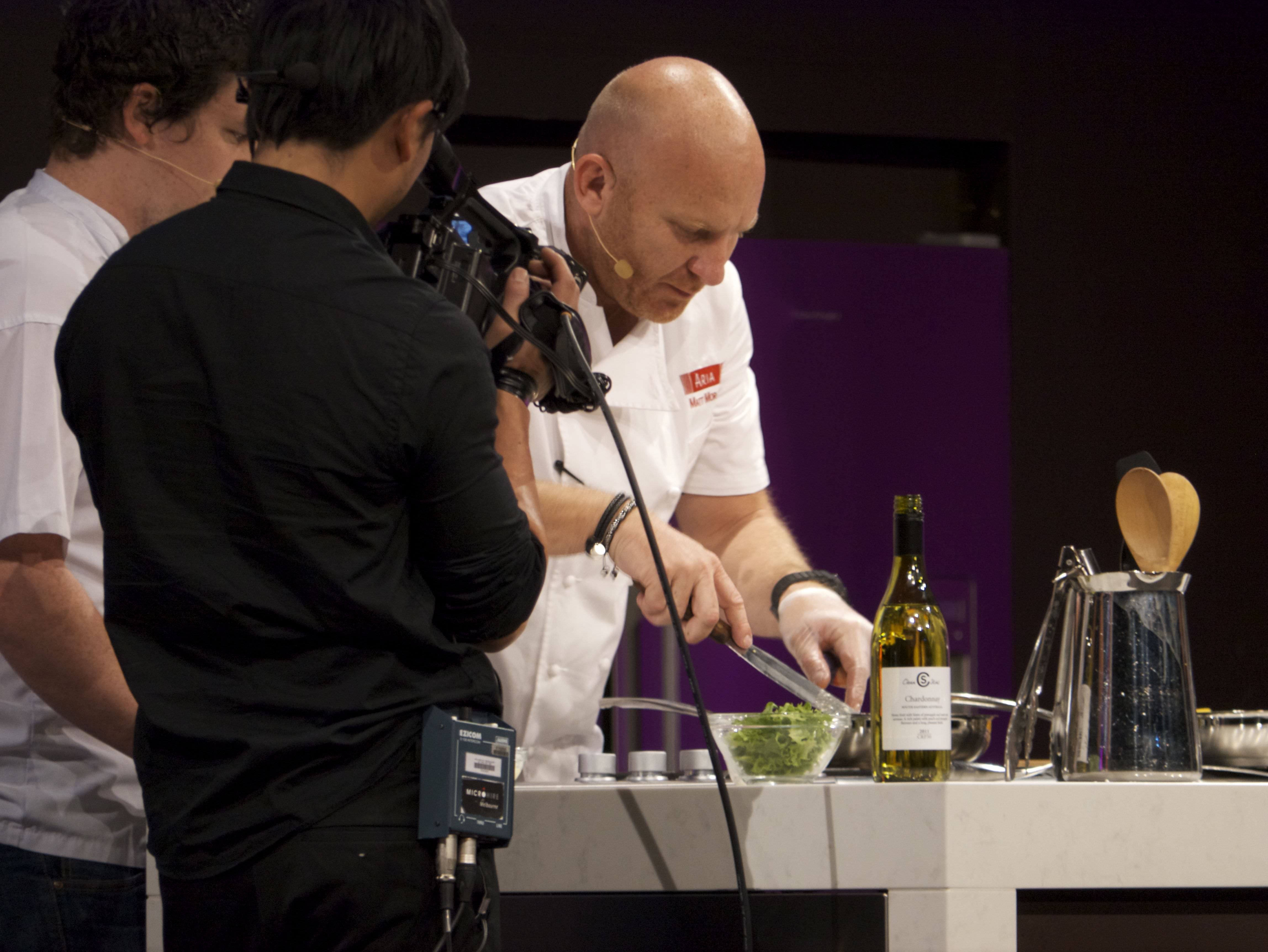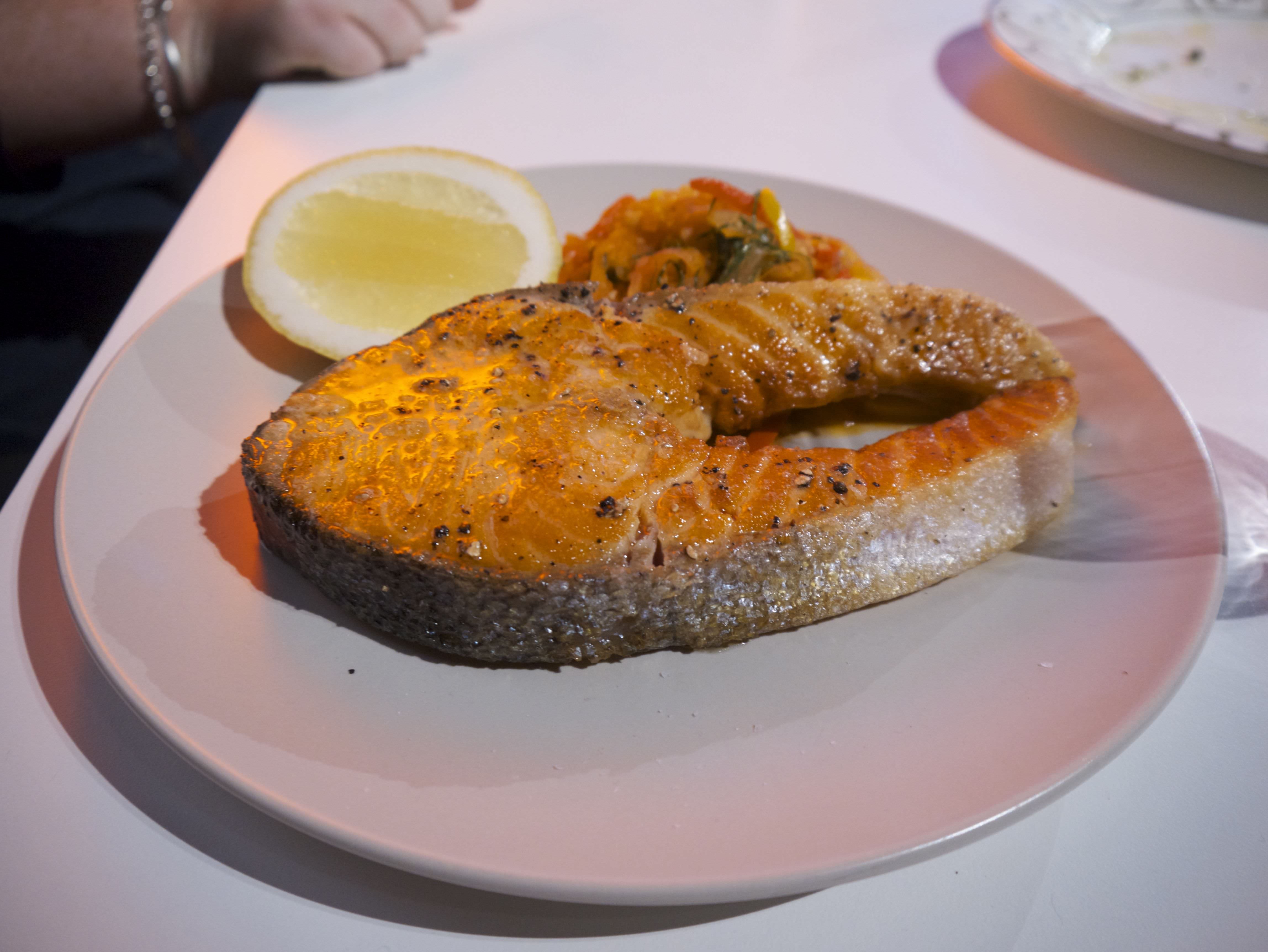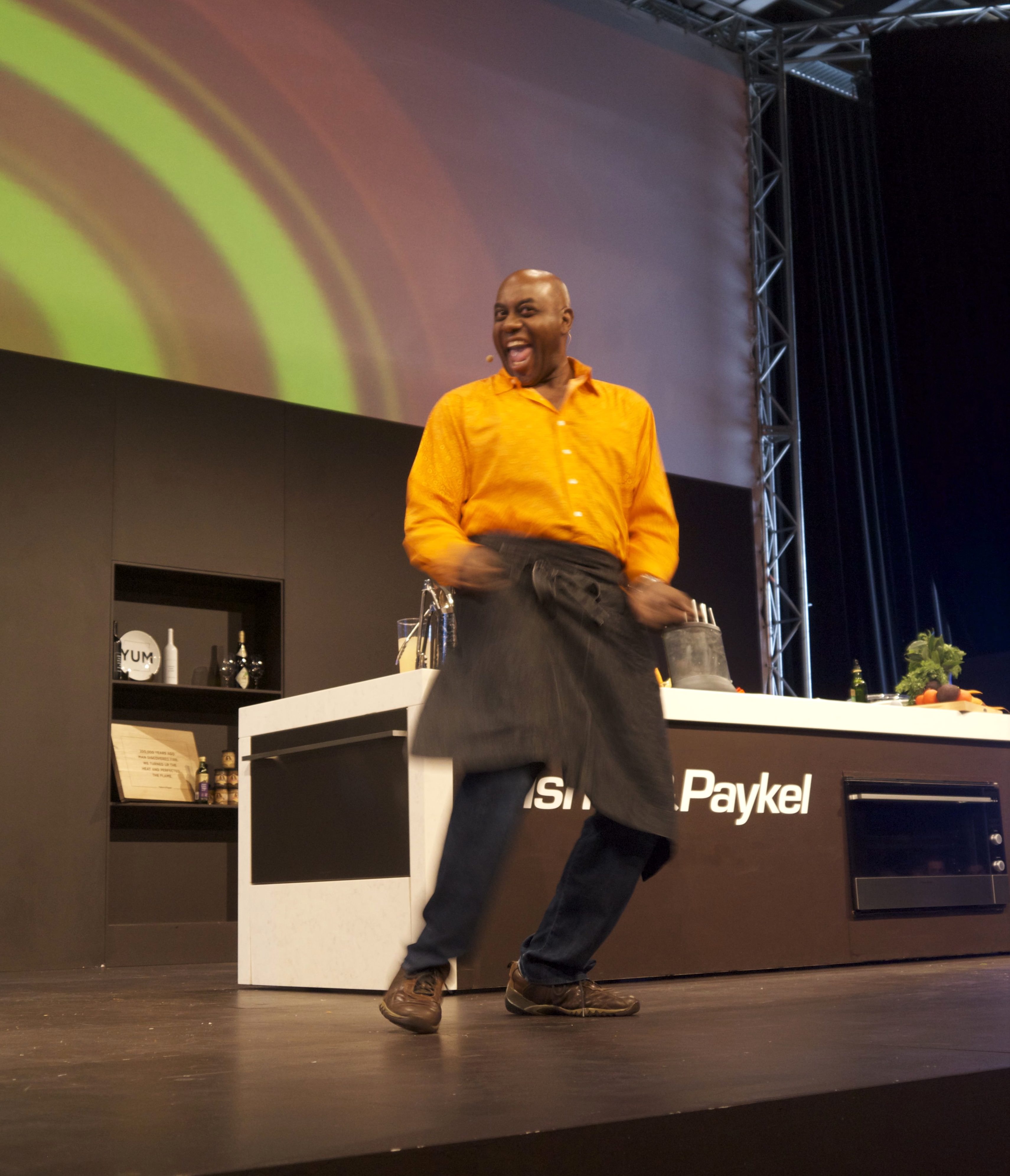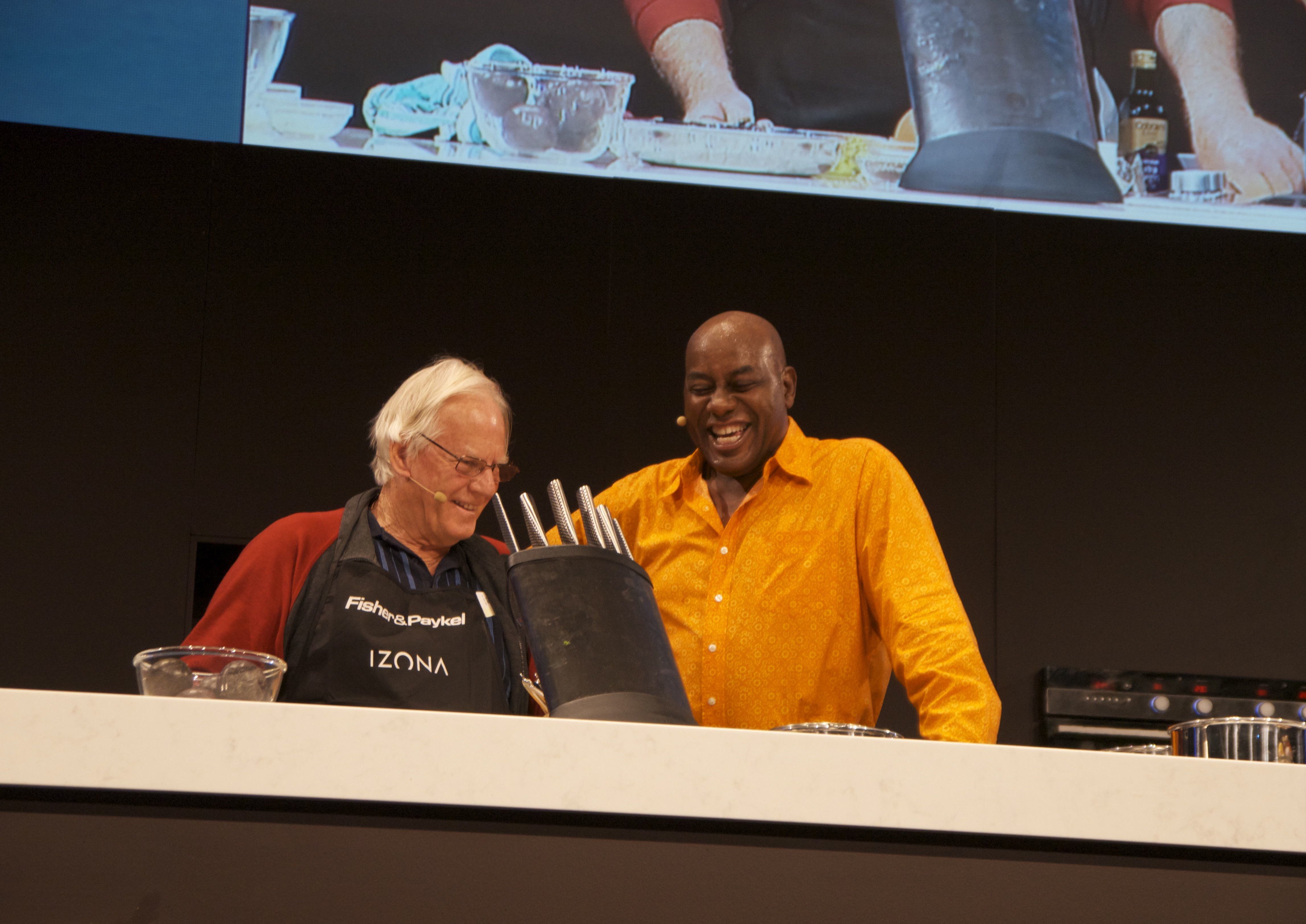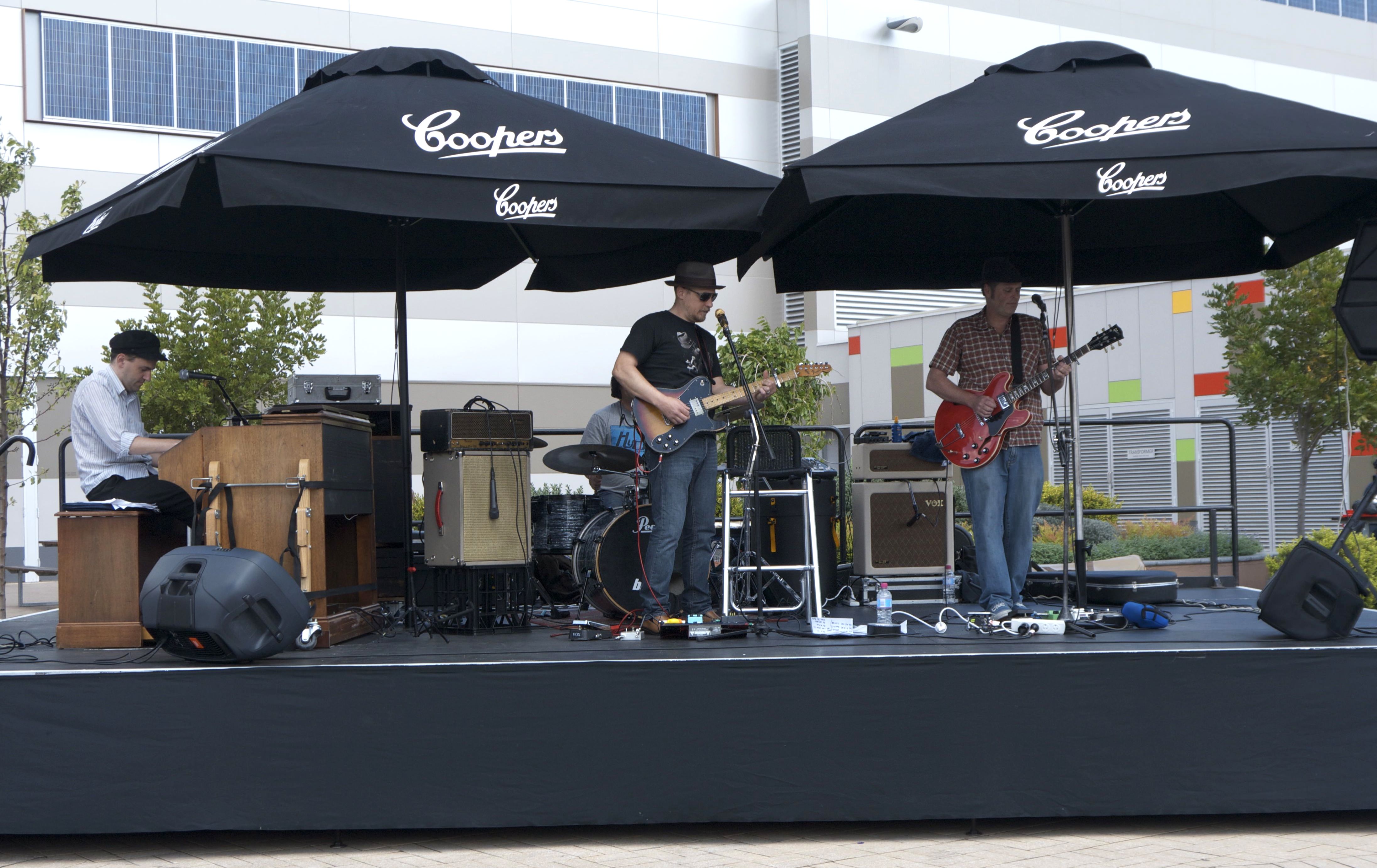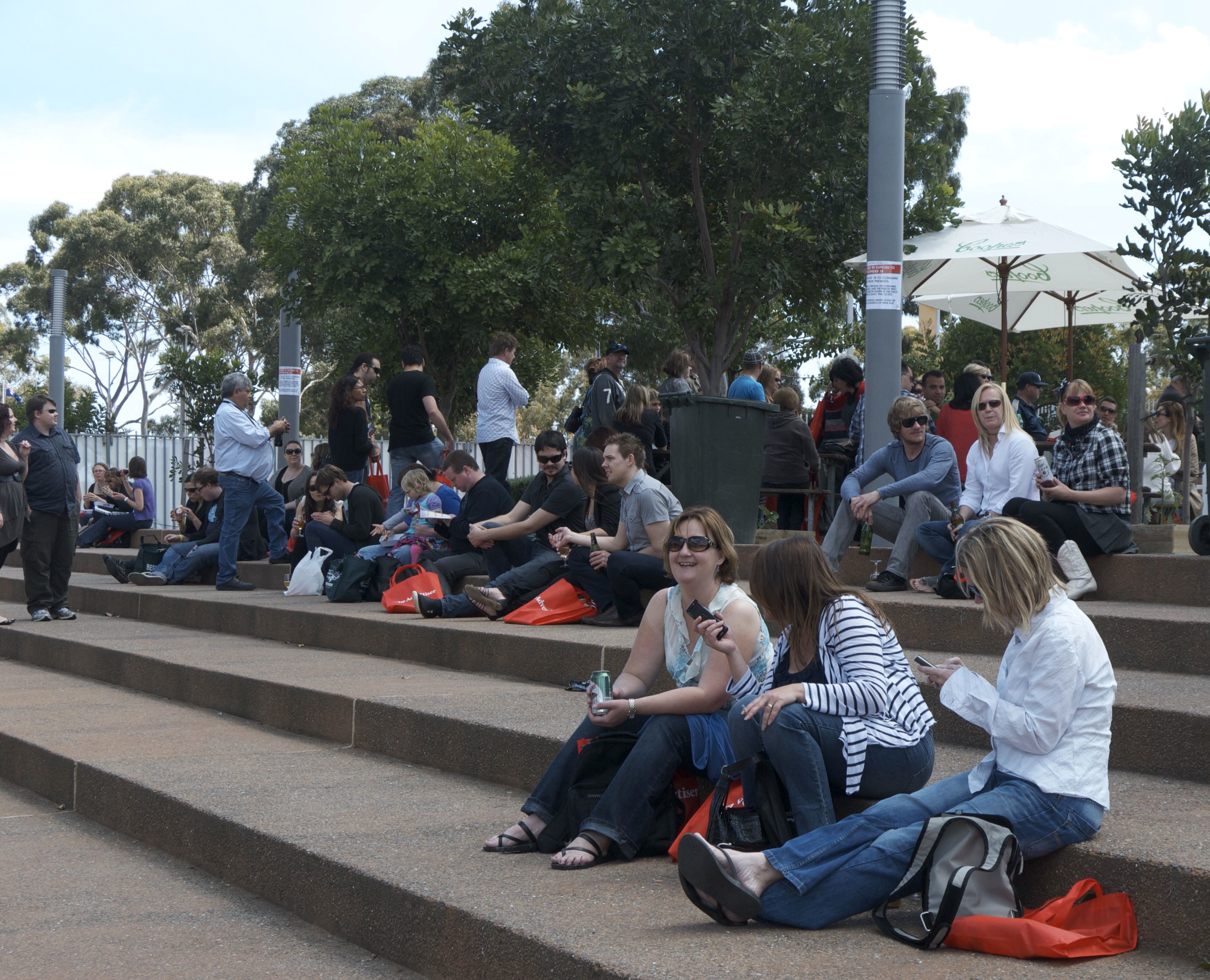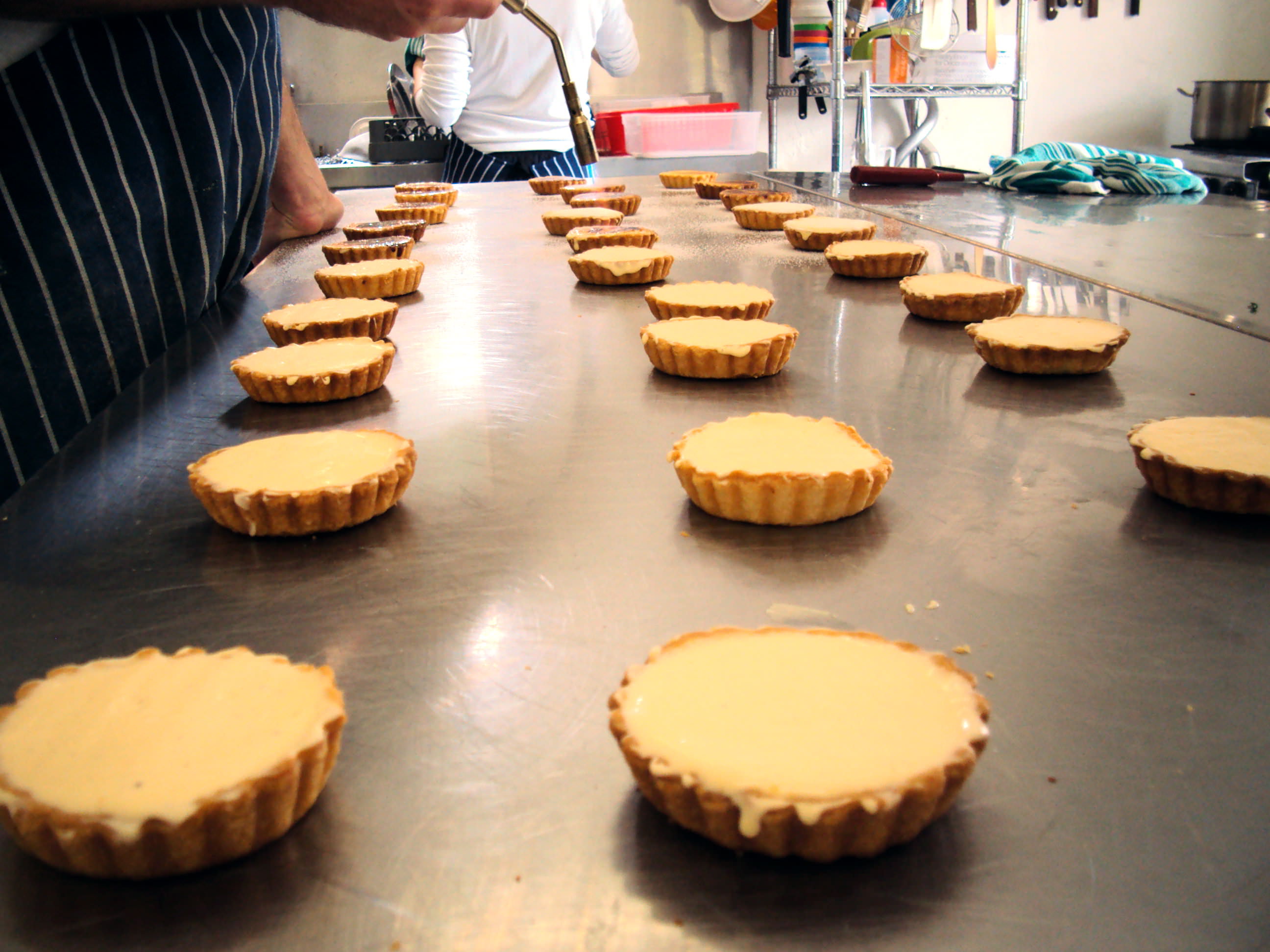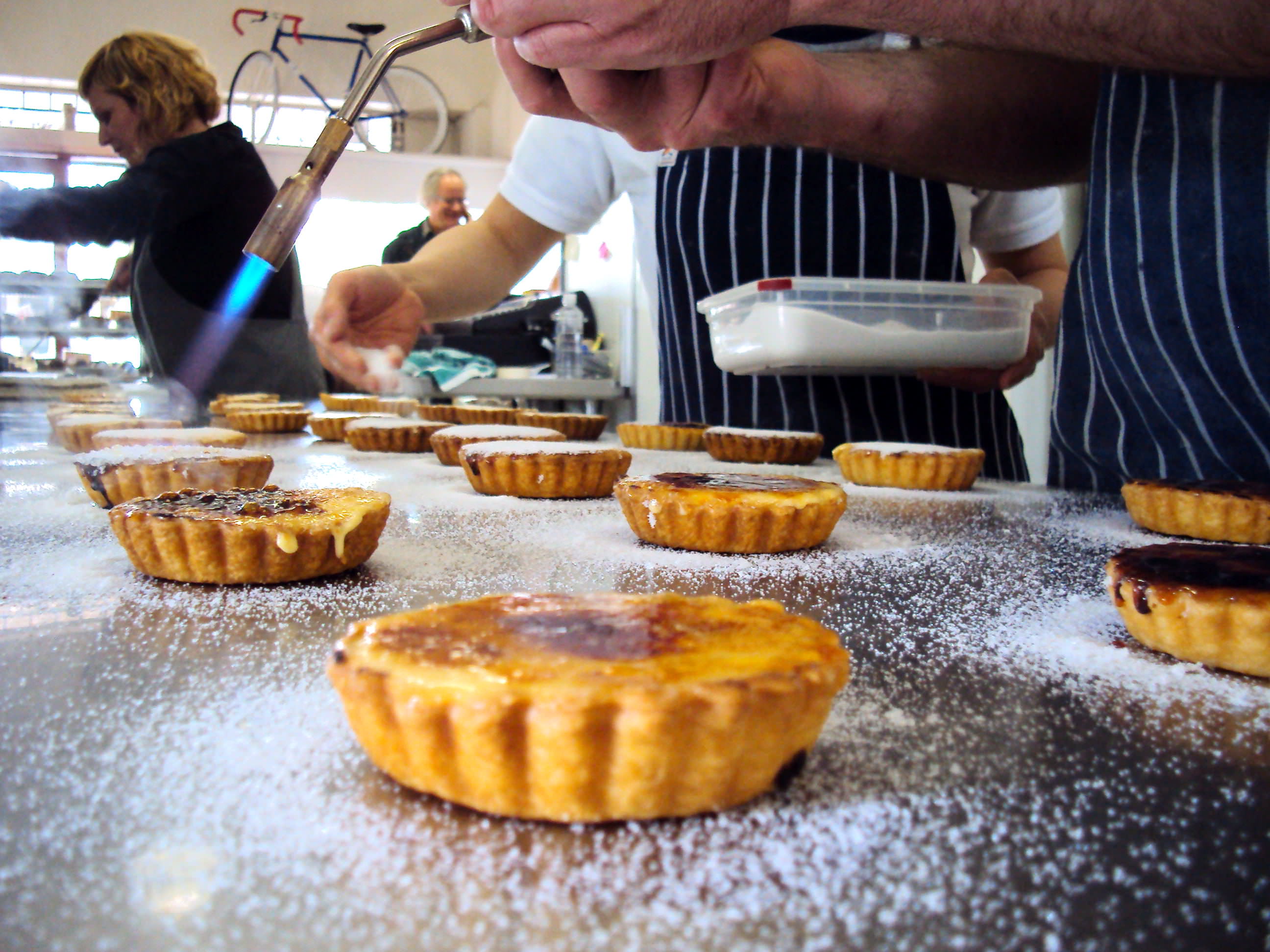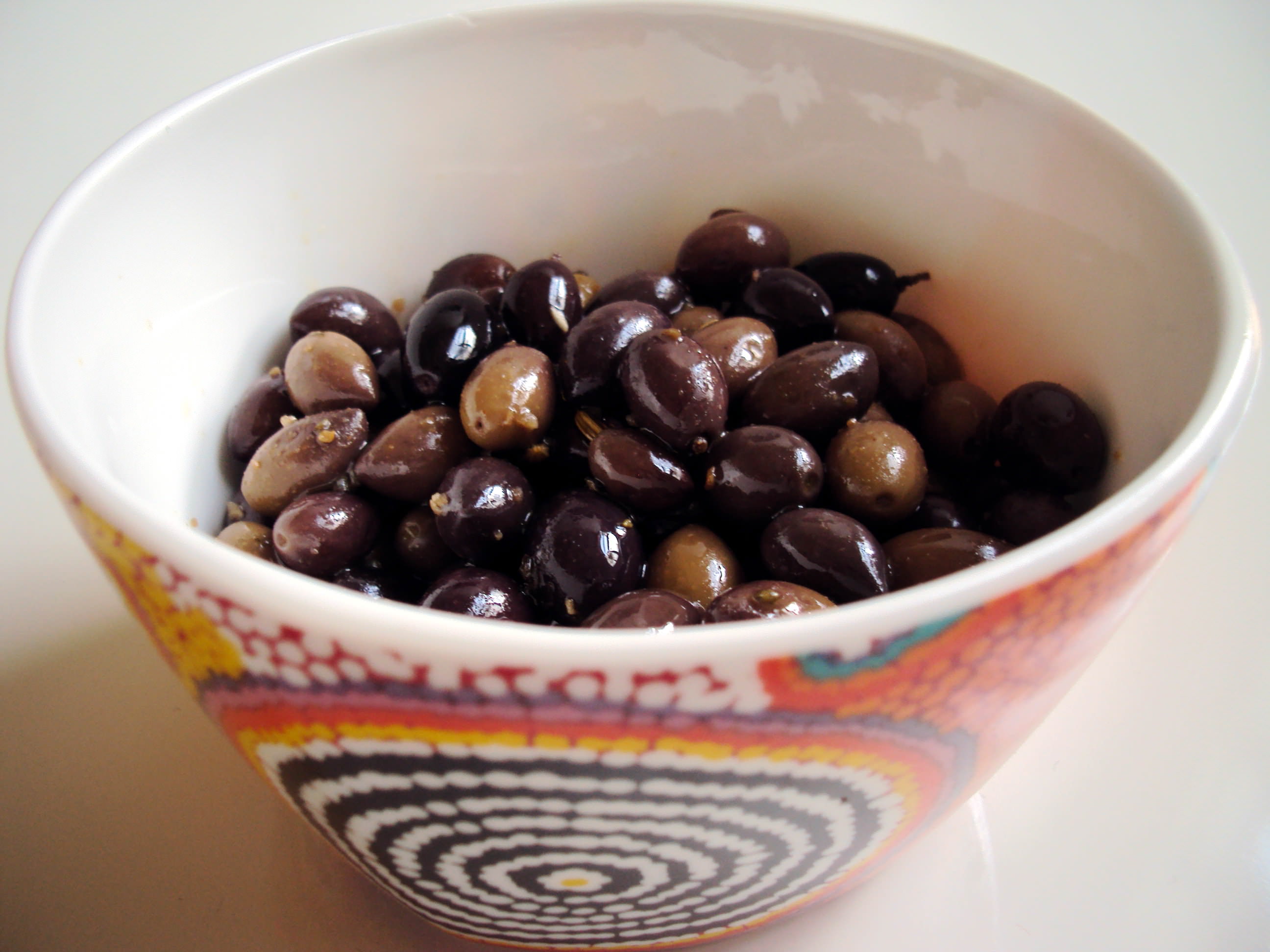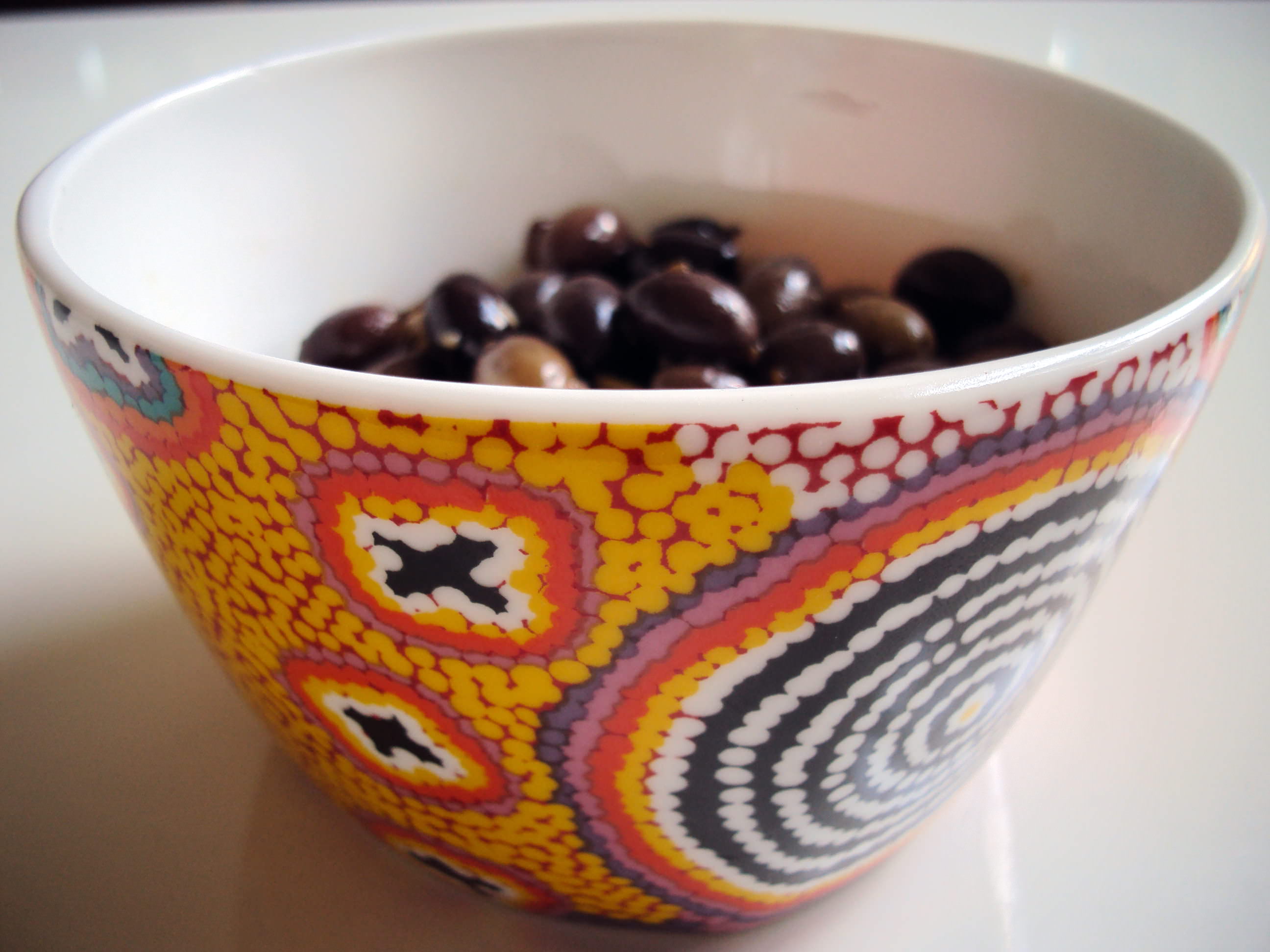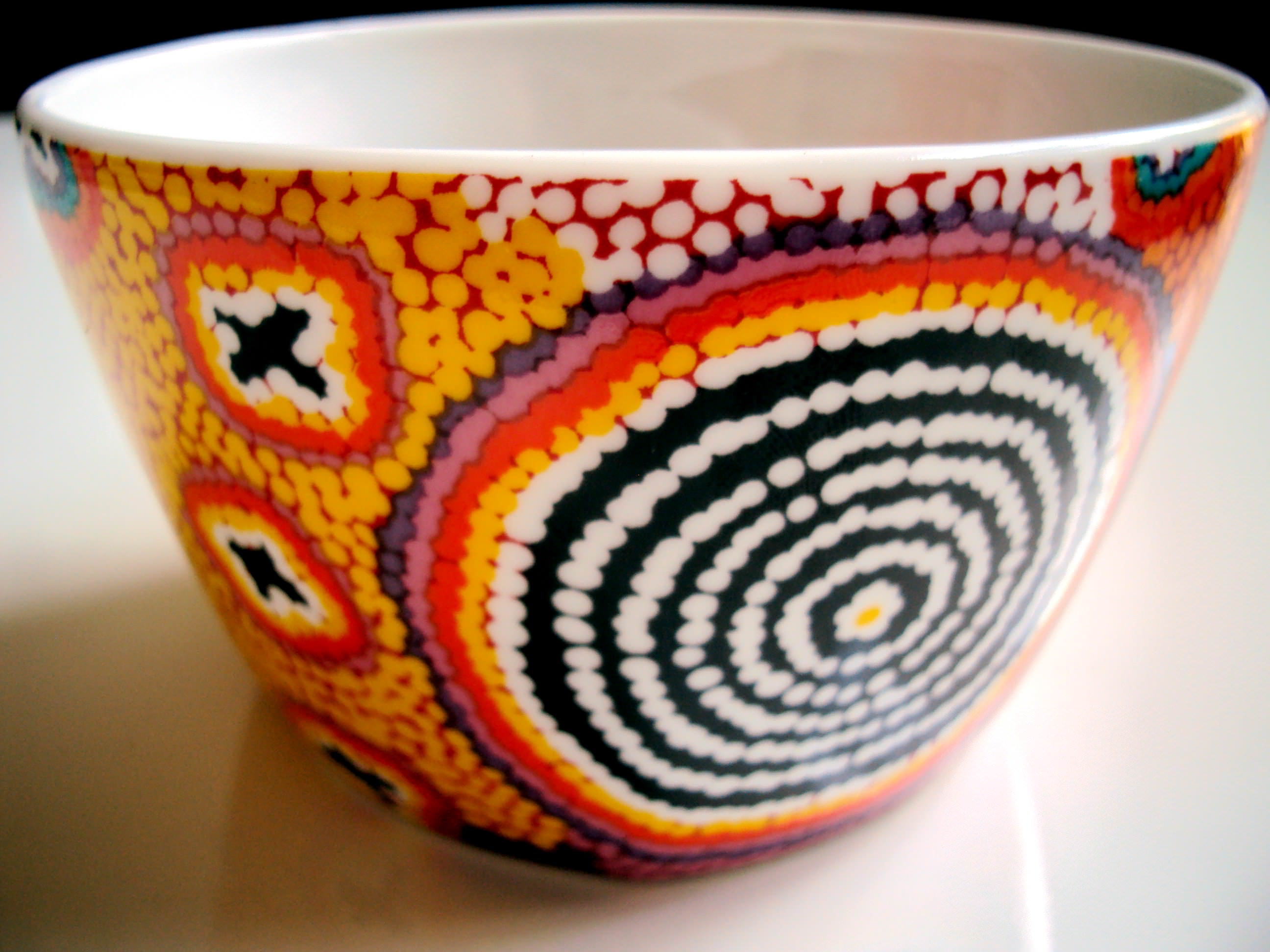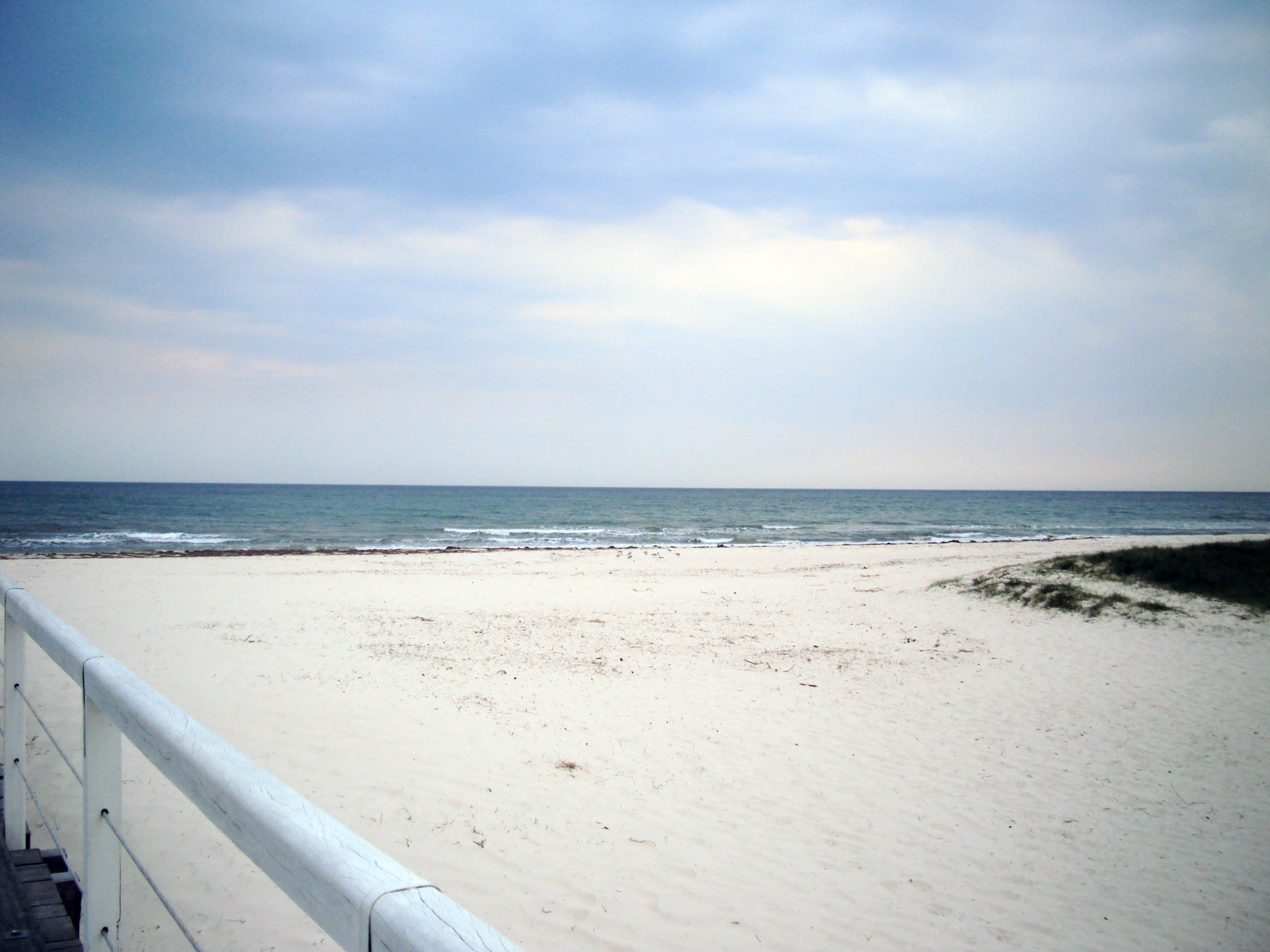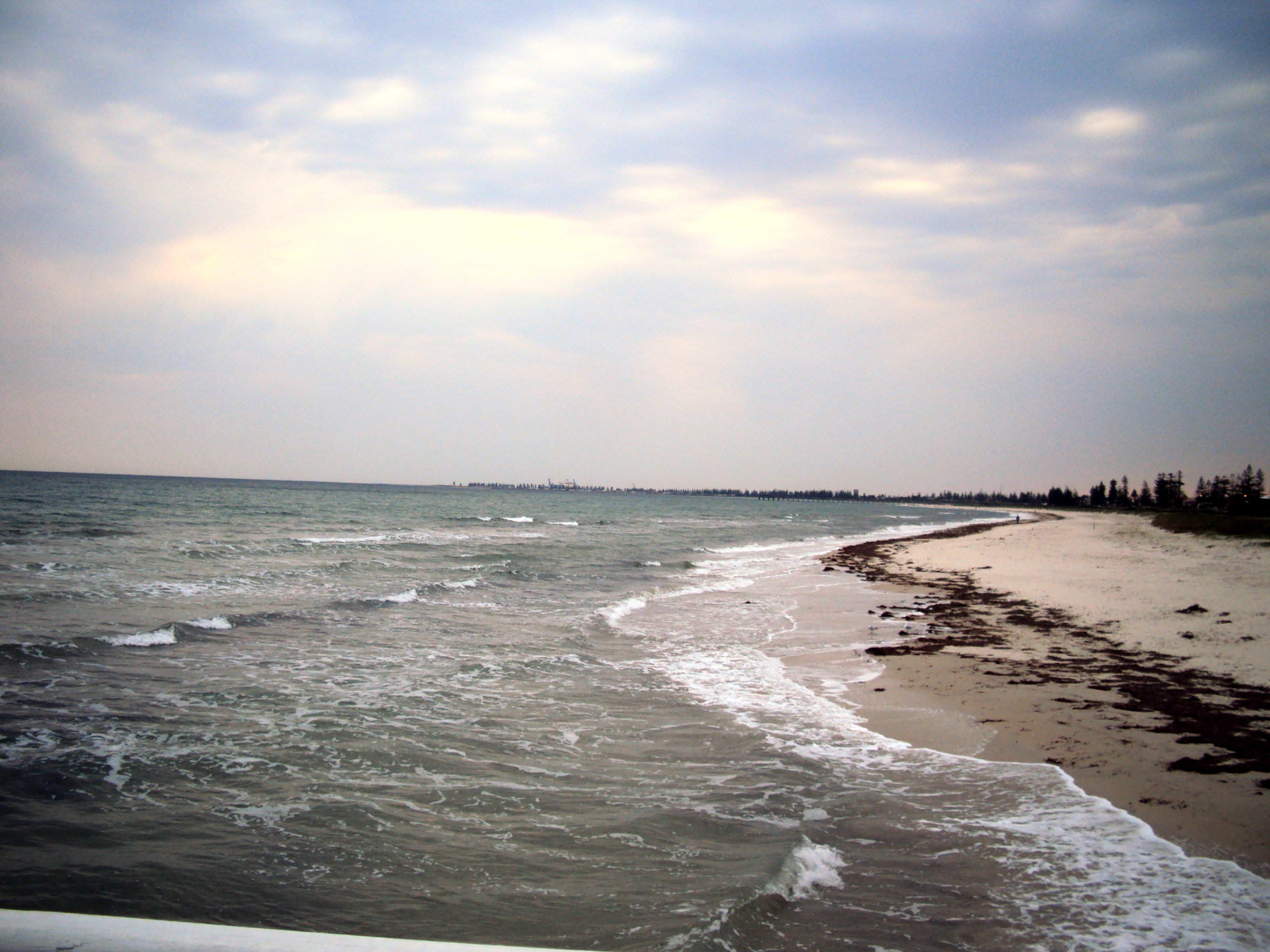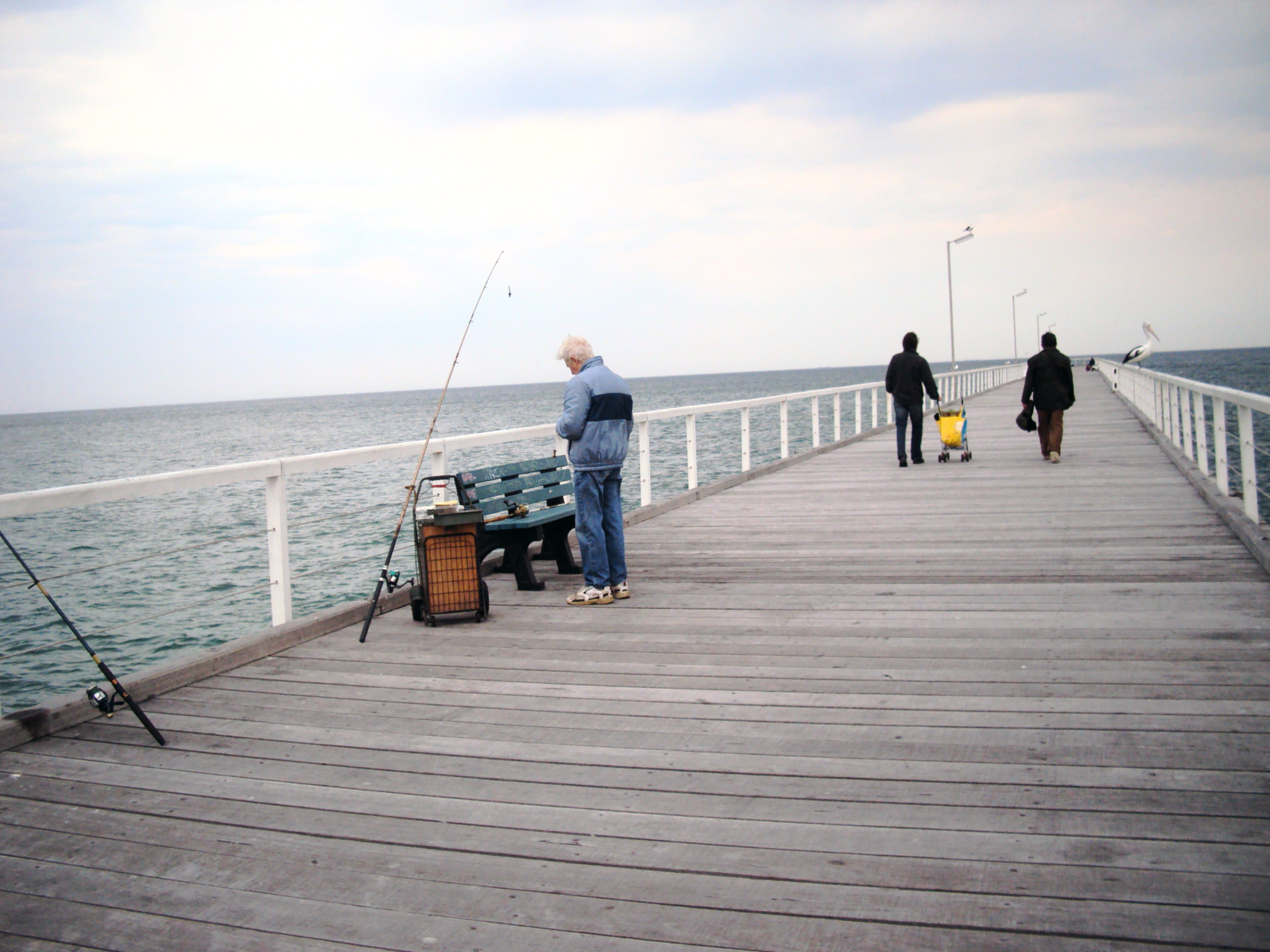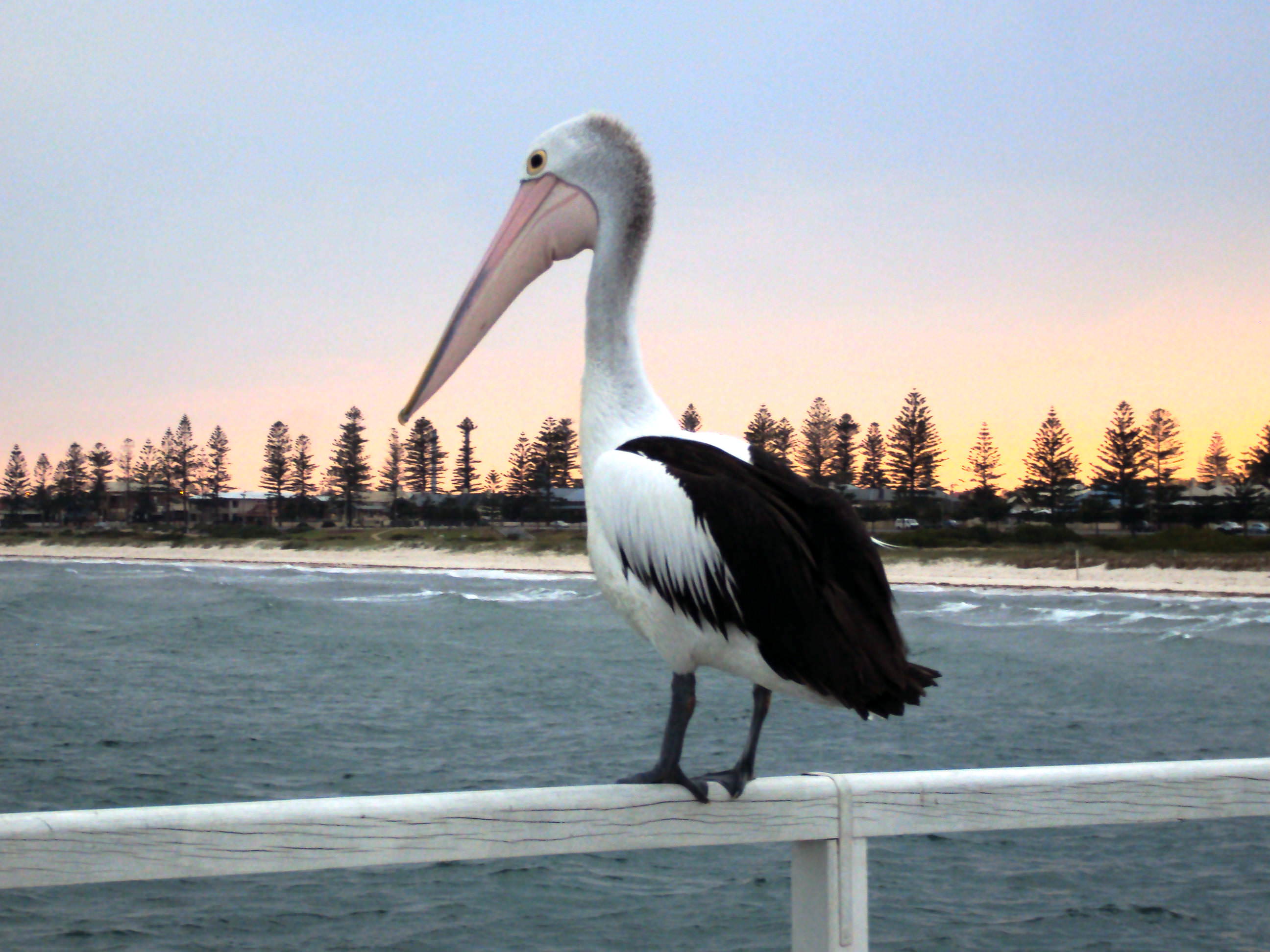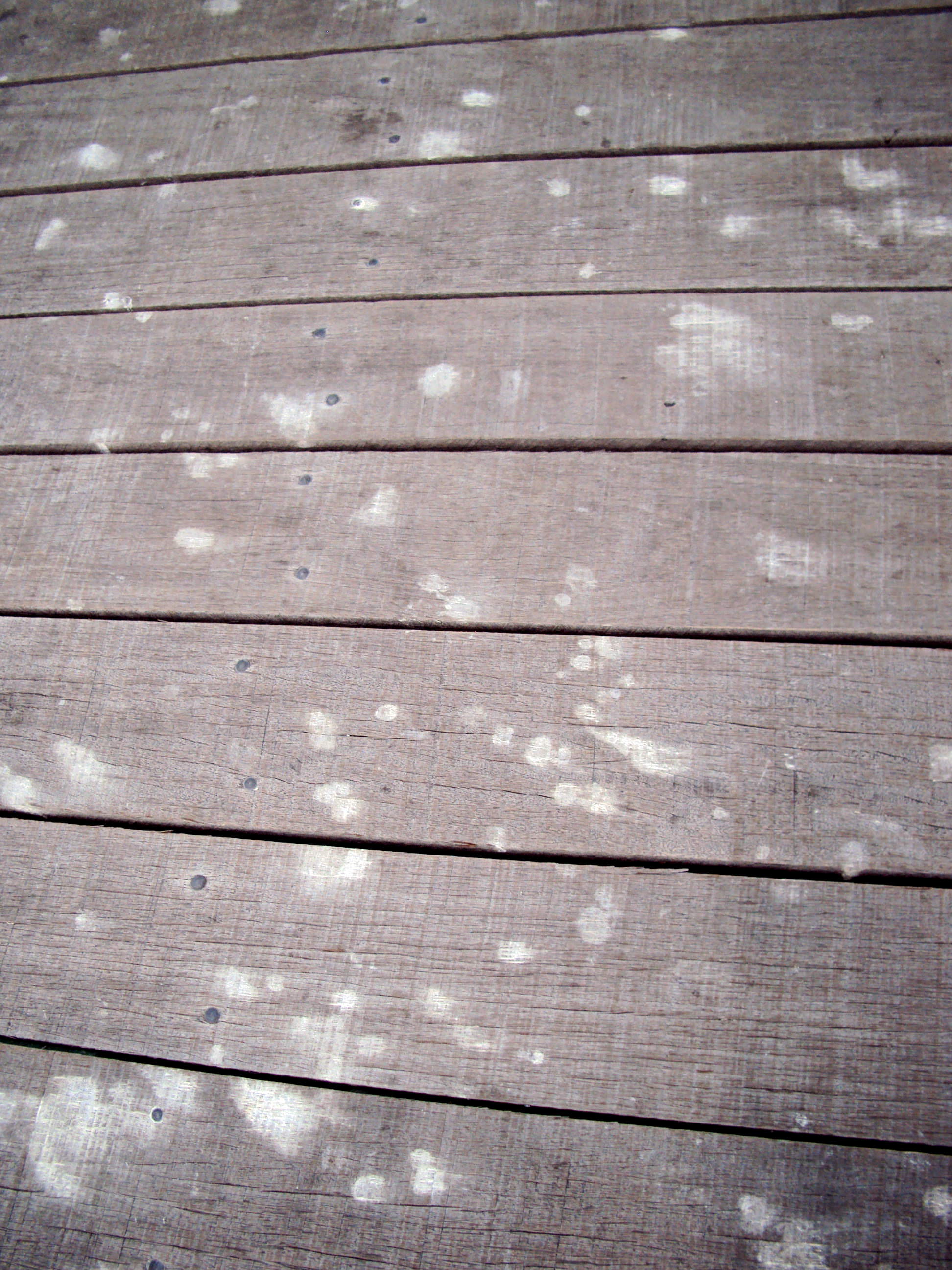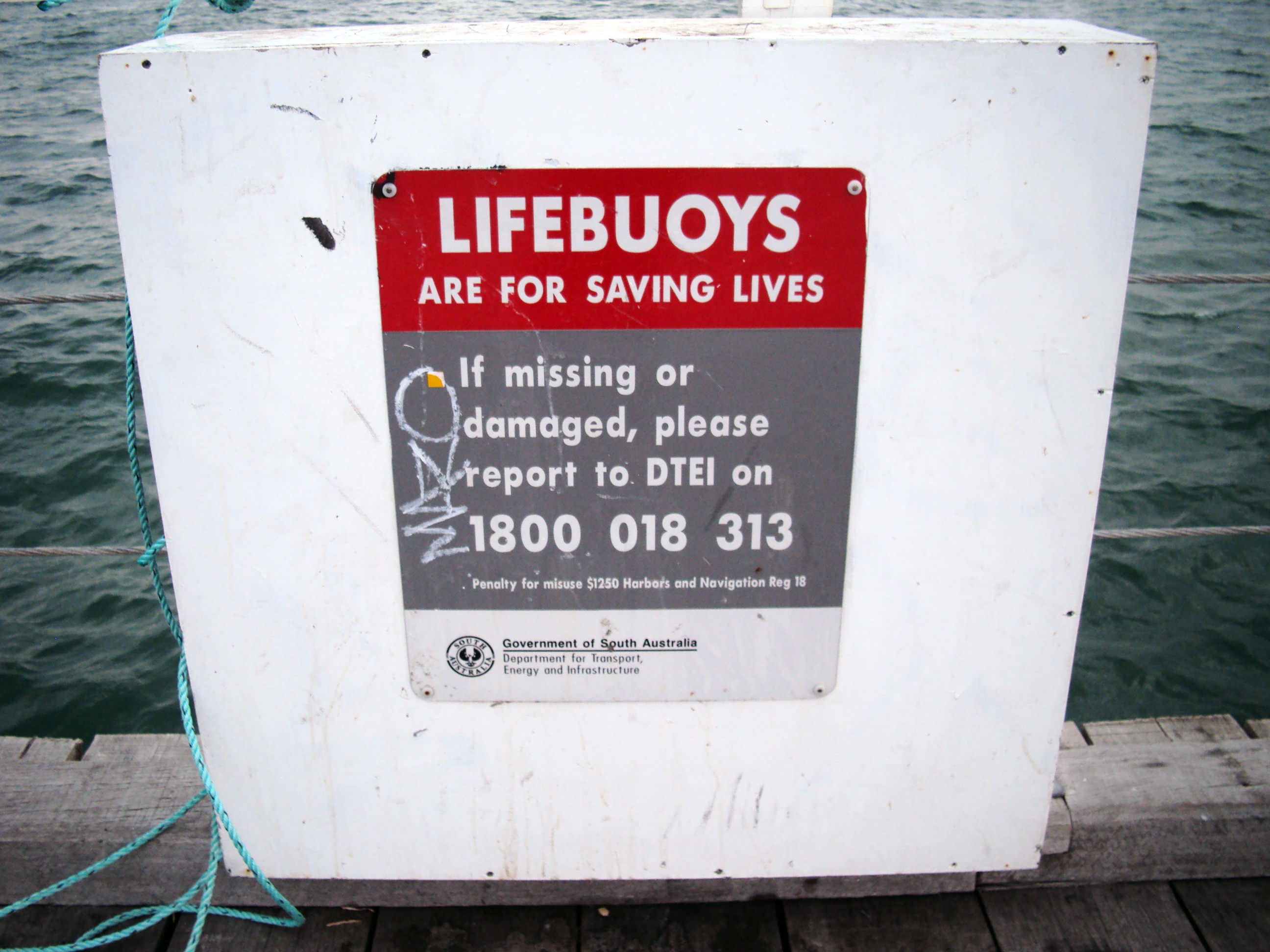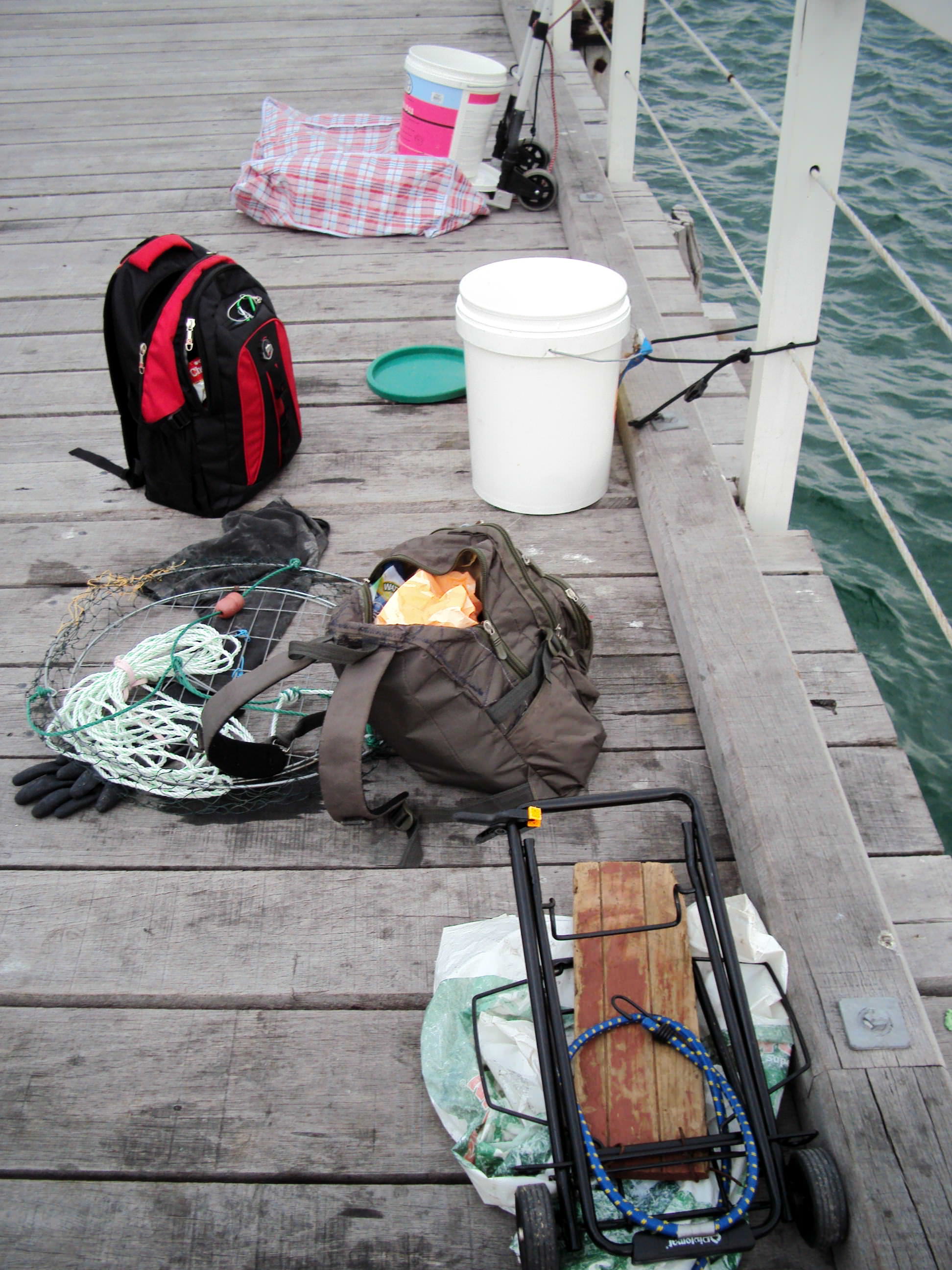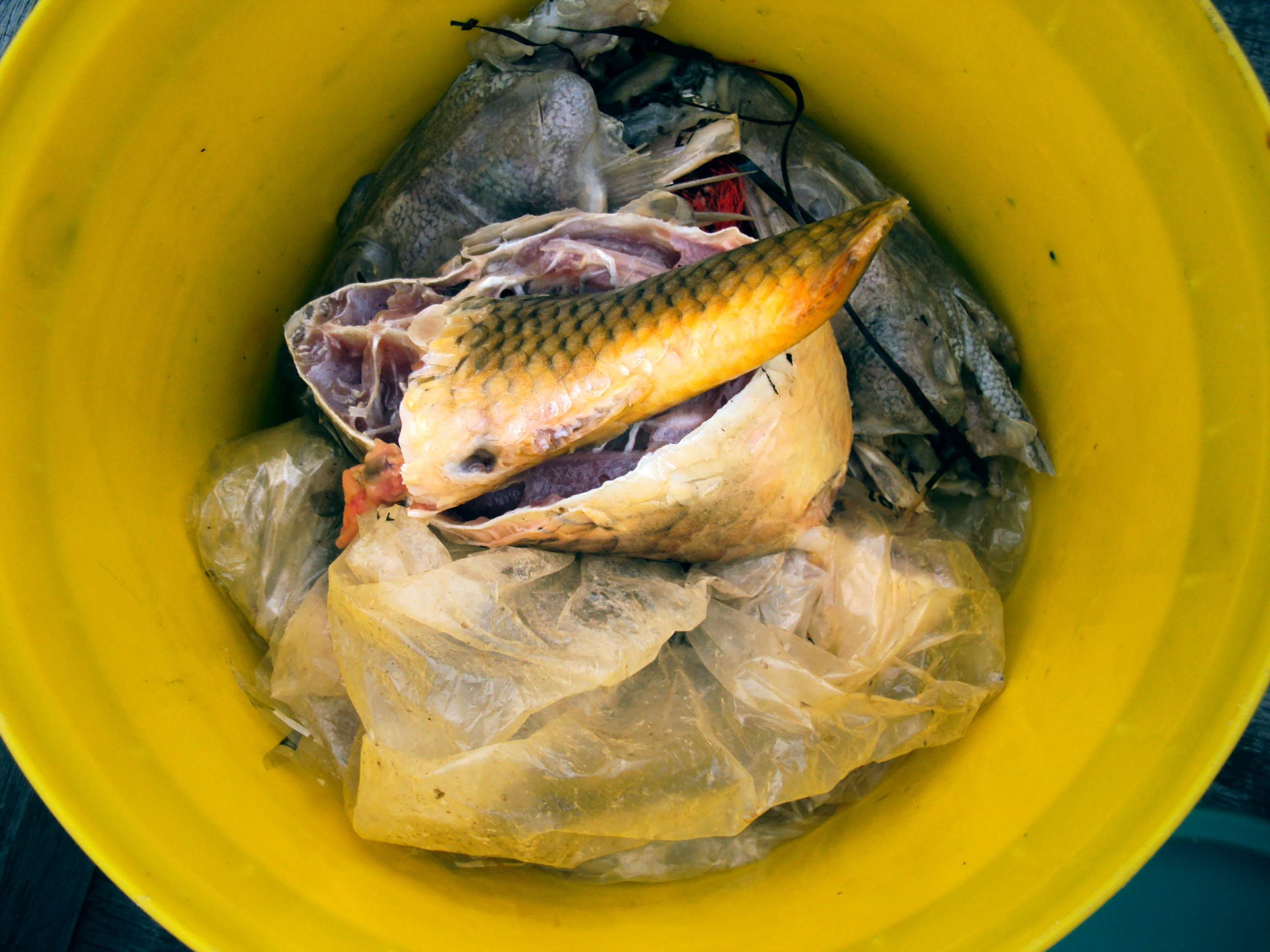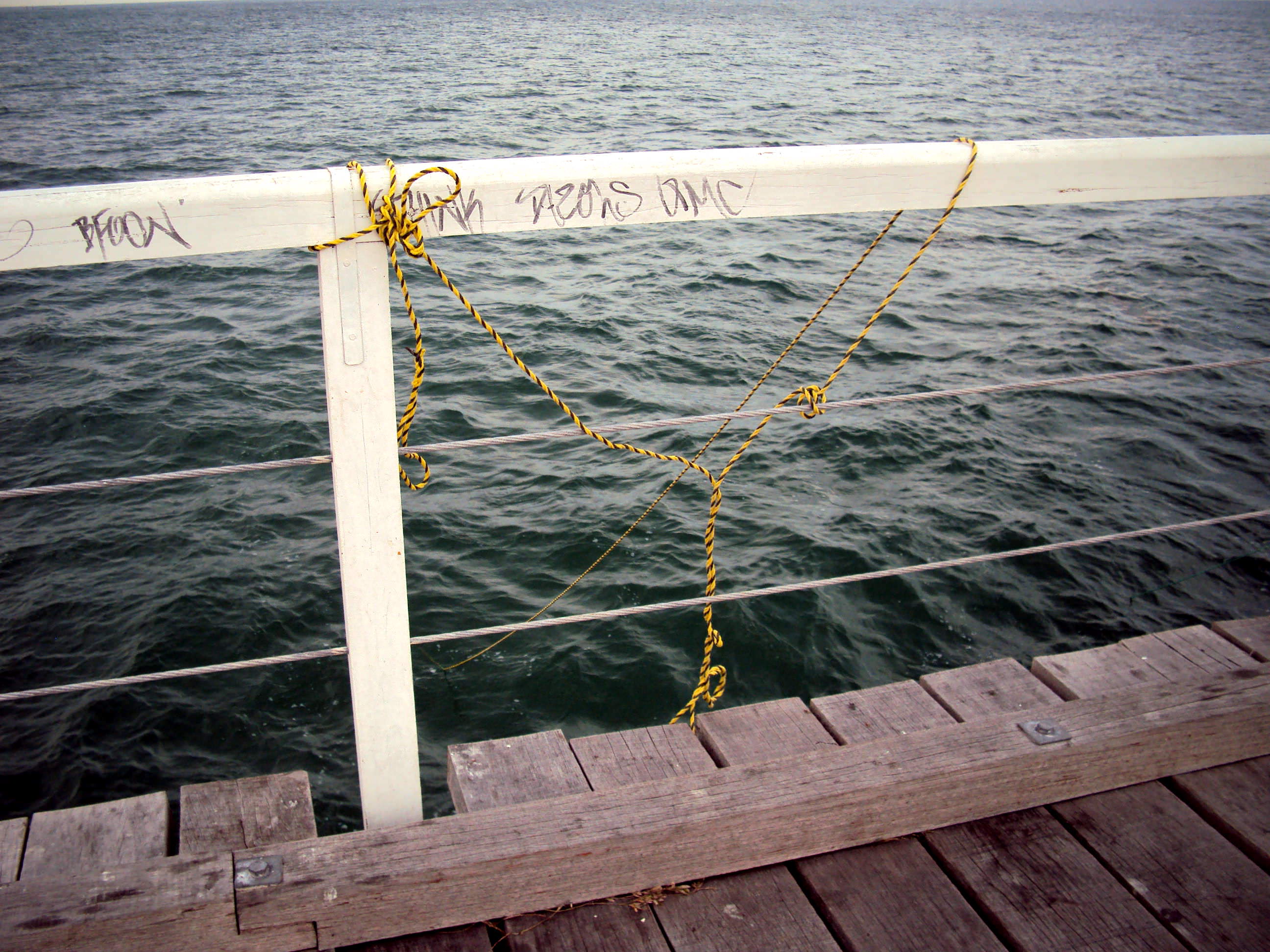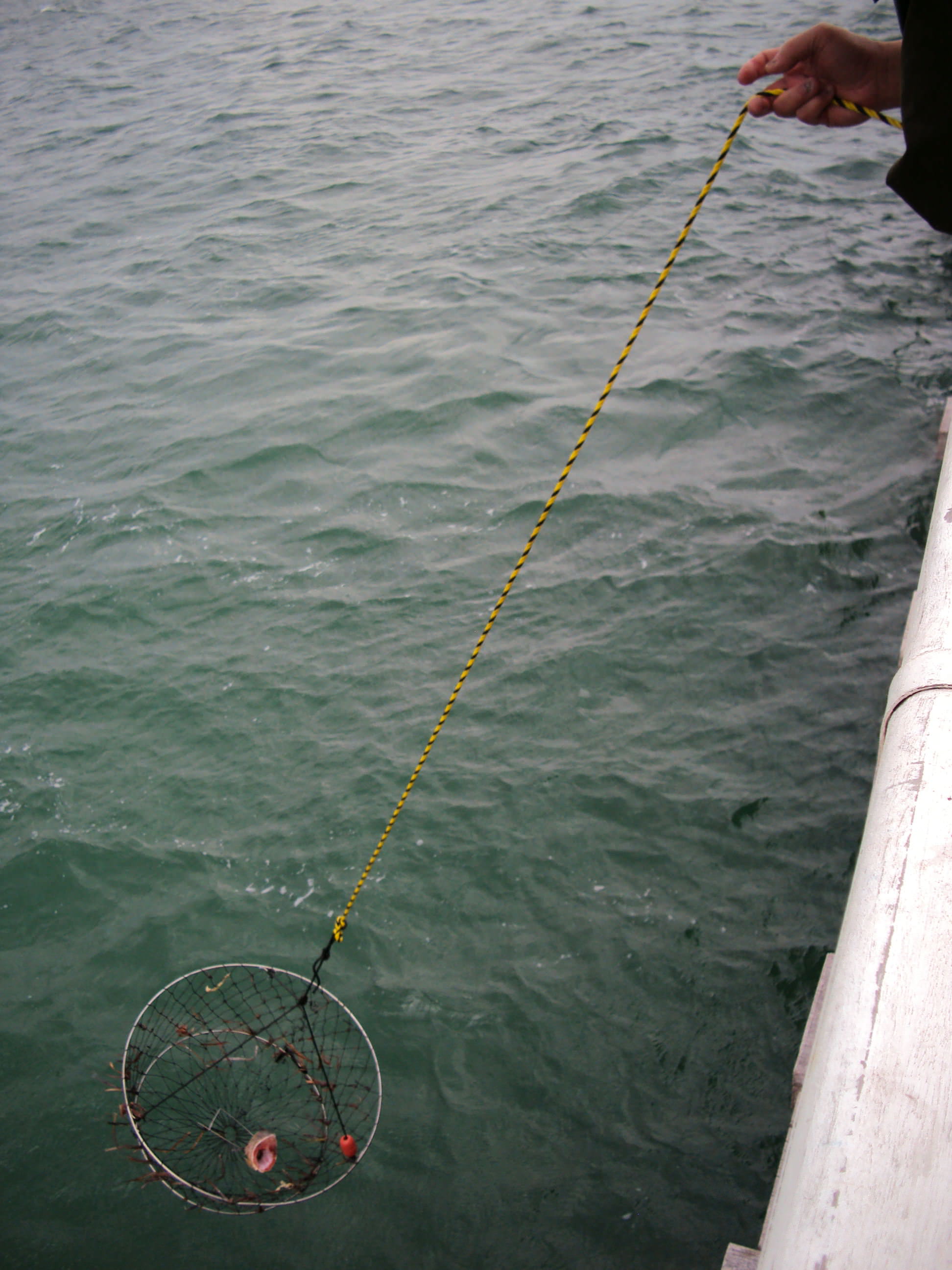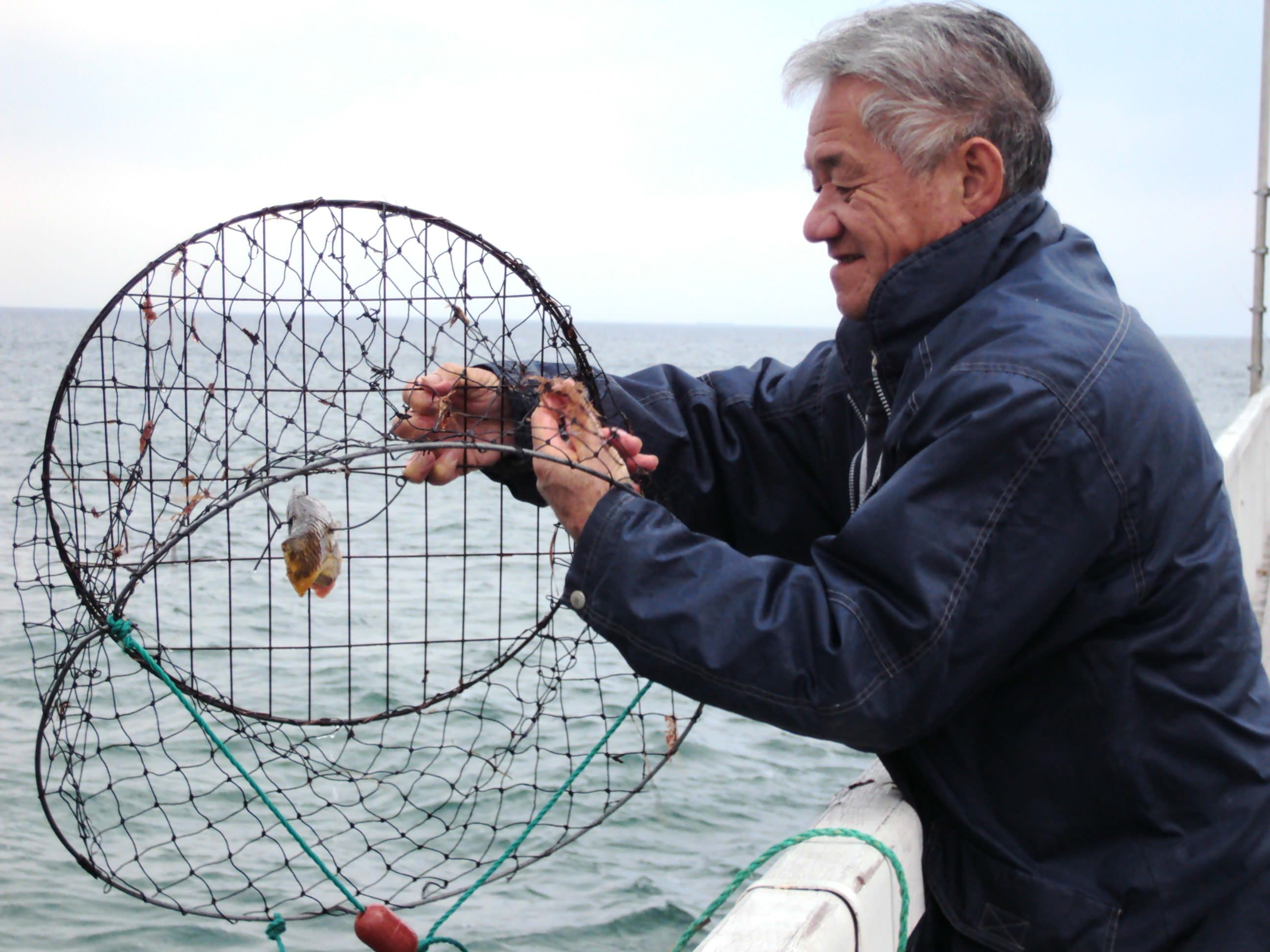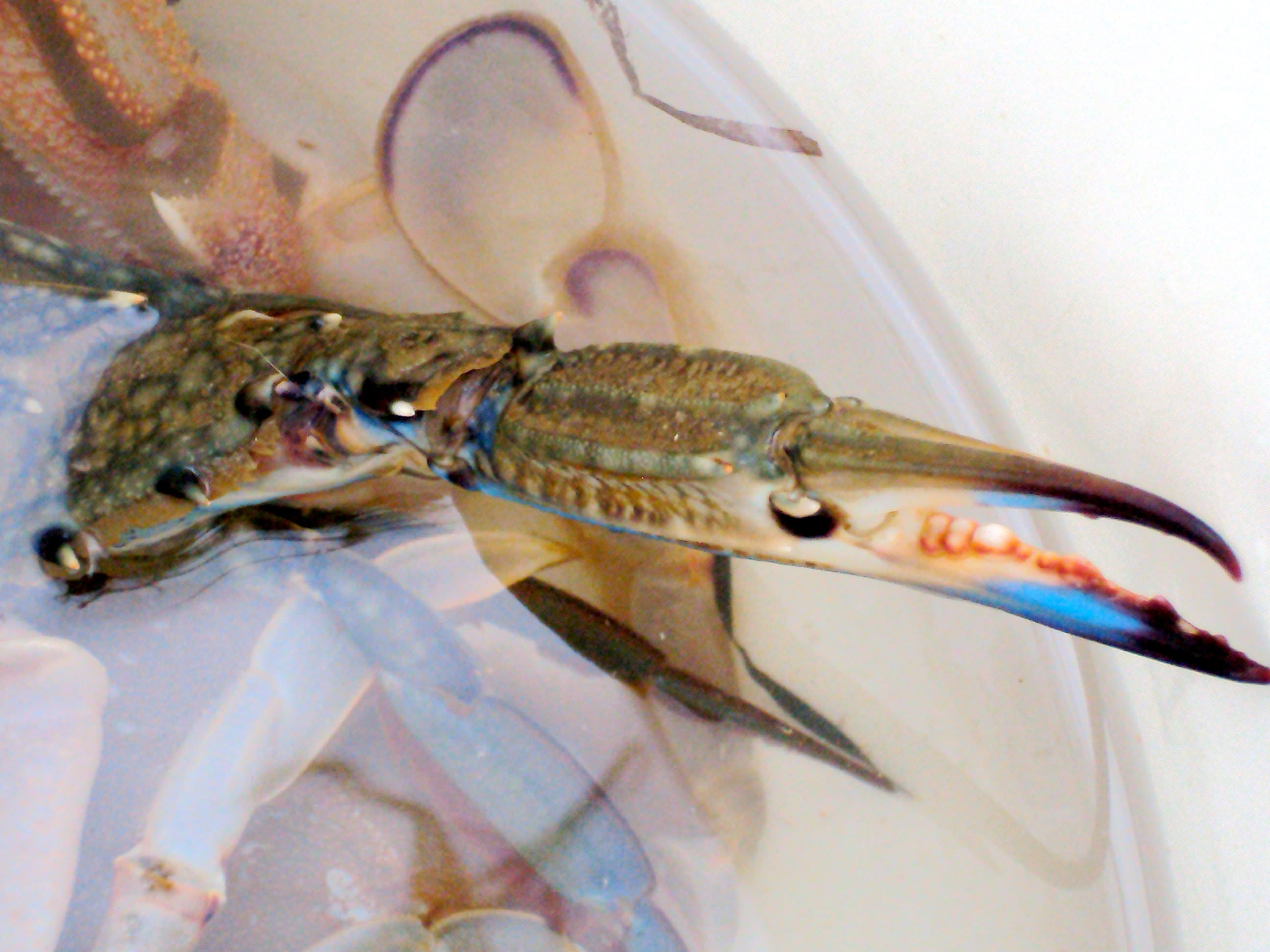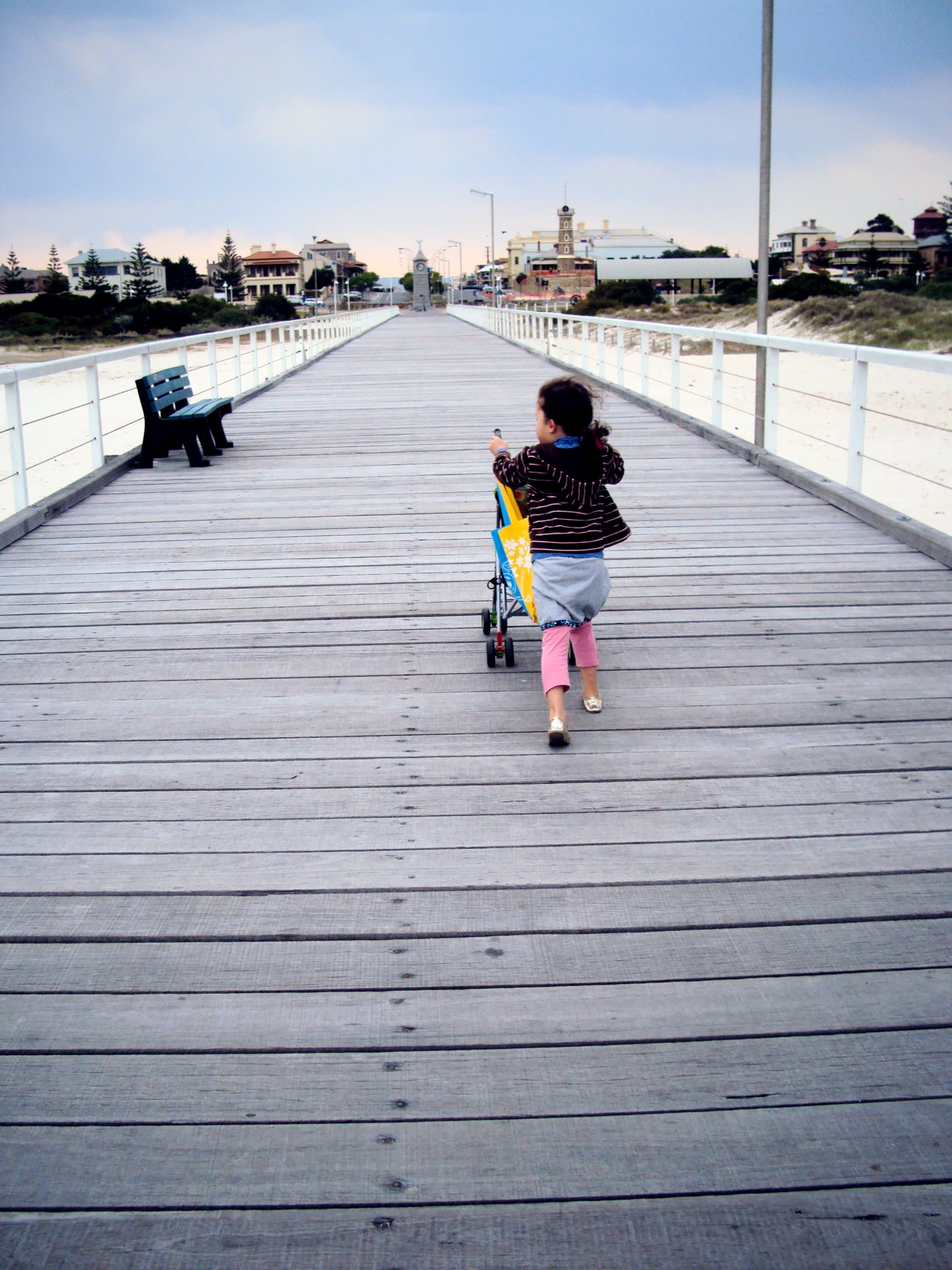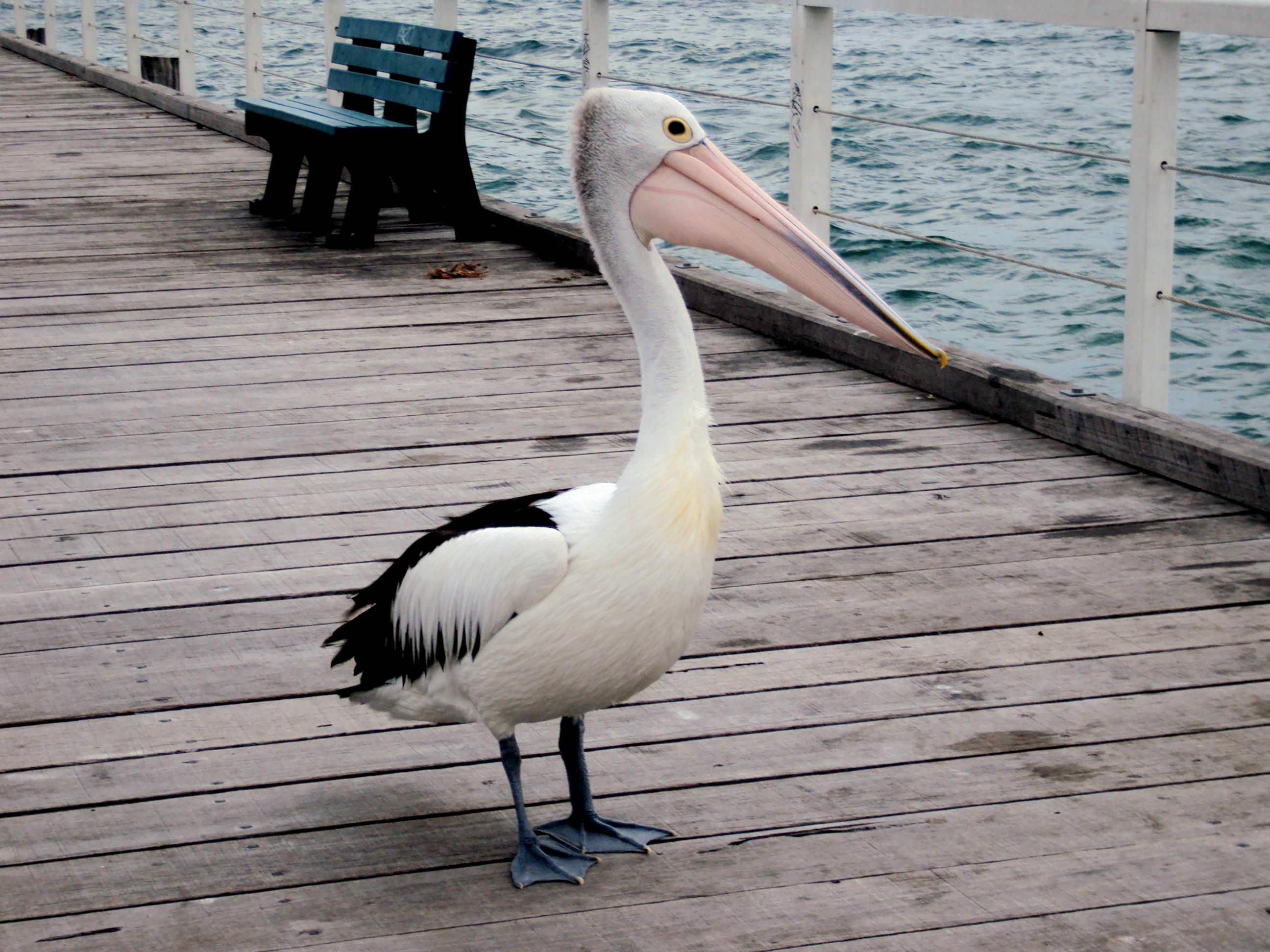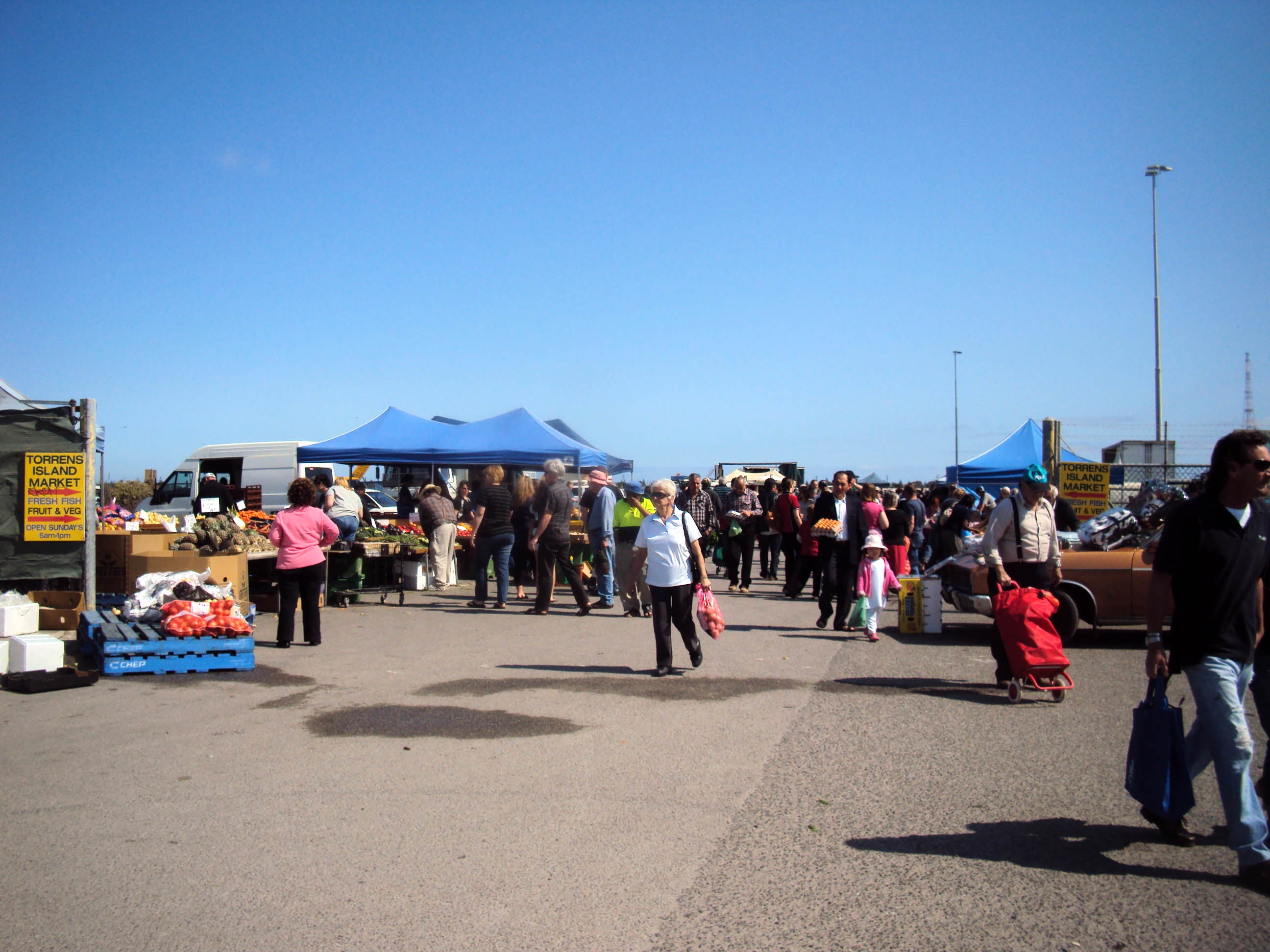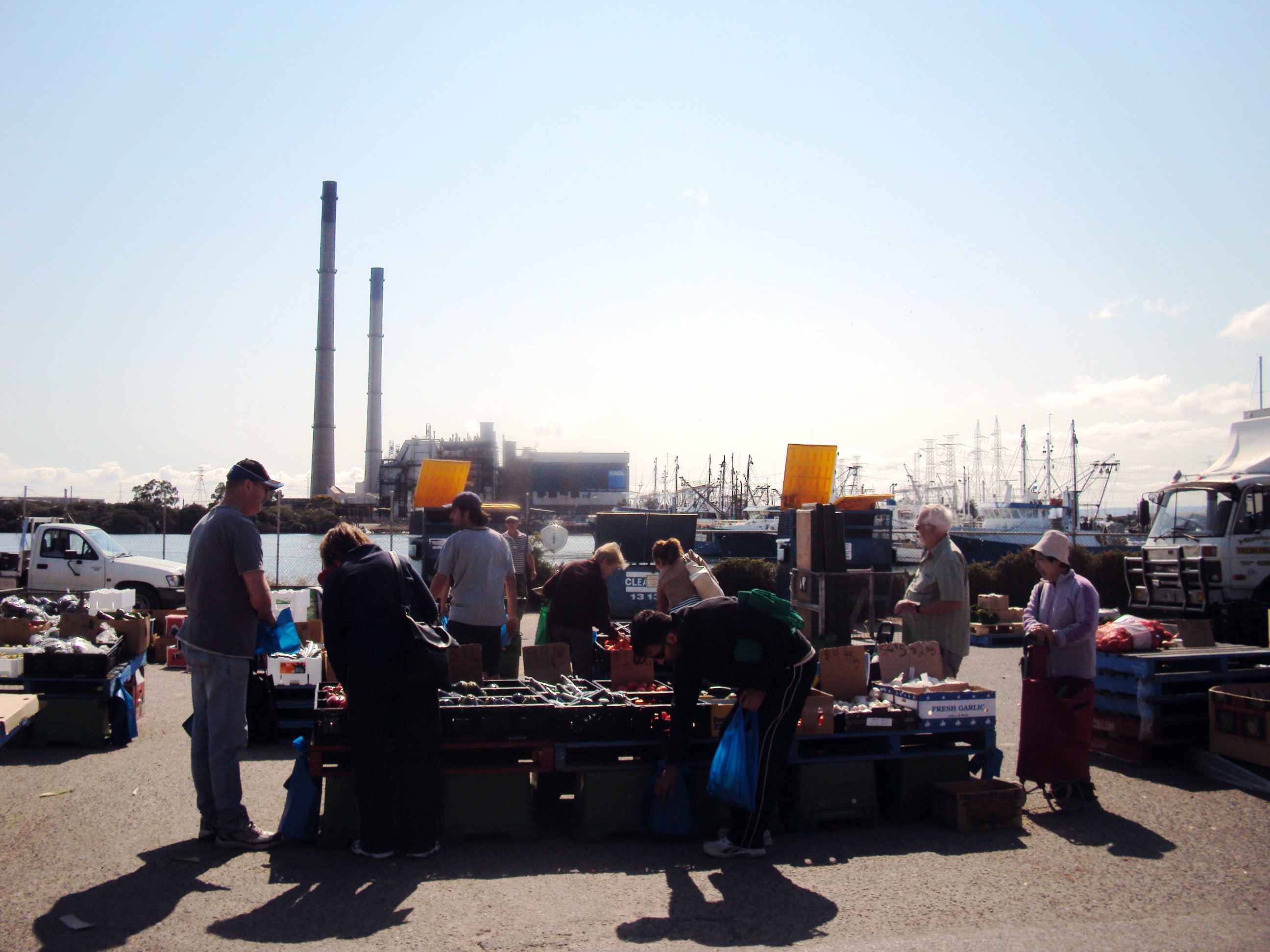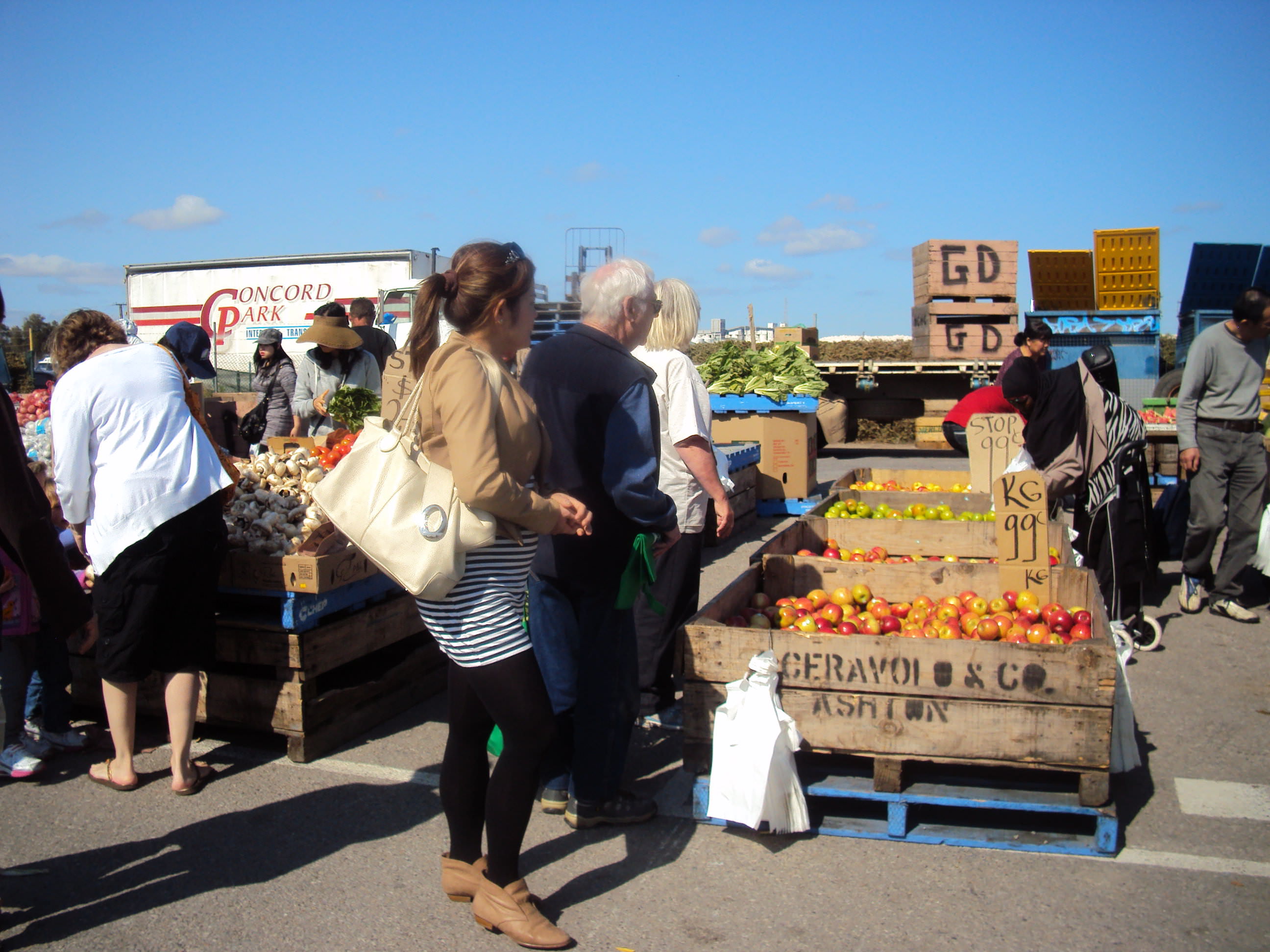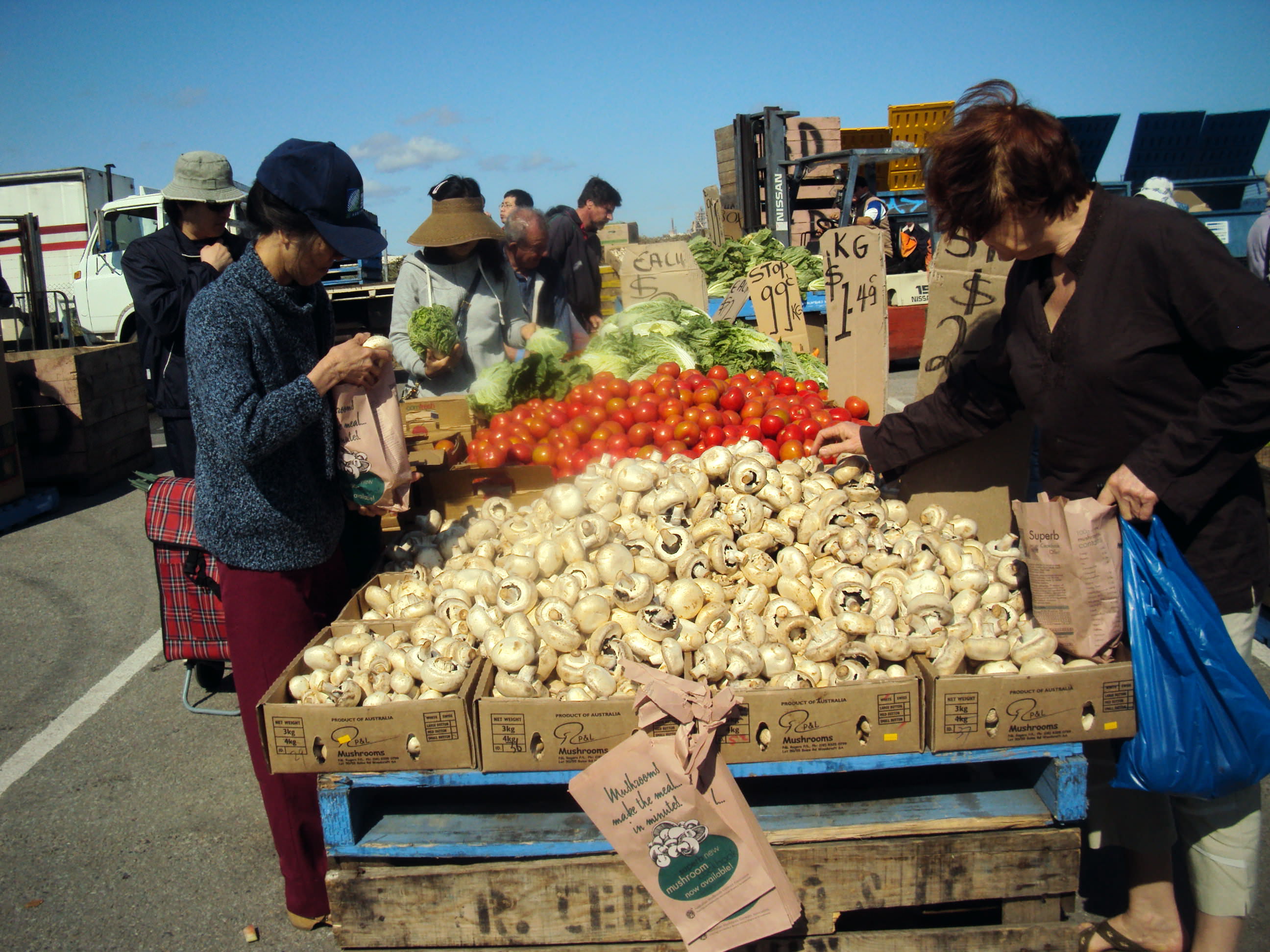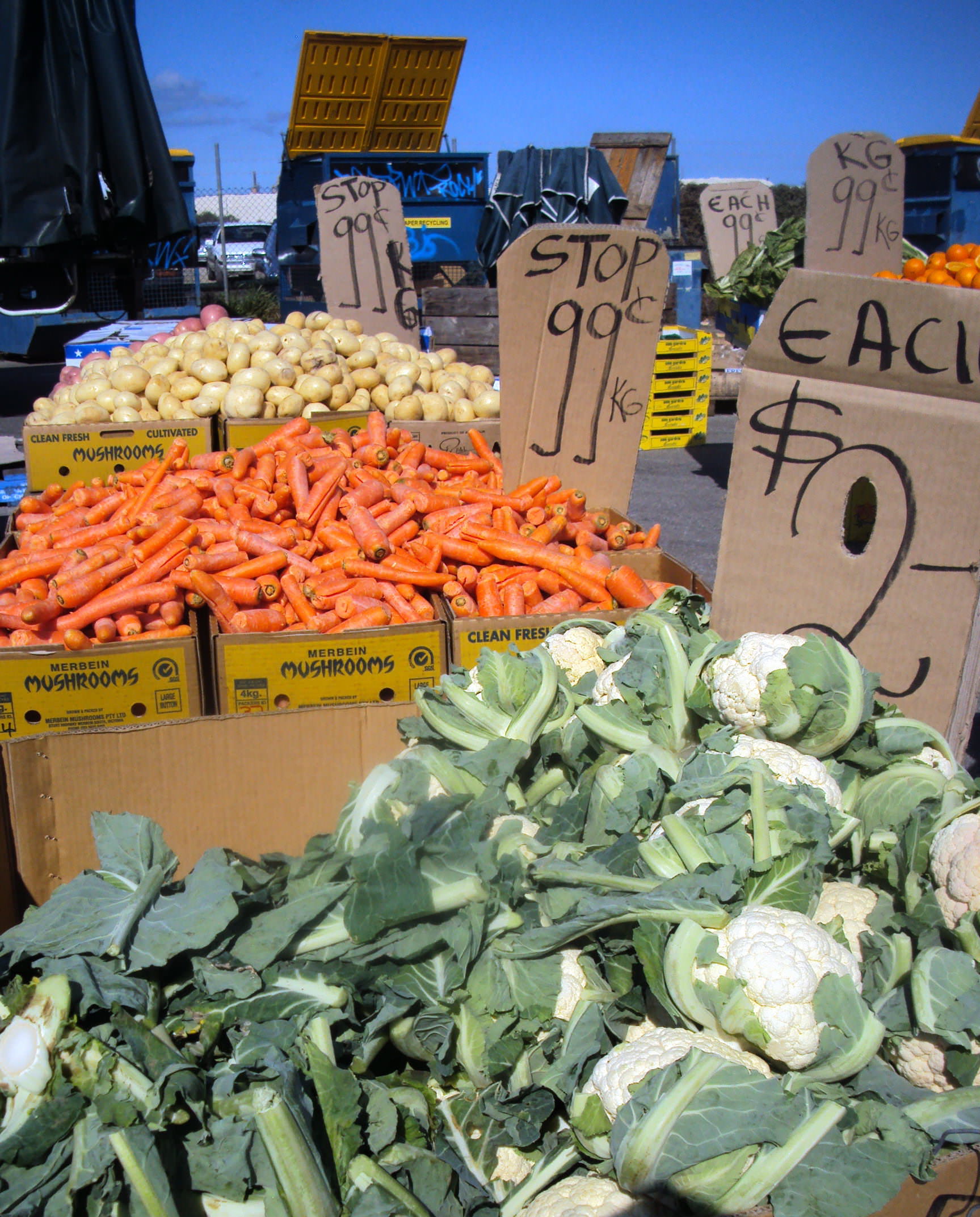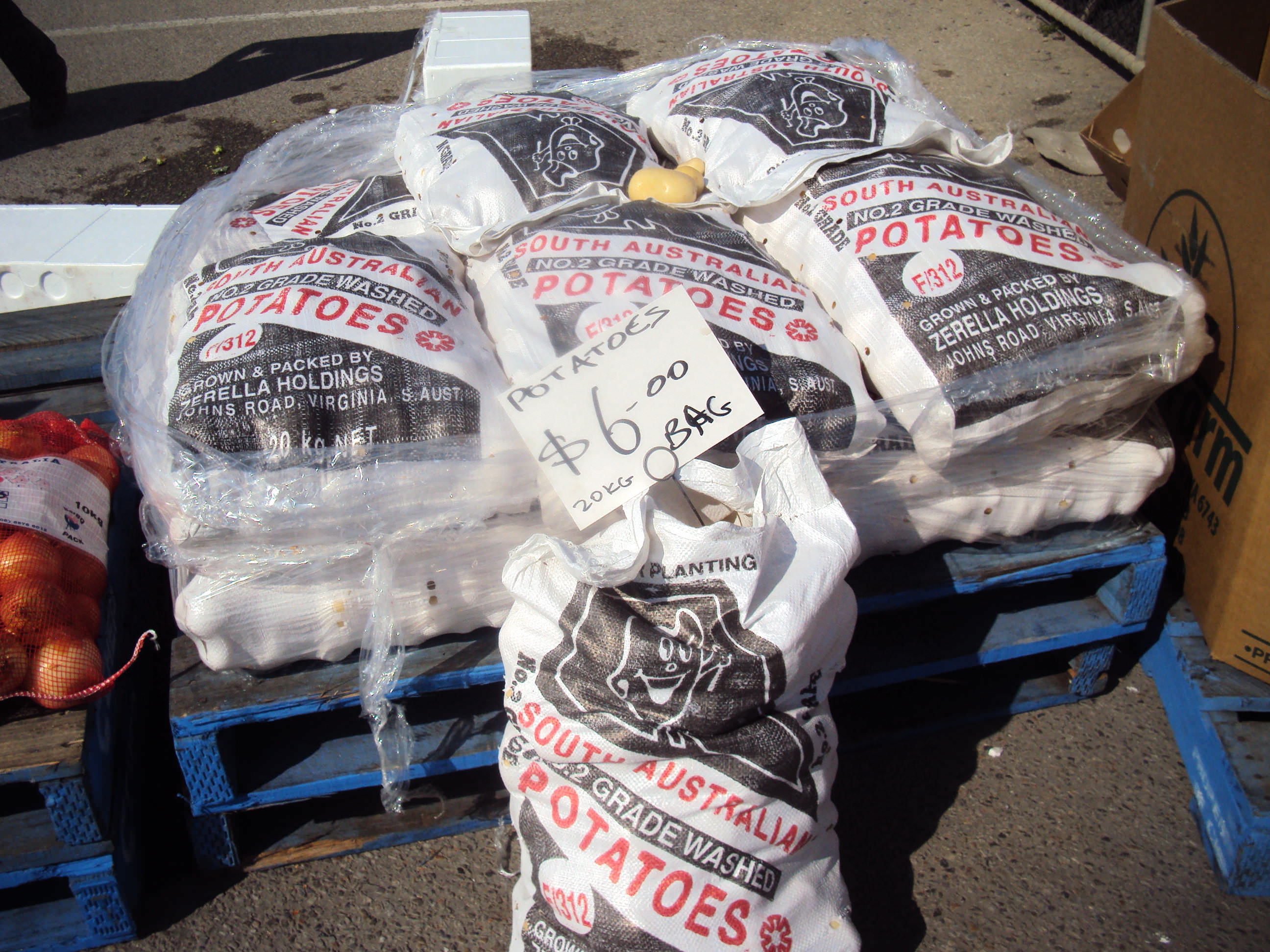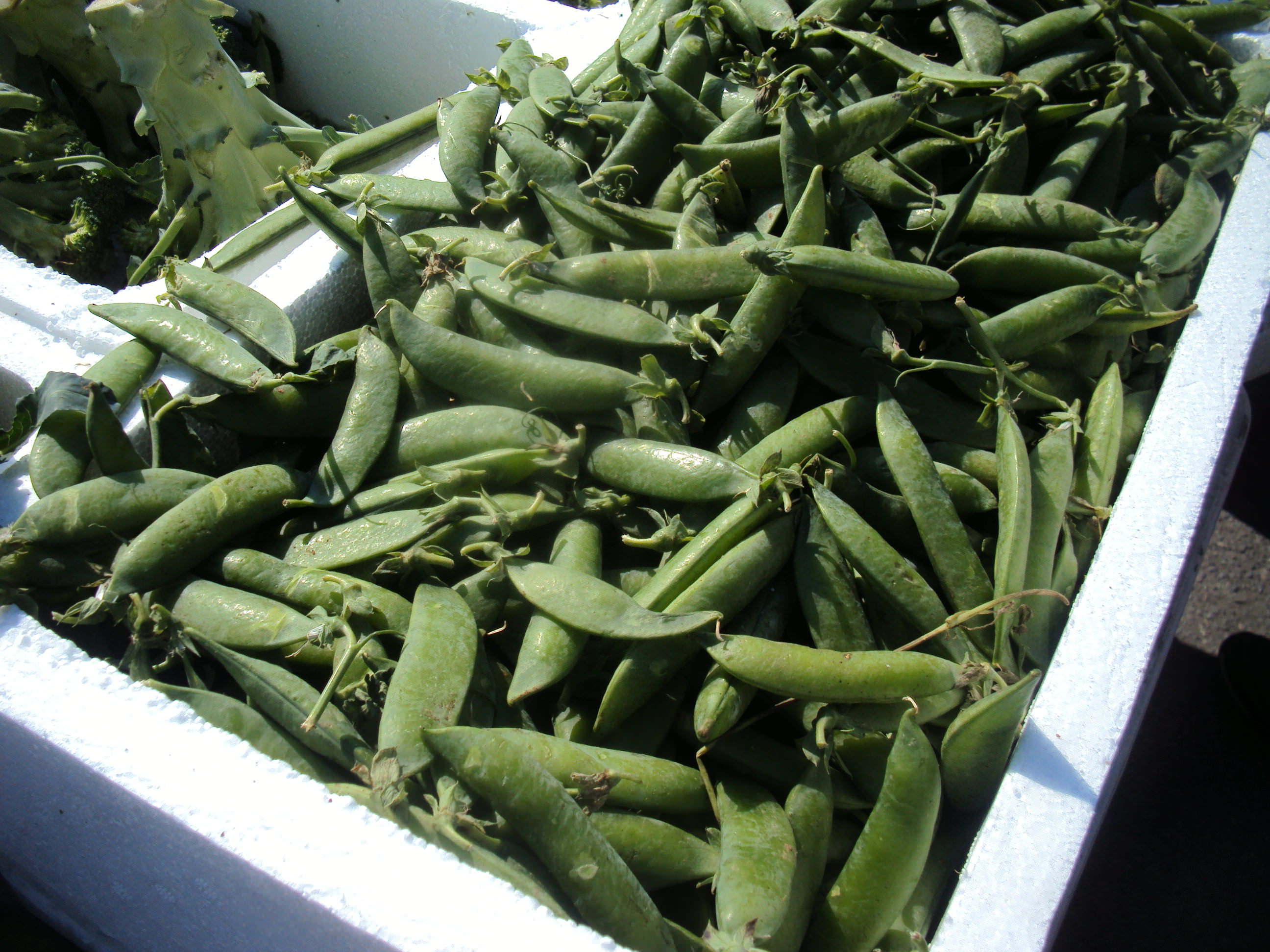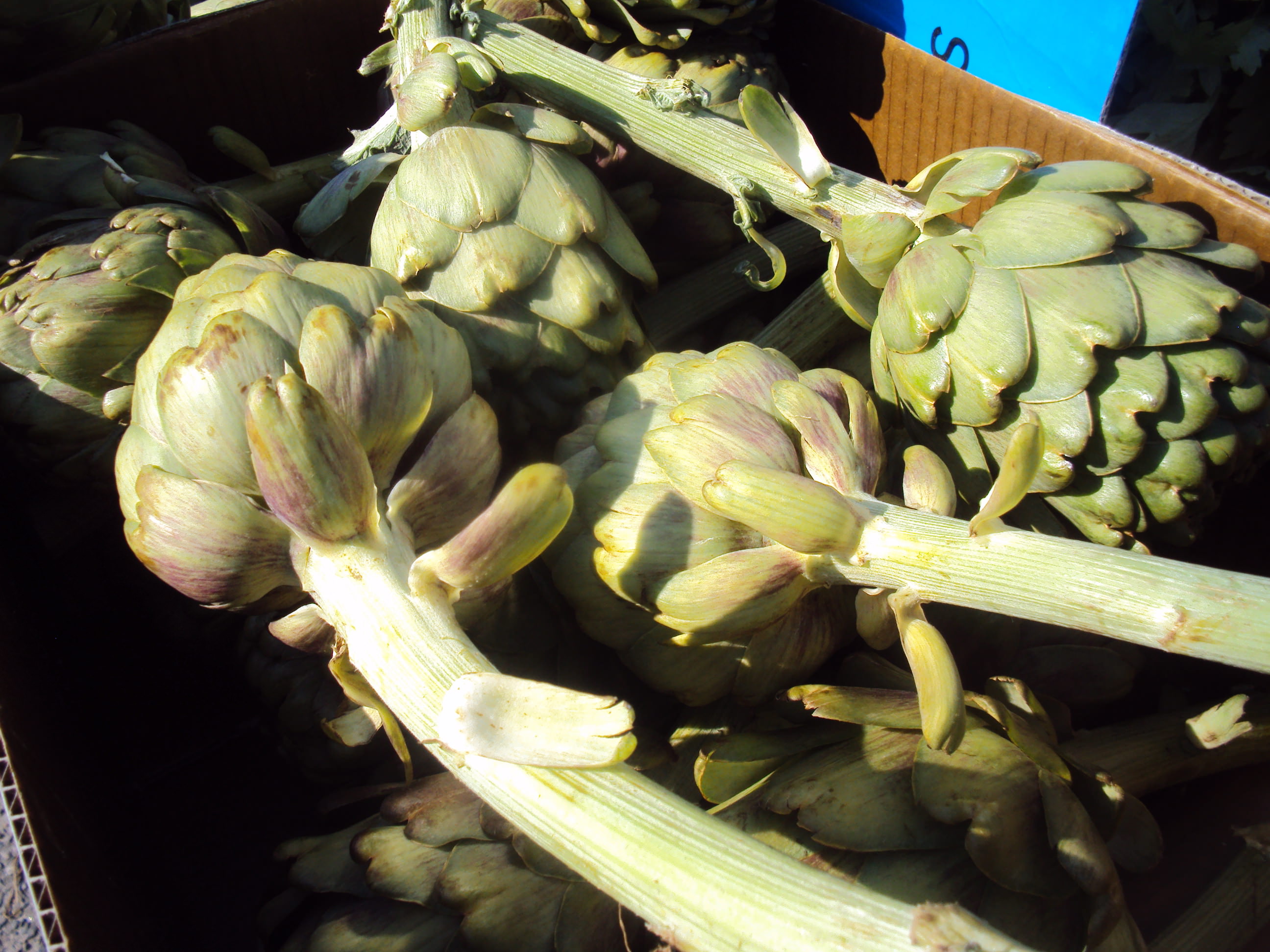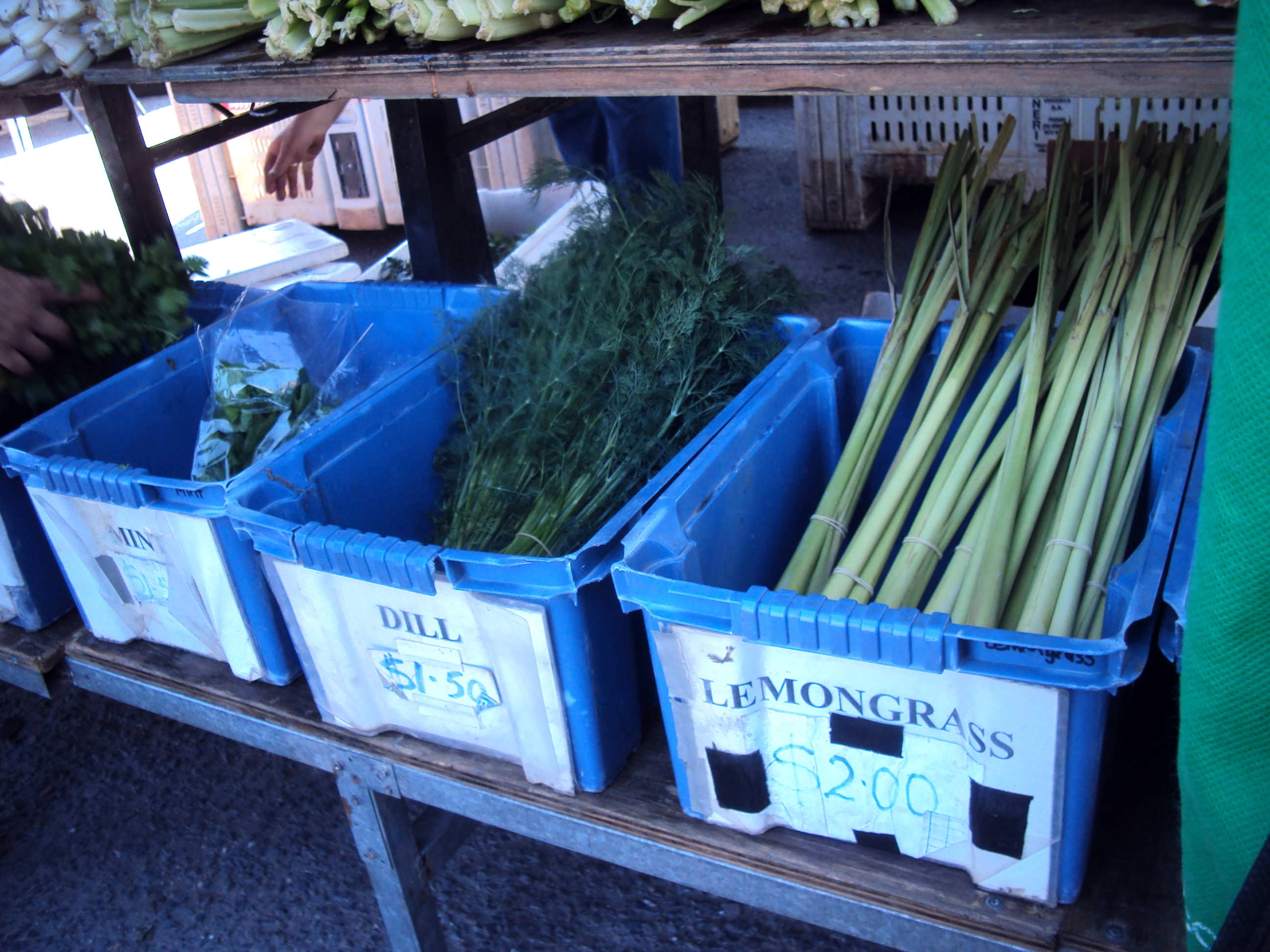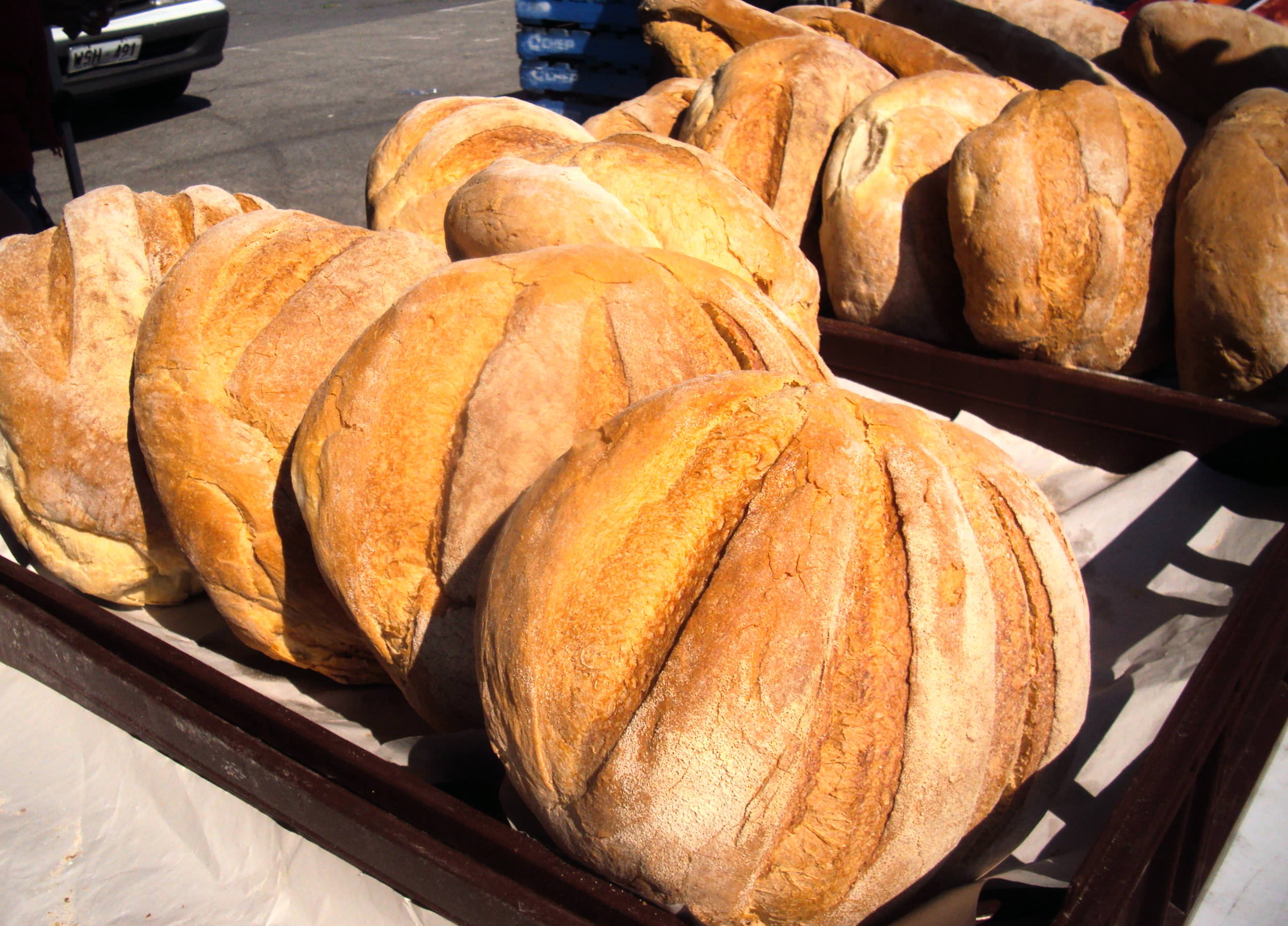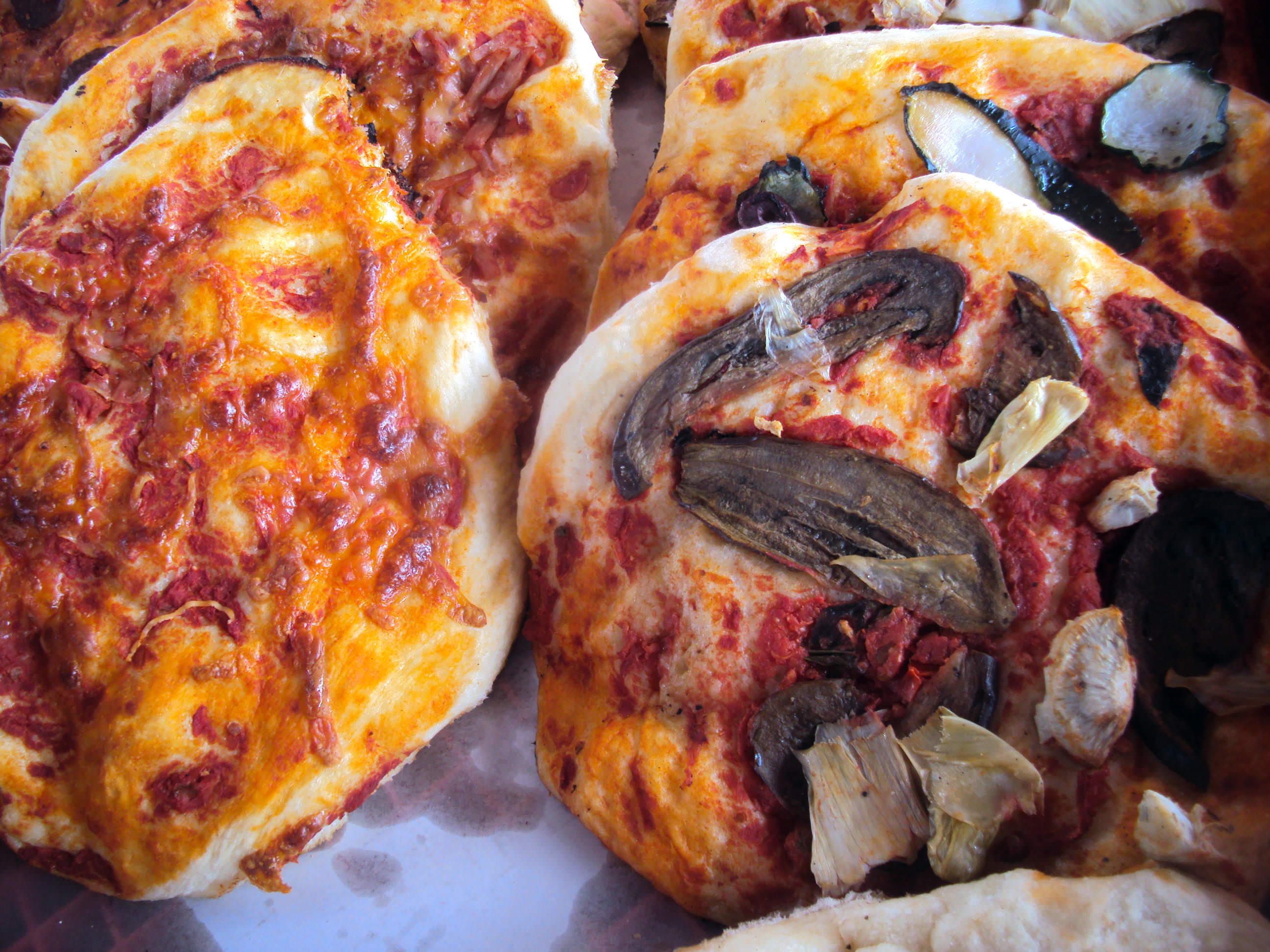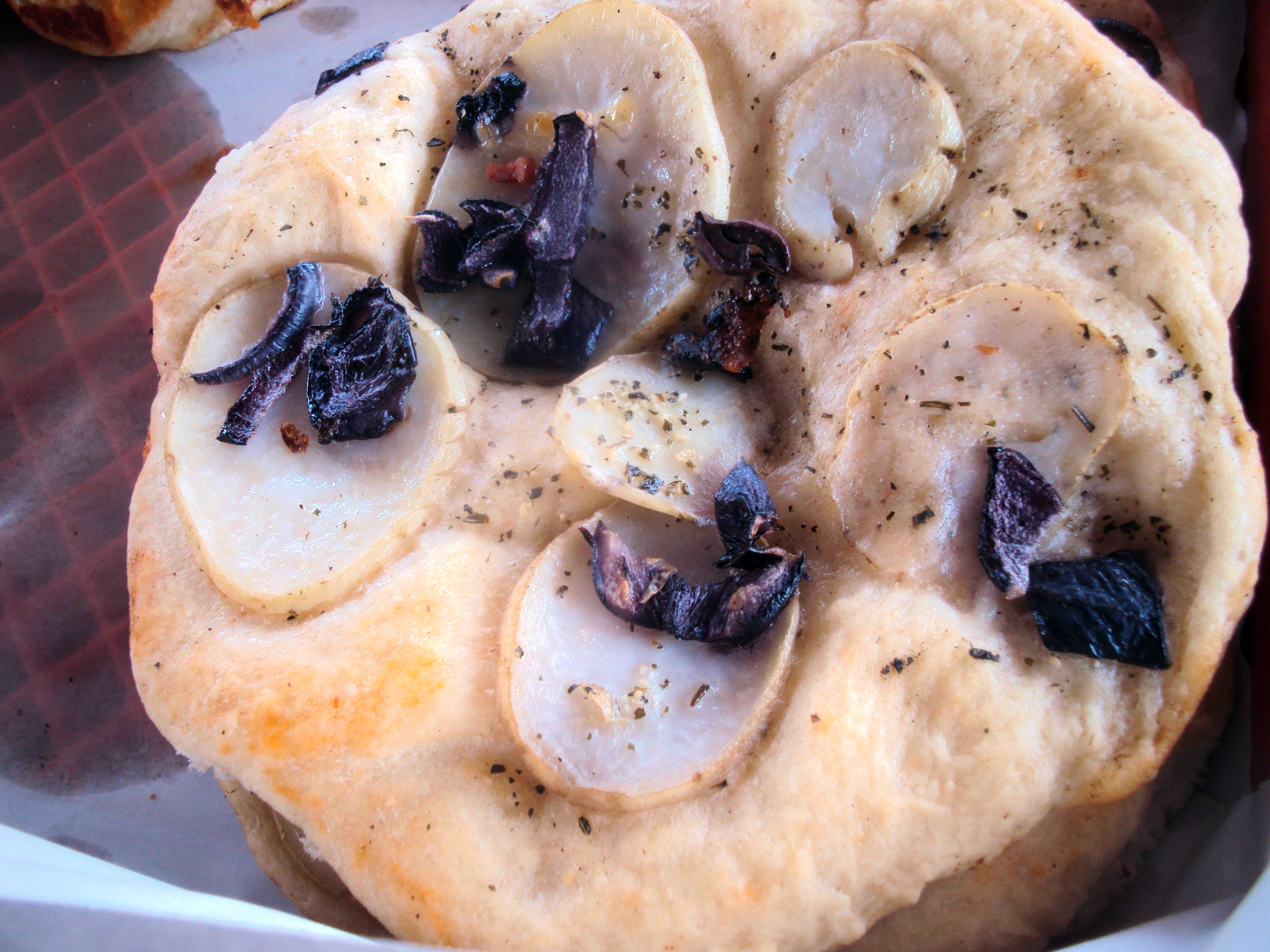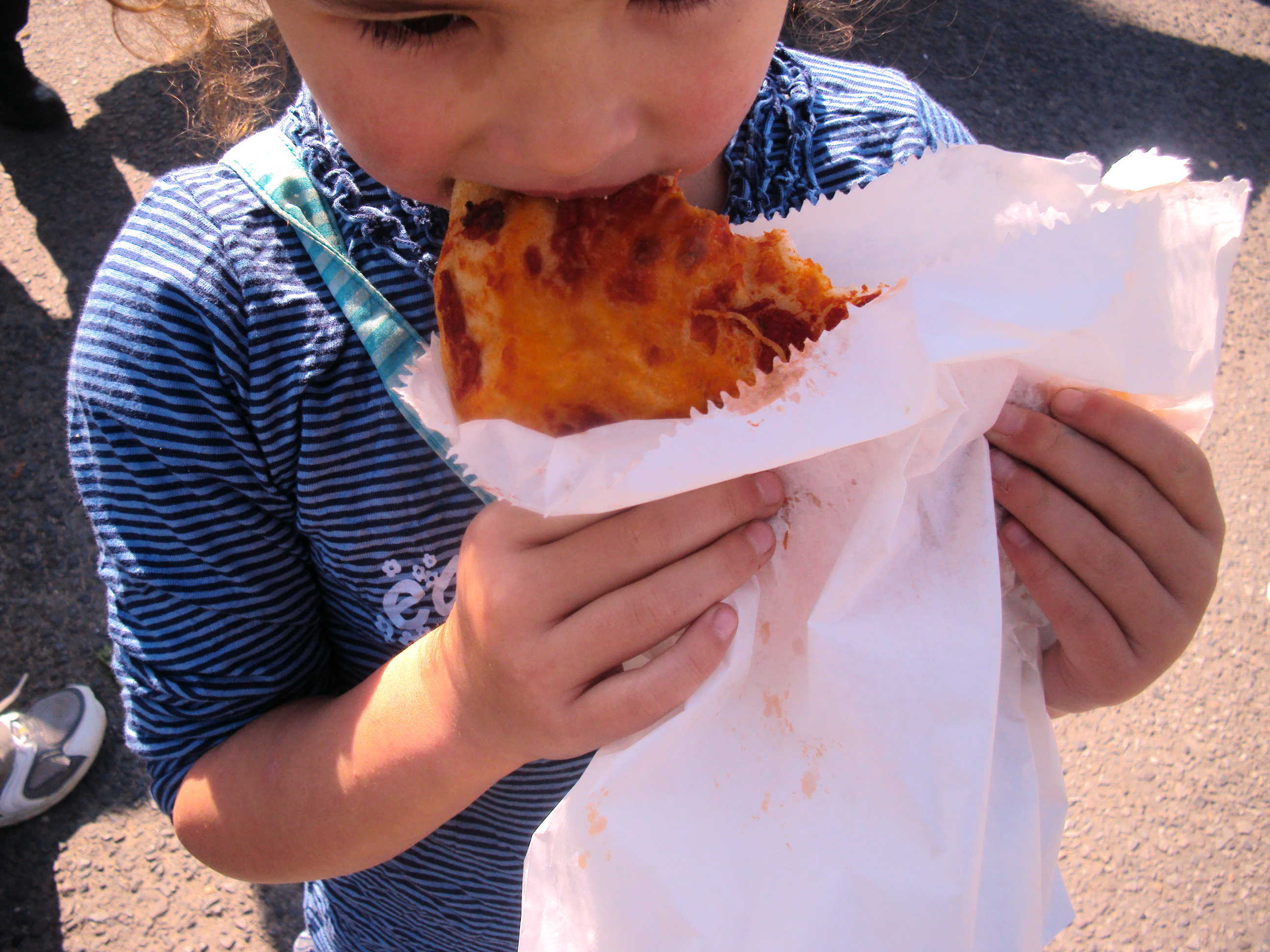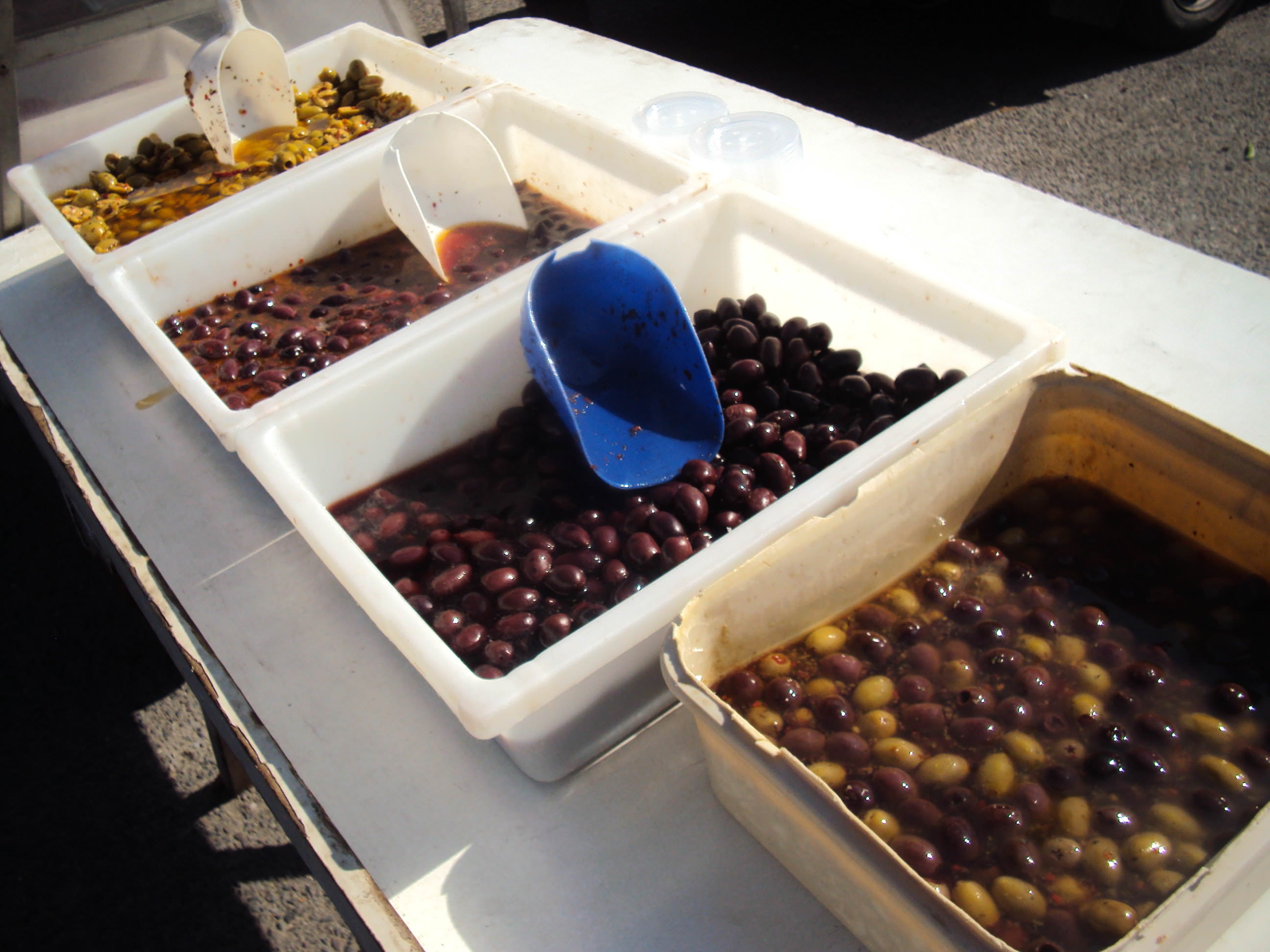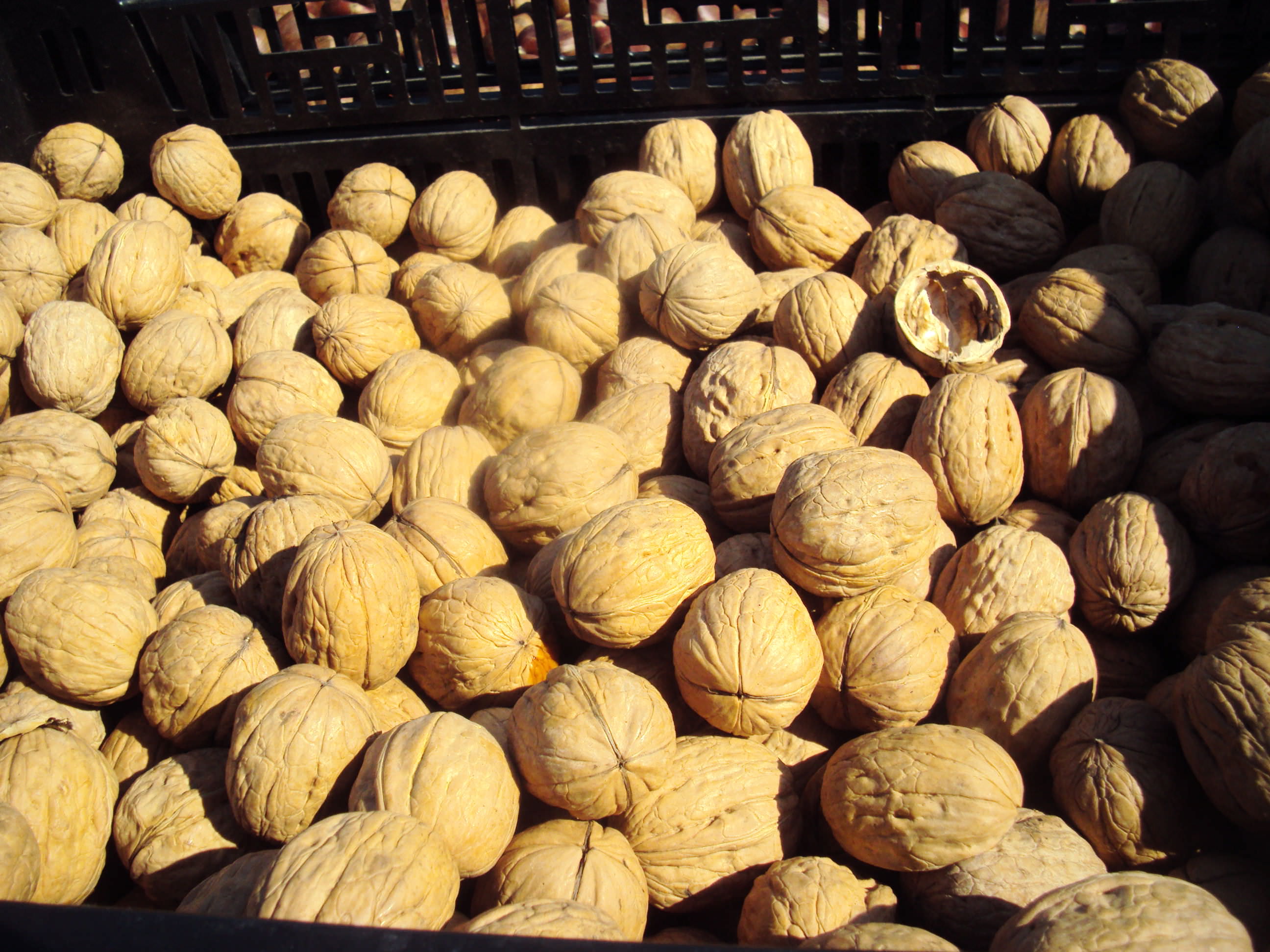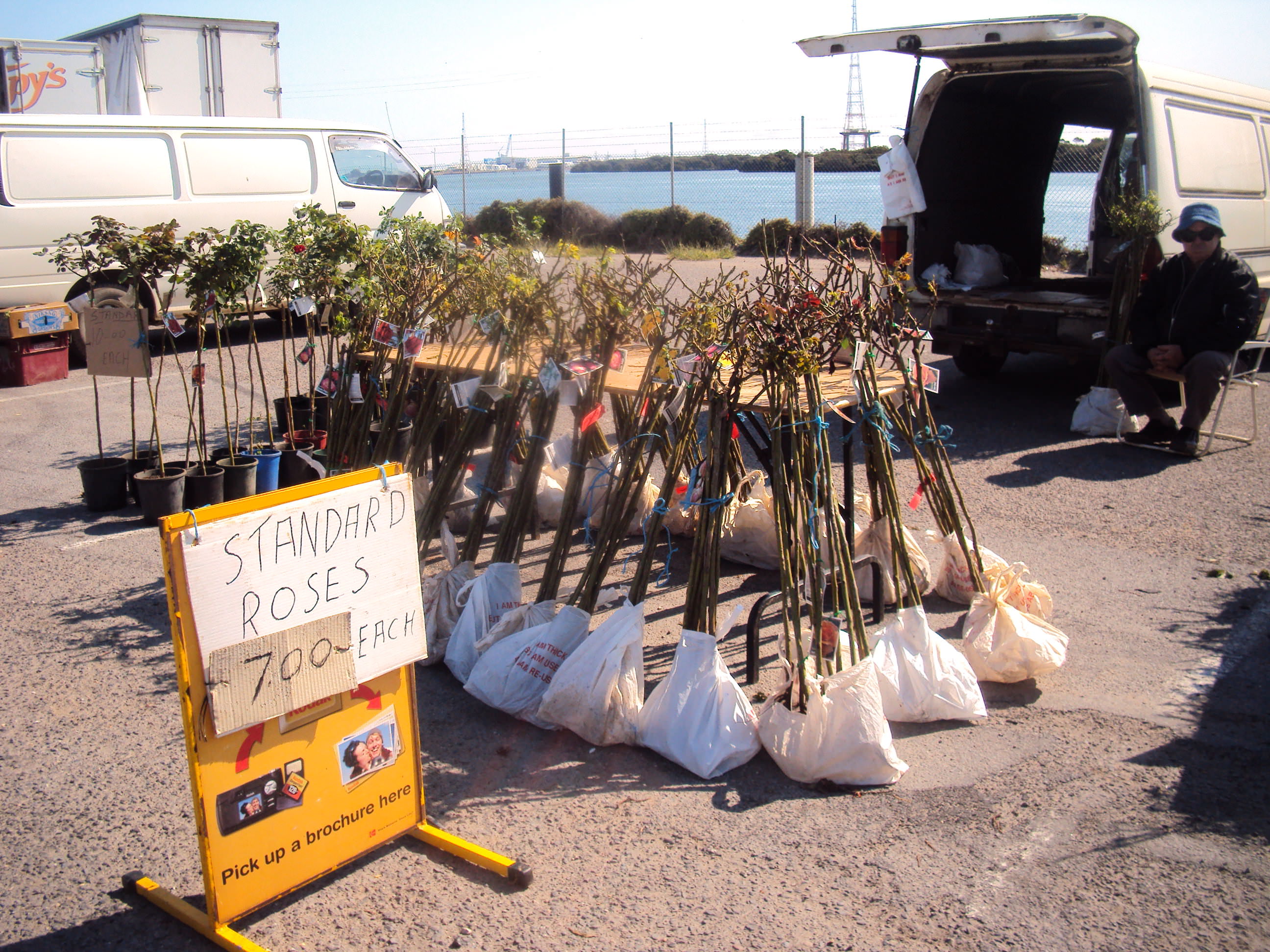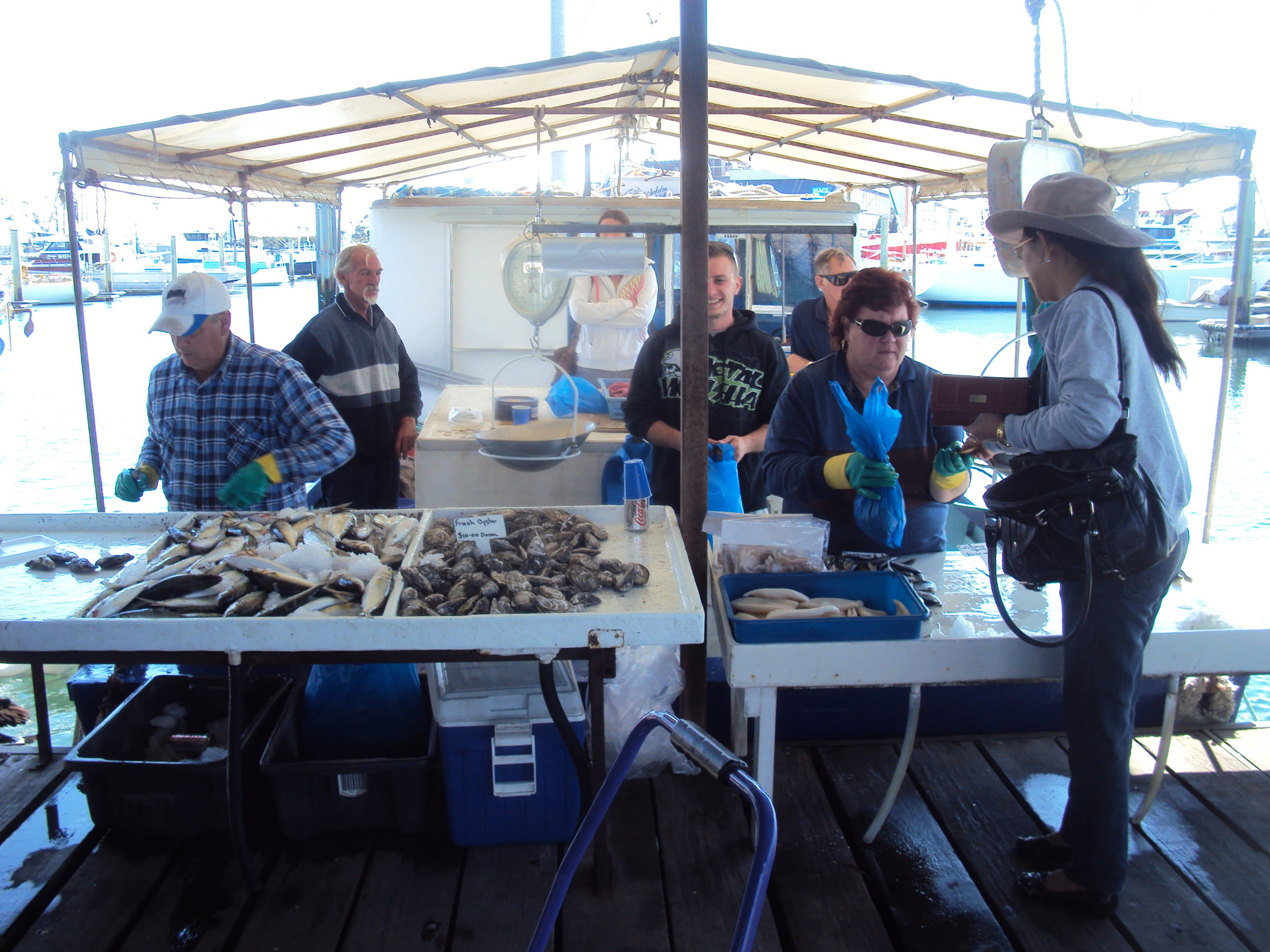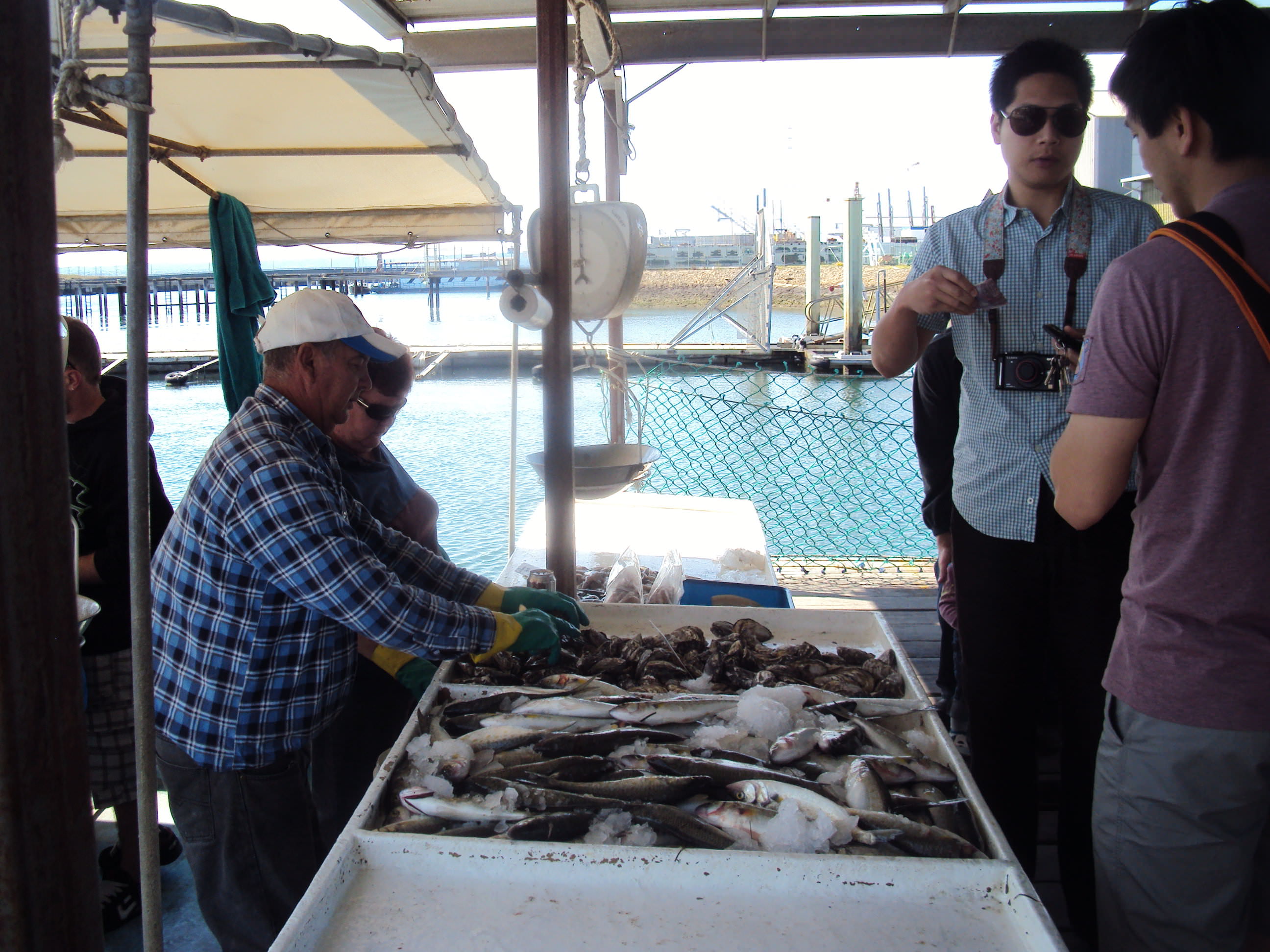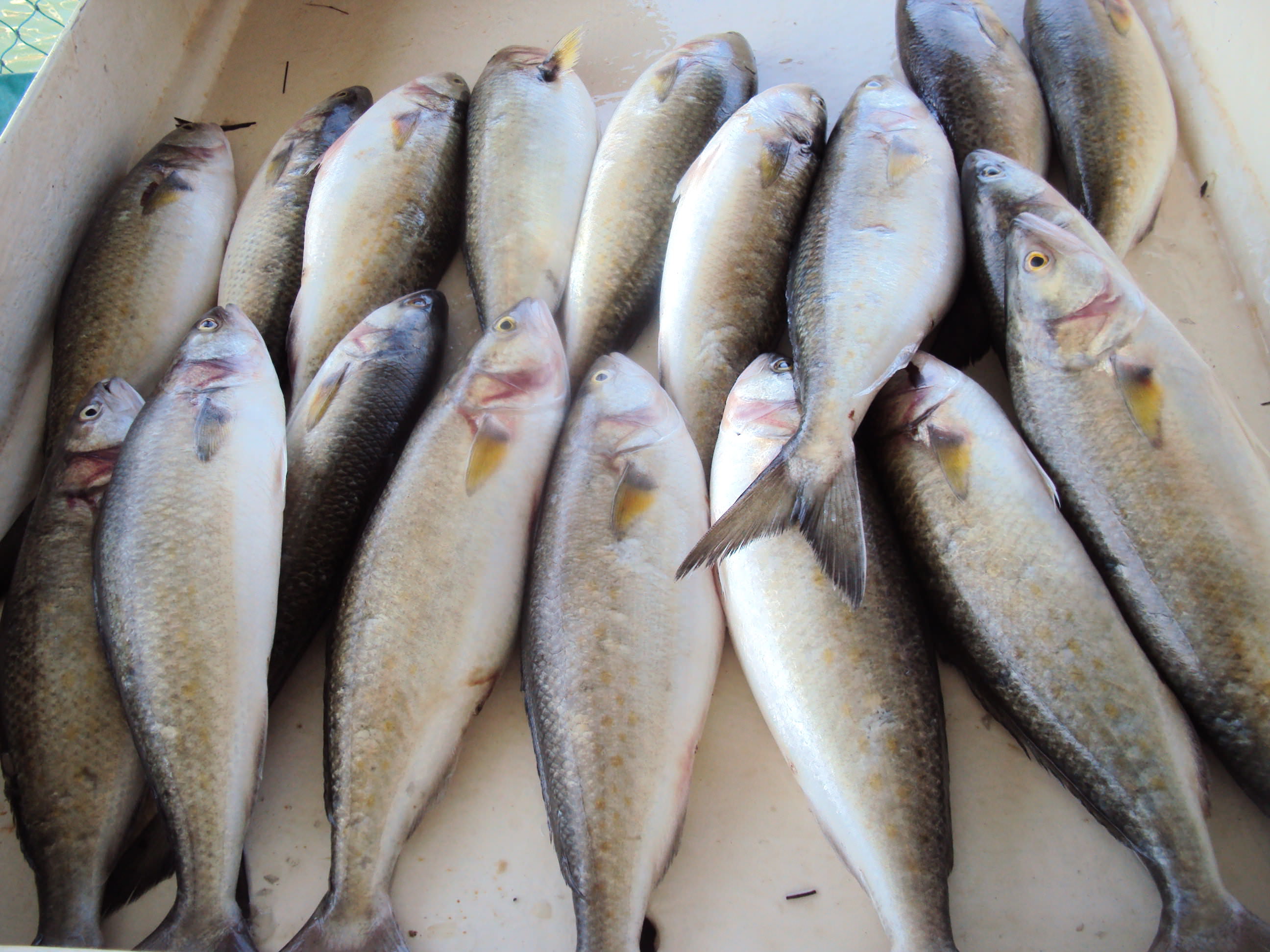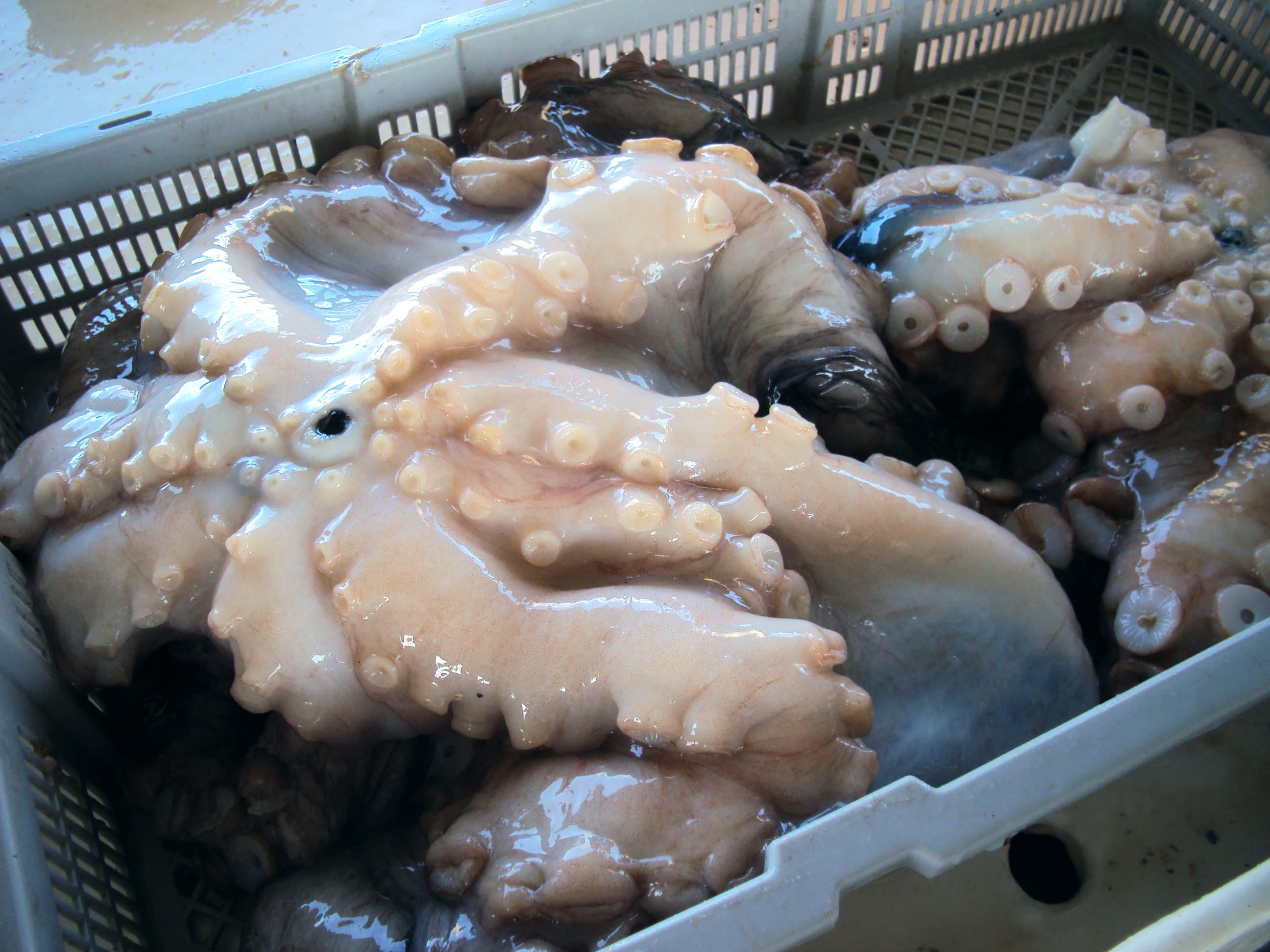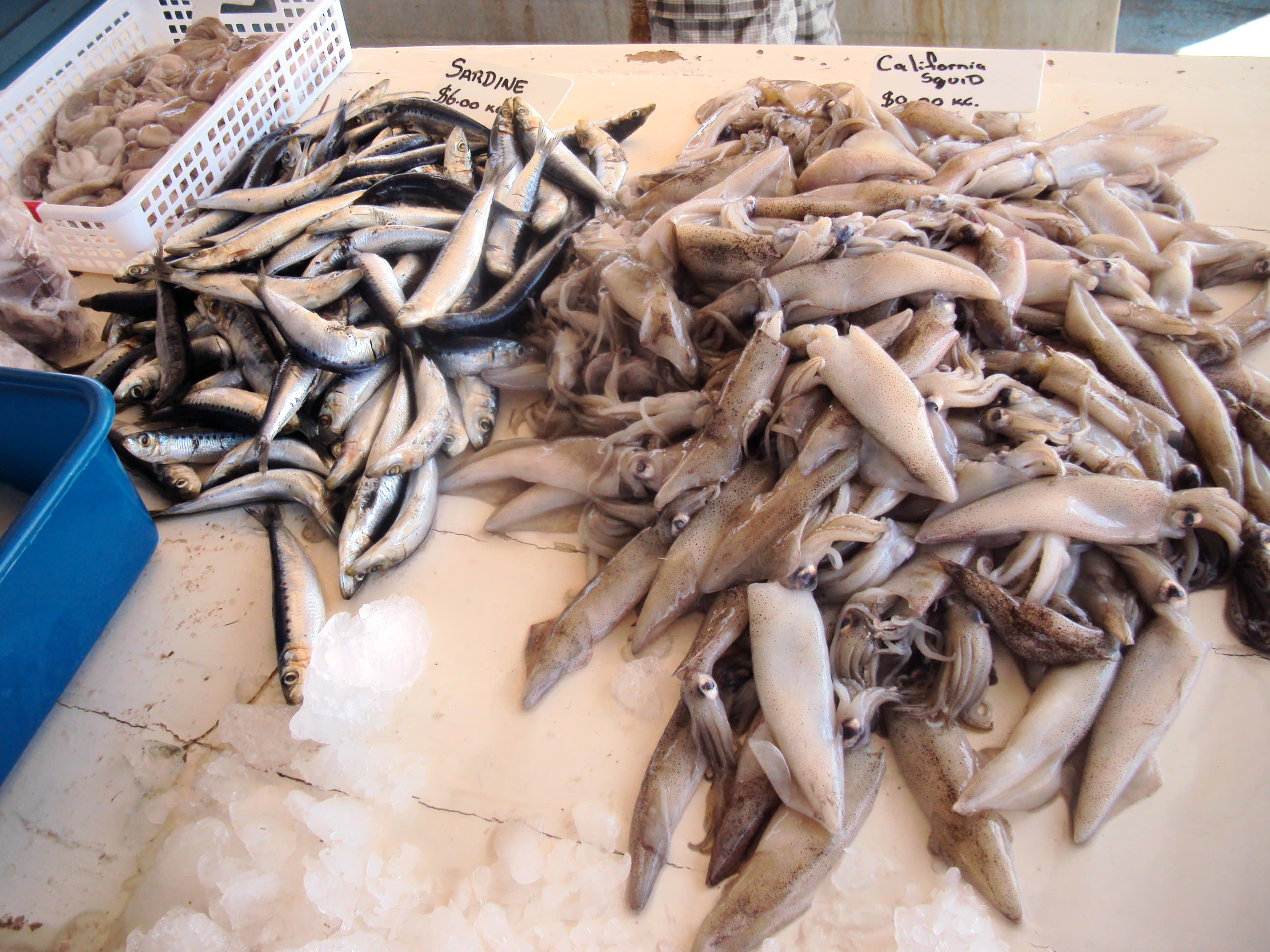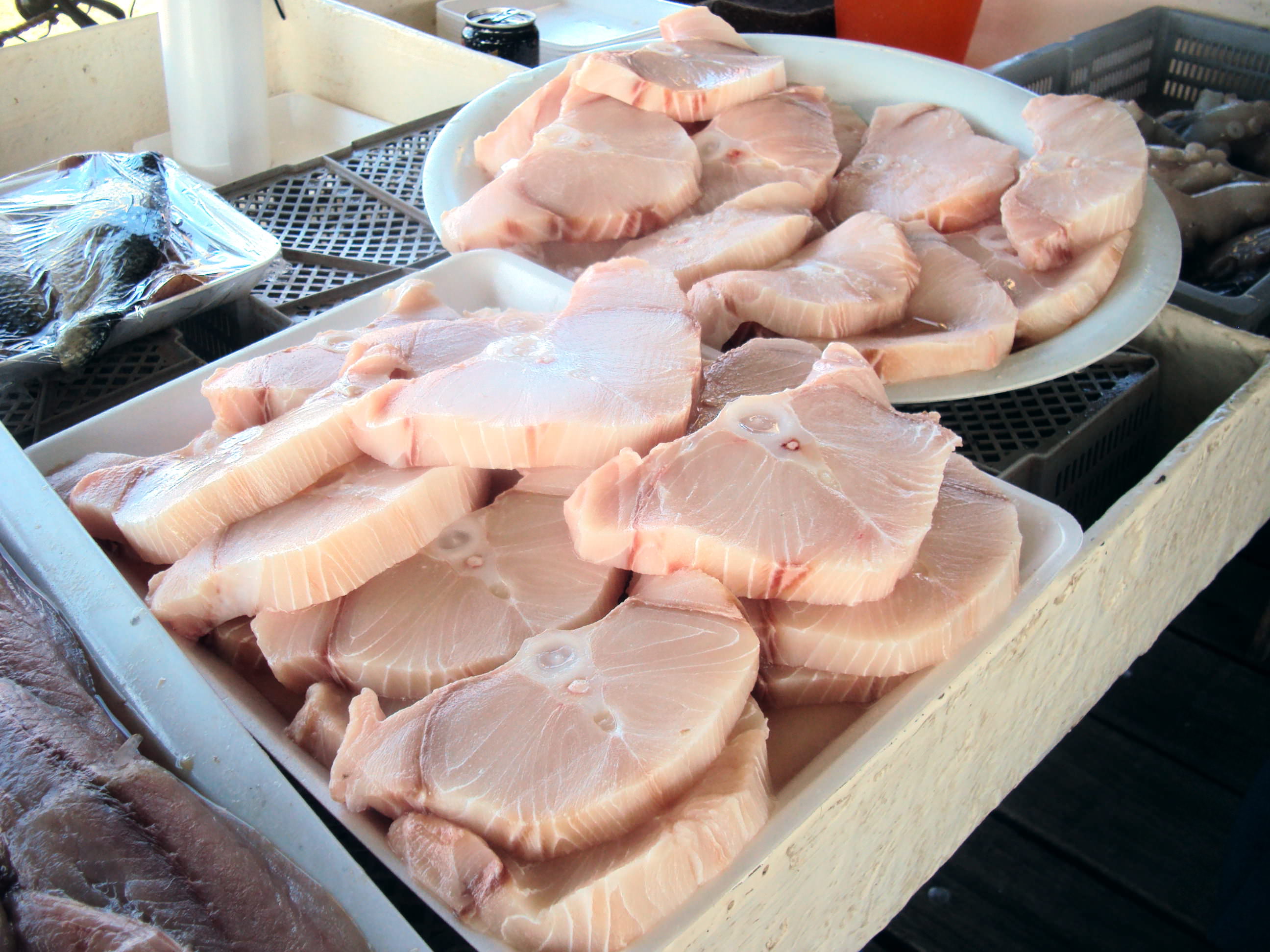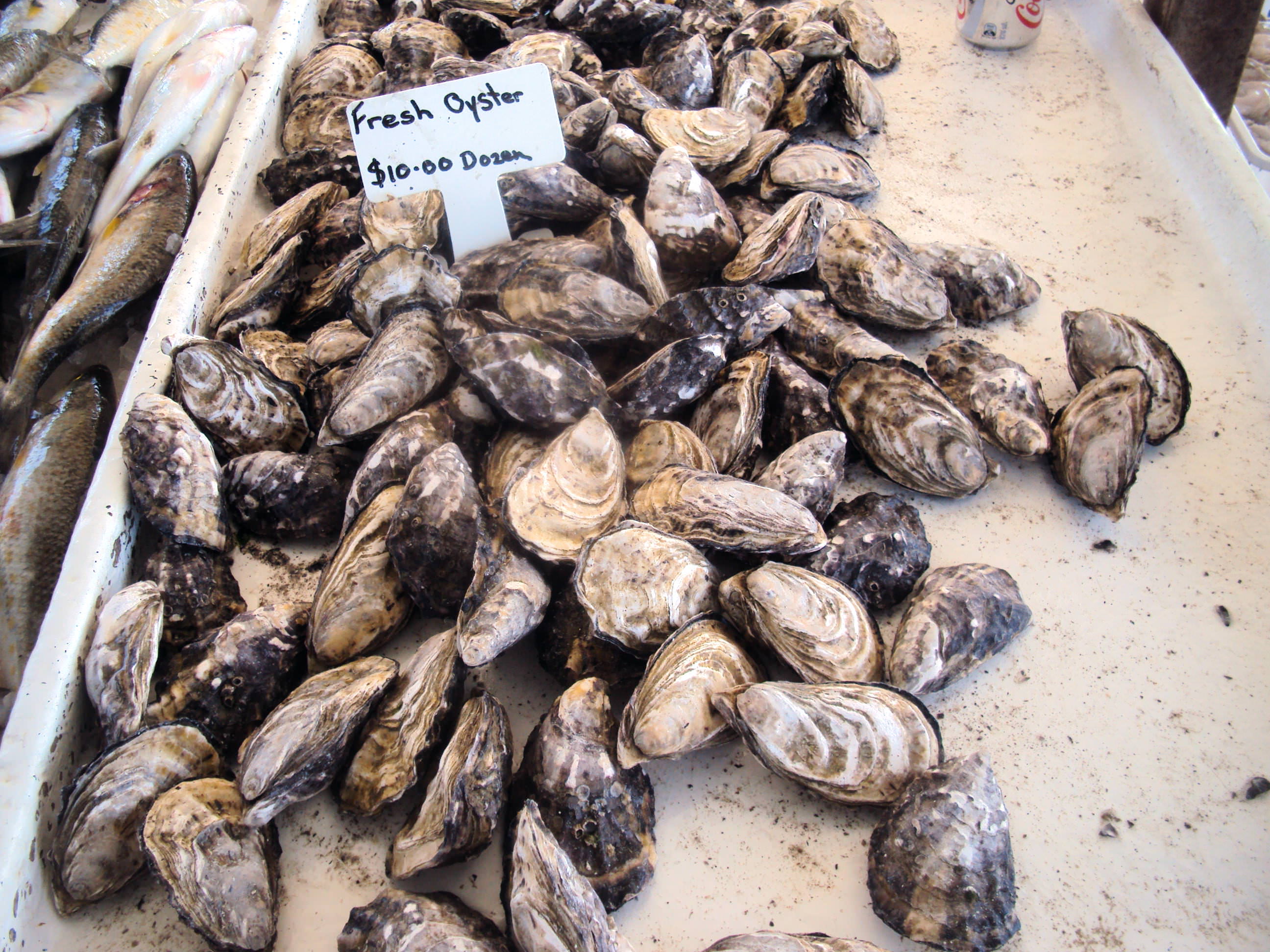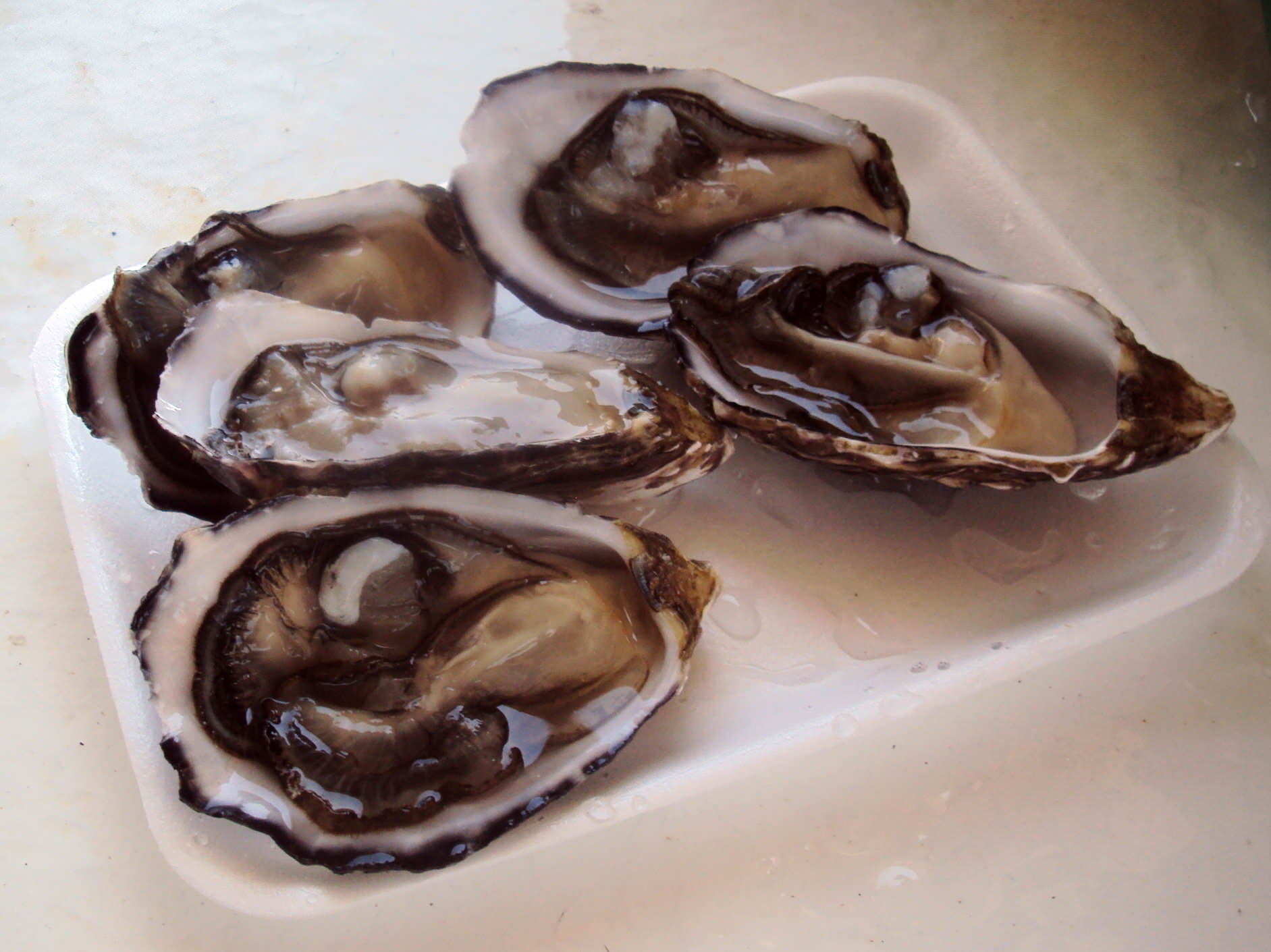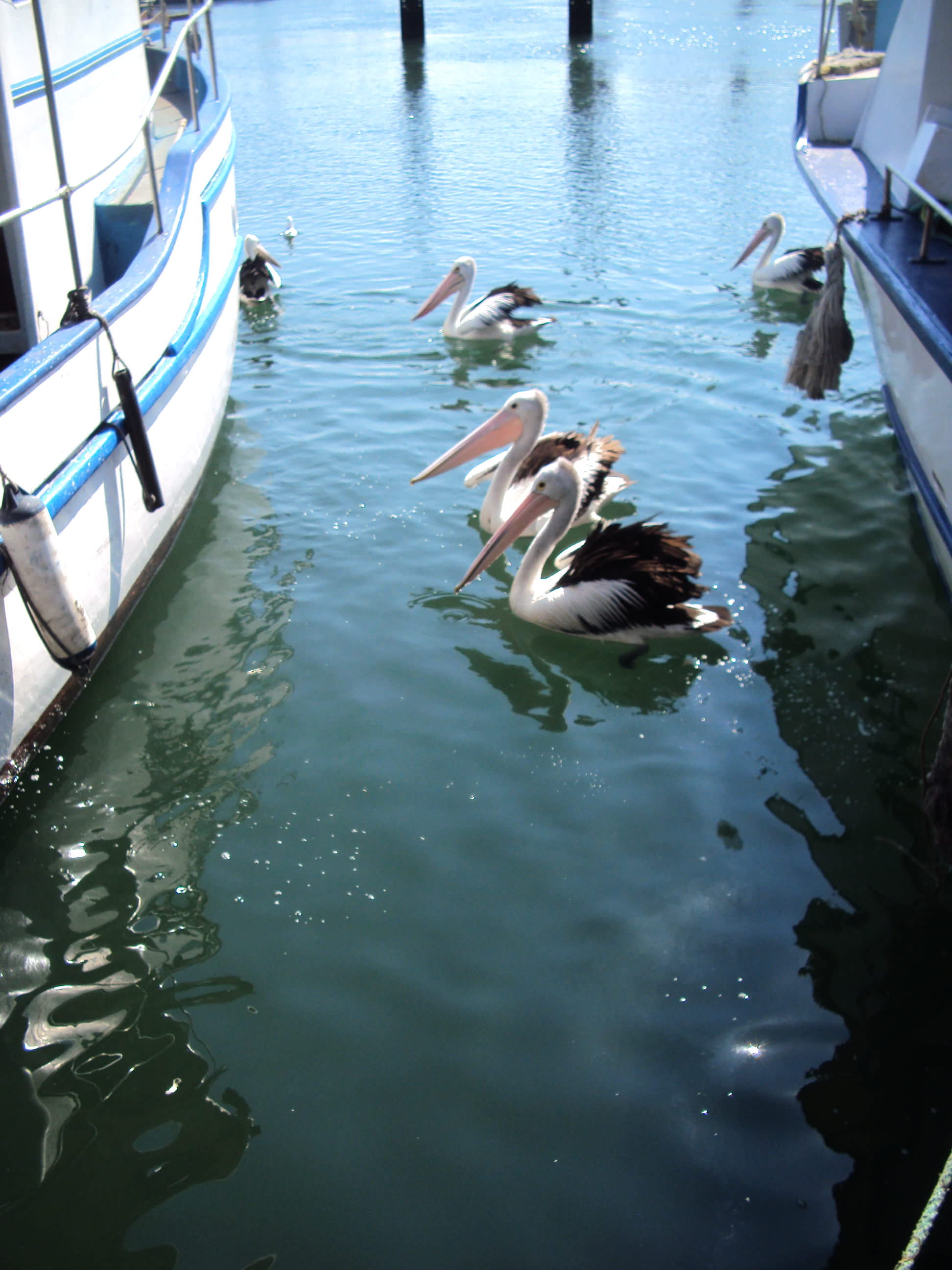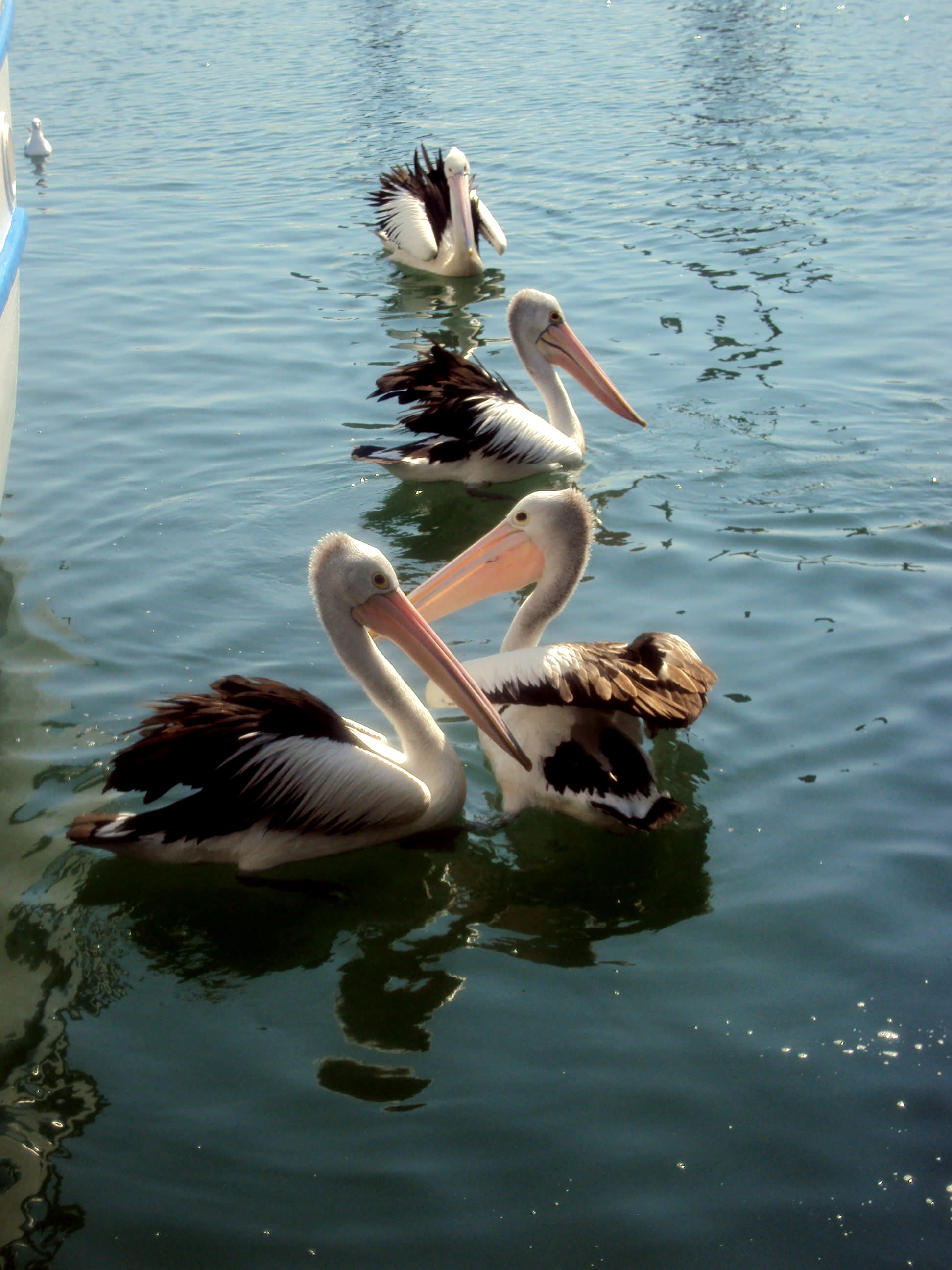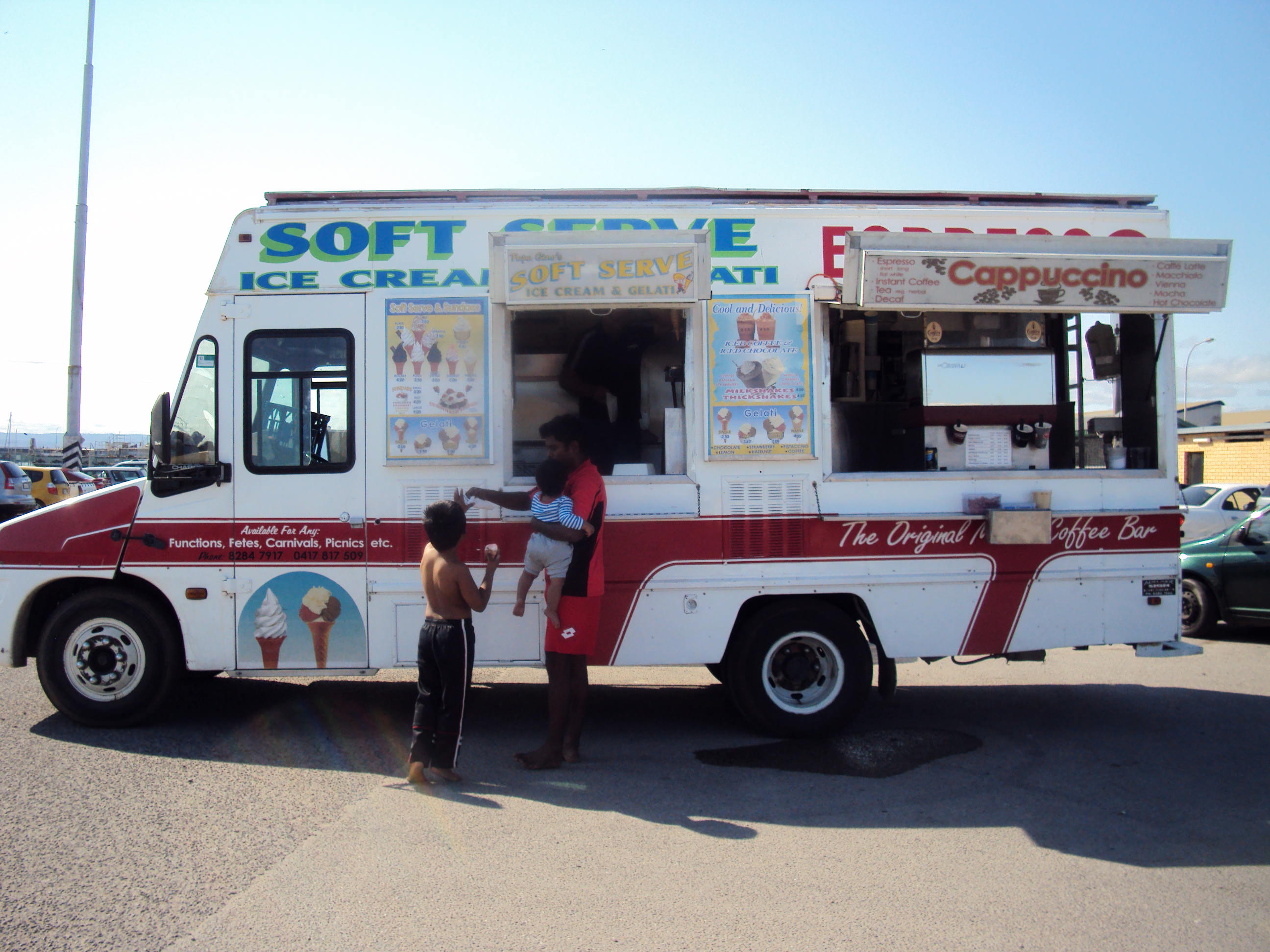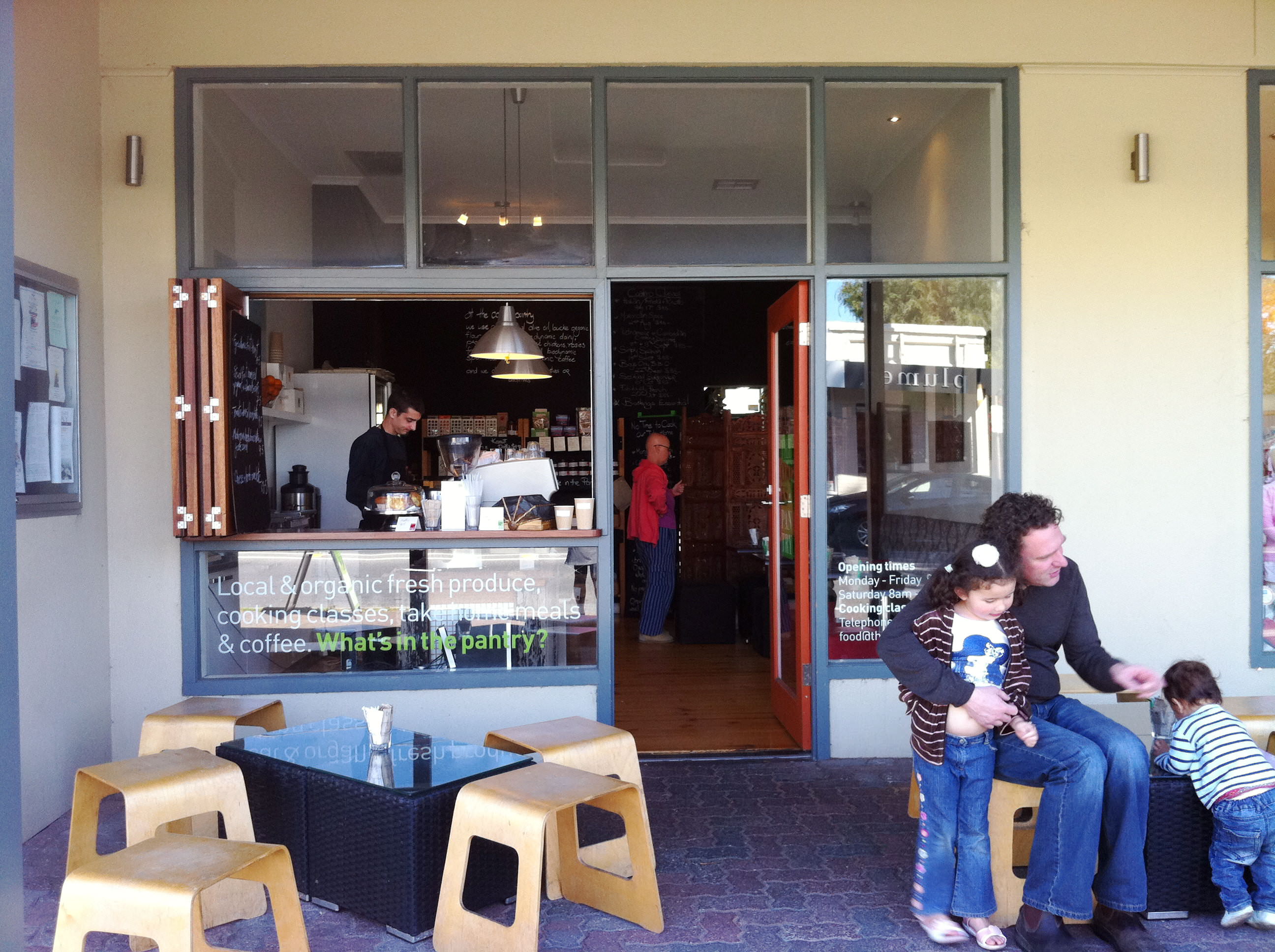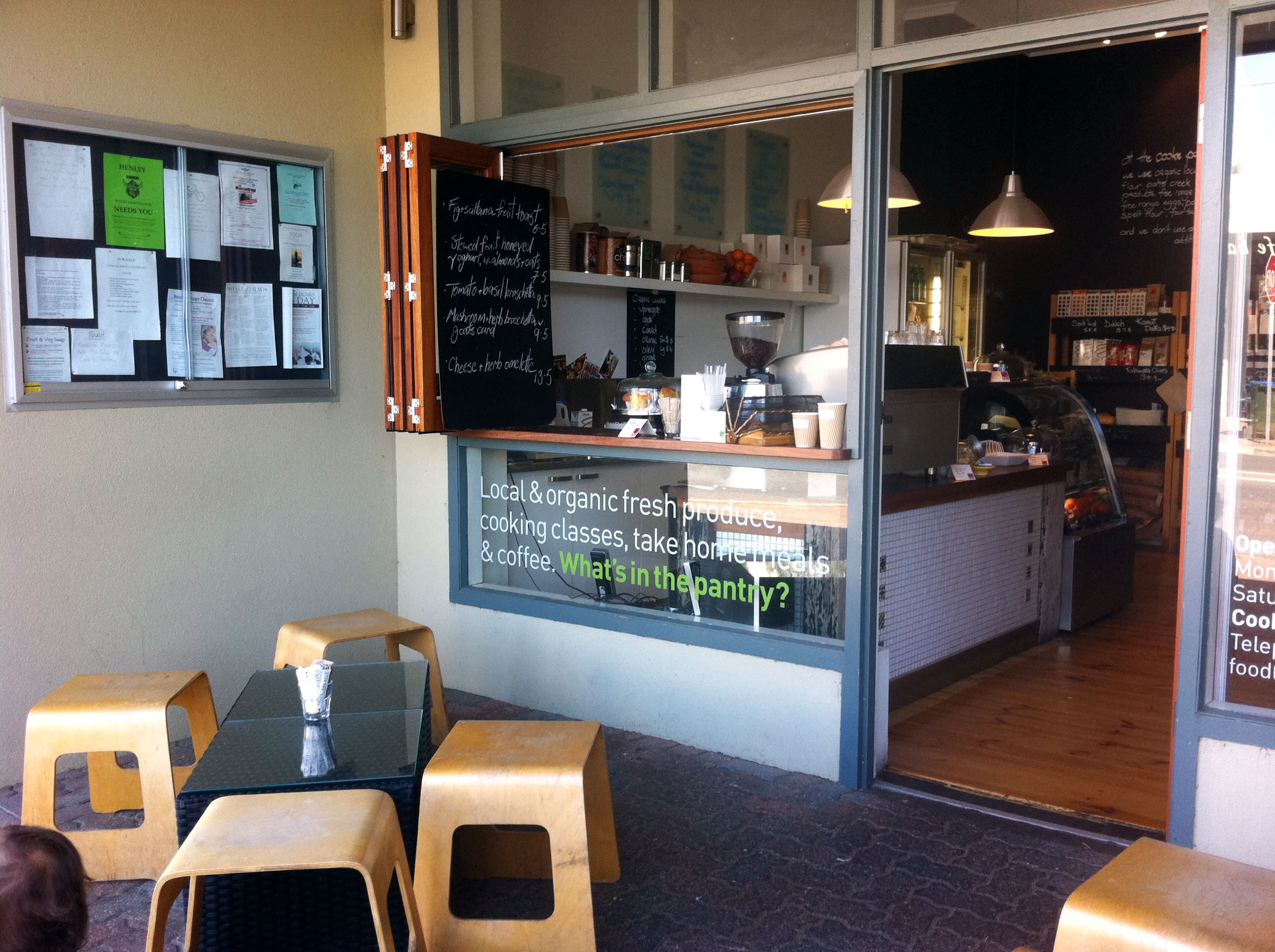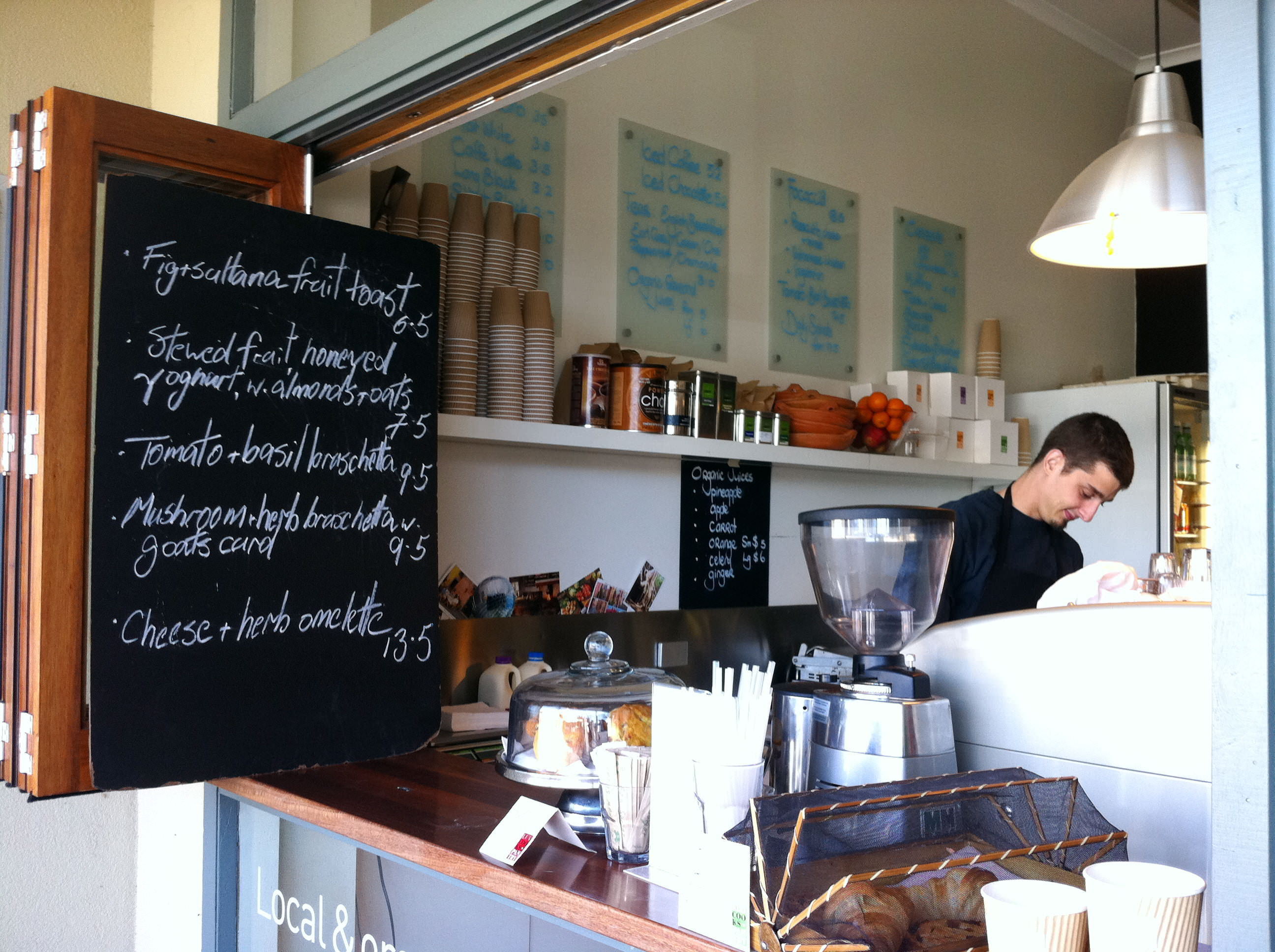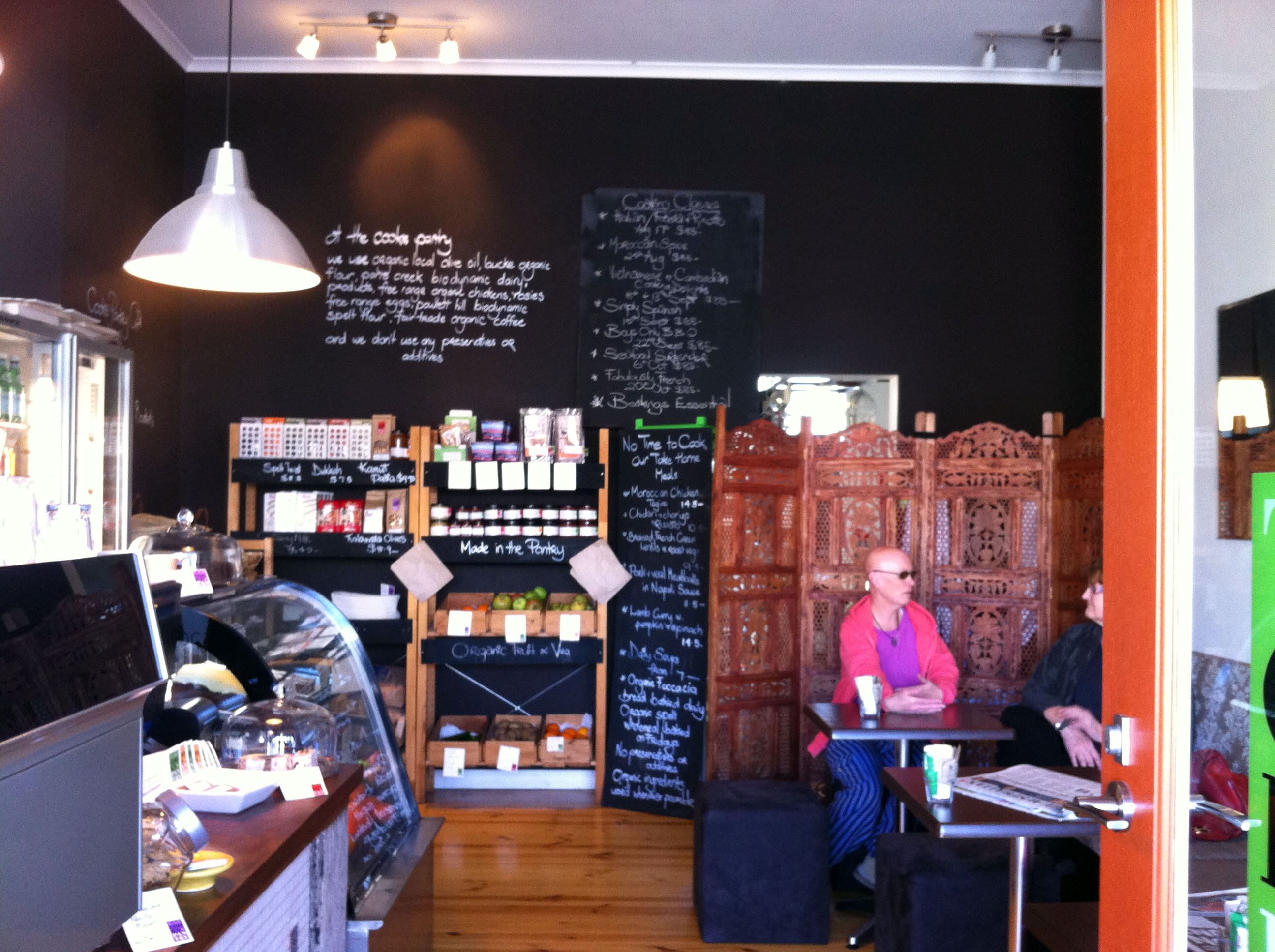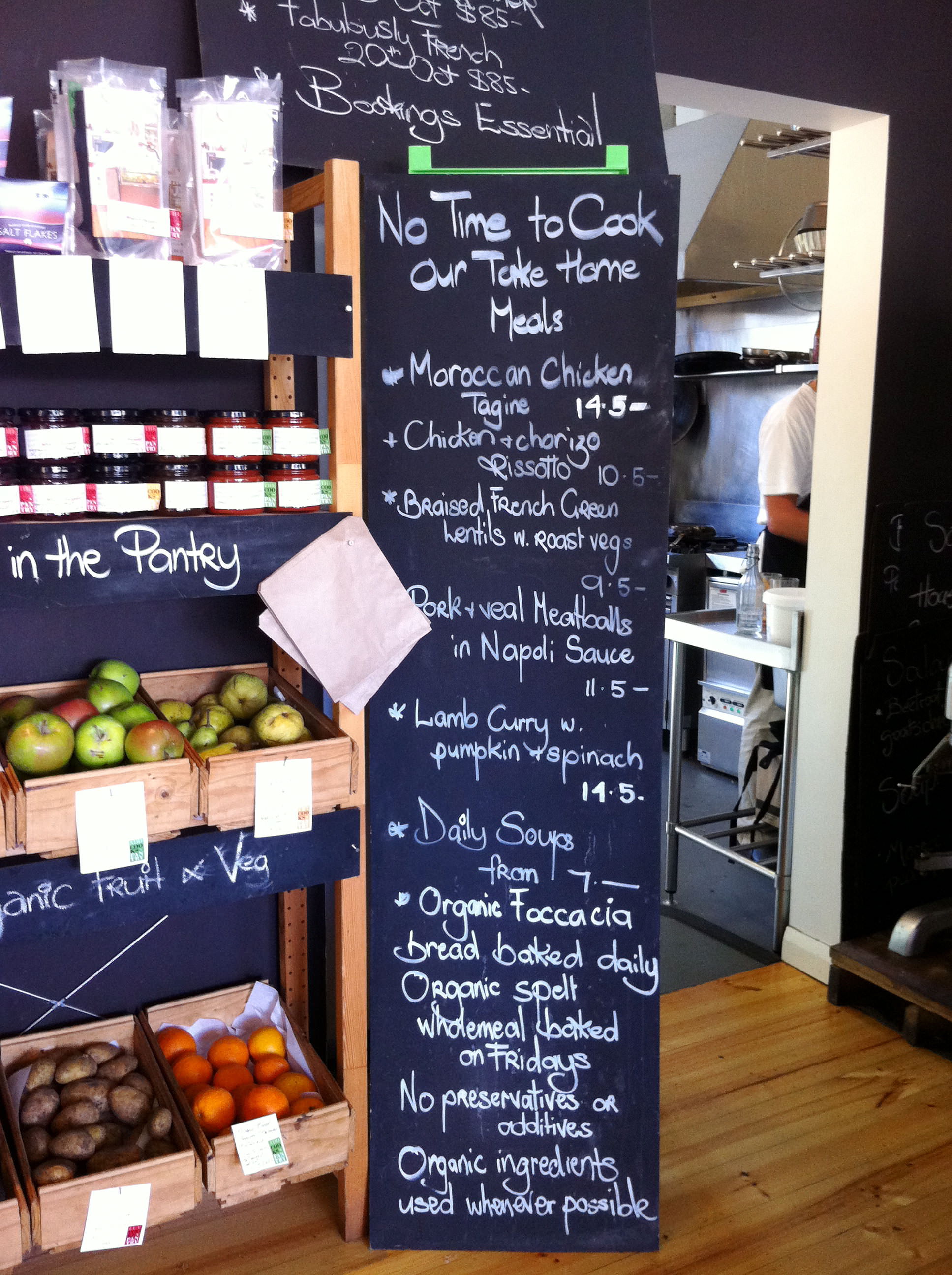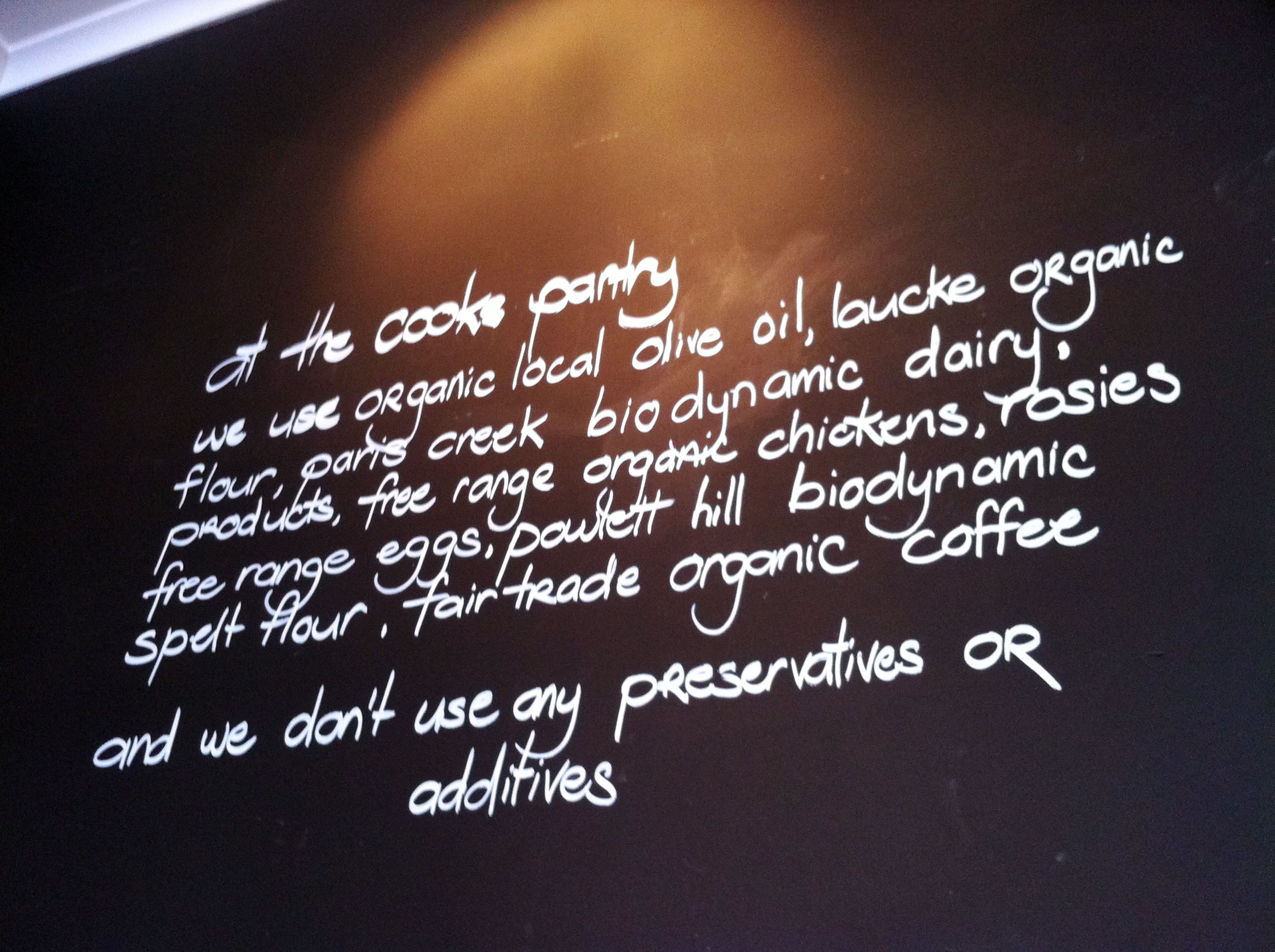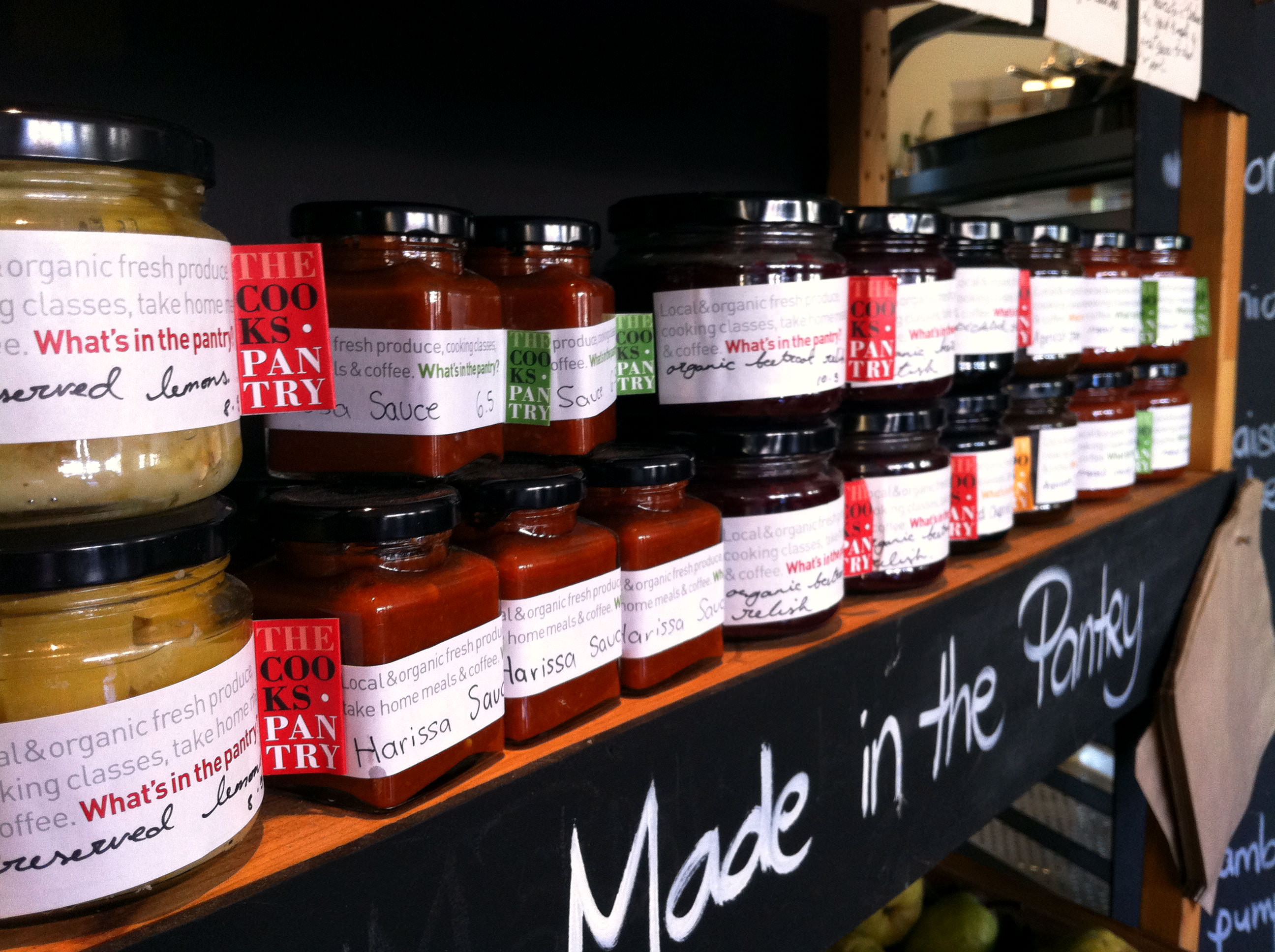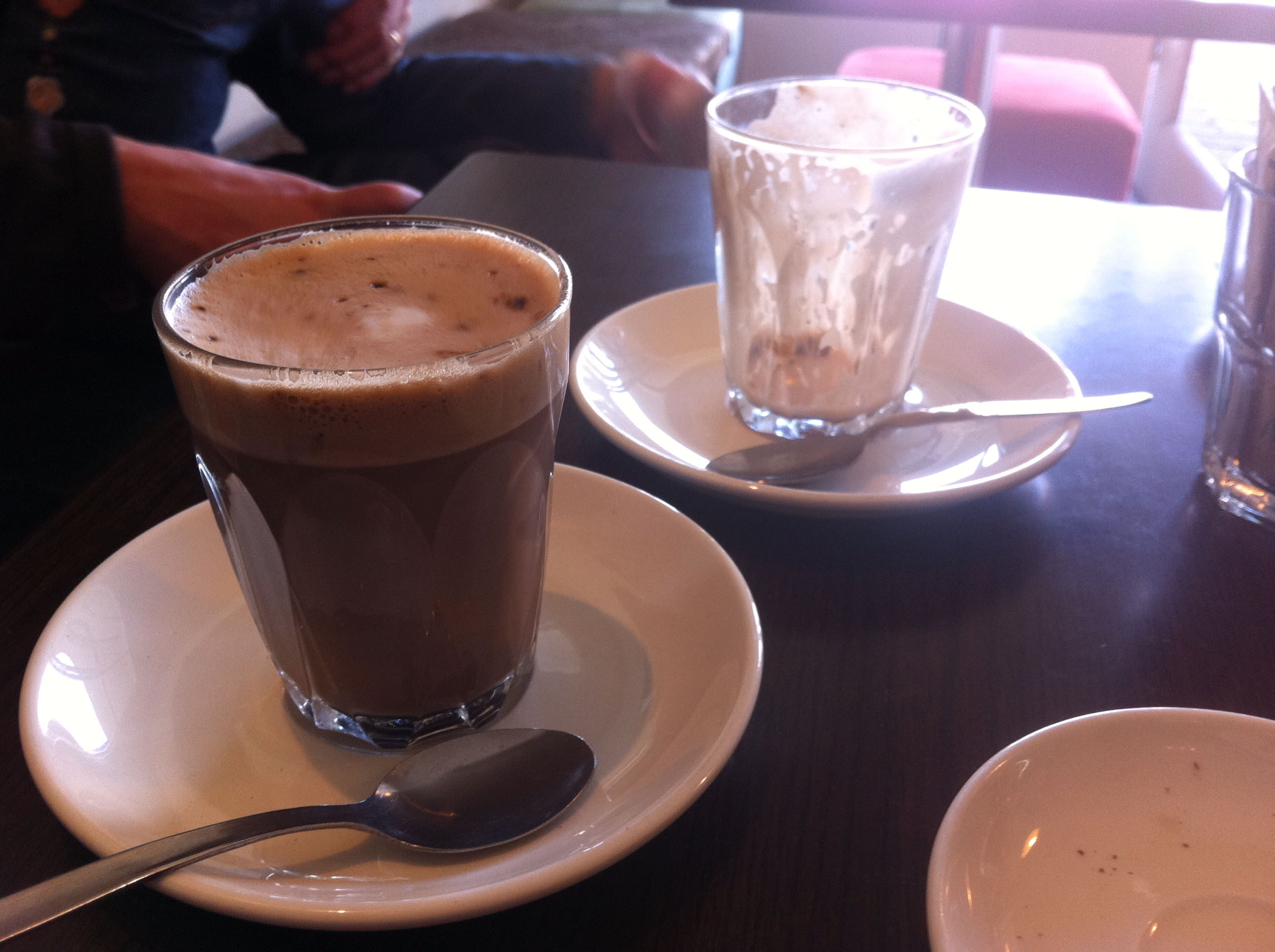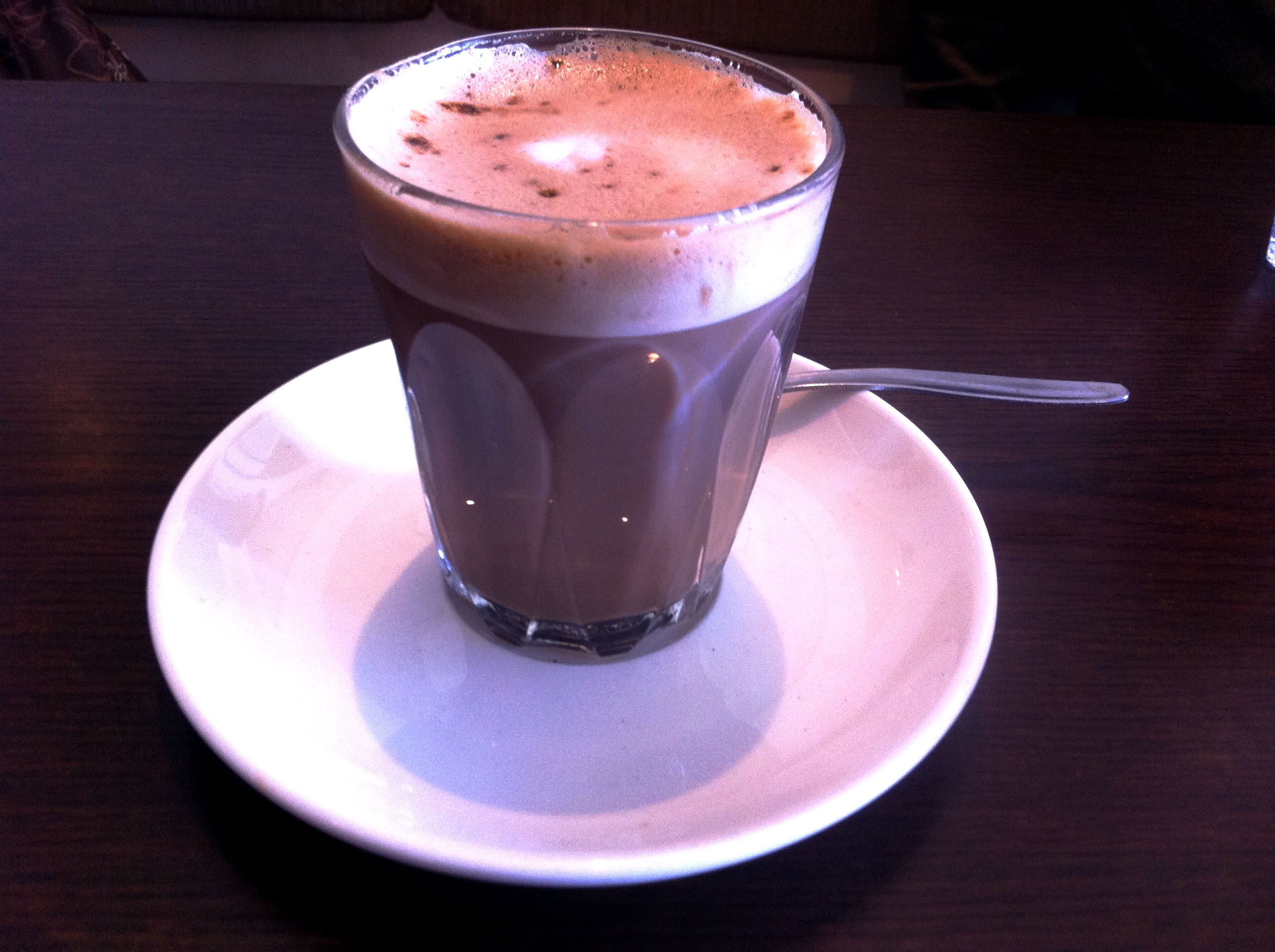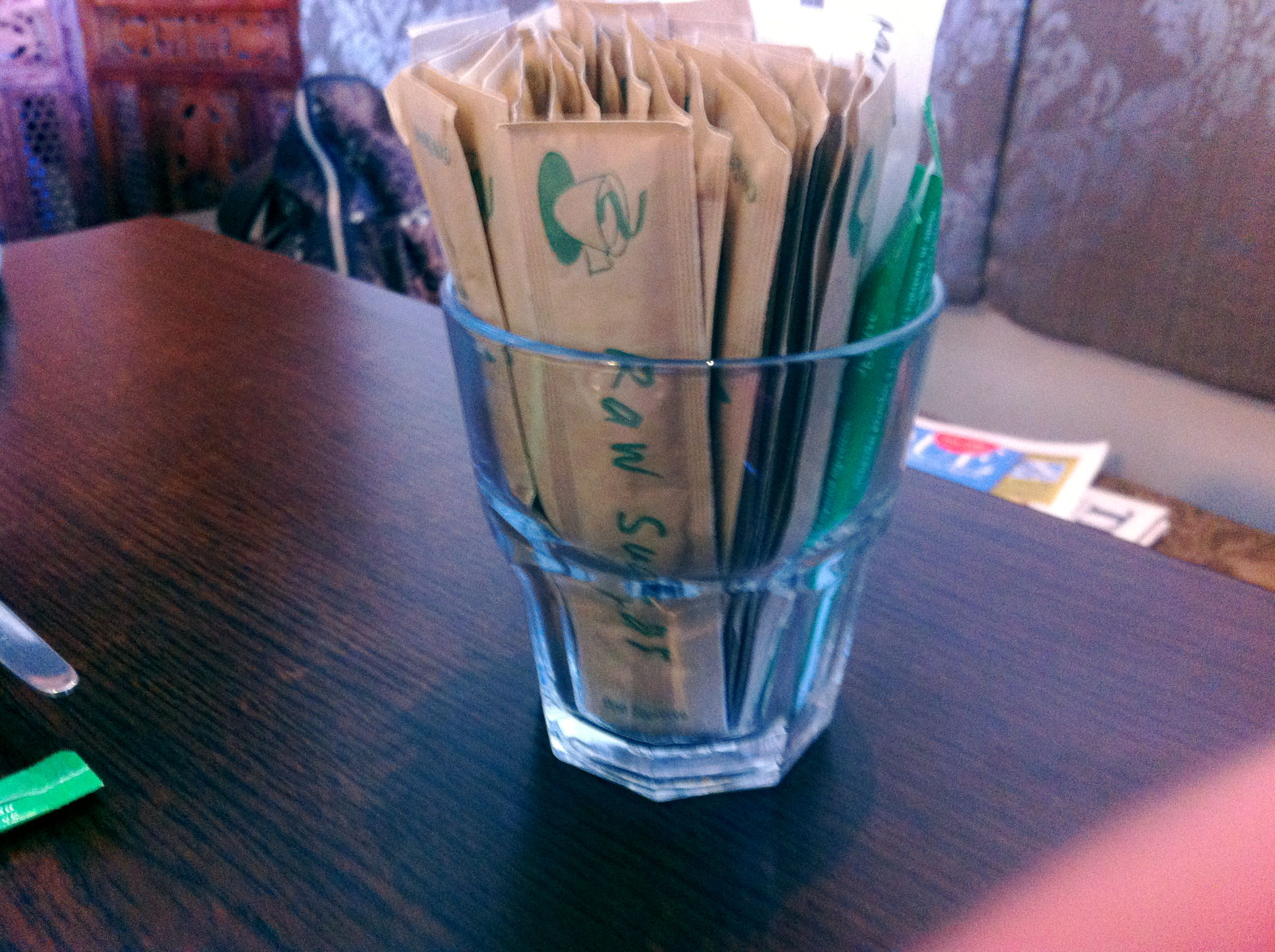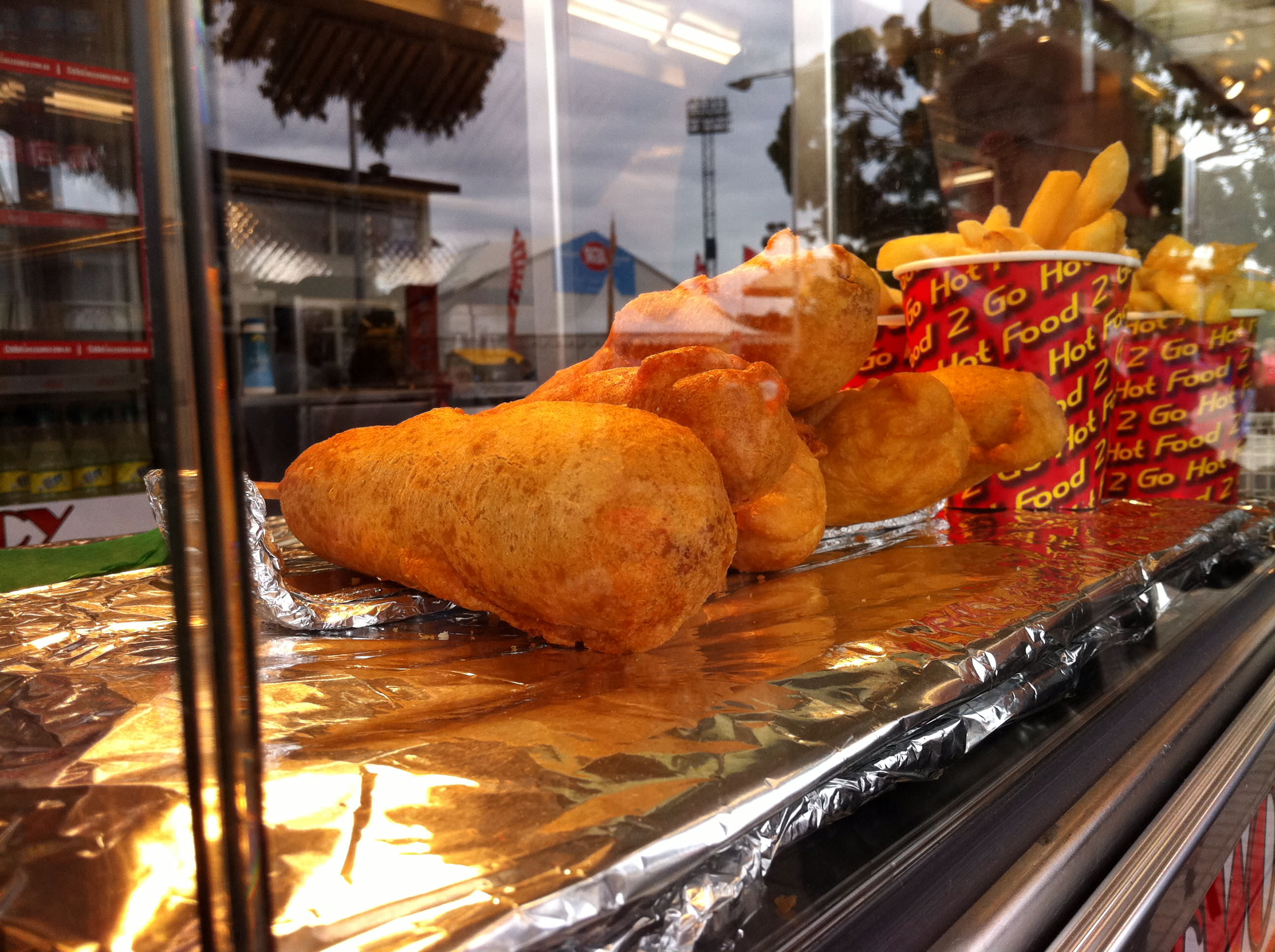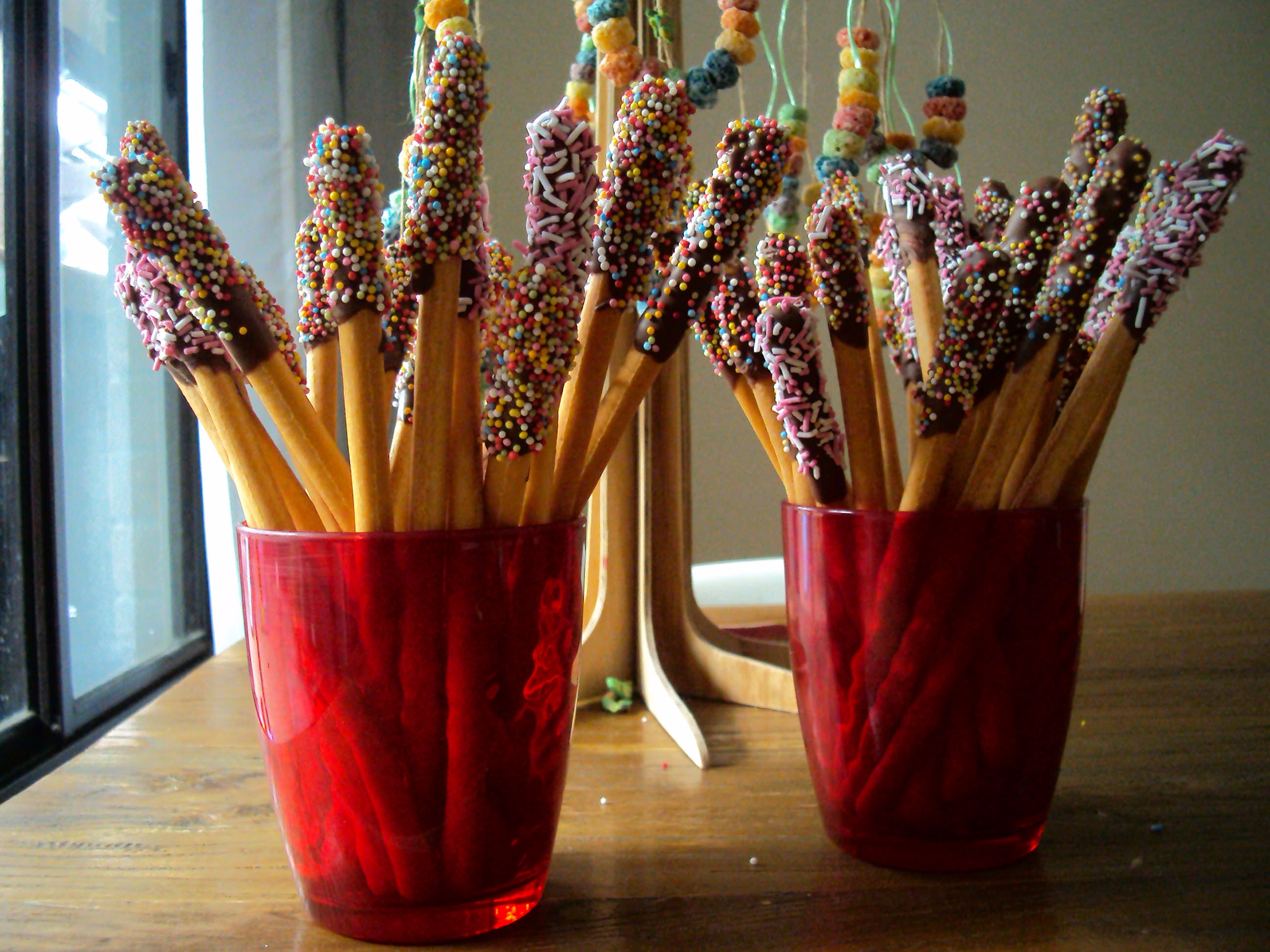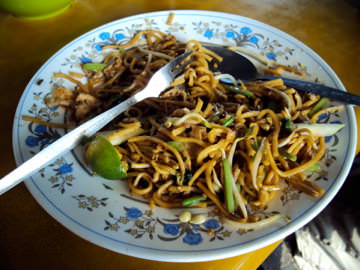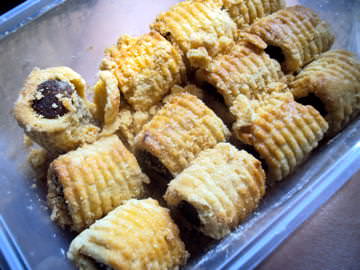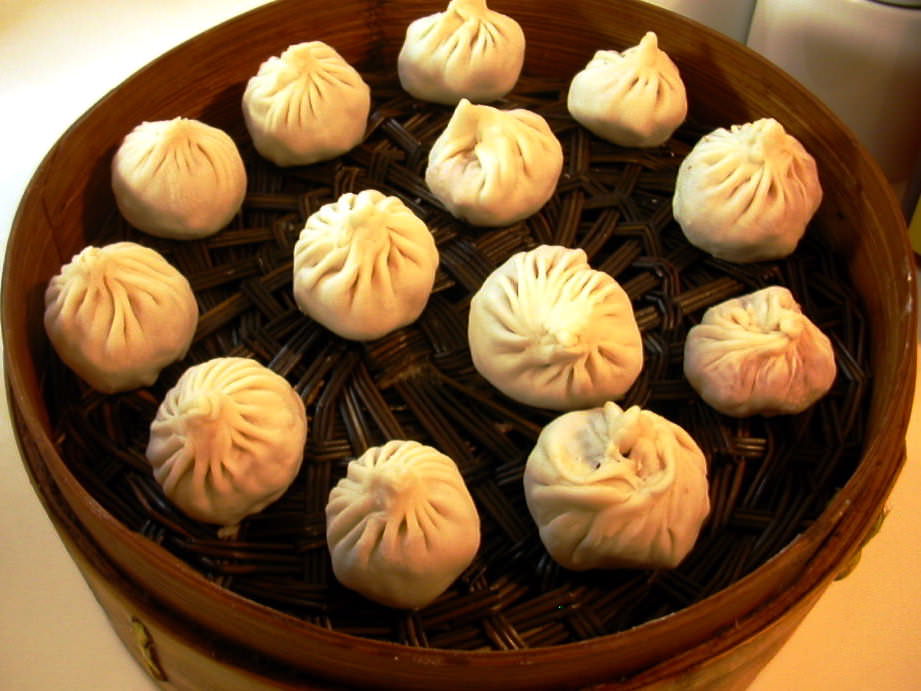8 days in Malaysia = 40 meals = me coming home with an extra 3 kgs around my waist.
Was it worth it? Oh, yeah. Because Malaysia is a foodie’s paradise. There’s just so much good stuff to eat there.
Malaysia boasts a wonderful mix of Malaysian, Indian and Chinese food, along with the intriguing Nonya style of cooking, which blends Chinese ingredients and cooking techniques with Malaysian spices. The result of intermarriage between early Chinese migrants and local Malays, Nonya cooking features heavy use of coconut milk, candlenut, galangal, belachan, sambal, tamarind, asam flower (torch ginger), lemongrass, and pandan leaves.
Food in Malaysia is cheap and readily available at all times of the day and night. Whenever I had a craving for fried noodles at 10pm at night I could always find a hawker stall within a 5 minutes walk of wherever I was. Love that convenience.
So what were our favourite dishes? Well, we ate a LOT of good food there but these dishes below were the stand outs. If you’re visiting Malaysia, or eating at a Malaysian/Asian restaurant you must try some of these. Luckily, we have some fantastic Malaysian restaurants in Australia so I don’t have to wait another year until my next fix.
I don’t have photos of everything we ate unfortunately – travelling with two small children meant that the best laid plans often went out the window. But that’s life with small children for you.
PS Watch out for an upcoming post about the Soong family in Malaysia and my grandmother’s asam laksa recipe.
HITS
1) My top Malaysian dish is Penang’s signature noodle soup, the Asam Laksa. Both my husband and I are completely addicted to this chill-hot, tamarind-sour, asam (ginger) flower-tinged fish noodle soup. I can honestly say I never get enough of this dish. It’s the most marvellous combination of flavours – the fresh pineapple, onion and mint cut through the strong fishy flavour making it all at once savoury, sour, sweet, hot and salty. I find it endlessly satisfying.
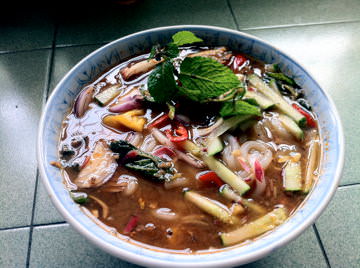
2) Hot on the heels of the Asam Laksa is the Char Kway Teow (Fried Noodles). Simple to prepare (watch out for an upcoming recipe), these noodles are pretty much universally beloved. Prawns, sliced fish cake and cockles are fried with garlic and sambal chilli before being mixed with fresh flat rice noodles, spring onions and fresh bean sprouts. Soya sauce is added for flavour and then an egg is cracked into the wok, allowed to partly set and then mixed through the noodles. This was my preferred choice for supper every night.
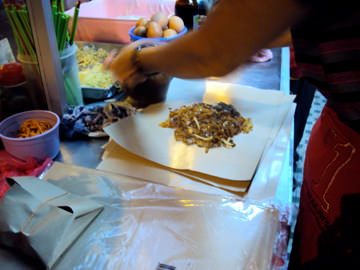
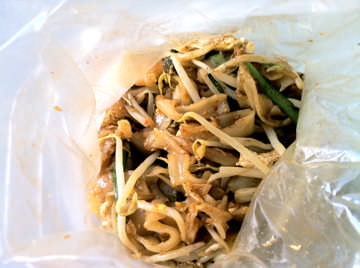
3) Chicken Rice or Pork Rice are also firm favourites of ours. Chicken Rice is either roasted or poached chicken served with chicken flavoured rice (rice cooked in chicken stock). Hainese Chicken Rice is of course the ultimate chicken rice – tender poached chicken is served with chicken rice and a bowl of clear soup, and accompanied by a fresh gremolta-esque sauce made with ginger and spring onions and a fresh garlic chilli sauce. My children love chicken rice – when we were in Malaysia they had it at least once a day.

Pork Rice is roasted pork (either Char Siew style or roasted style as per below) served with plain rice. The belly pork is tender and juicy while the skin is crunchy and salty. Not surprisingly, my kids loved this, too.
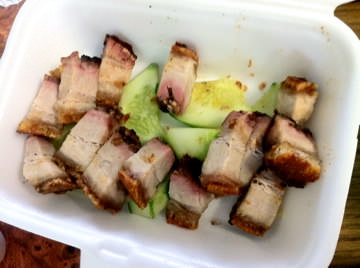
4) The better known laksa, Laska Lemak or Curry Laksa, is also a favourite of mine. A coconut curry soup is poured over hokkein or rice noodles (or a mixture of both), fried tofu puffs, chicken, prawns and fishcake, and garnished with fresh beansprouts, sambal and often, half a boiled egg. It’s a deeply satisfying and filling dish, and hugely popular in Australia.
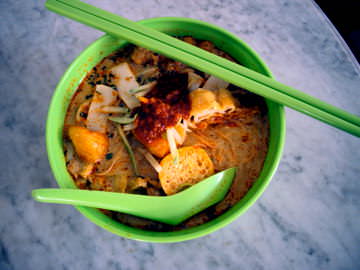
5) I never miss eating Satays when I’m visiting Malaysia. I love everything about them – the lemongrass and onion marinade, the tender chicken or beef skewers, the thick, roasted peanut chilli sauce, the cubes of starchy cooked rice and the roughly chopped cucumber and raw Spanish (red) onion that accompanies them.
6) We had the most marvellous Sui Gao (water dumplings in Cantonese) at my grandma’s house bought from the local hawker place. The pastry was beautifully light, and the filling was a wonderful combination of pork, carrot, Chinese mushroom, crispy water chestnut, vermicelli, and spring onions. It was so good I am determined to make them at home – watch out for an upcoming recipe.
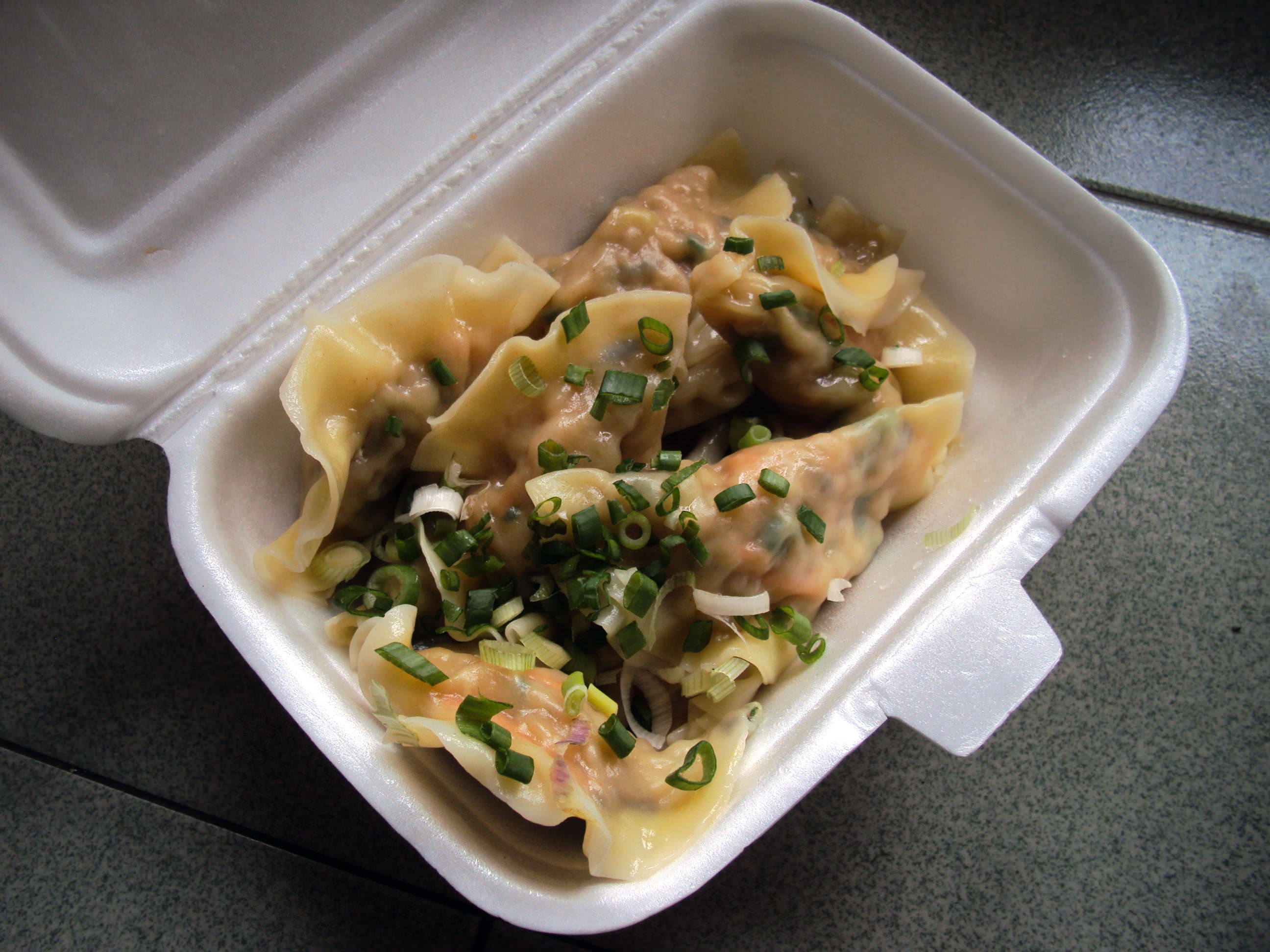
7) Congee or Chinese porridge (we call it by its Cantonese name, Jook Jook) is readily available throughout Malaysia. Rice is cooked in lots of water with ginger until it breaks down, becoming like thick soup. Then shredded meat (chicken, pork or beef), seafood (dried scallops and prawns) or century year old eggs are added before the congee is flavoured with spring onions, white pepper, soy sauce and sesame oil. Dried anchovies and roasted peanuts are also sometimes added. It’s very much Chinese comfort food – people eat it for breakfast, when they’re sick or when they’re feeling fragile.

8. Dim Sum – Dim Sum is not actually Malaysian but Chinese. My kids loved the siu mai (steamed pork dumpling) and char siu bao (roast pork steamed bun).

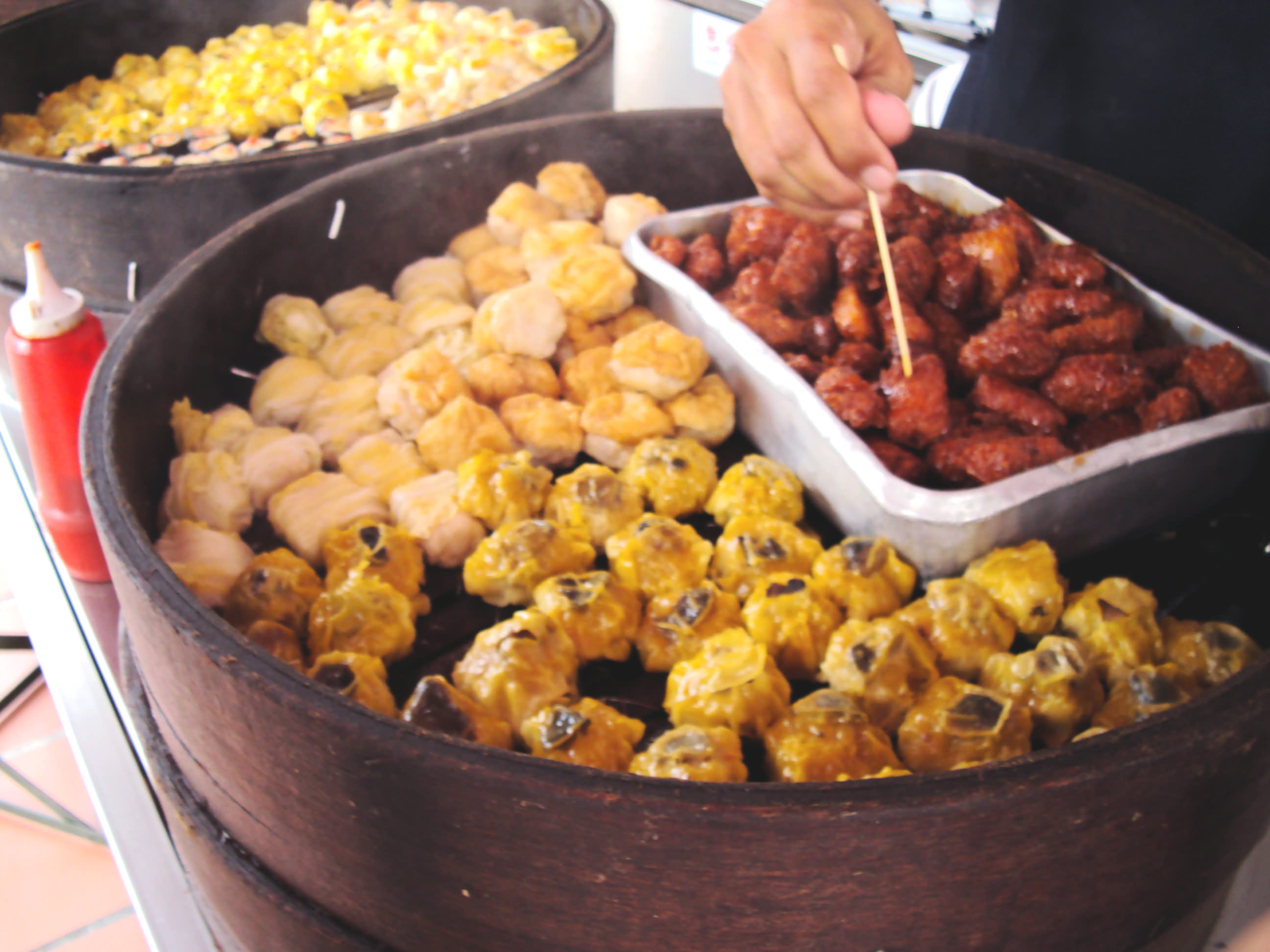
9) Curry Fishballs. I’ve eaten these wandering around night markets in Hong Kong many times but I never expected to see them in Malaysia. But the dim sum seller on Jonker Street in Melaka was selling them as ‘Melaka satay fish balls’ and they were fantastic. In Hong Kong you eat them on a stick but in Melaka you buy them by the cup.
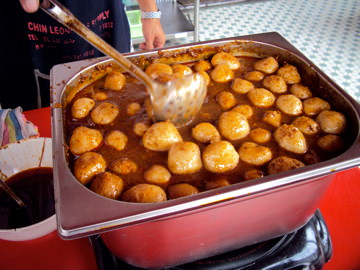
10) Mee Goreng is a popular dish in Malaysia, Indonesia and Singapore. I quite enjoyed this dish but my two kids refused to eat it. Not sure why but that meant more for me then!
11) I’ve had Pineapple Tarts many times before but this was the first time I’ve really appreciated them properly. Pineapple tarts are simply a small pastry filled with pineapple jam. But this is so much better than the sum of its parts. For starters, the pastry is gorgeously light and flaky (thanks to the use of lard, not butter) and the homemade jam is fibrous, dense and not overly sweet. It’s a fantastic combination and perfect after a chilli hot meal. Just make sure you eat them outside as they crumble all over your clothes.
12) Fruit in Malaysia is so good. It’s so flavoursome and sweet because the fruit has been allowed to ripen properly. In Malaysia, fresh juices abound (we love drinking watermelon, sugarcane, carrot, star fruit and coconut juice) while fresh fruit, conveniently peeled, cut up into small pieces and bagged, is available everywhere – a much healthier version of ‘fast food.’ Below are duku langsat and mangosteen from the local market.

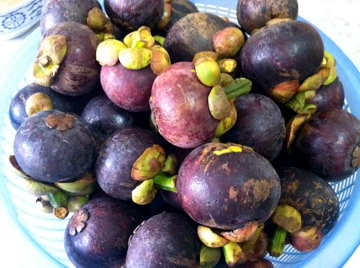
13) Fatty Crab is the name of a well known restaurant that specialises in, you guessed it, crabs. One night my Auntie brought some Fatty Crab chilli crab home. Cooked Singapore style in a thick, sweet chilli gravy, the crabs were absolutely sensational. In the restaurant you can order toast to mop up the gravy – a seemingly unorthodox combination that is just so right.
14) Peanut Pancake is a sweet, crepe-like snack available at morning markets and at street stalls. A thin batter is poured into a metal mould to make a round crepe shape, and dusted with roasted peanuts, brown sugar, and sweet corn before being folded in half and popped into a paper bag. It’s absolutely delicious and very, very moreish.
MISSES
1) I know people who love Popiah. My dad, for instance, always orders this soft spring roll filled with stir-fried and raw vegetables covered with a hoisin-y, peanut-y sauce. But I just don’t get popiah. I eat it and I’m nonplussed. For me, it’s a non-event. And it’s not because I’m not into spring rolls; I adore fresh Vietnamese spring rolls and I’ll eat my mother’s deep-fried Cantonese spring rolls by the plateful. But I just don’t get popiah. So I don’t.
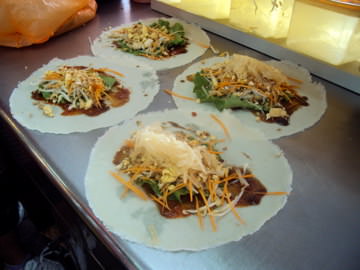
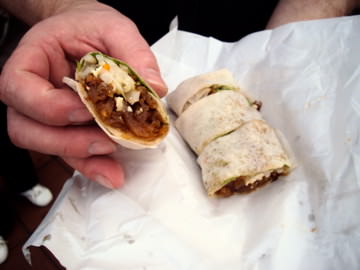
2) I also don’t understand the fuss about Asam Pedas, which we ate in Melaka. Everyone told us we had to eat this dish in Melaka; my cousins, my aunt, our taxi driver – they were all enthusiastically singing the praises of Asam Pedas. Basically, it’s a piece of fish cooked in an Asam sour thick gravy/soup, served with a plate of plain rice, fried cabbage (very nice, actually), half a boiled egg and raw cucumber slices. The idea is that you mix the gray and fish over the rice as you eat. As I love Asam laksa I was expecting great things from this dish but both my husband and I were distinctly underwhelmed. Put it this way: I’d eat it if there was nothing else available.
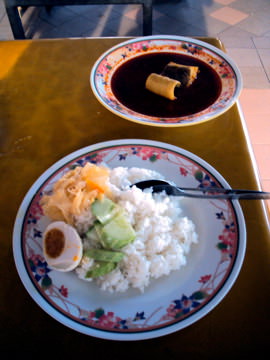
3) Wonton Mein (Wonton Noodles) is available throughout Malaysia but it’s just not very good. I guess I’m a traditionalist when it comes to wonton mein – I expect it to look and taste as it does in Hong Kong, where it originates. The Malaysian versions often introduce rogue ingredients and flavours that I think detract from the simplicity of the dish. You can order wonton mein either wet (in soup) or dry (on a plate with a small bowl of wonton in soup separately). But I would rather order something else in Malaysia.

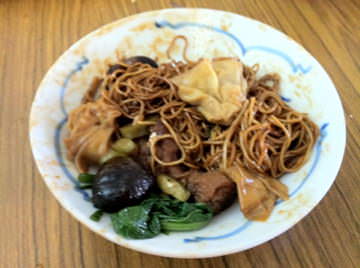
4) One of Melaka’s signature dishes, Chicken Rice Balls, also left me unimpressed. Basically, it’s your normal Chicken Rice but the rice is shaped into small balls. The idea is that you can dip these in the sauces and pop them straight into your mouth. But I like dribbling the chicken soup, chilli and spring onion/ginger sauces over my rice and eating it quite wet. So the ball concept just doesn’t appeal to me. My kids, however, loved it.
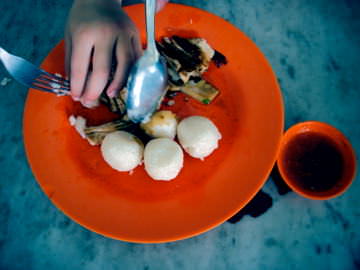
5) Now I usually love Roti Canai, an Indian-esque flatbread made freshly before my eyes. And I love dipping it into an curry sauce before stuffing it greedily in my mouth. But my experience one night when we were staying at the Sheraton in Kuala Lumpur has put me off it, at least for now. At 10pm, I’d had a craving for food so ventured out to see what I could find. I ordered some char kway teow from a hawker stall and then a roti canai from an Indian restaurant and it all looked great. But when I got back to the hotel and decanted the curry sauce from it’s plastic bag into a bowl, a big black beetle emerged. Eeeeeewwwww!!! Thankfully, the beetle was dead but it was still disgusting. As the sauce sits in an open warming dish, the beetle must have fallen in sometime during the day. This brings me to my number one tip when eating street food: eat fresh!






